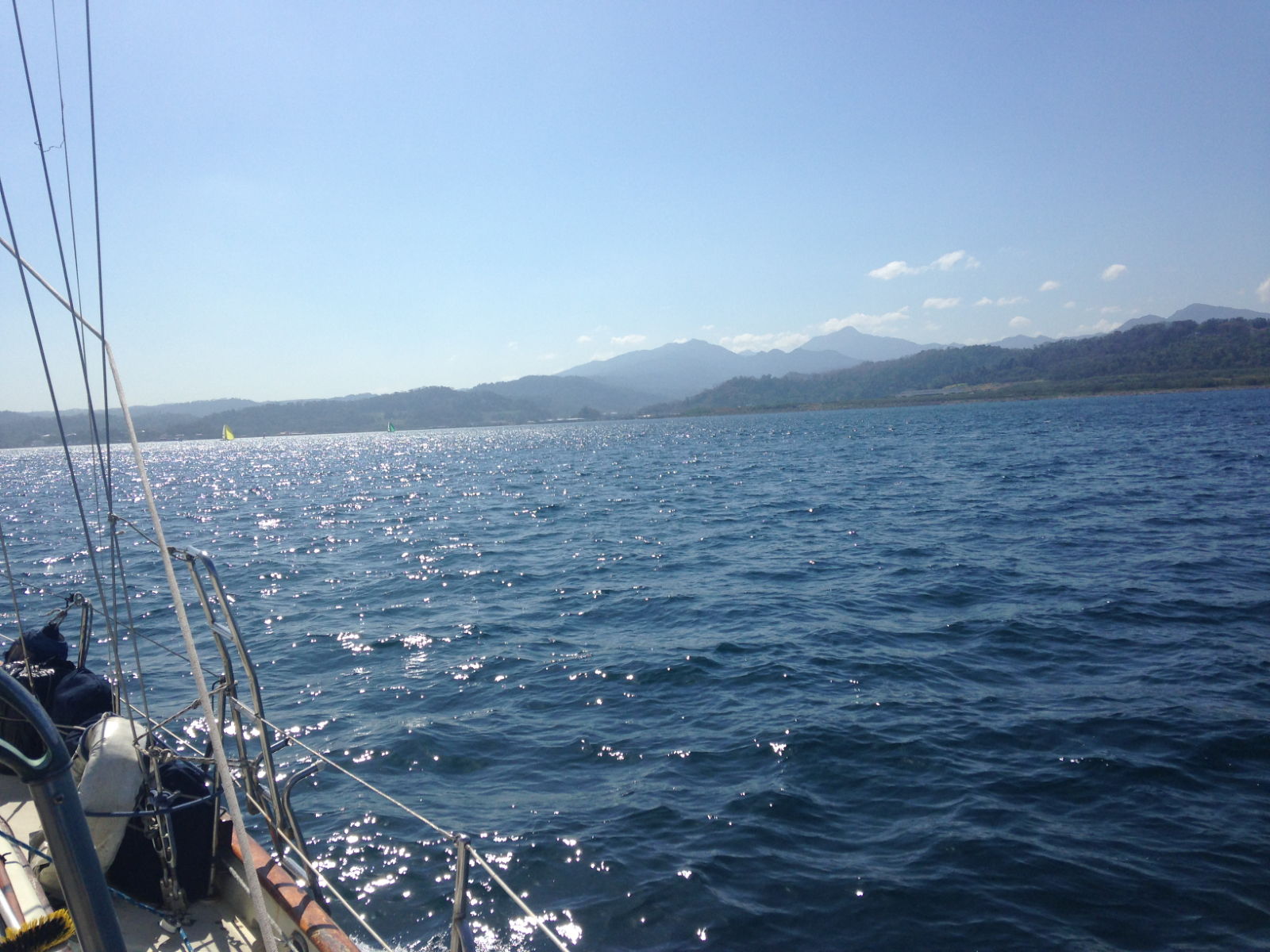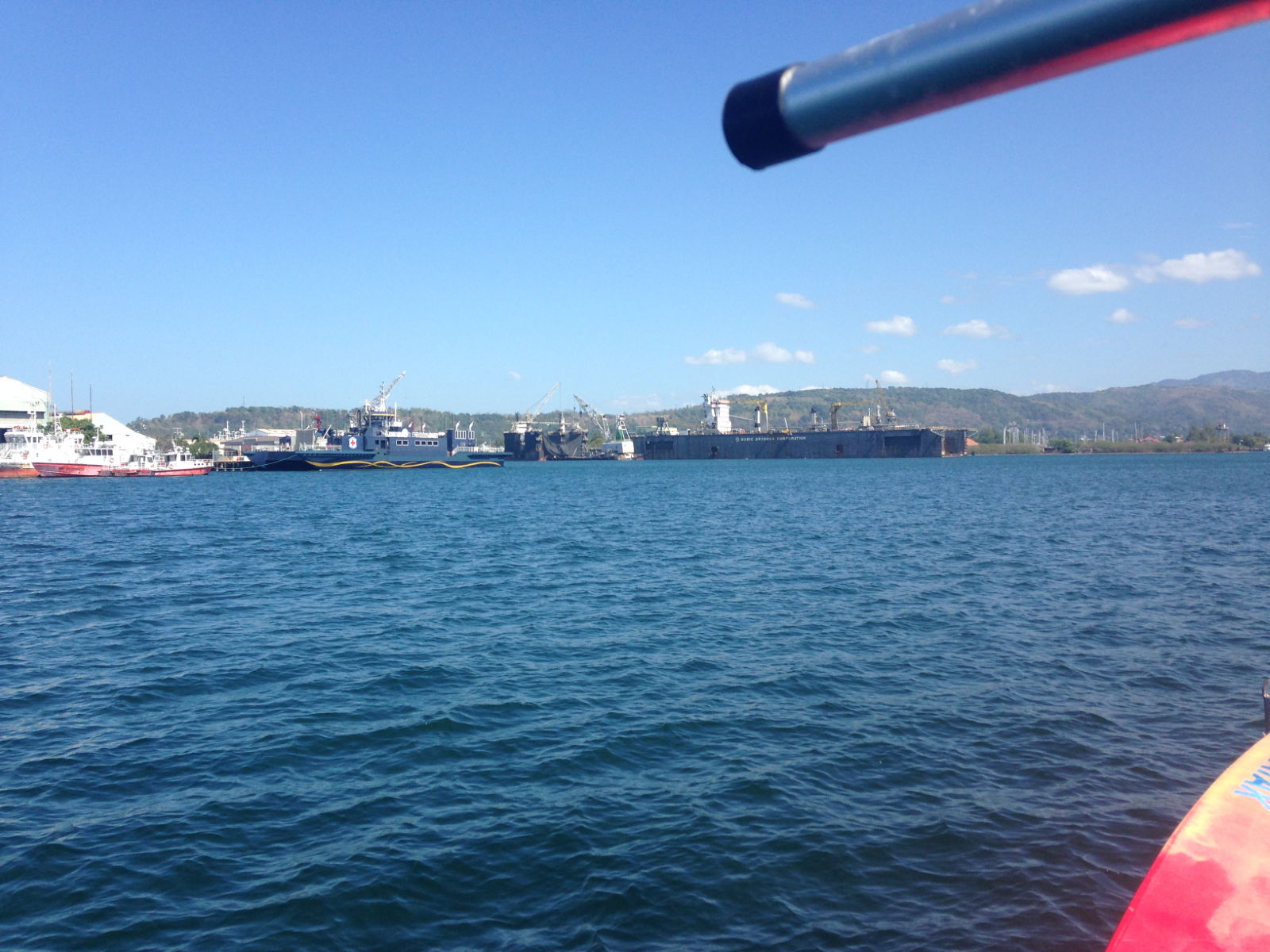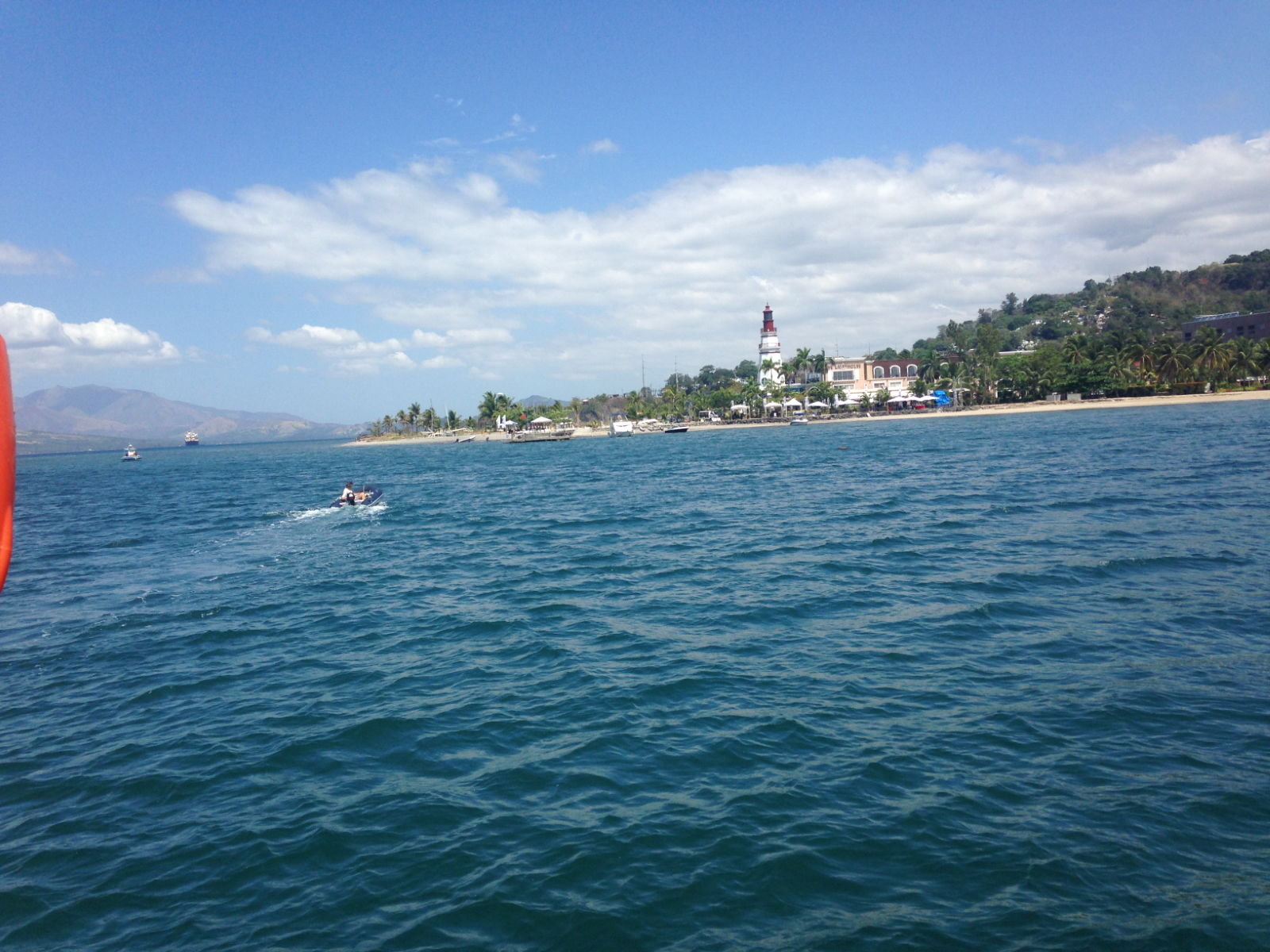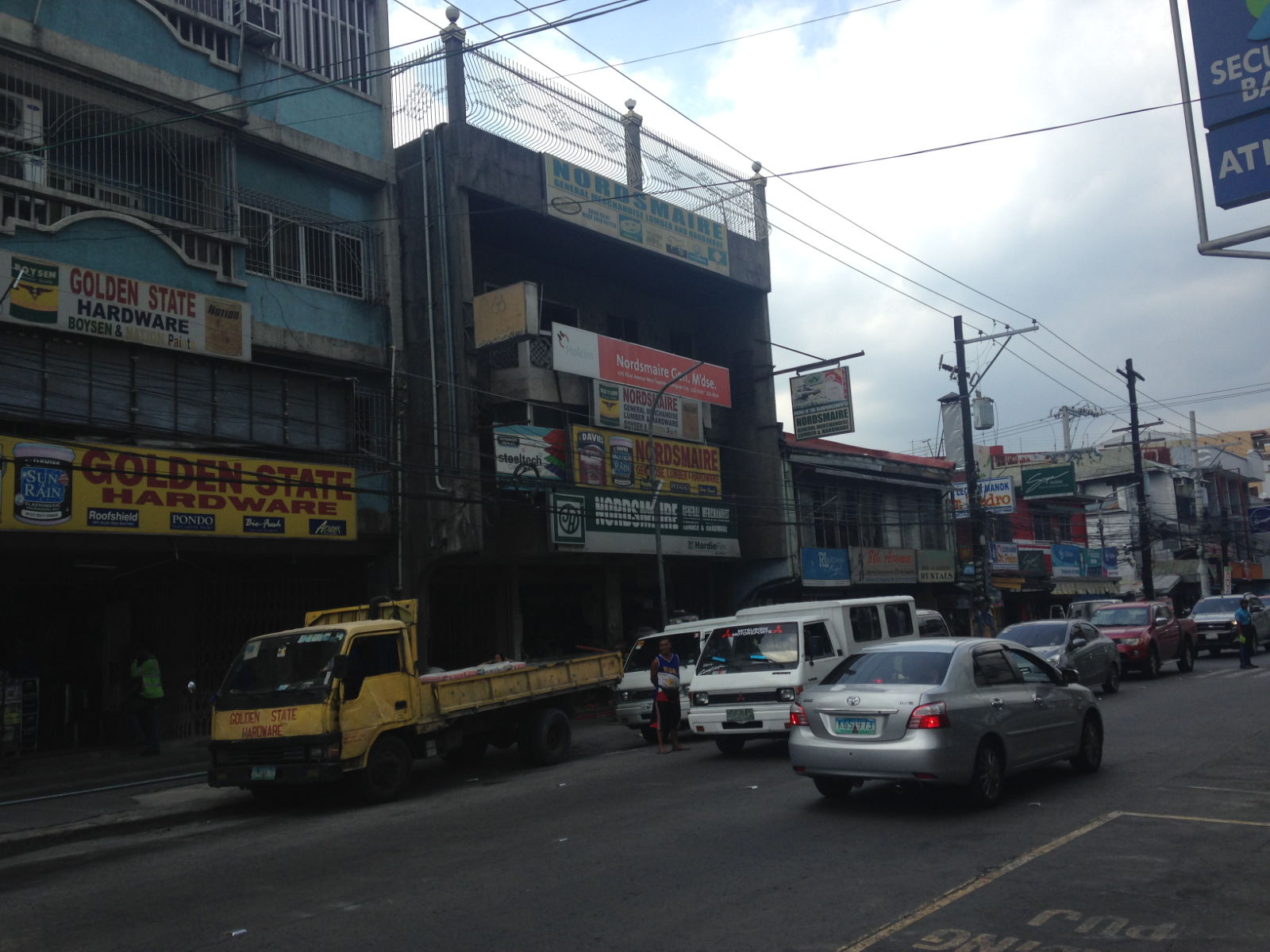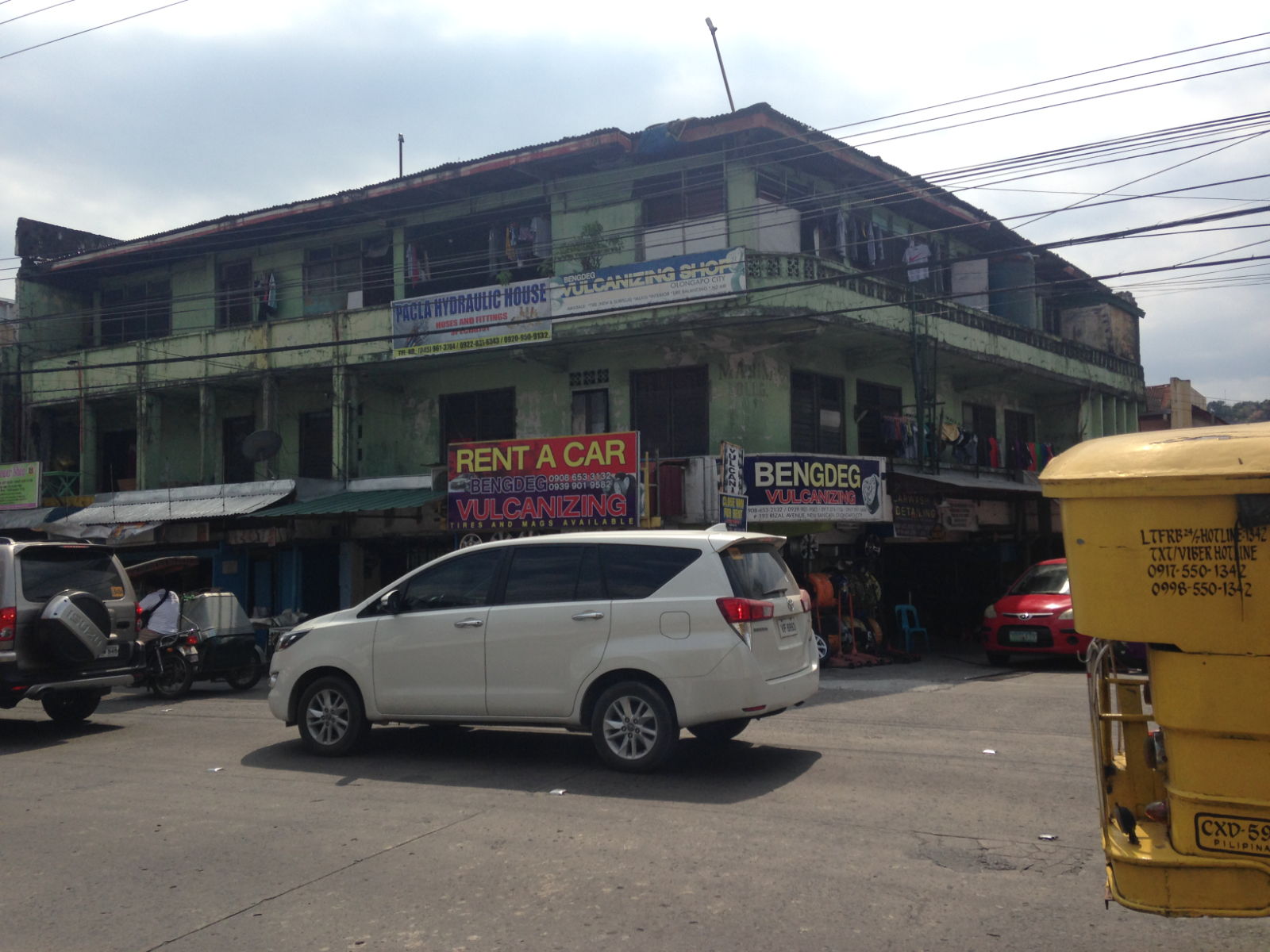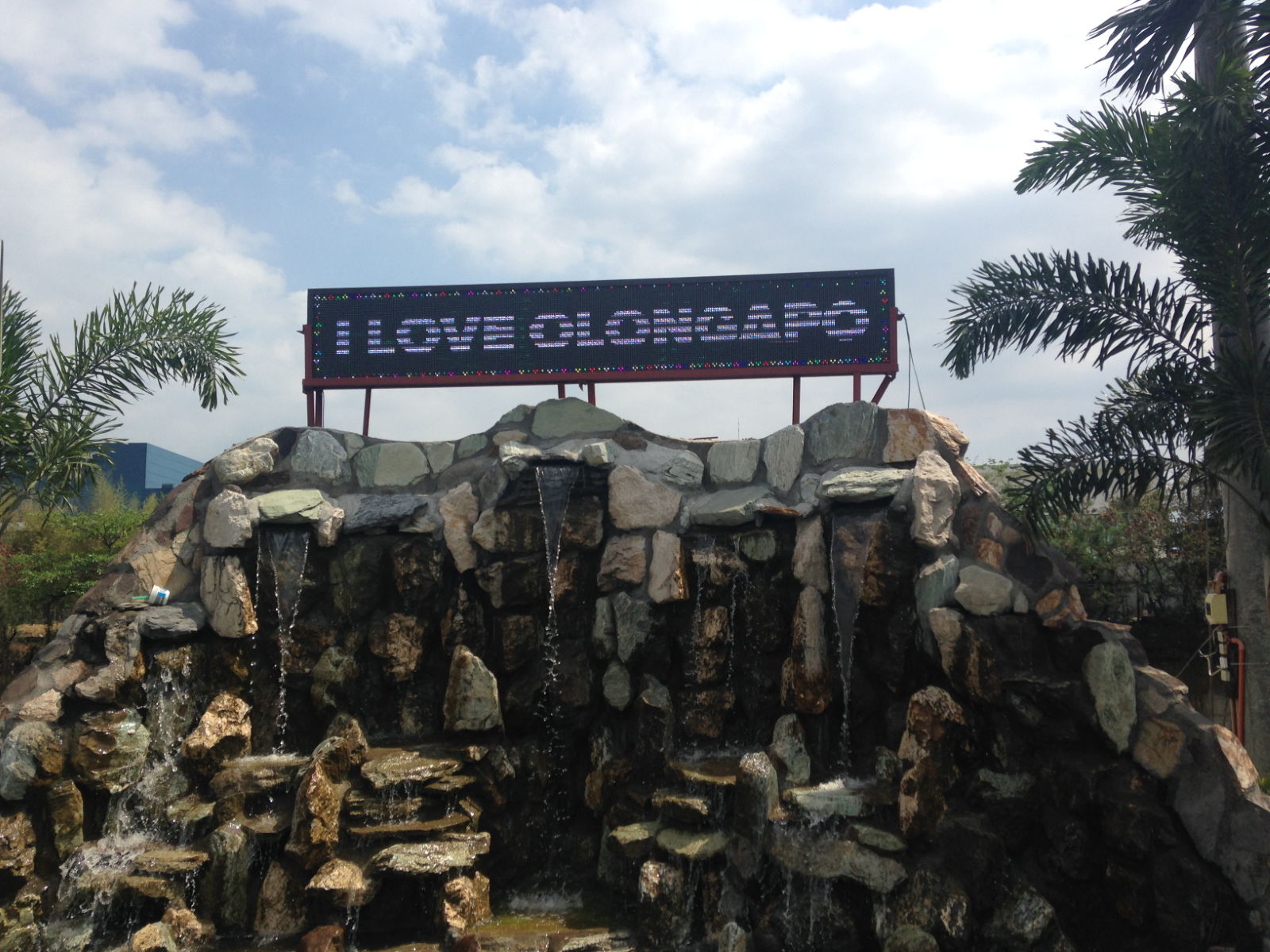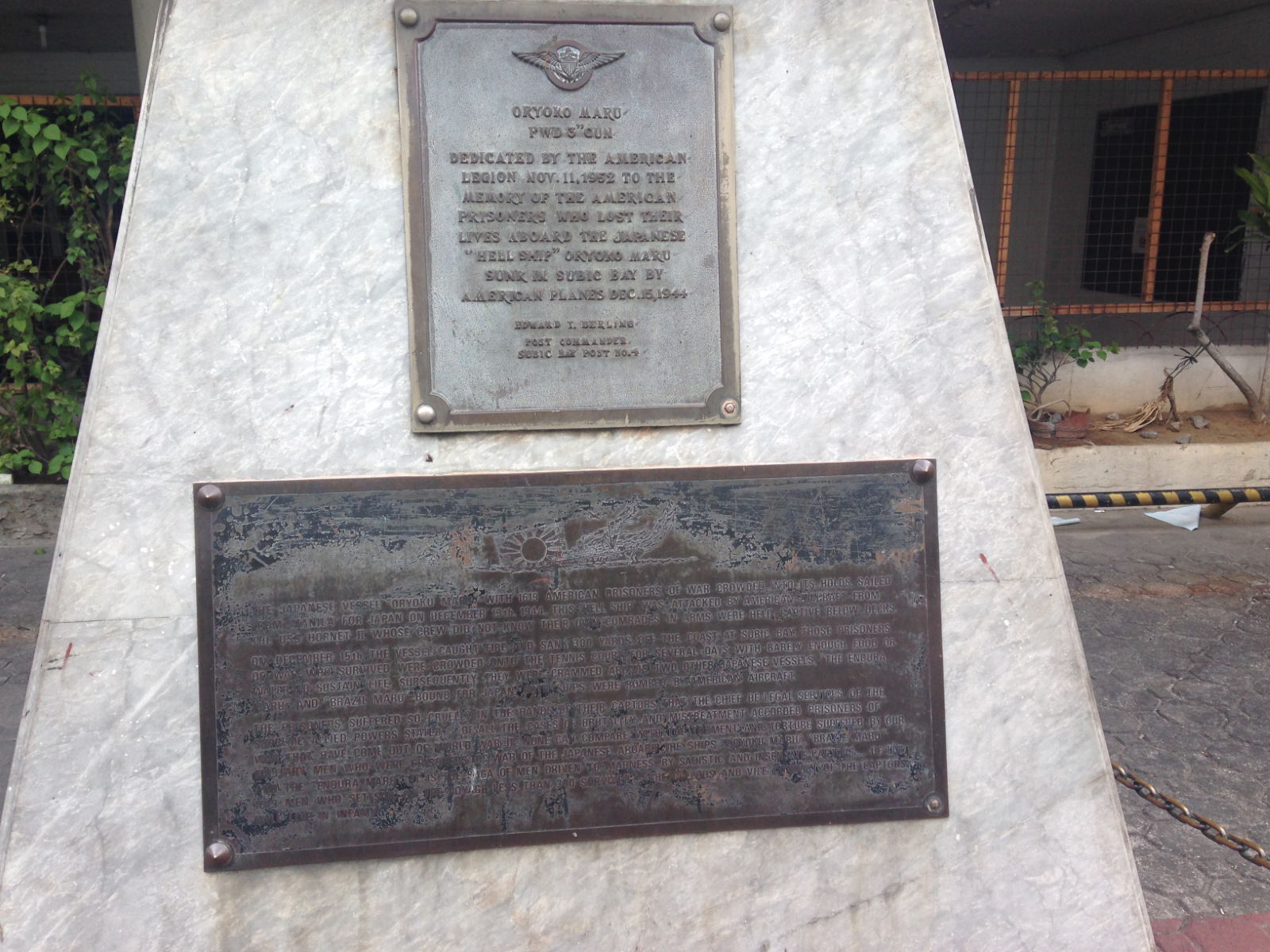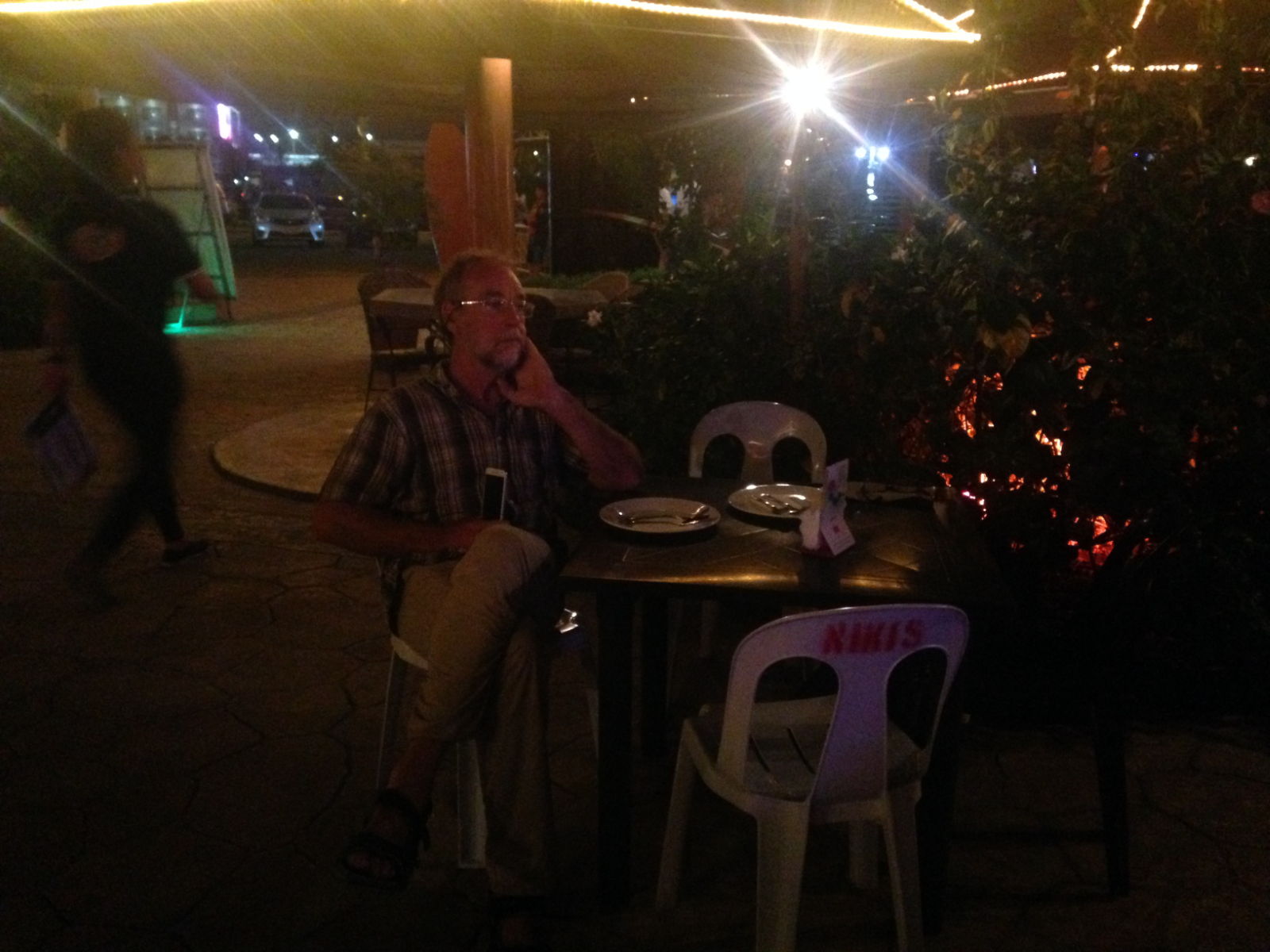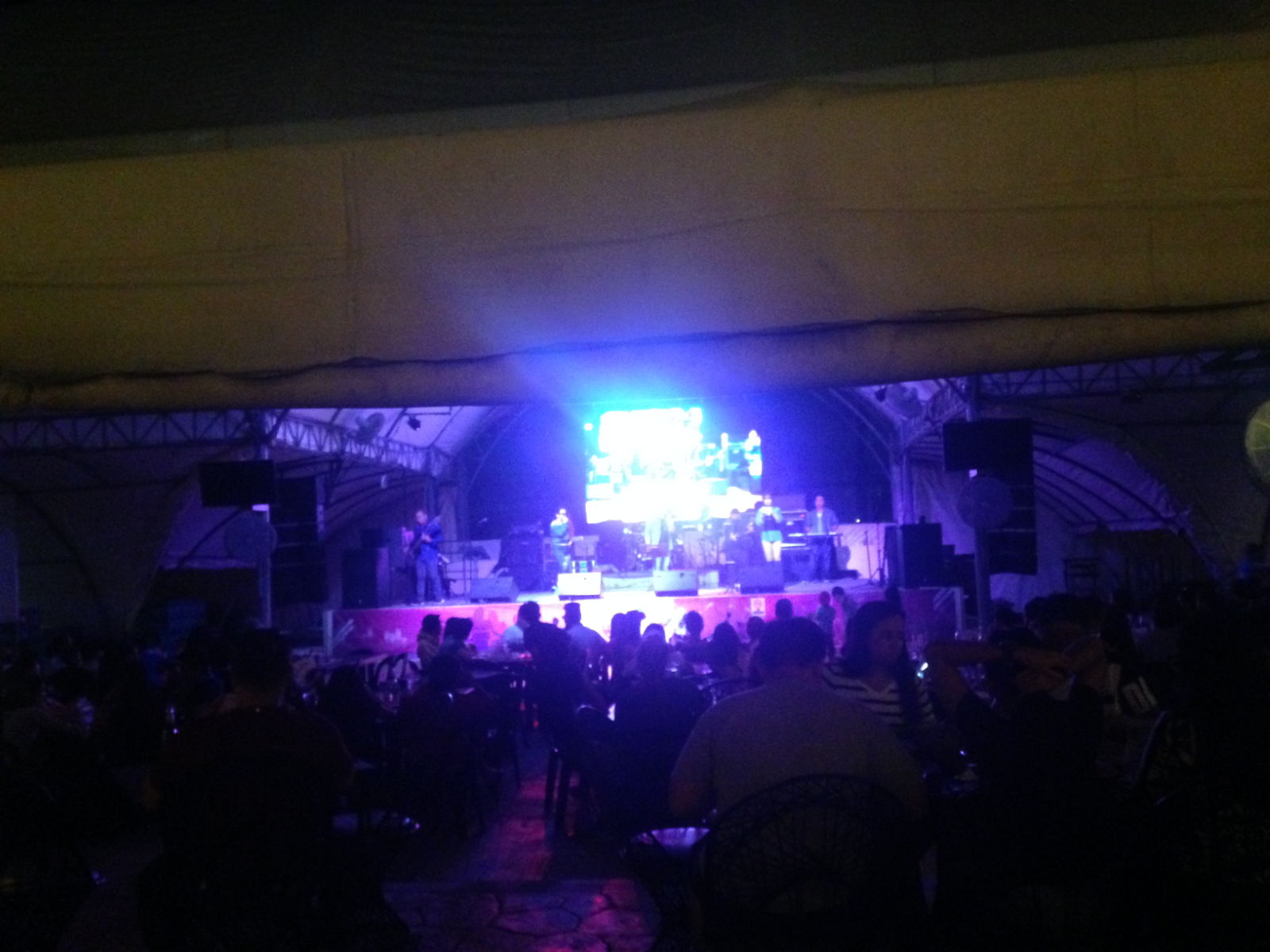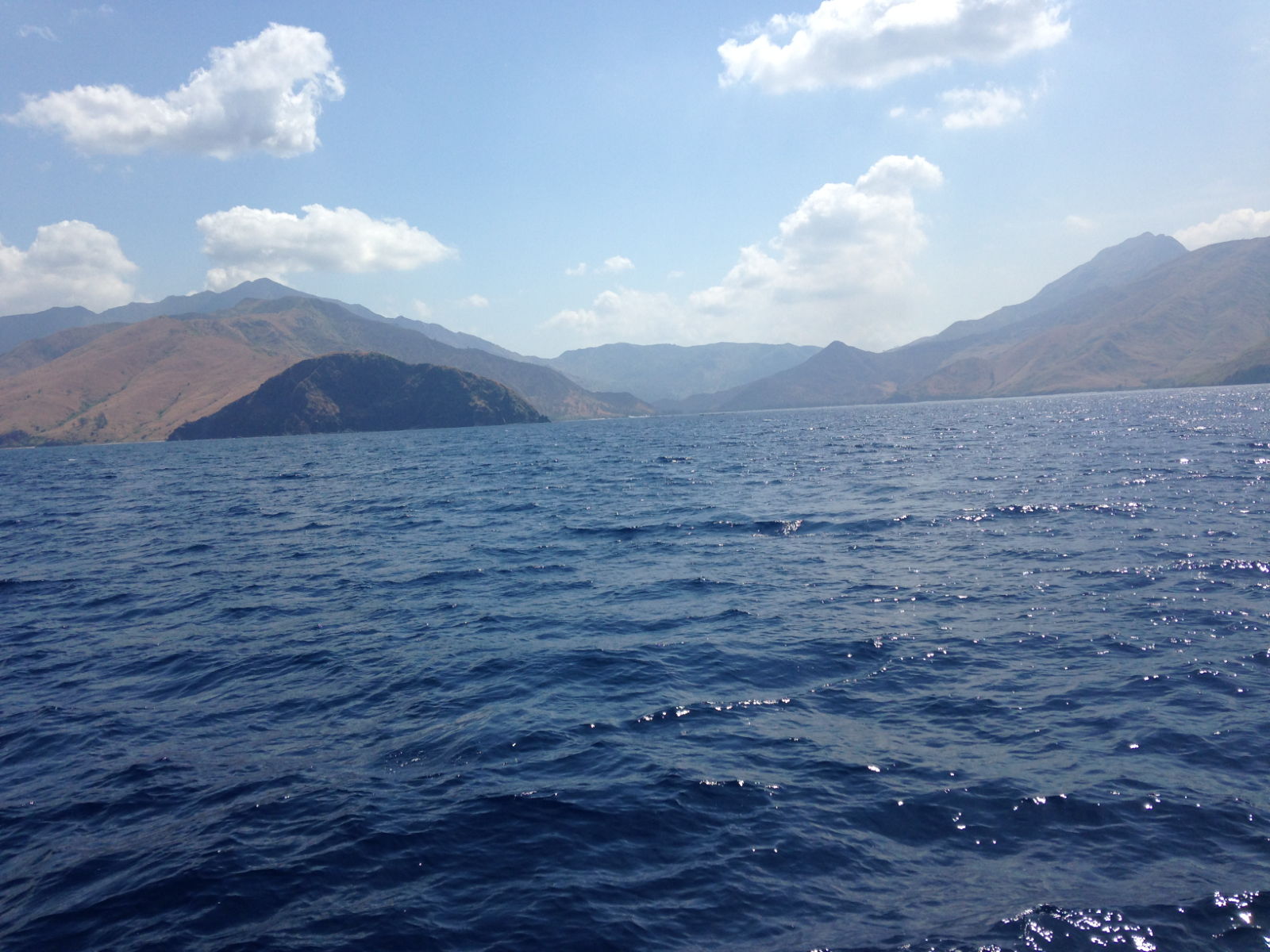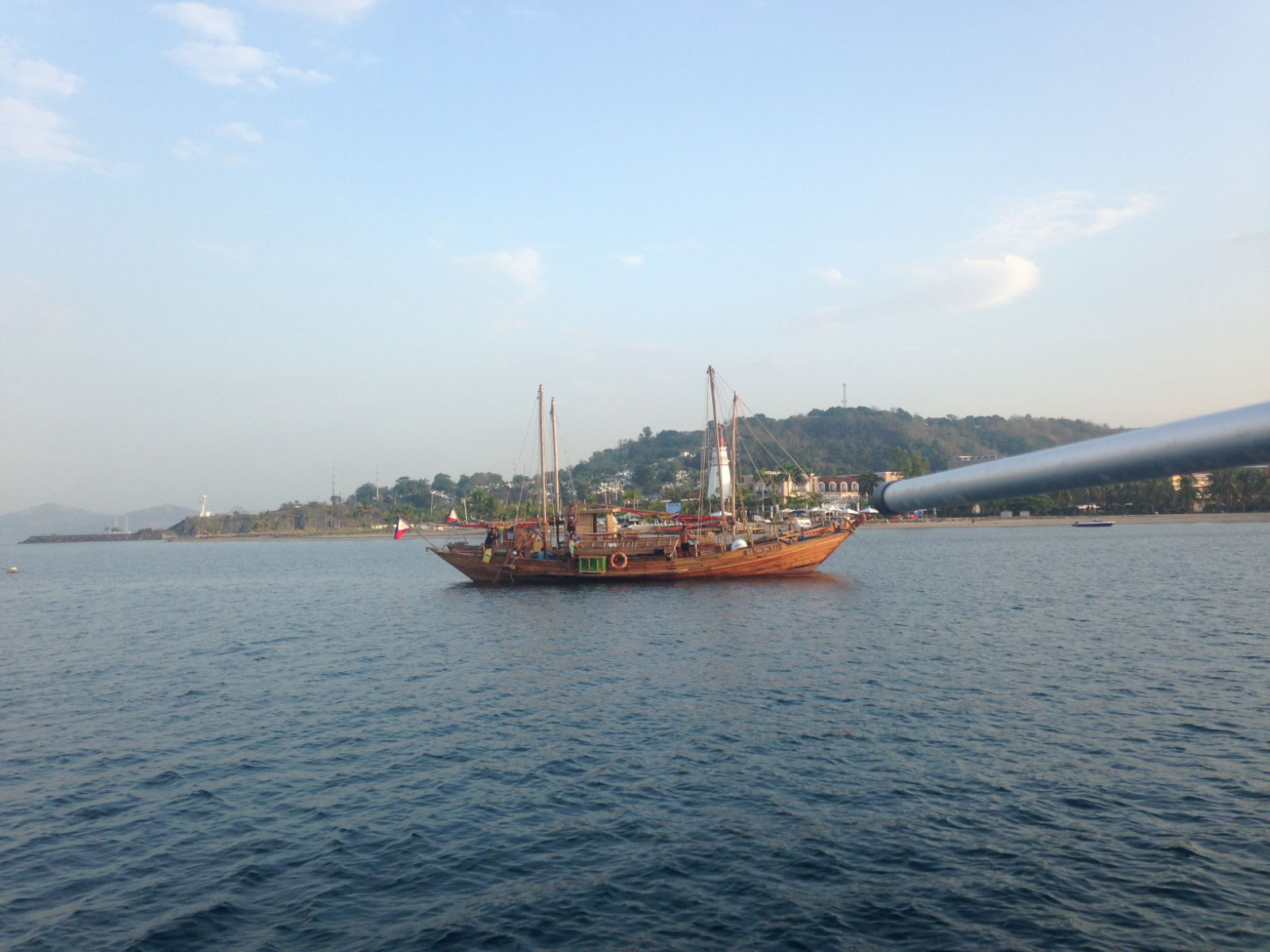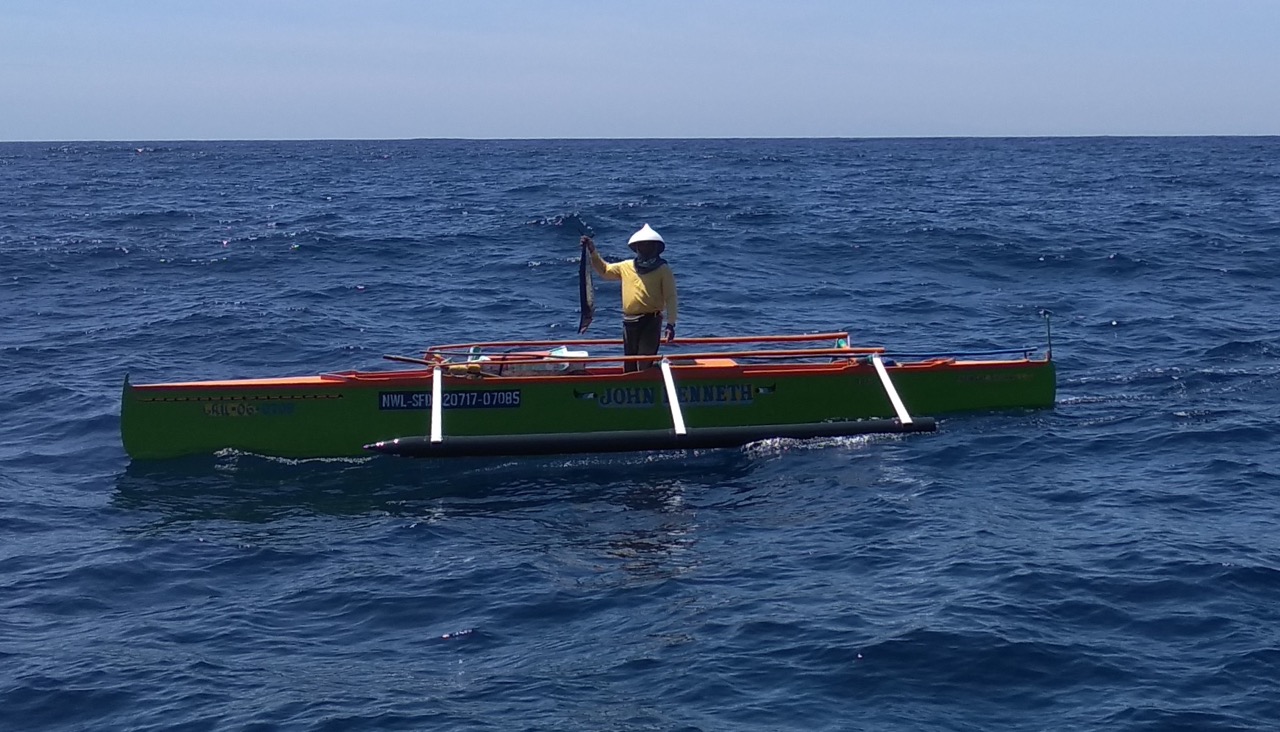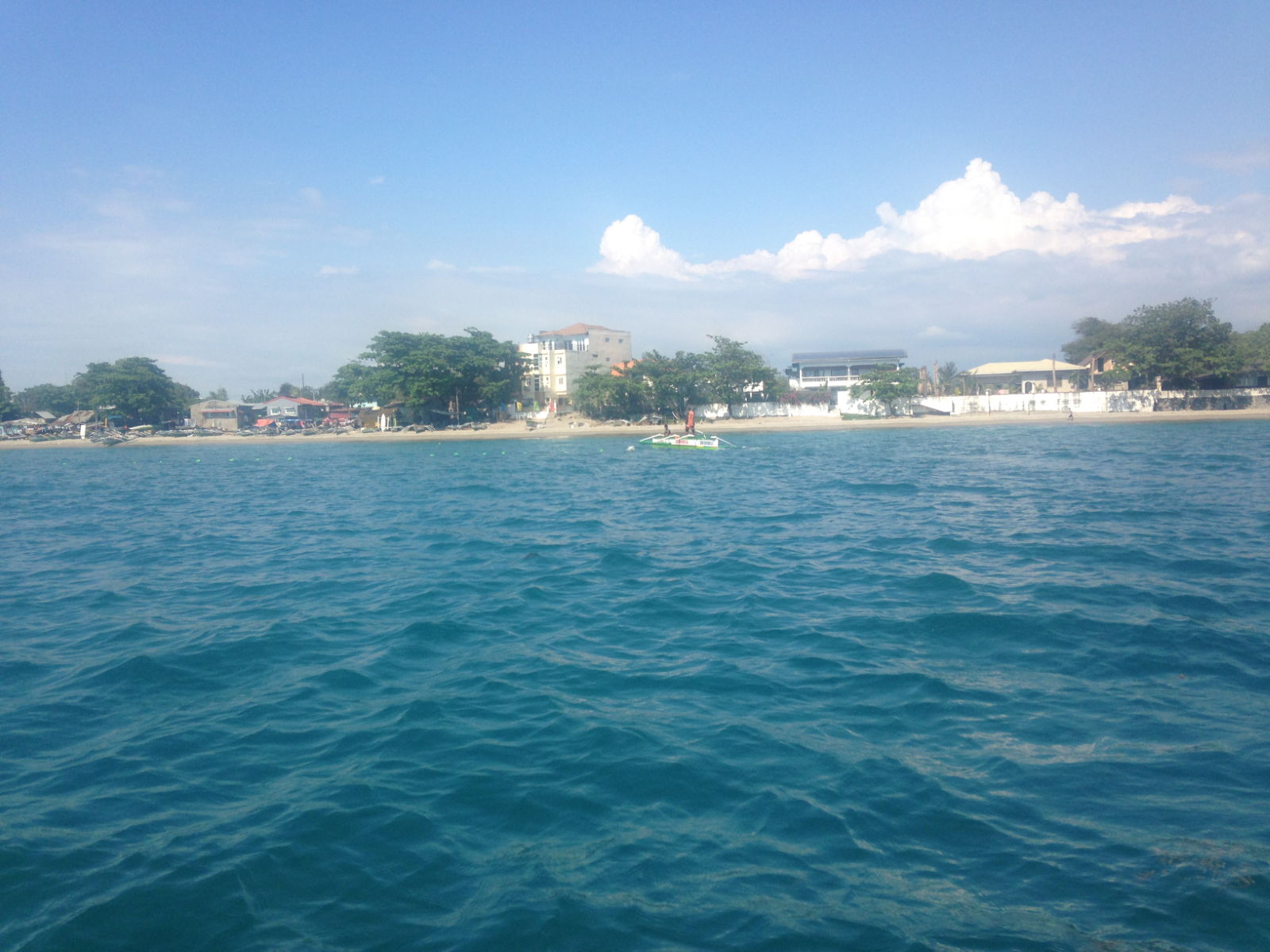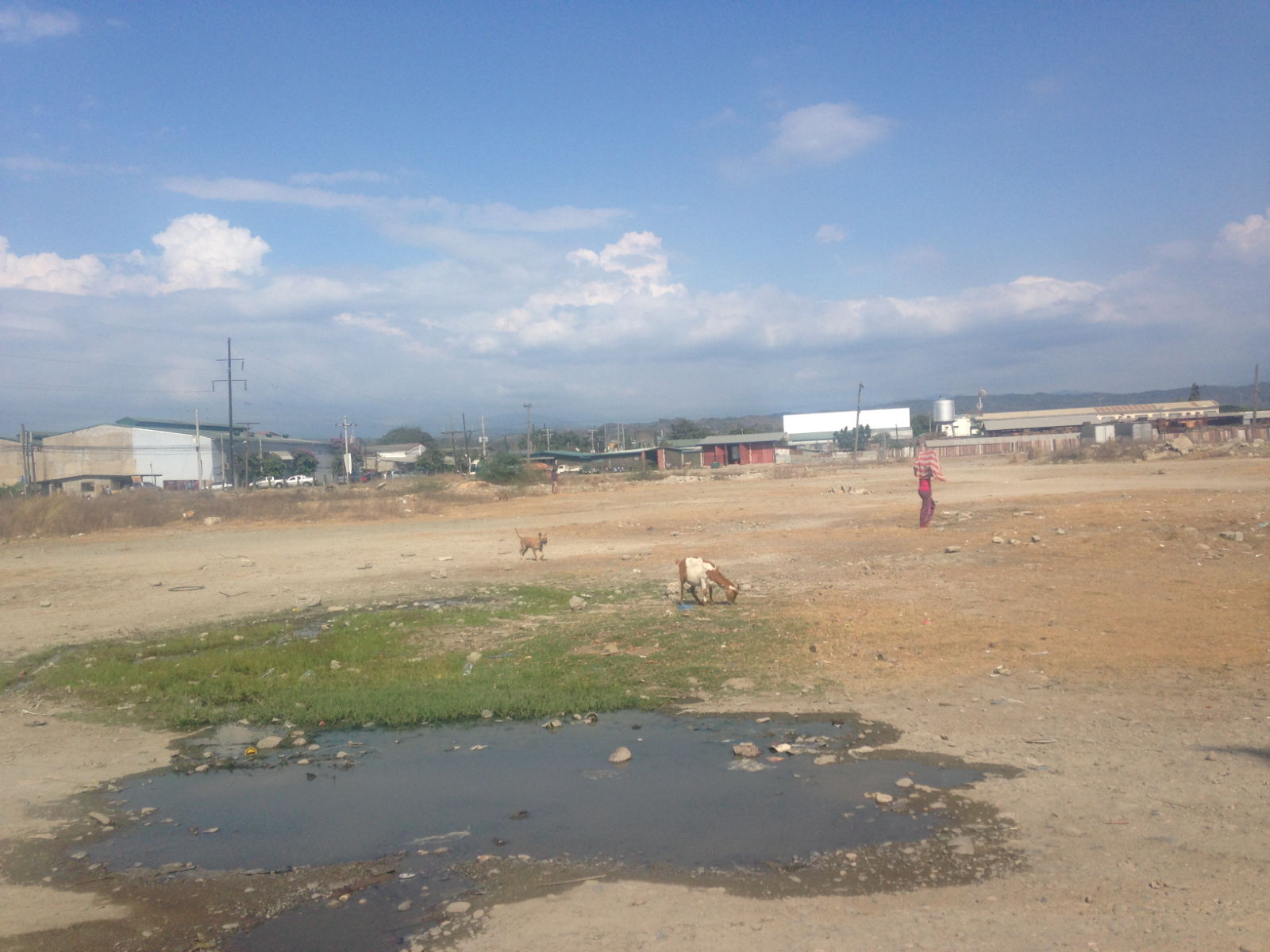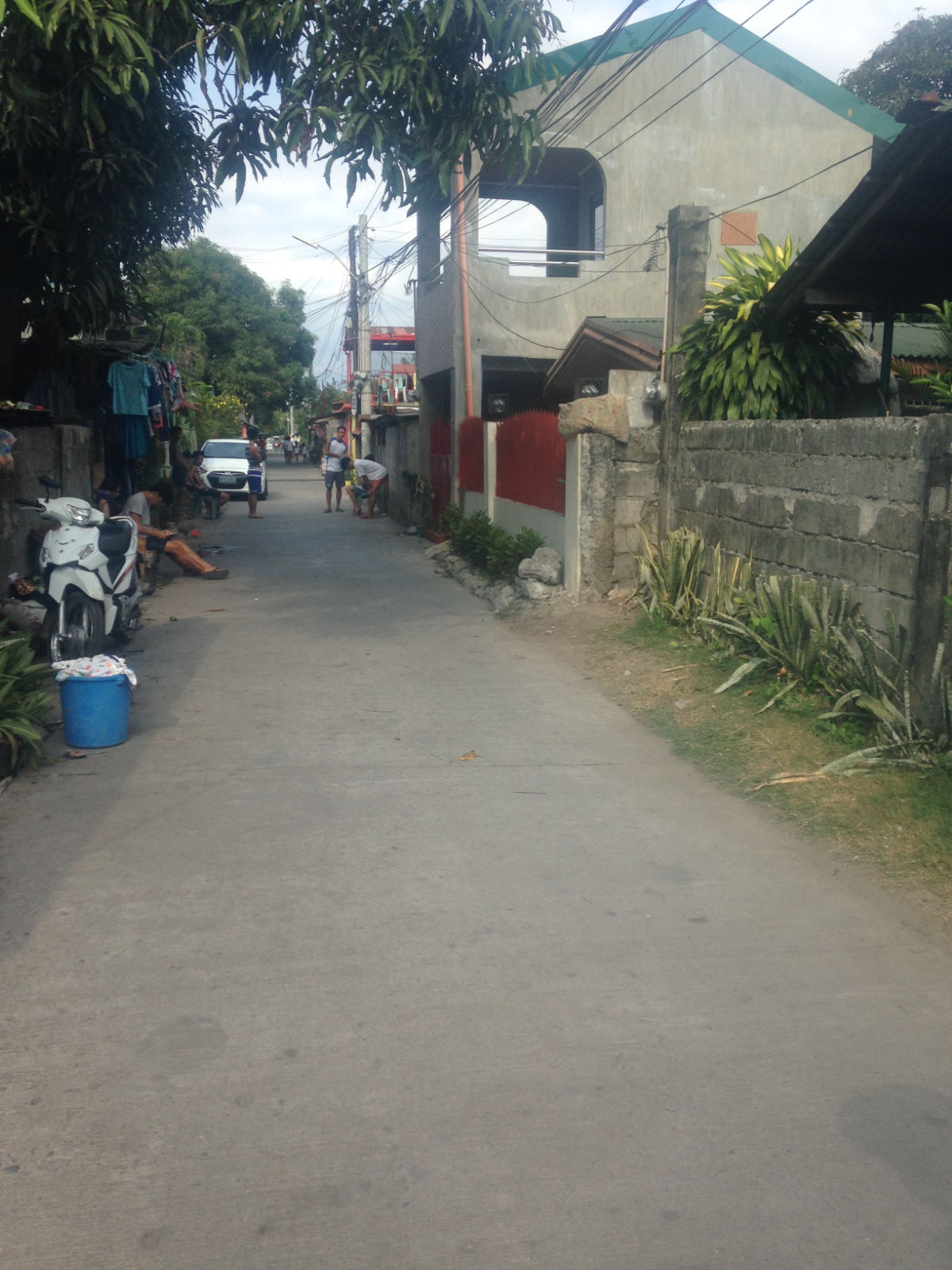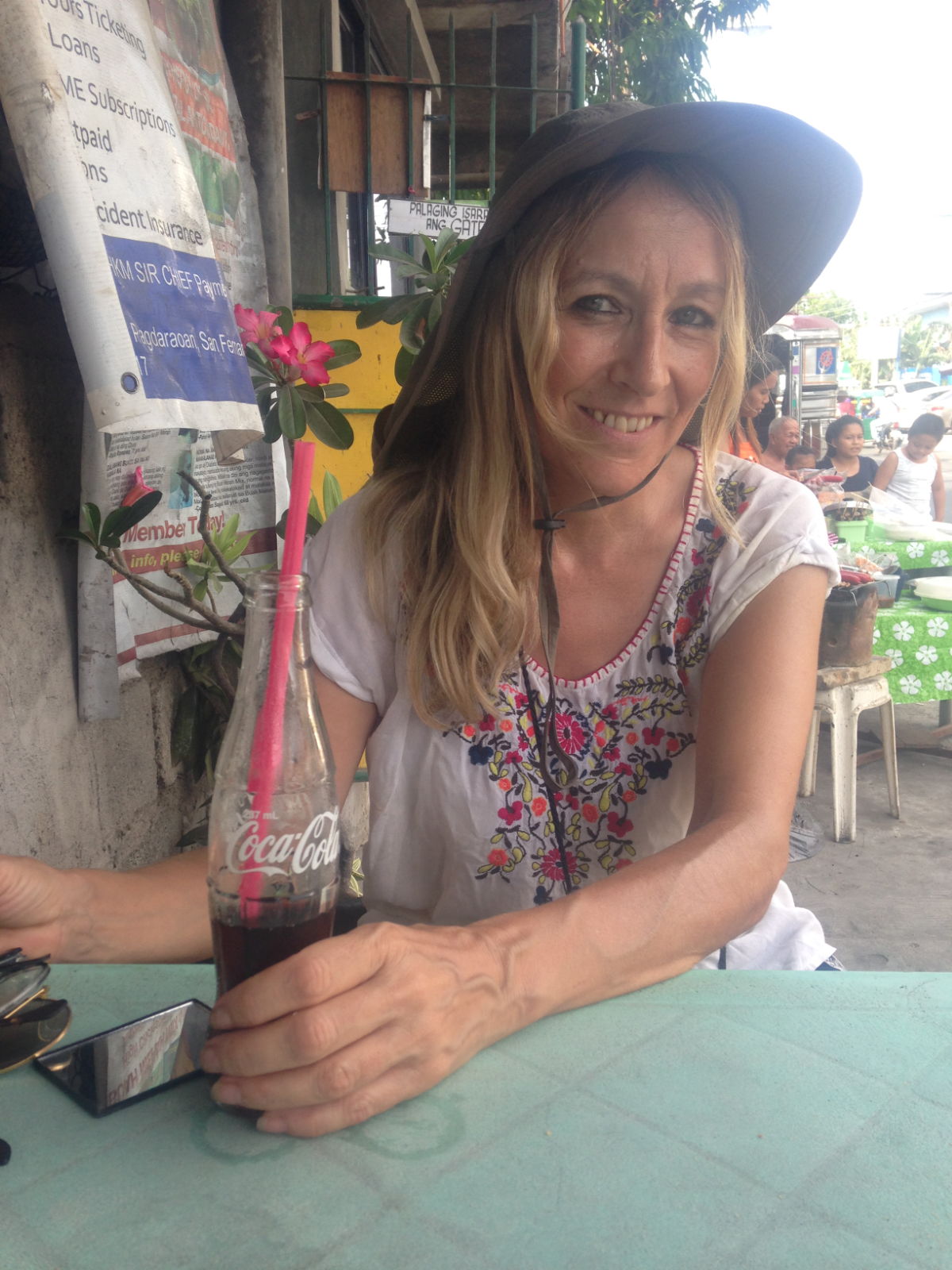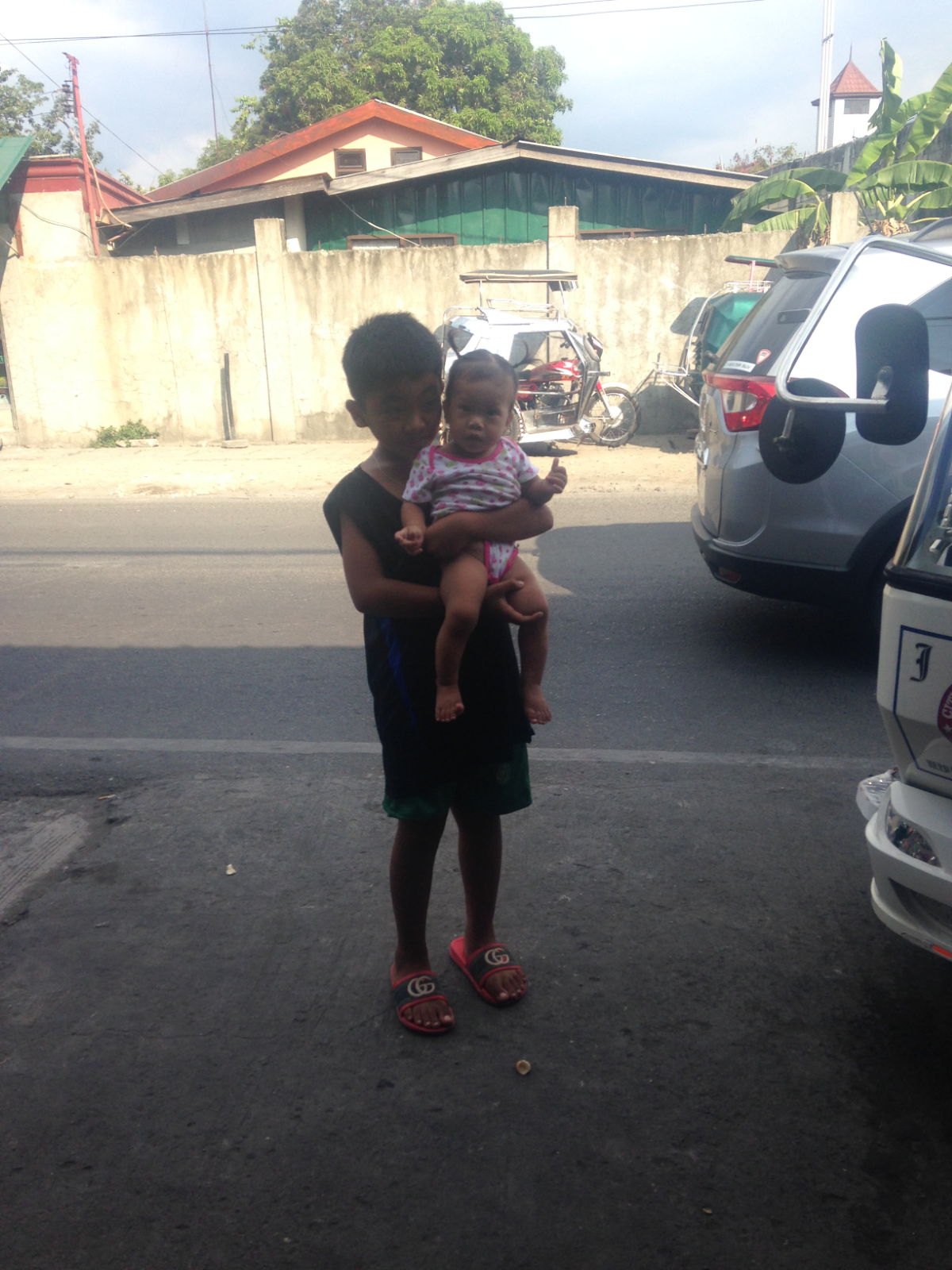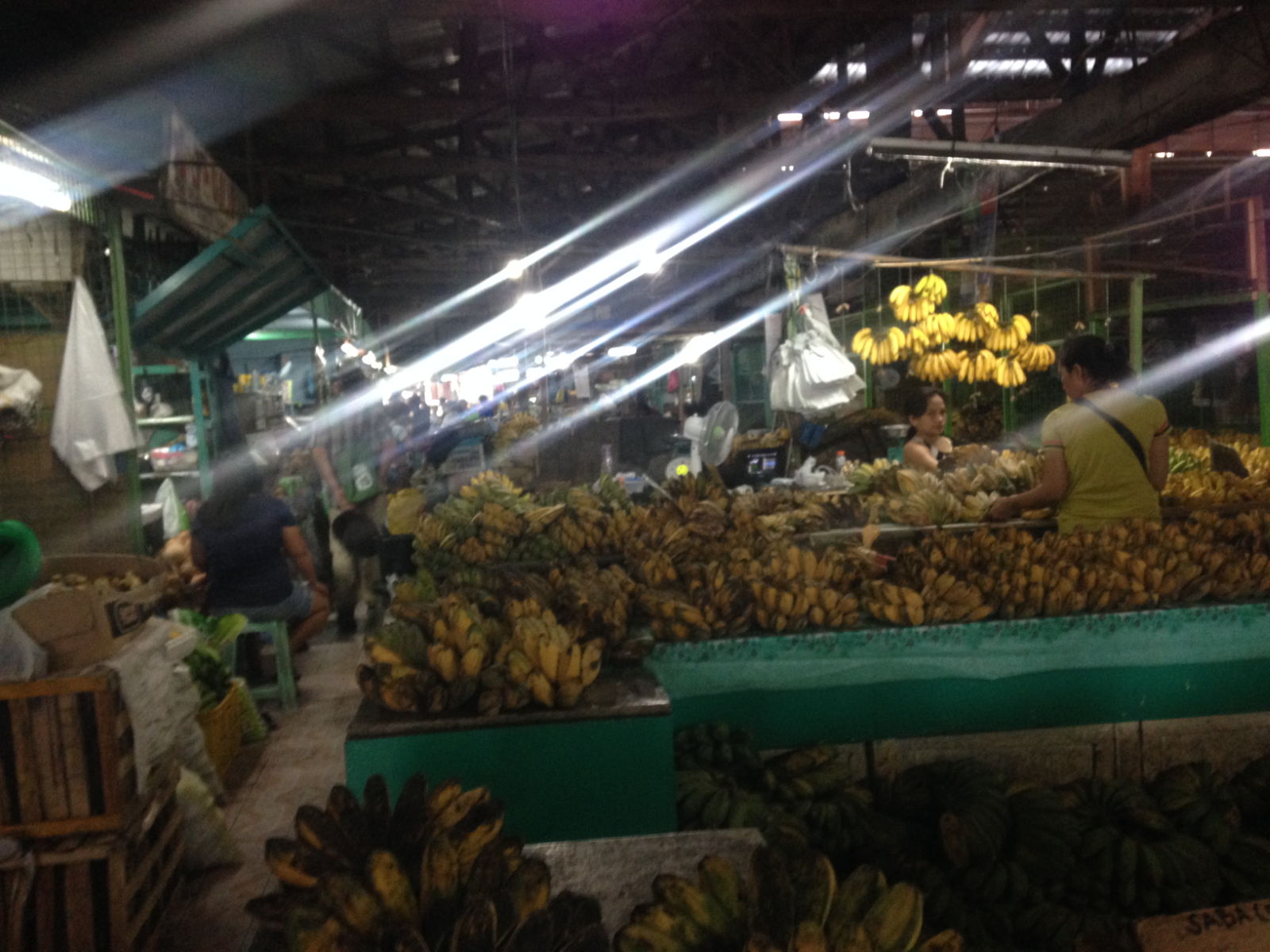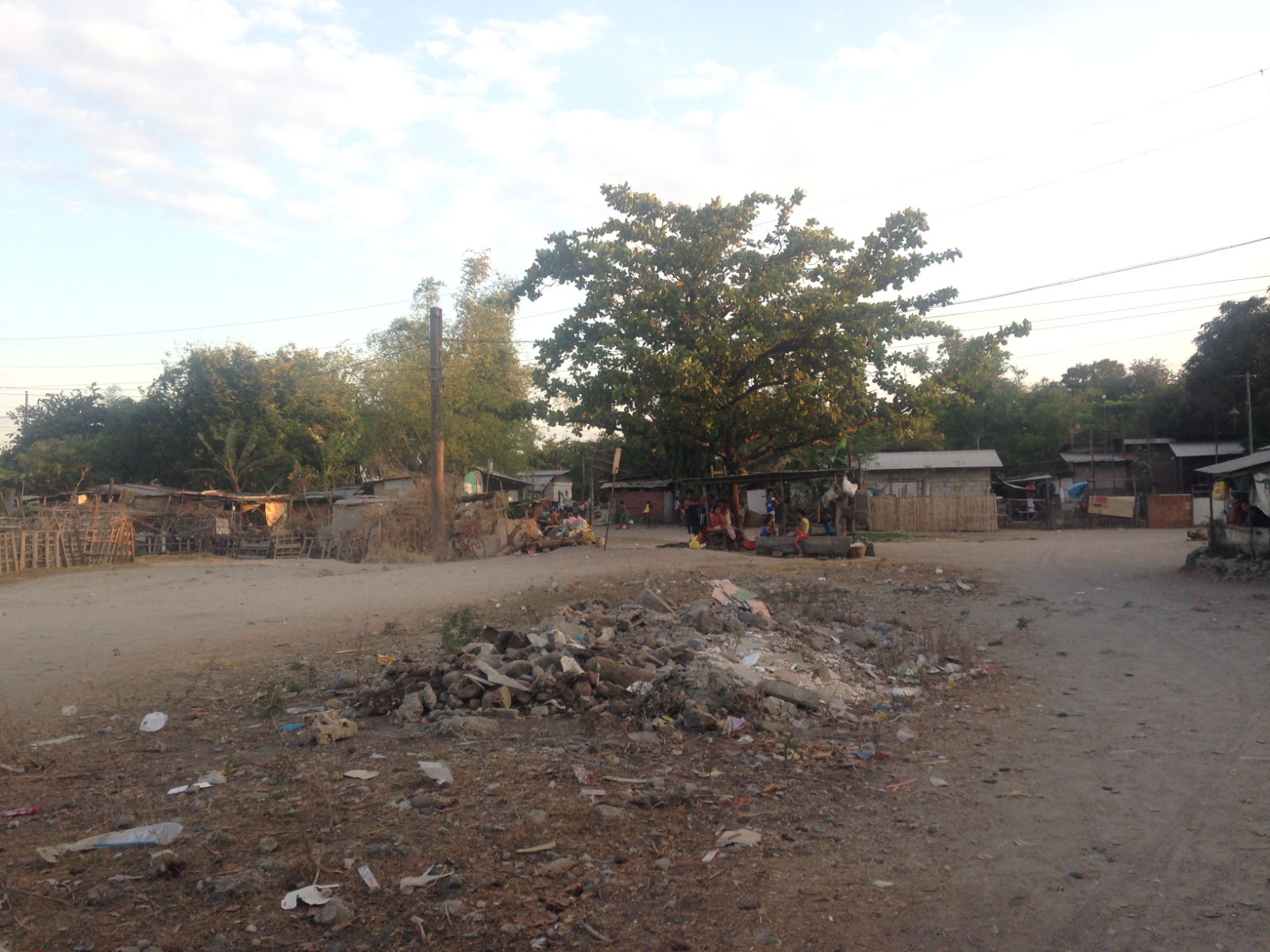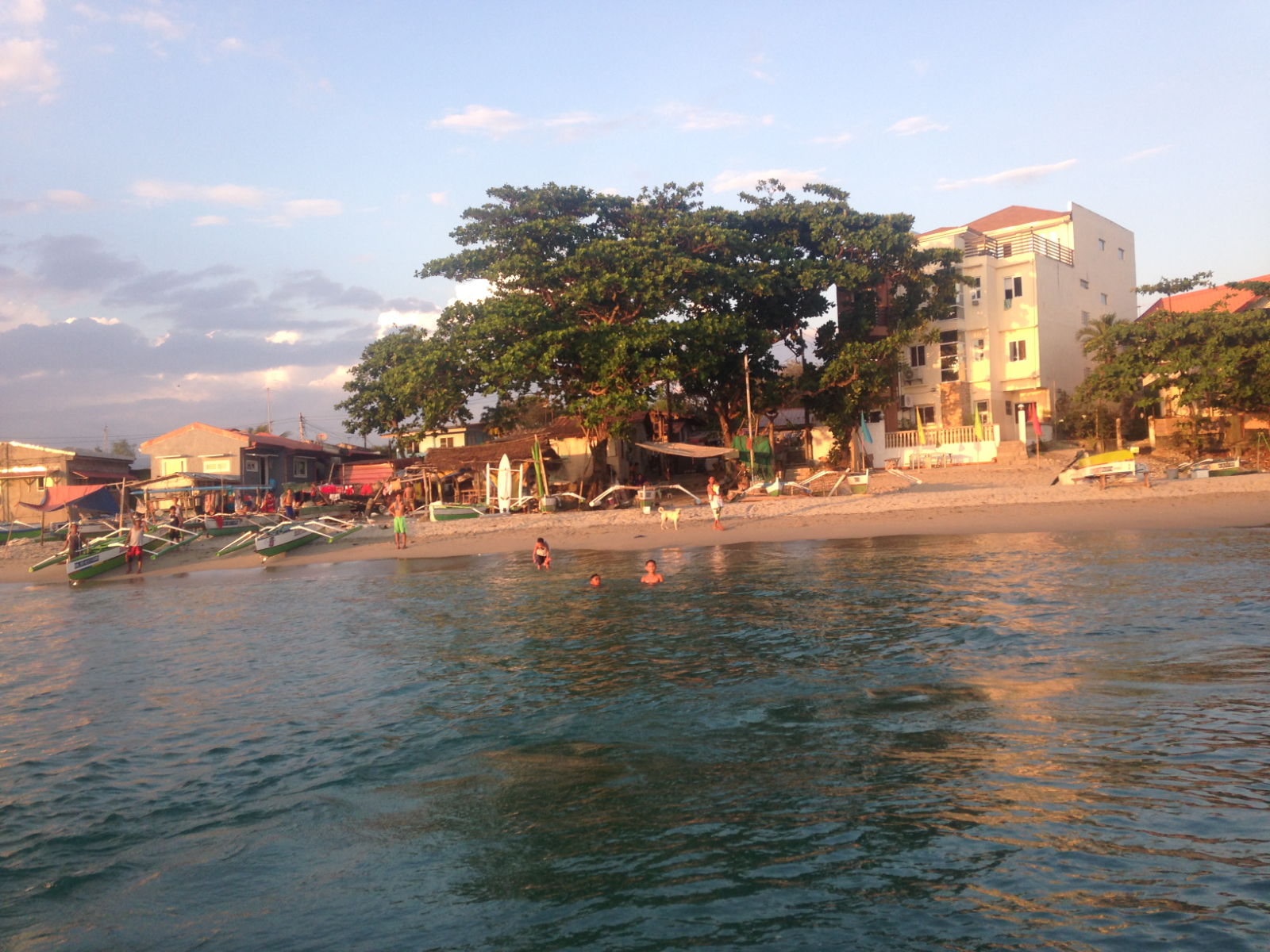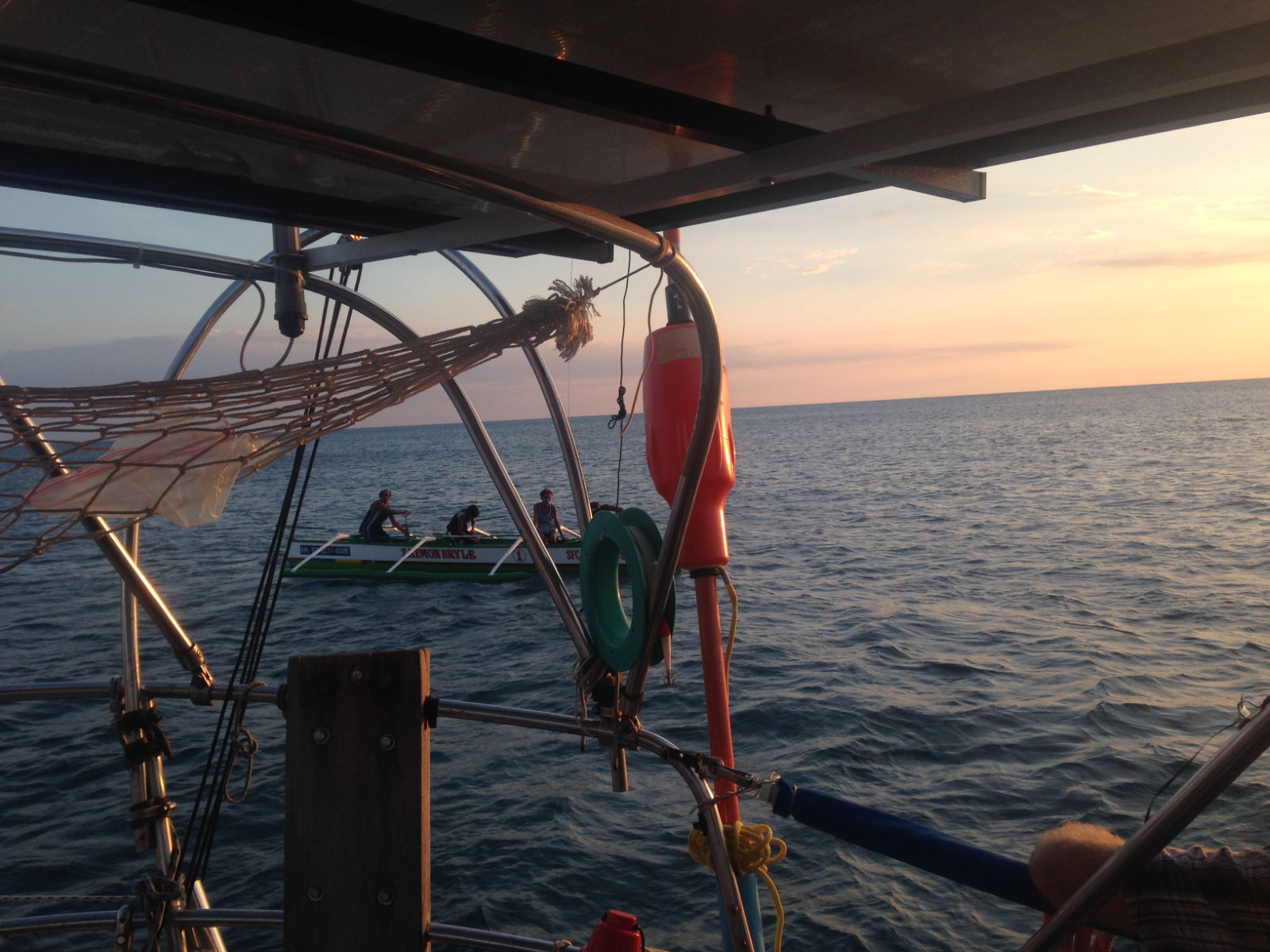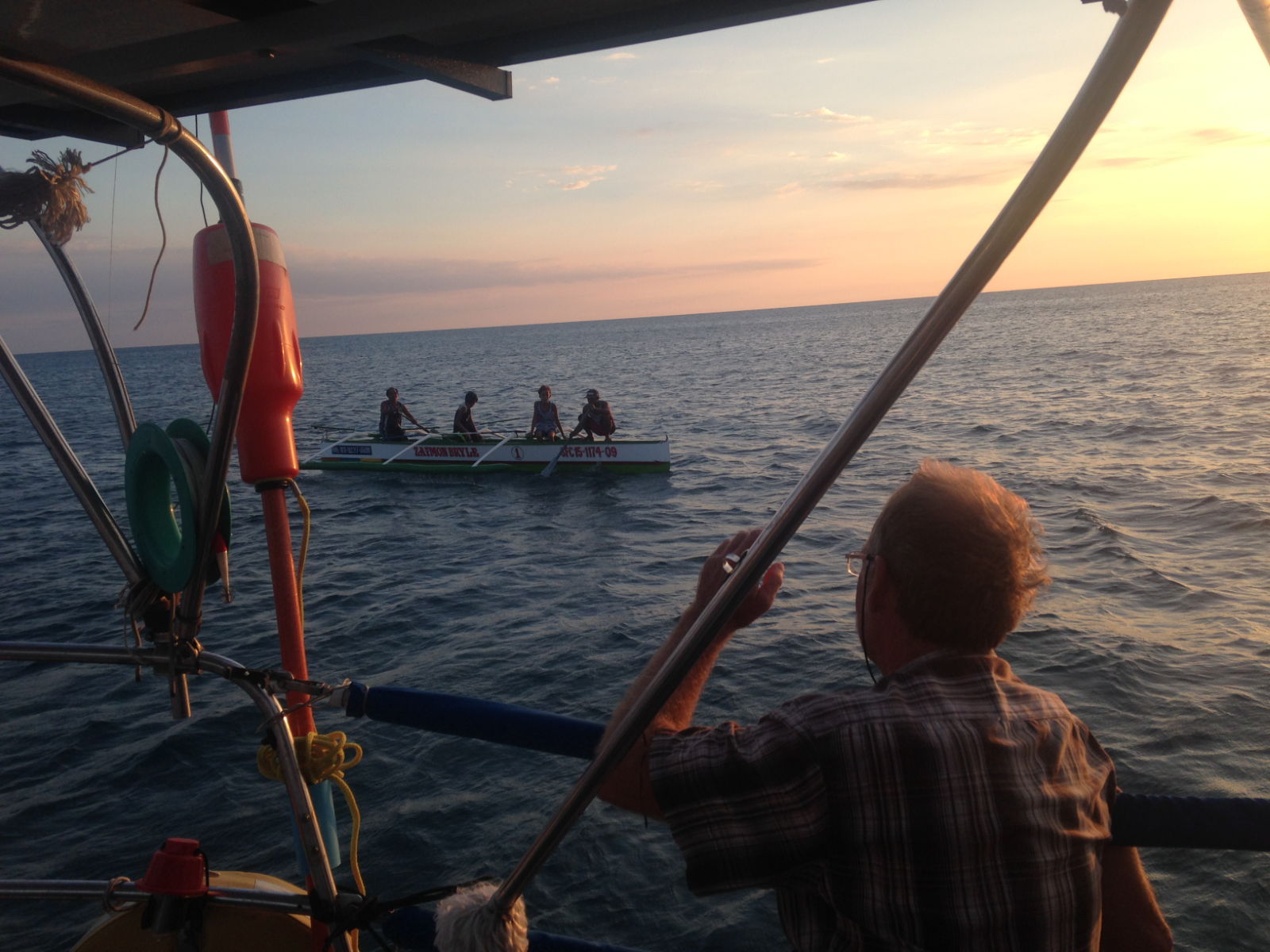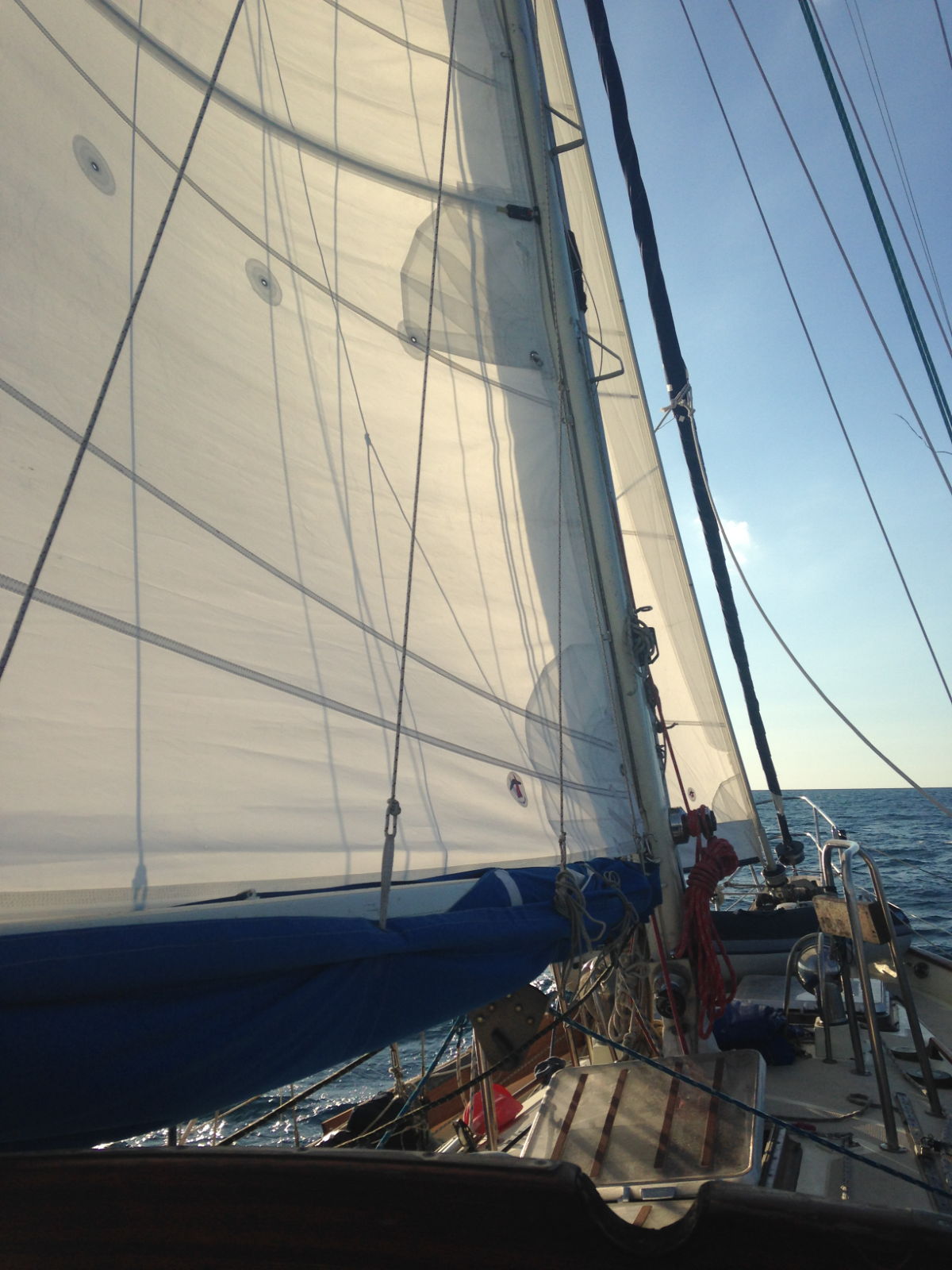A line from West Side Story, my favourite musical, and one that aptly describes my experience of the US so far. Well, maybe the high prices of things here are not quite so ok by me but it’s still thrilling to be here. My last visit had been way back in 1983, a trip to California that took in Los Angeles and San Francisco – places we’ll hopefully get round to seeing next year. This time we started off in Port of Friday Harbor, or ‘Friday Harbor’ as it’s popularly known. We arrived there on August 16th on a beautiful sunny afternoon after crossing the invisible border from Canada to America earlier that morning en route from Sidney Spit. The sunshine and warmth that greeted us on the approach were welcome after a chilly journey with gusts of cold wind up to 23 knots. Not so welcome was the amount of other yachts jostling for position in the bay. The position we were all after was a space to tie up on the customs dock. We also had to give low flying sea planes a wide berth before edging closer to the pontoon.
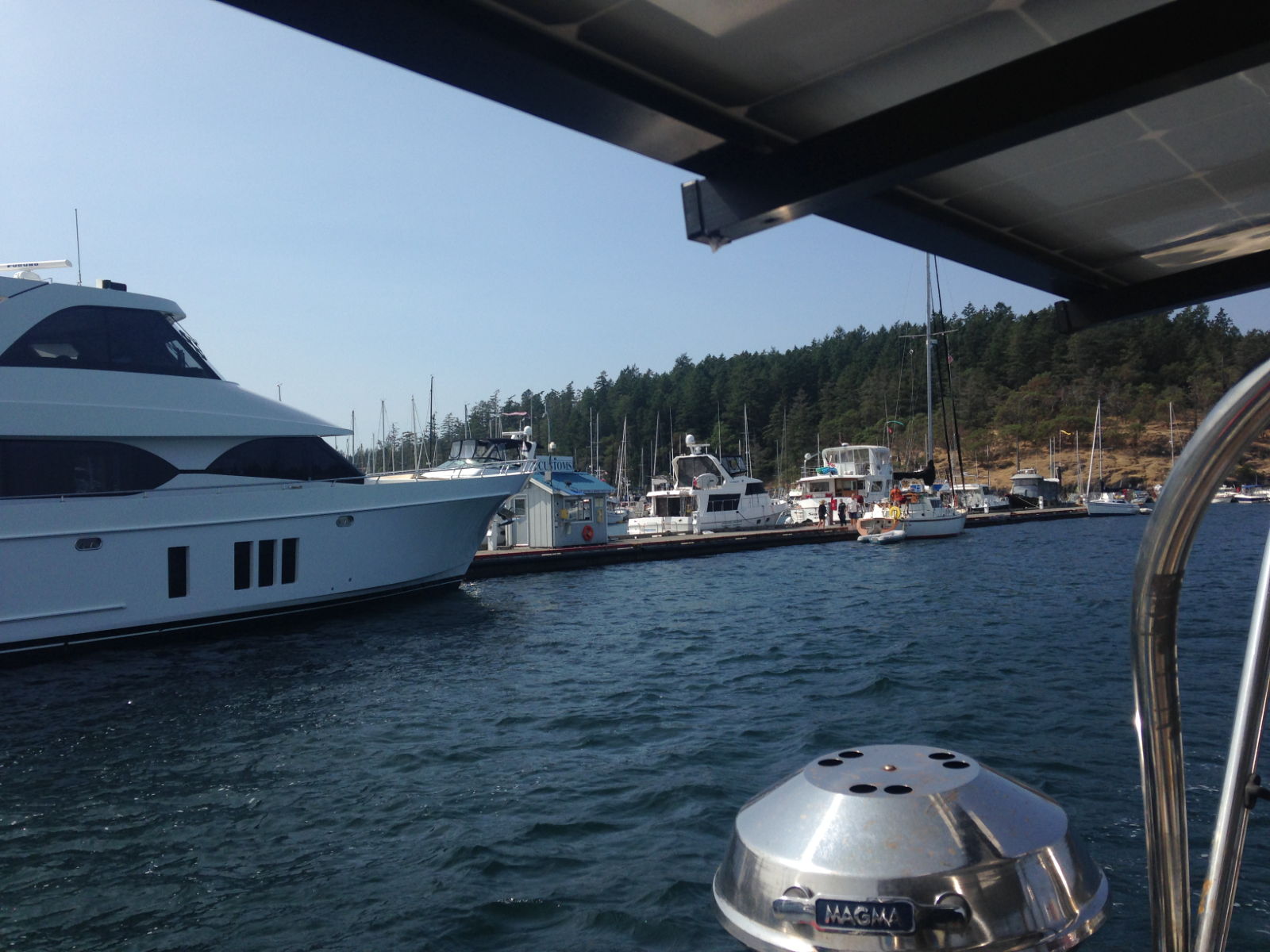
After Paul returned from showing our documents in the tiny office that you can see in the pic above, our clean, tidy and legal boat didn’t get so much as a cursory inspection, just a quick glance and a couple of questions relating to fresh produce. Paul began to explain that we weren’t sure if cheese was permitted and was interrupted with a ‘cheese is ok!’ declaration from the seemingly lone officer before she hurried on to deal with the next yacht.
Port Friday is a pretty town. We had a customary walk through its wide main streets after tying up in Port of Friday Harbor Marina (‘where Friday begins’). The shops were typical of those in most seaside places – gifts, souvenirs and artisan products displayed in creative emporiums along with plenty of ice cream parlours, bars and cafes. Spring Street was so neat and picturesque in fact that it reminded me of the manufactured high streets you find in theme parks such as Disneyland.
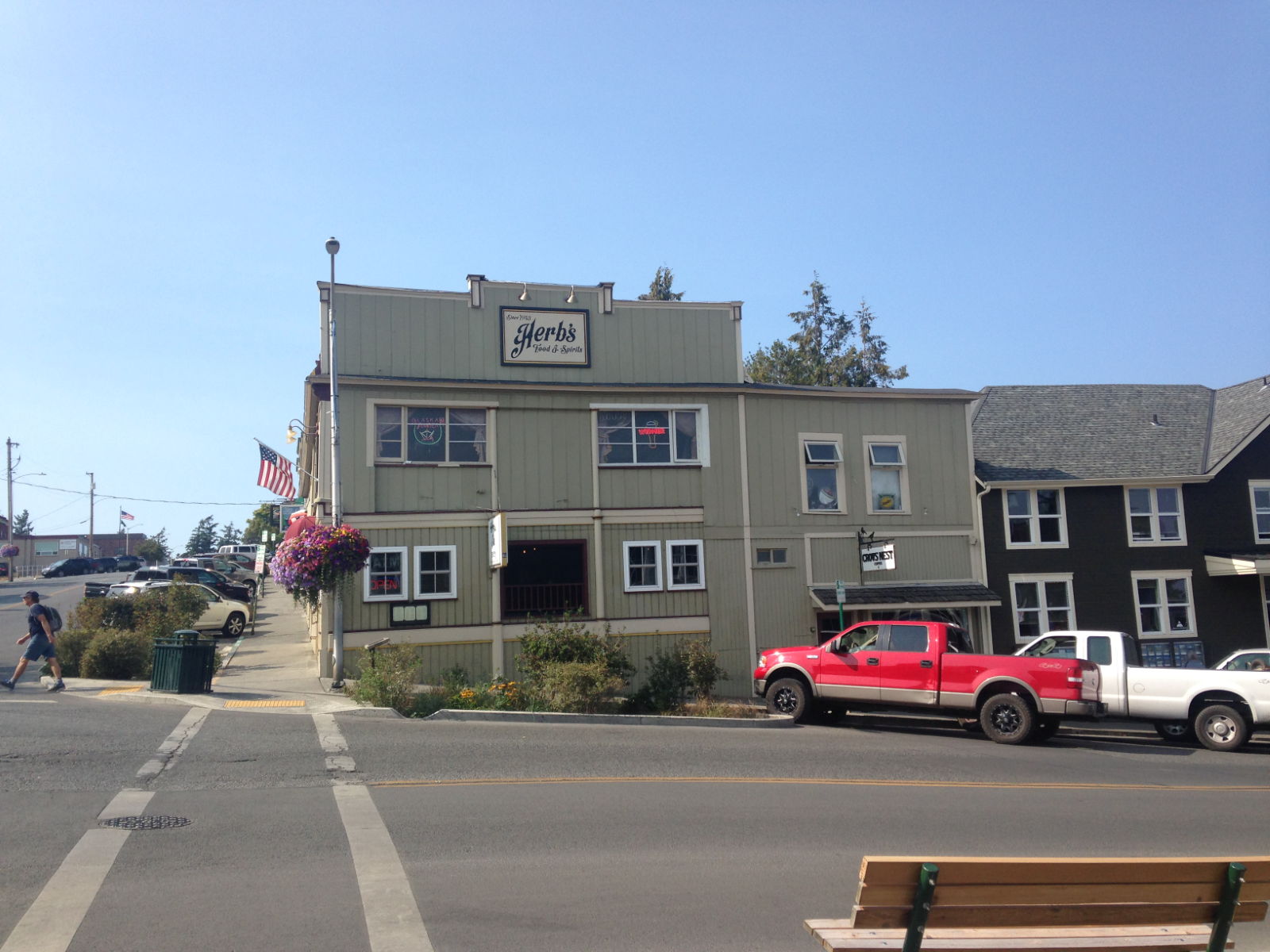
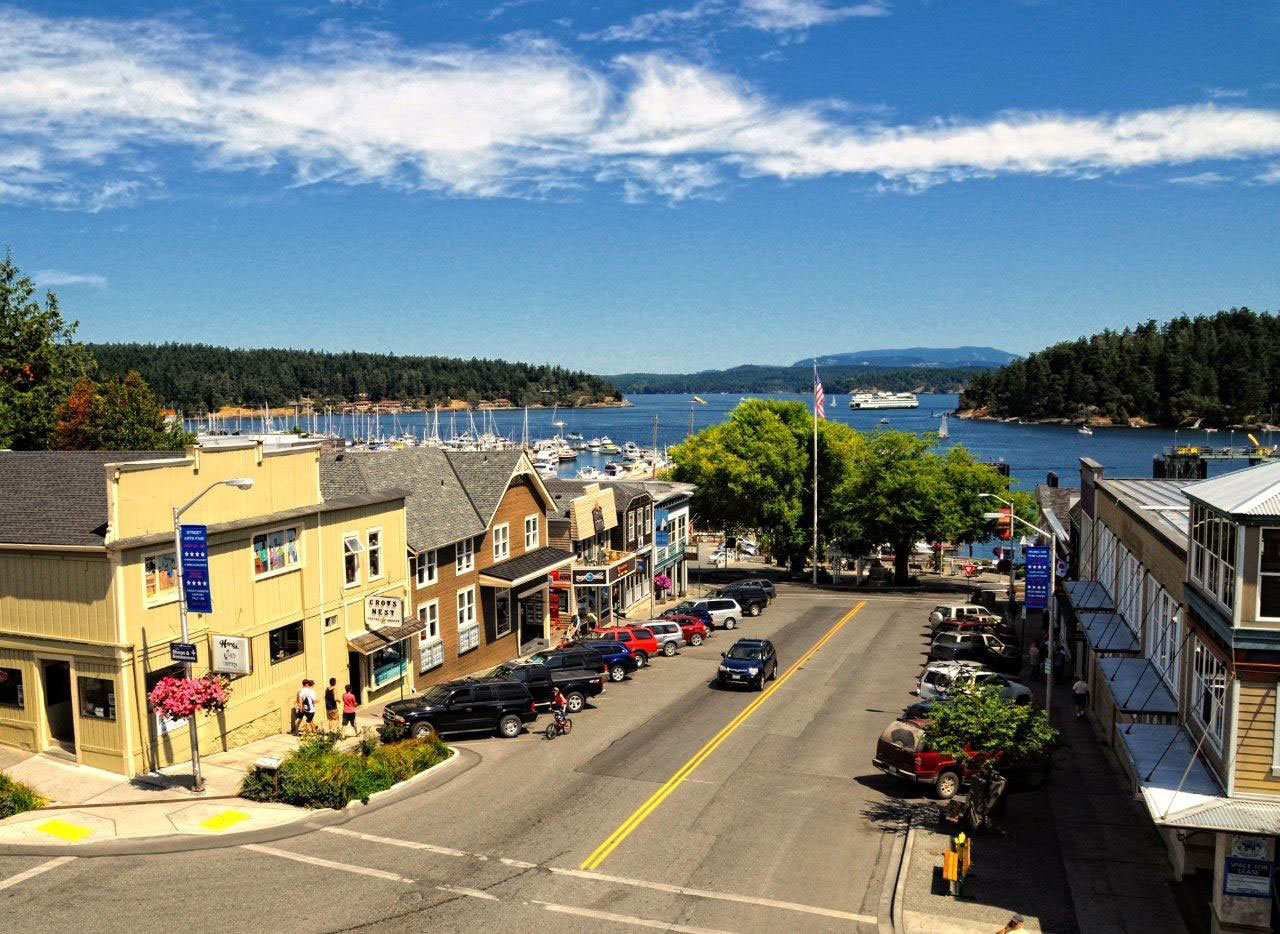
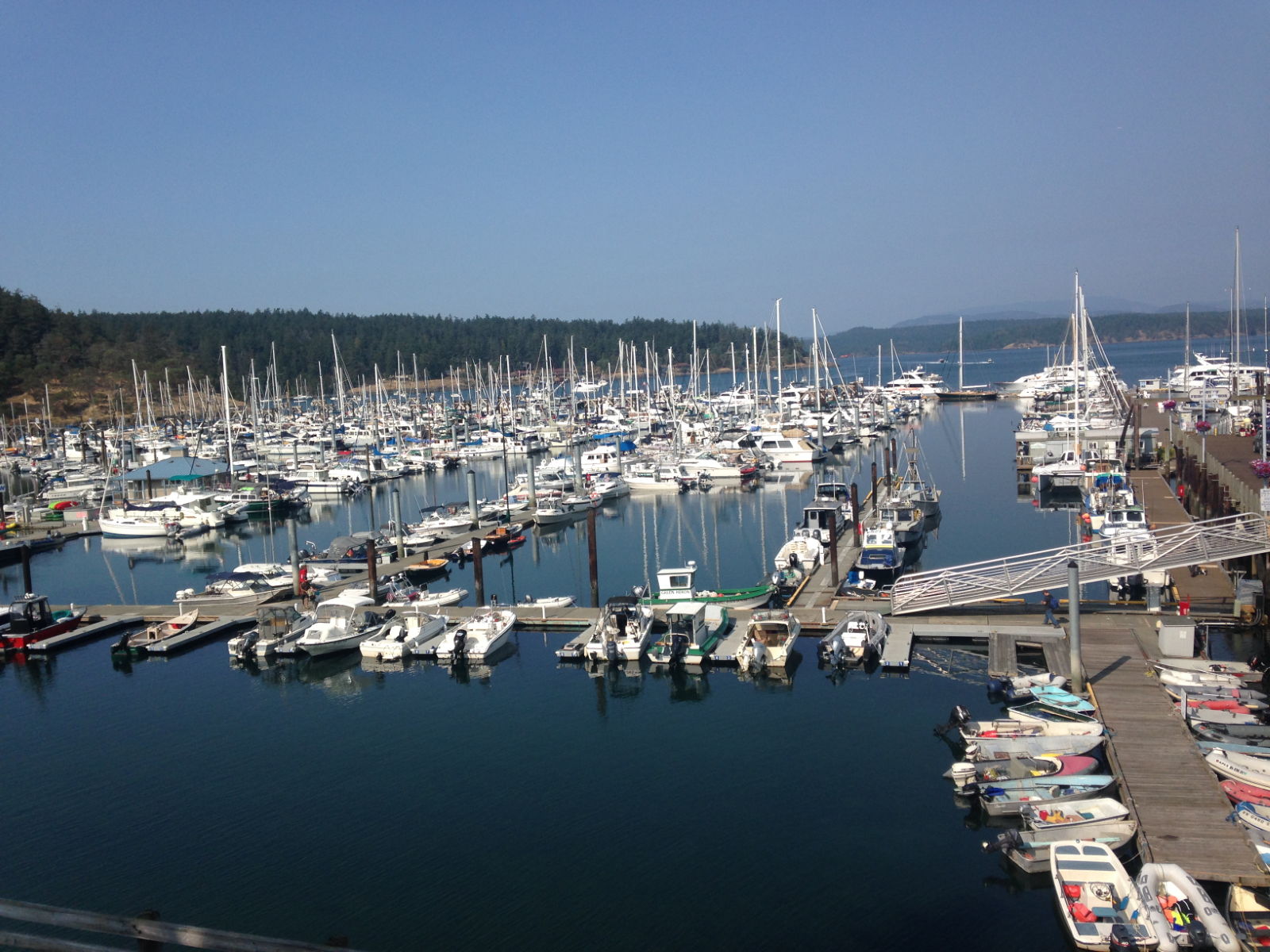
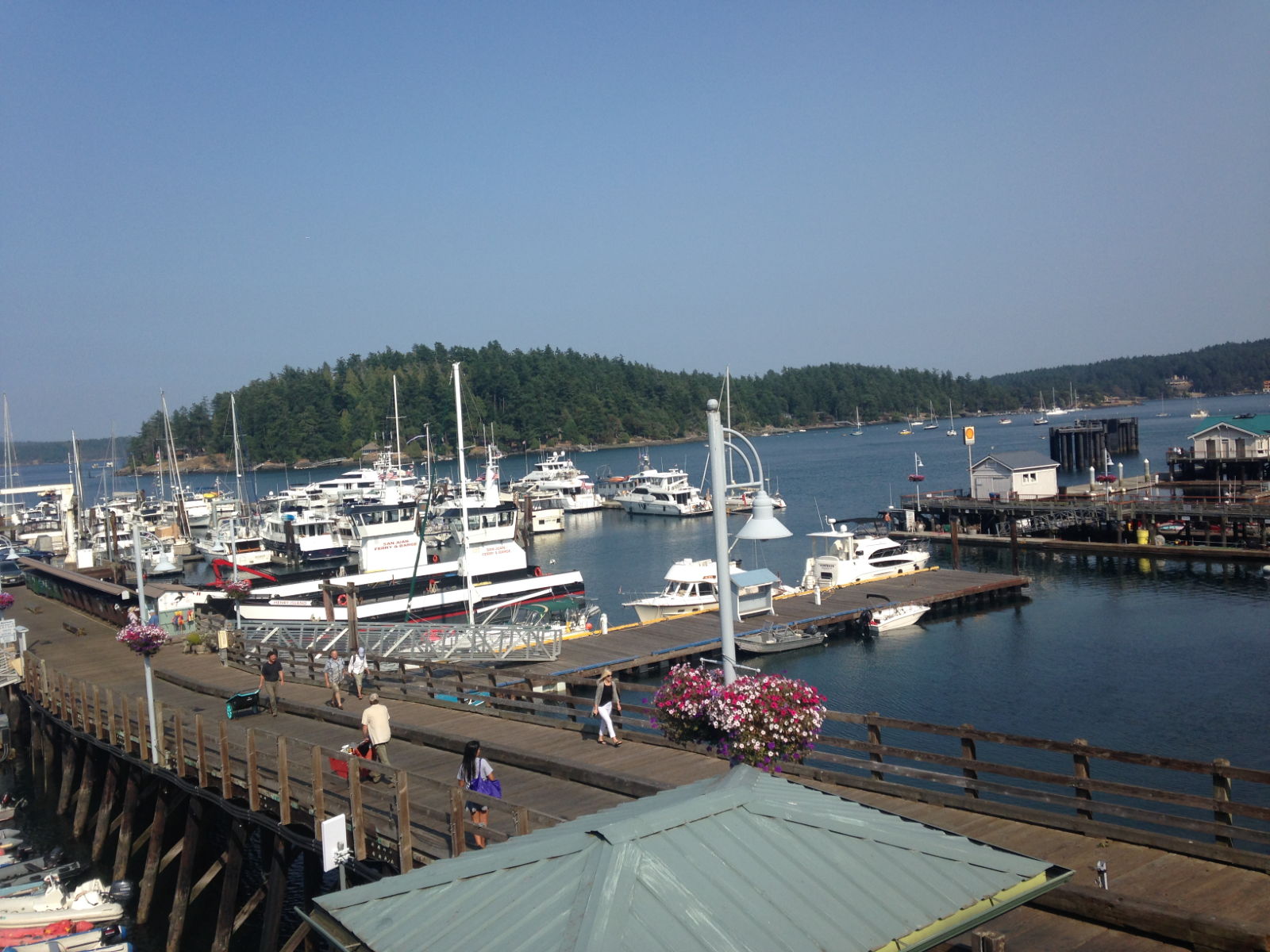
Naturally, the supermarket was of most interest to me, having used up all our fruit and veg to comply with entry regulations. It didn’t disappoint with its wide range of veggie products and unfamiliar but obviously popular food such as corn dogs, Twinkies, beef jerky and a staggering array of nut butters. Unfortunately it was just as, if not more, expensive as Canada had been. Some examples of basic products: a punnet of small tomatoes is £3.92; a loaf of bread is around £2.20-£4.50, a box of cereal is £4.00 and a bag of salad is around £3.50. Veggie and vegan products are even more expensive. I chose carefully. Pics below show examples of what are very high prices to me when compared with those in Asia and even in the UK, but as Paul says, the wages here are likely to be a lot higher. Luckily we have still got a lot of things we bought for the Pacific crossing which will help stretch the budget.
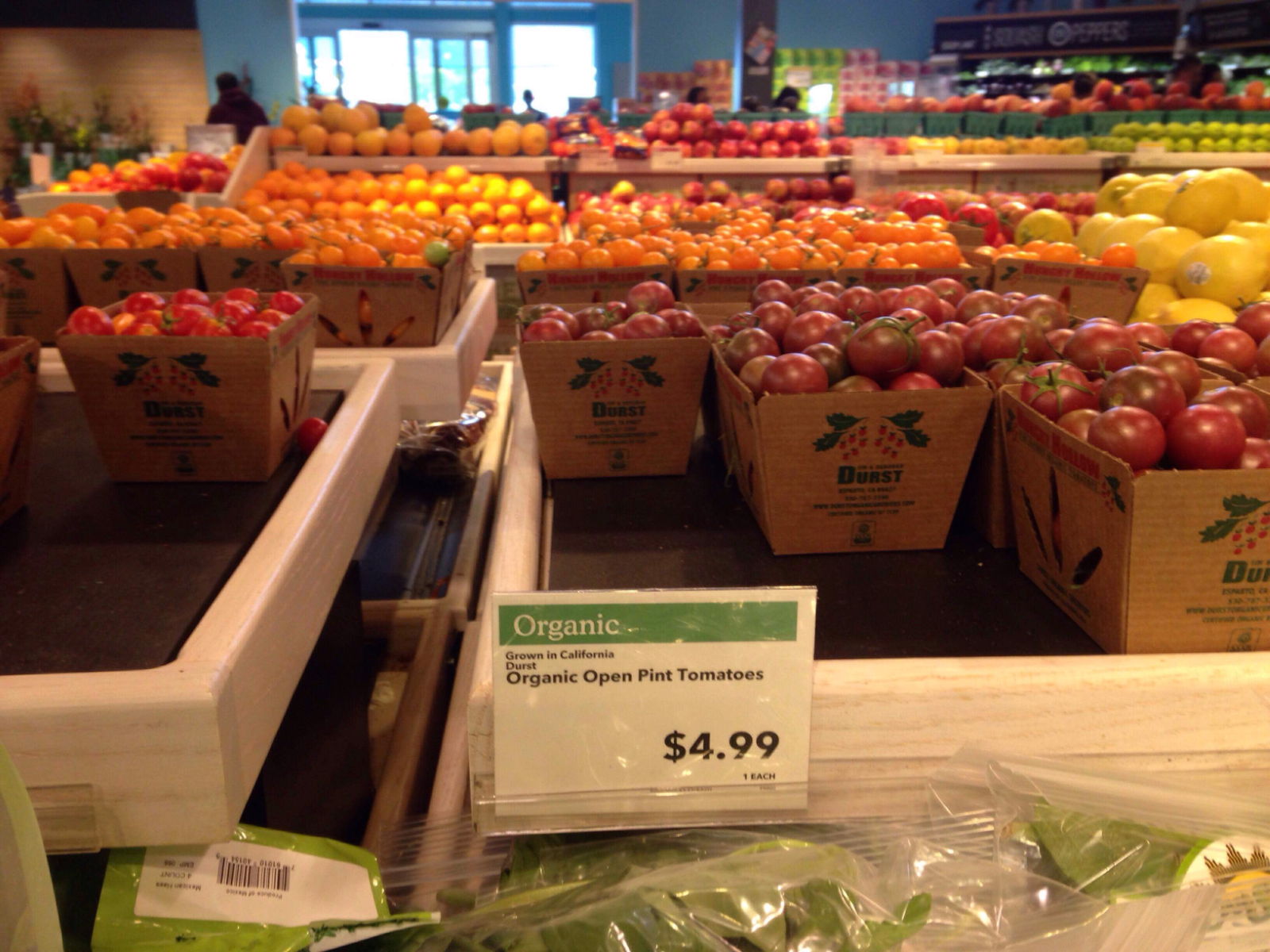
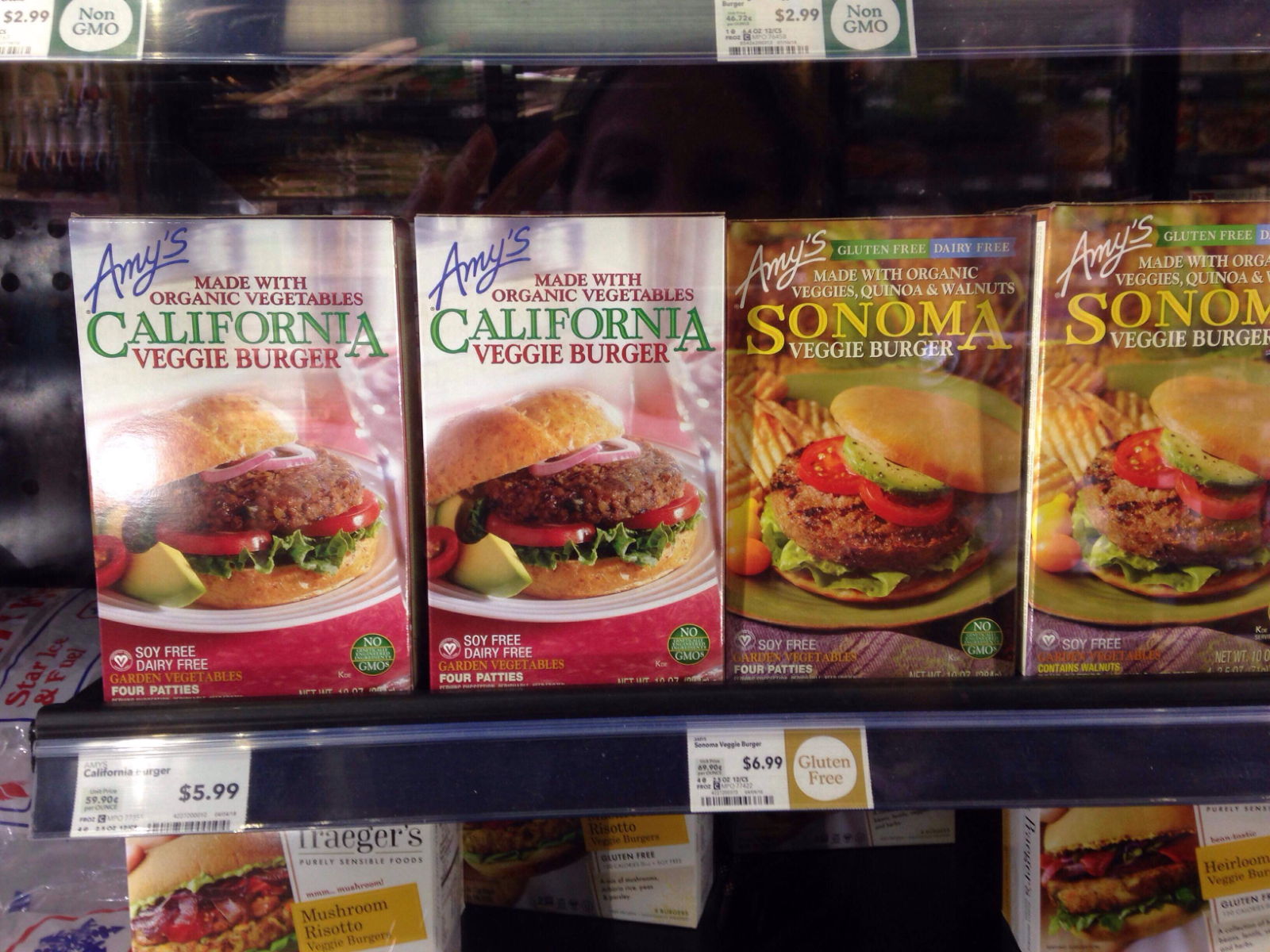

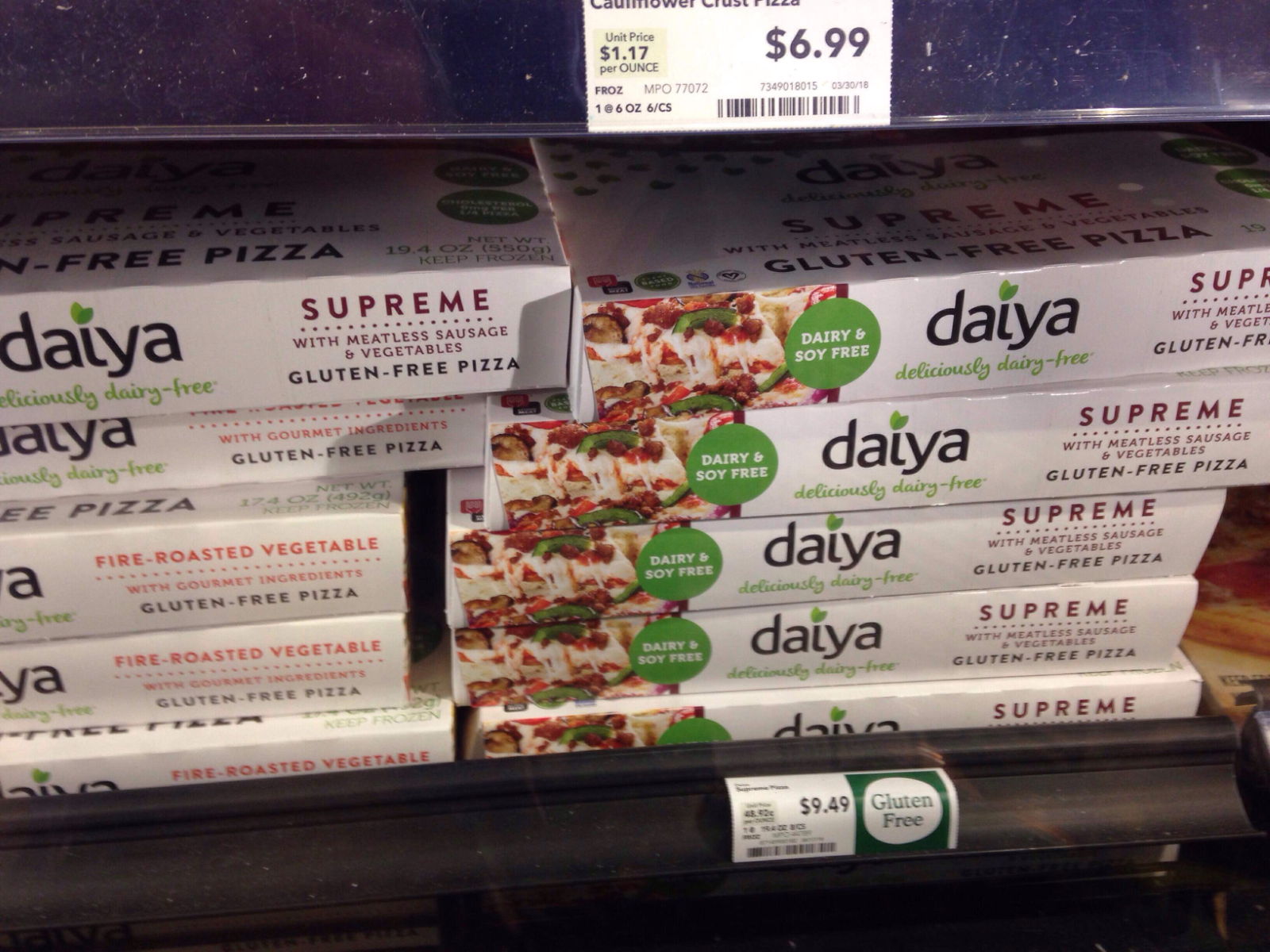
It was a very early start the following morning for our journey to Port Ludlow. The early morning air had us both donning our thermals with a welcome mug of hot coffee as we left Friday Harbor at 5 50 am. The sun had just risen over a mountain leaving the sky with a gorgeous pinky-orange hue and a grey seal popped its head out of the water just before we hit the open sea. I love mornings like that at sea. I saw my first ever submarine on the passage; a rather eerie, long grey-coloured tube just on the surface of the water, flanked on either side by military escorts. We assumed we were too close to it because a coastguard approached us on our port beam and warned us via a loudspeaker of its presence. We found out later that it’s normal practice for them to let all vessels in the vicinity know there’s a submarine nearby in that way.
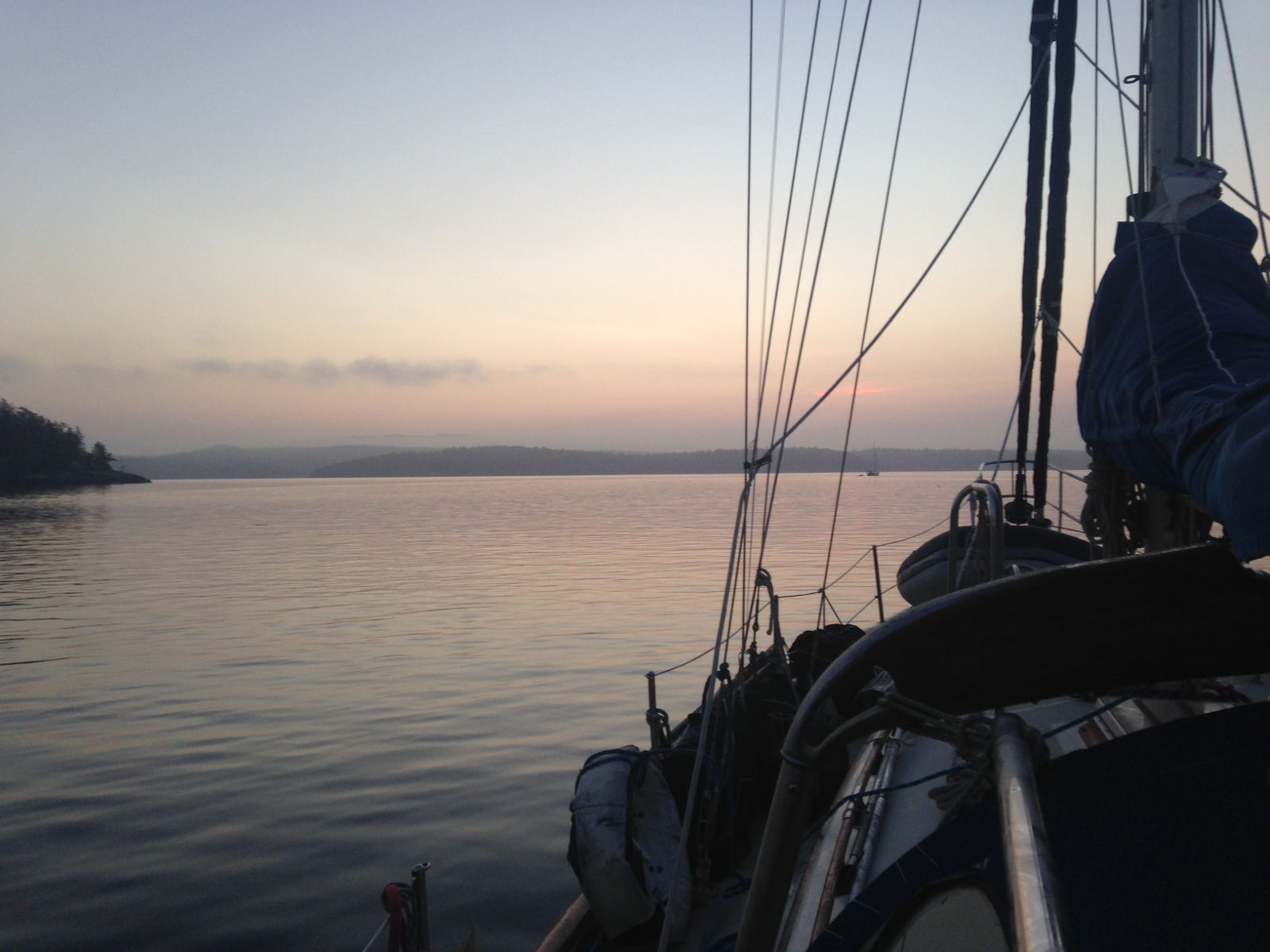
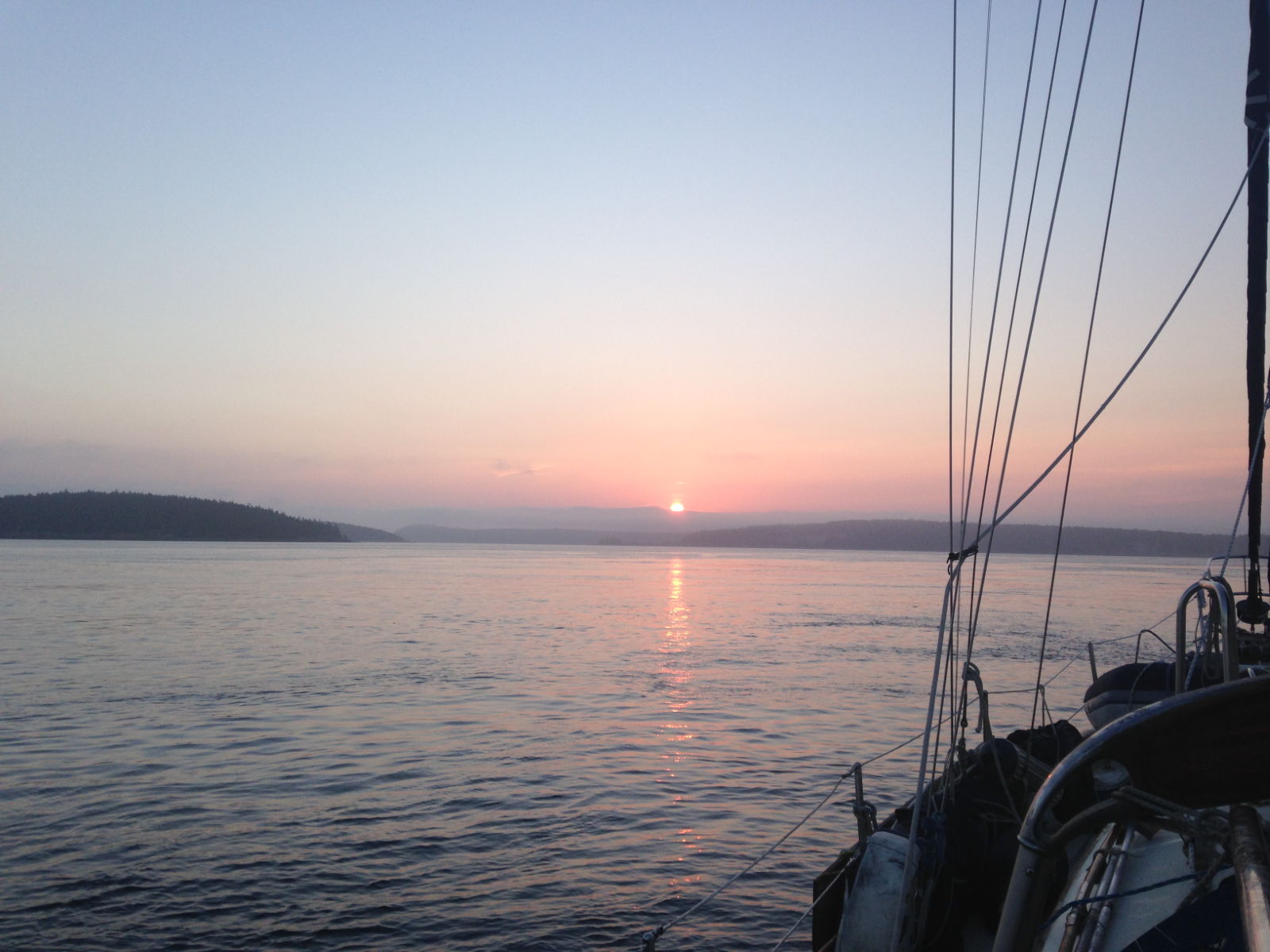
Port Ludlow is the venue each year for a rendezvous for owners of yachts designed by Bob Perry. It’s a chance to meet and chat with skippers and crew of the same or similar boats. The leaflet pictured below outlines its aims in a more humorous manner 🙂 Paul got talking to people immediately after arriving.
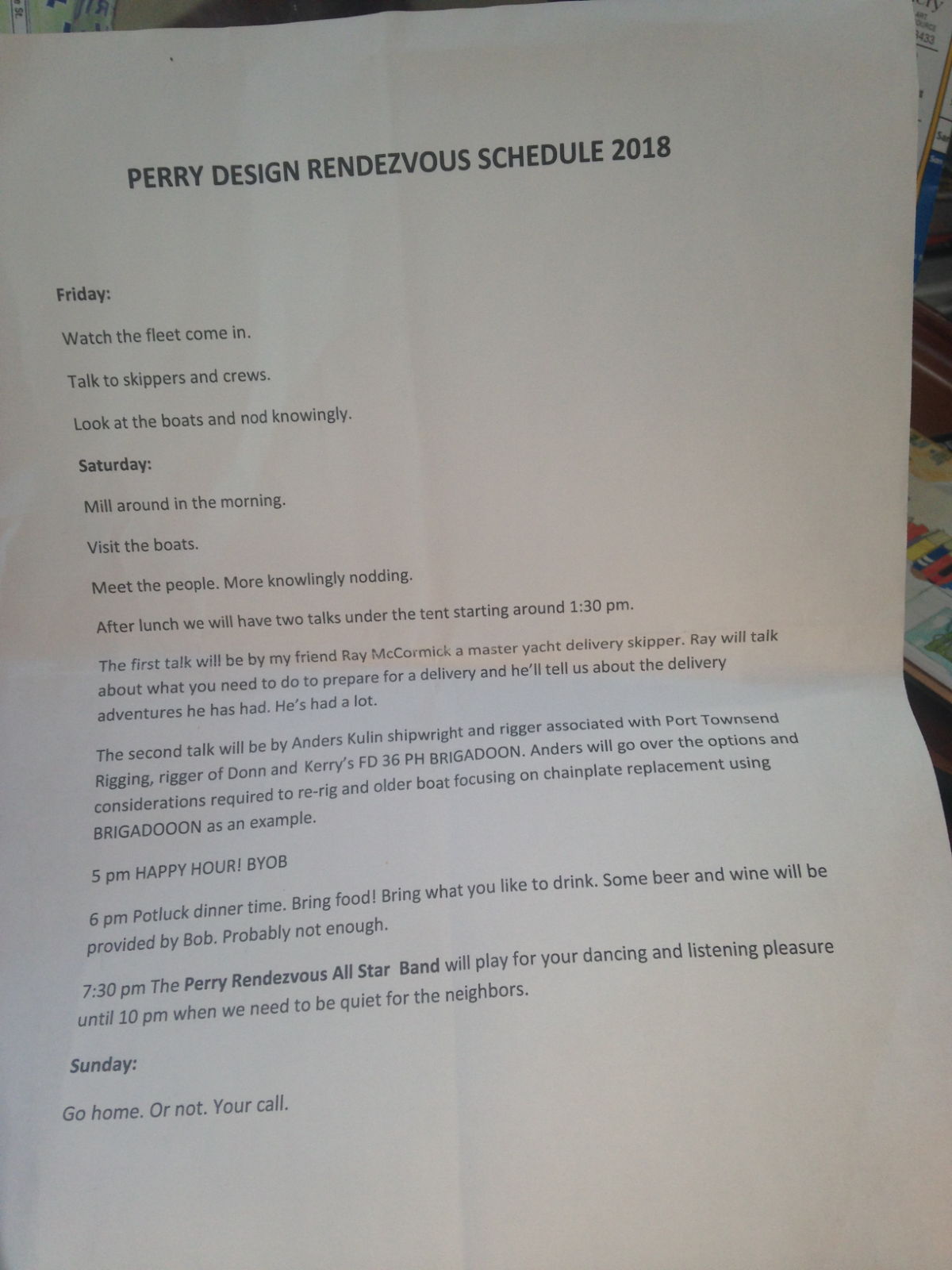
Port Ludlow Marina has 300 berths and we spotted several Baba and Tashiba designs on the pontoons. There was a small shop and a covered communal area with tables and benches for event hire, which was where the live music would be on Saturday night. We joined our pontoon neighbours, Larry and his friend Monica and another couple at the outdoor seating area for a few drinks that evening until the chilly evening breeze forced us all back inside.

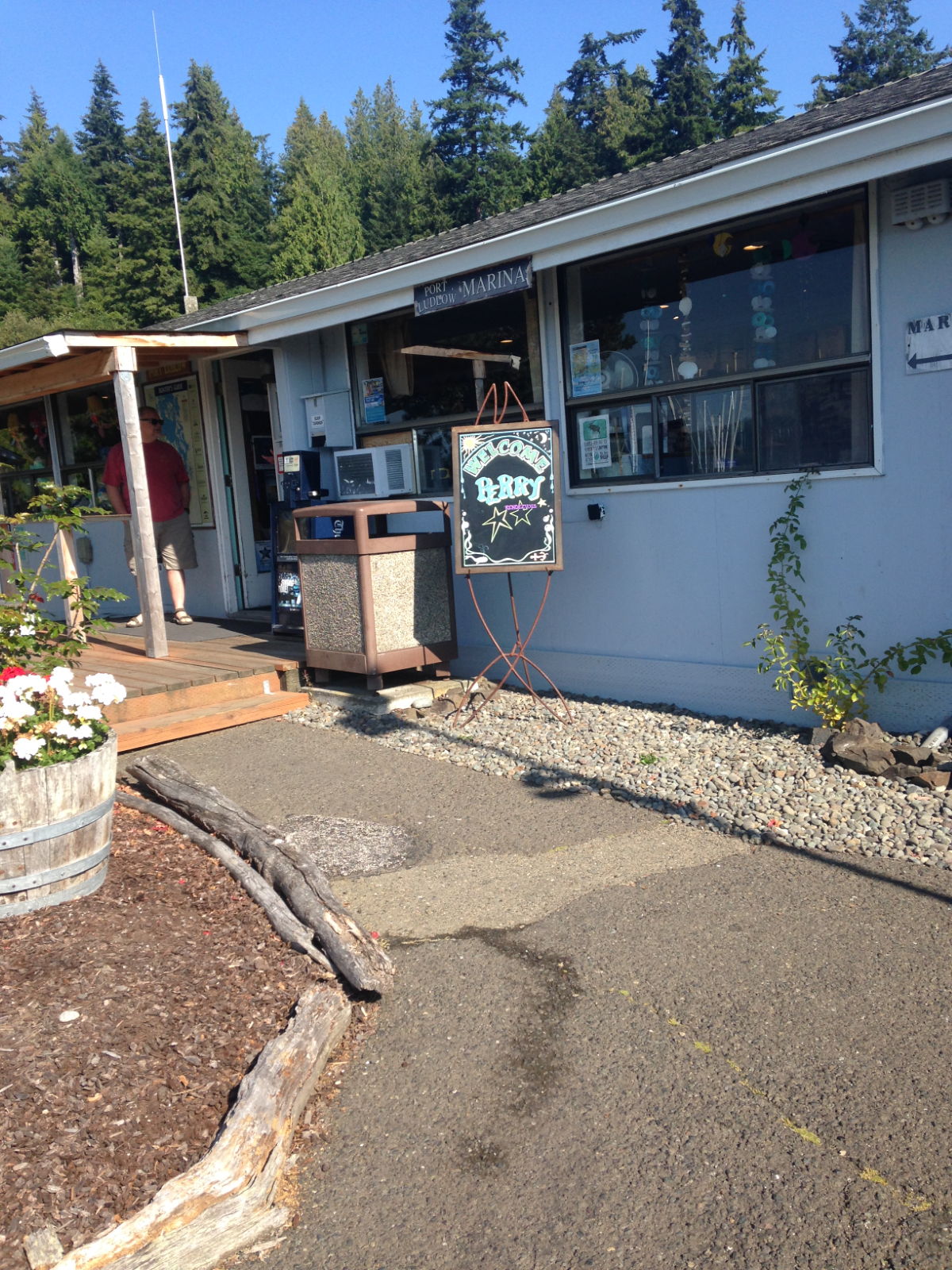
We went for a walk next morning along the main road to the tiny village about 30 minutes’ walk away. There was no obvious ‘sidewalk’, just a narrow lane adjoining the busy main road which was bordered on both sides by thick trees. It wasn’t the sort of walk you’d want to do in the dark. The village store was similar to petrol station convenience stores and predictably pricey. On the counter I noticed a collection box for donations to help pay the medical bills for cancer treatment of one the members of staff. It reminded me how tough it must be to receive such a diagnosis here when you can’t afford the health care.
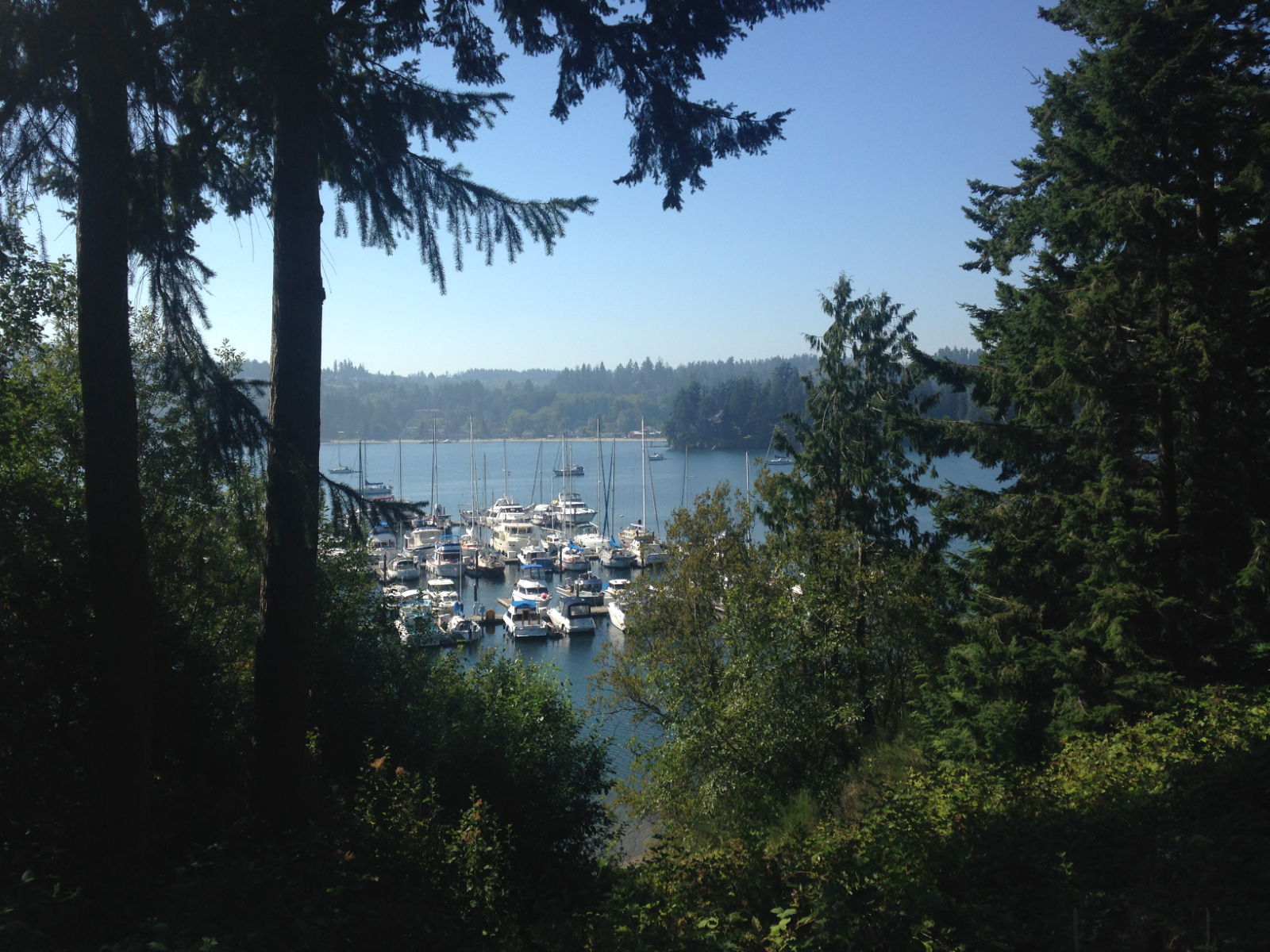
On Saturday afternoon we joined everyone in the tented area to listen to talks from the guest speakers. I had a great time looking at and fussing the several friendly dogs in attendance. I’ve noticed that lots of US skippers have one or more dogs as part of their crew.
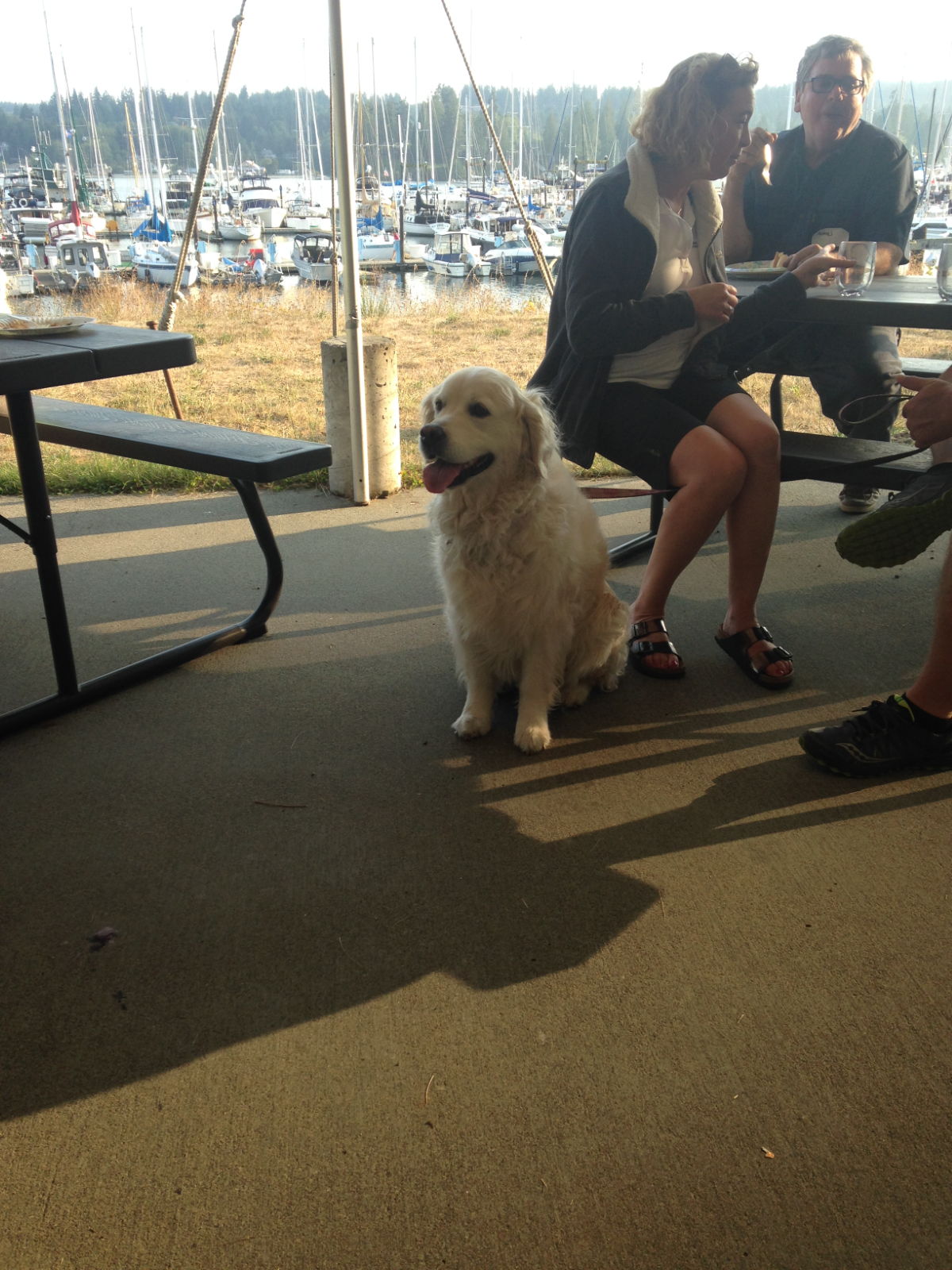
After the talks Paul had a chance to speak to Bob Perry and a few other guys he knew from his online Baba boat group and some of them came on board to have a look around and a chat. Later, we joined Larry and Monica on ‘Gone With the Wind’ (its fenders were labelled ‘Tara’), Larry’s beautifully fitted out Baba 35, for more drinks and chat.
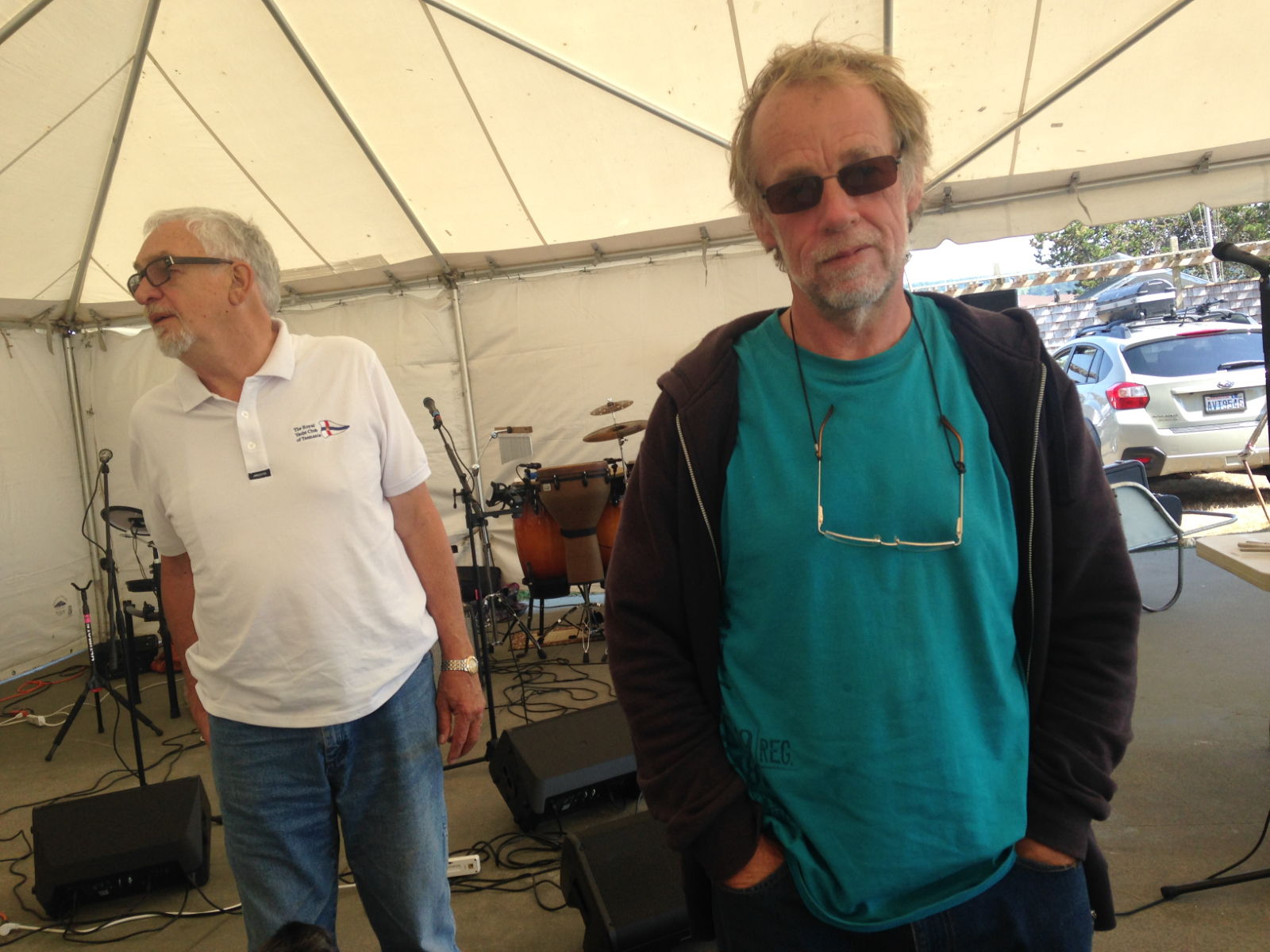
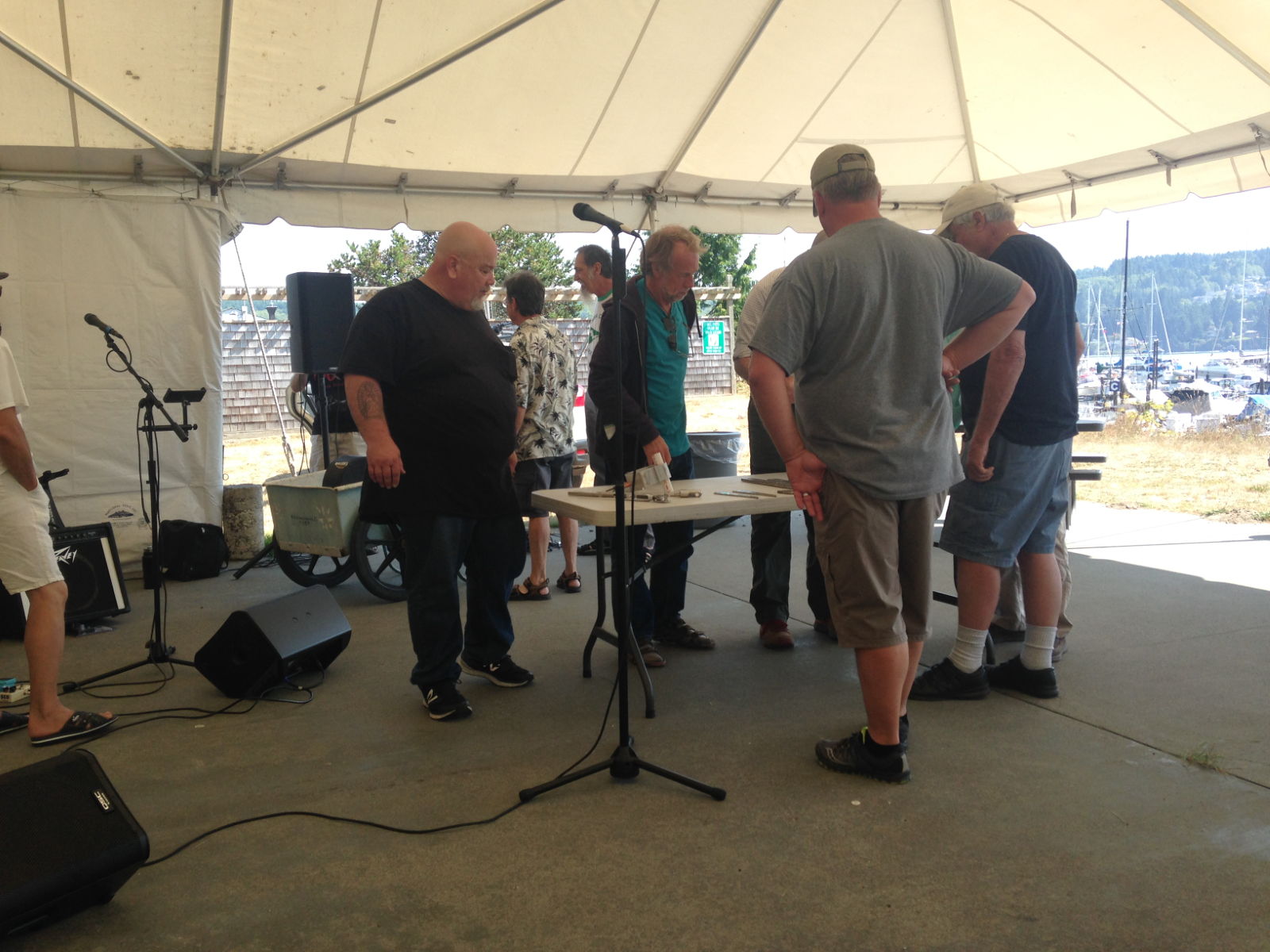
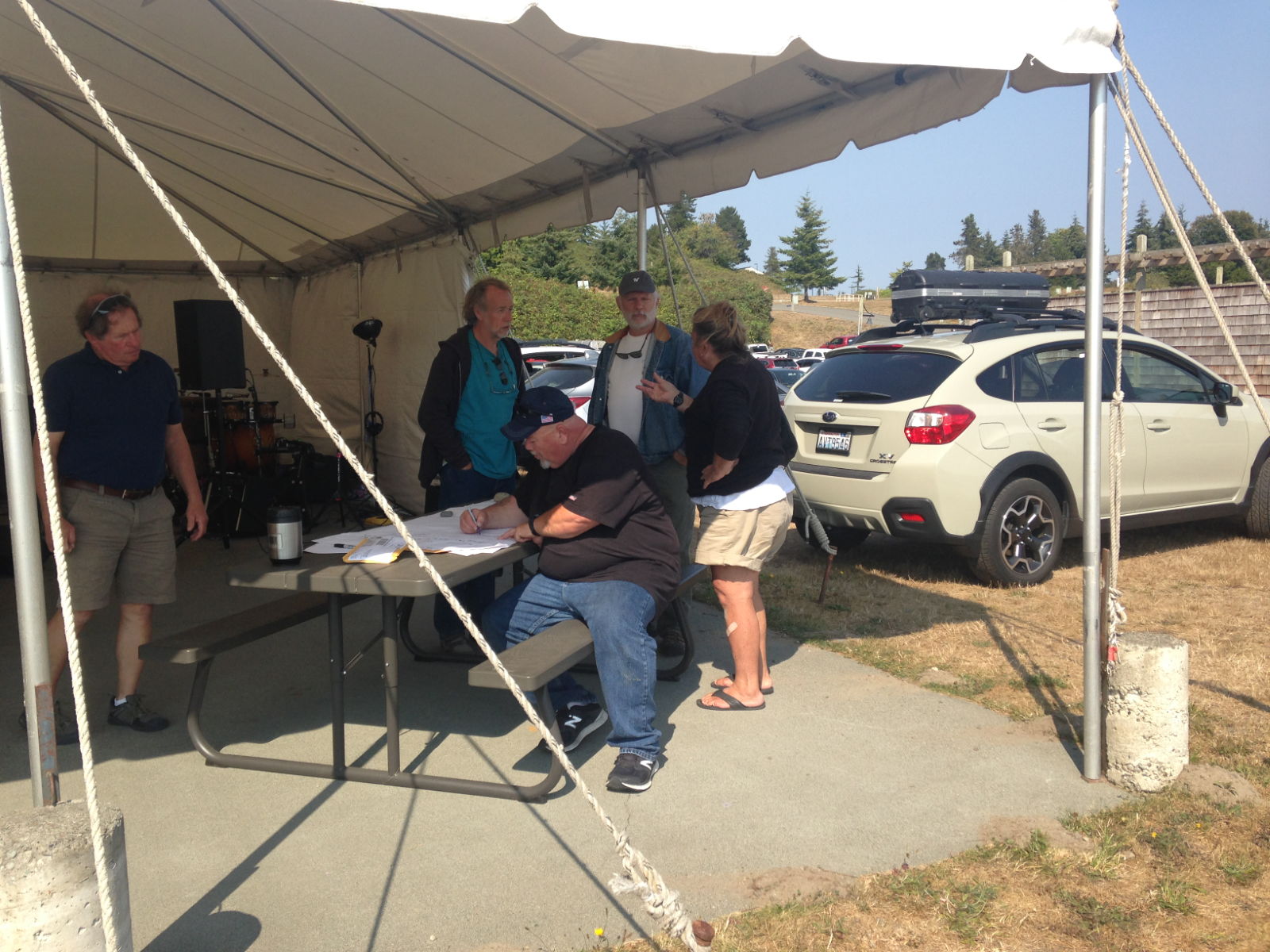
All of this was very nice but I was looking forward to hearing some live music. Bob Perry is part of a six man band called ‘The Perry Rendezvous All Star Band’. Given their ages I knew the sort of music they would play was likely to be the kind I love and I wasn’t wrong. We’d all taken food contributions to the buffet, which was fabulous and plentiful, with drinks laid on for us to help ourselves. It was an extremely enjoyable evening – we didn’t dance, but we tapped our feet and sang along to some great rock, folk and country songs (or maybe that was just me – :-).


Quite a few boats had left by Sunday afternoon. We would be staying an extra day so went to have a look at the totem pole that had been erected in recognition of Native American art and culture overlooking the bay on Burner Point, and took a few pictures up there. A plaque informed us that the imposing 40-foot pole was created from a 720-year-old red cedar tree and the carved figures on it represent the history of Port Ludlow. Later that afternoon we had a visit from Karl, the solo sailor we’d met in Port Hardy. He told us about his trip along the west coast of Vancouver Island which sounded glorious, especially as he’d been lucky enough to see black bears on the way! I’m still hoping to see one before we return to the UK in October.


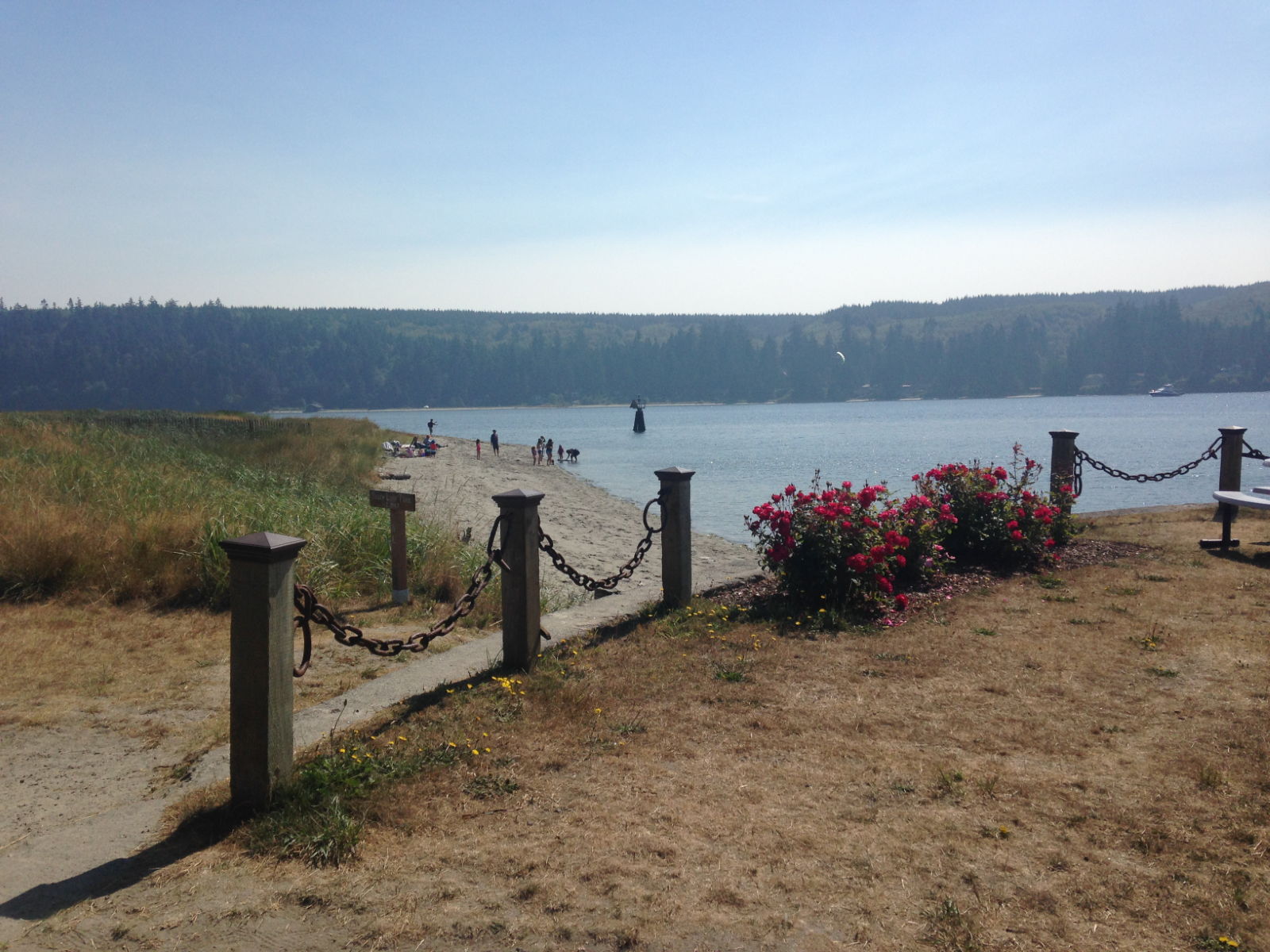


Our first stop in Seattle the following day was Shilshole Marina, a huge place near the Ballard district. The row of pontoons seemed to stretch for miles, and almost all of them were full.
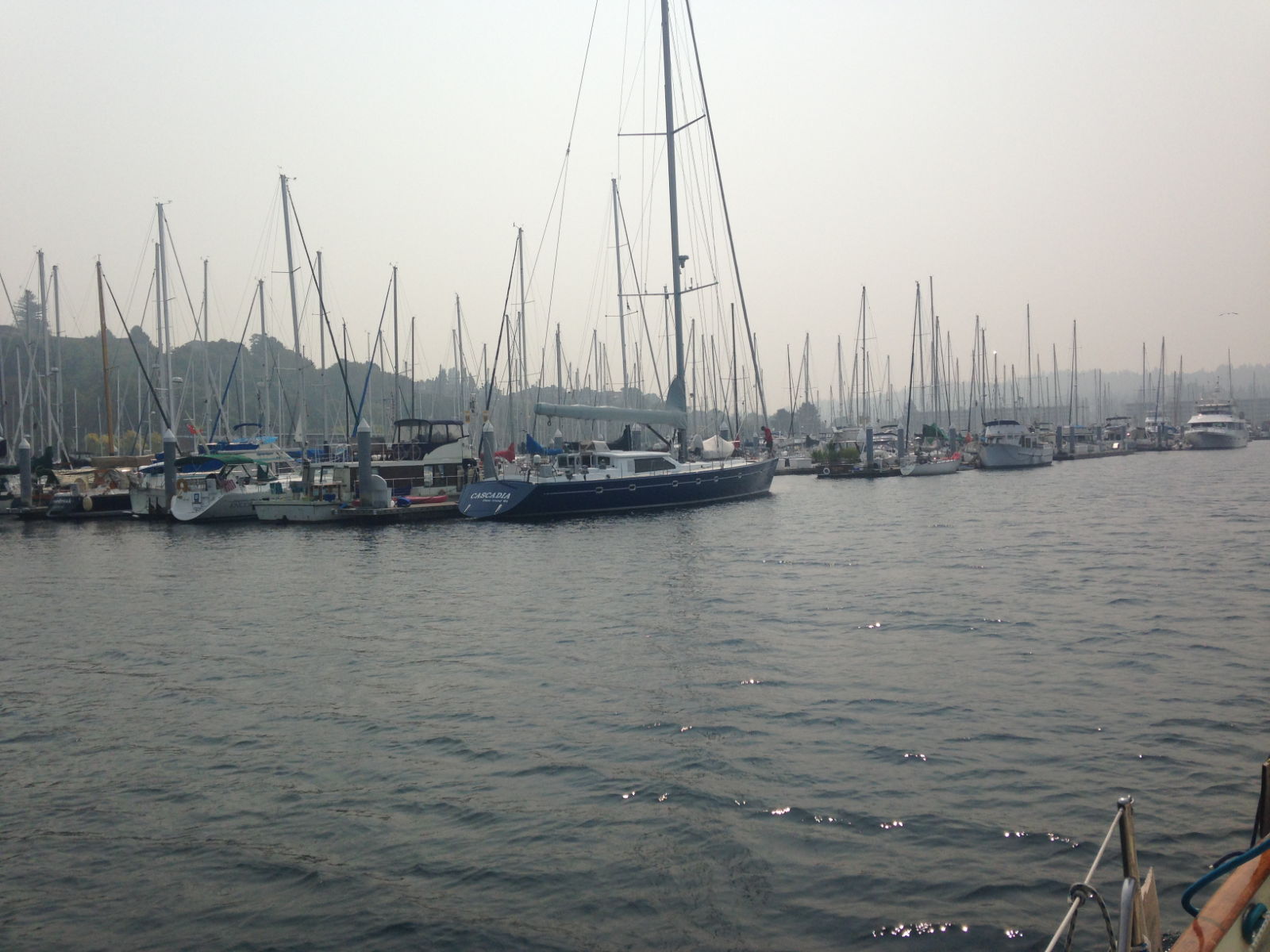
After checking in we set off to check out Ballard. It was about a thirty minute walk from the marina but on the way we stopped at Ballard Locks, the passageway between Puget Sound and the docks in Lakes Washington and Union, which forms a barrier between fresh and salt water. Close by is the place where the salmon can be observed on the fish ladder. We spent quite a lot of time in both these places, just watching the action. Locks have always fascinated me with their intricate machinery and construction. I did feel for the woman in charge of the lines on the boat we all stood watching from above as the lock staff issued commands to her and the captain. She must have been hoping nothing would go wrong being under such public scrutiny.
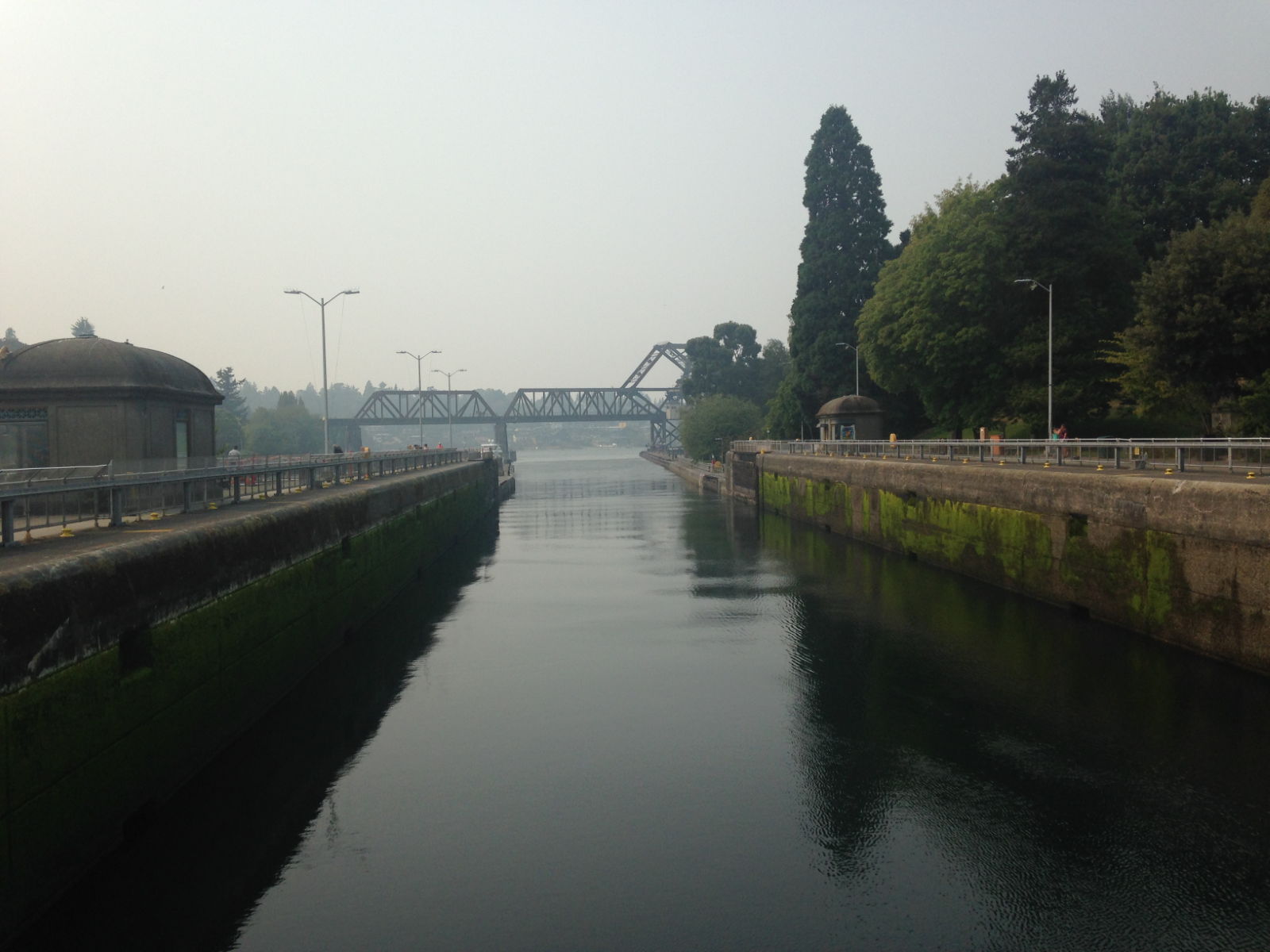
I found it a bit distressing watching the salmon attempt the seemingly impossible task of ascending the stone steps to return to the freshwater area where they had been born. The current was so strong and they had to extend so much effort to leap up onto the next rung, it looked certain they would be flushed back down by the current. We kept losing sight of the one we were watching and it made me breathless just looking at them so I left Paul to it while I looked out for seals in the bay.
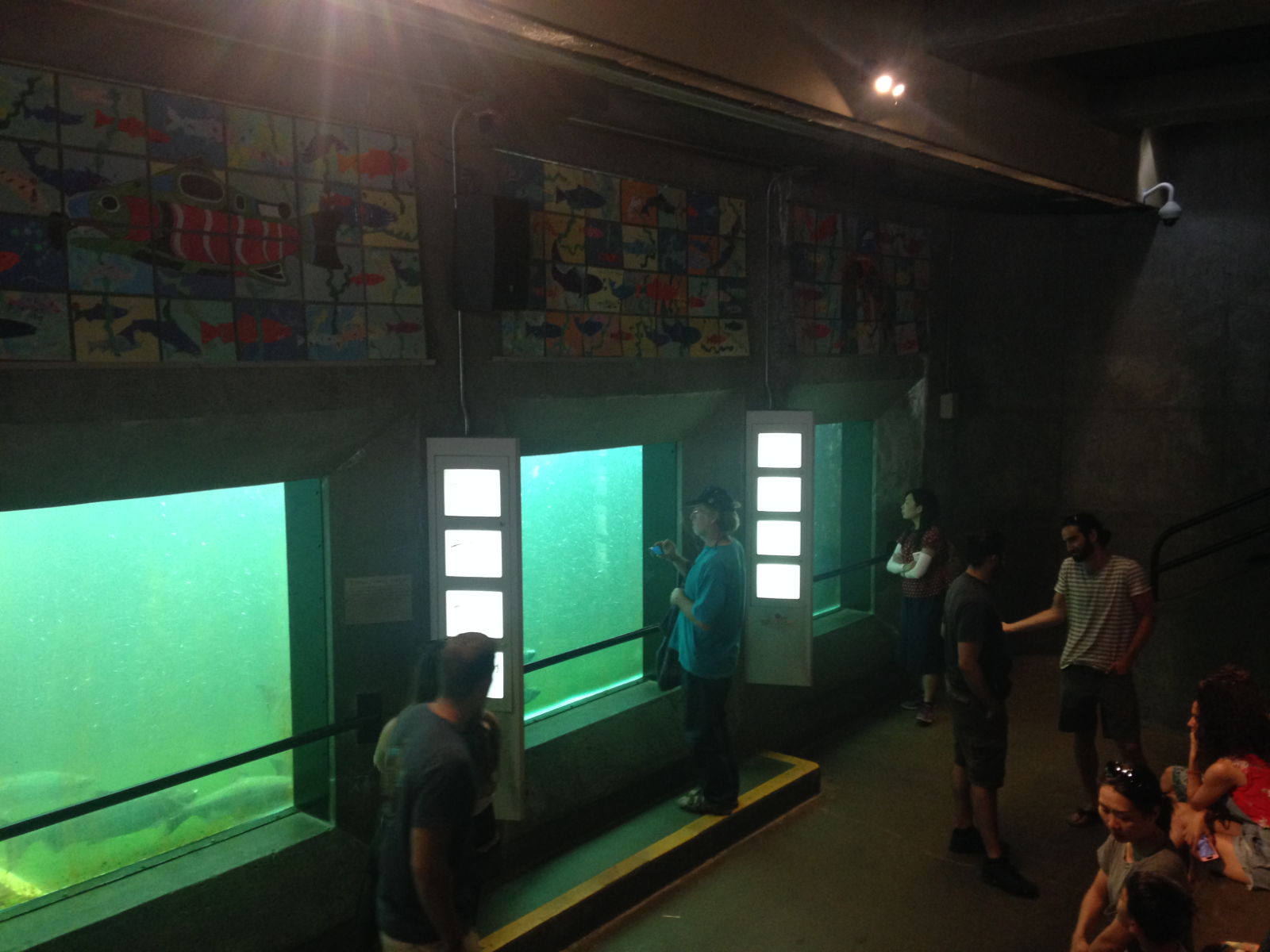
Ballard has a distinct ‘new-age’ feel to it. It reminded me of places in Brighton and Hove in parts, with its lively bars and cafes and ethnic gift shops. It’s an old district, the waterfront established in the late 19th century by Scandinavian loggers and fishermen. Their heritage and culture is celebrated in a Nordic Museum which had closed by the time we walked past it at 4 30. Our main mission was to obtain a data plan for our phones, and once this was done we took a slow walk back, taking in a pub on the way – the first ‘pub’ I’d been in for a very long time and it happened to be happy hour so that was even better.

Our stay in Seattle would be a welcome break where we could be tourists for a couple of weeks and my plan was to research some of the attractions the city has to offer. I wondered if we would be brave enough (or more realistically, rich enough) to have a trip up the city’s iconic Space Needle. This is 605 feet high with a revolving glass floor on the top and a lift that shoots you up there in 43 seconds. There is a lot to see and in the next few weeks we aimed to see as much as we could.

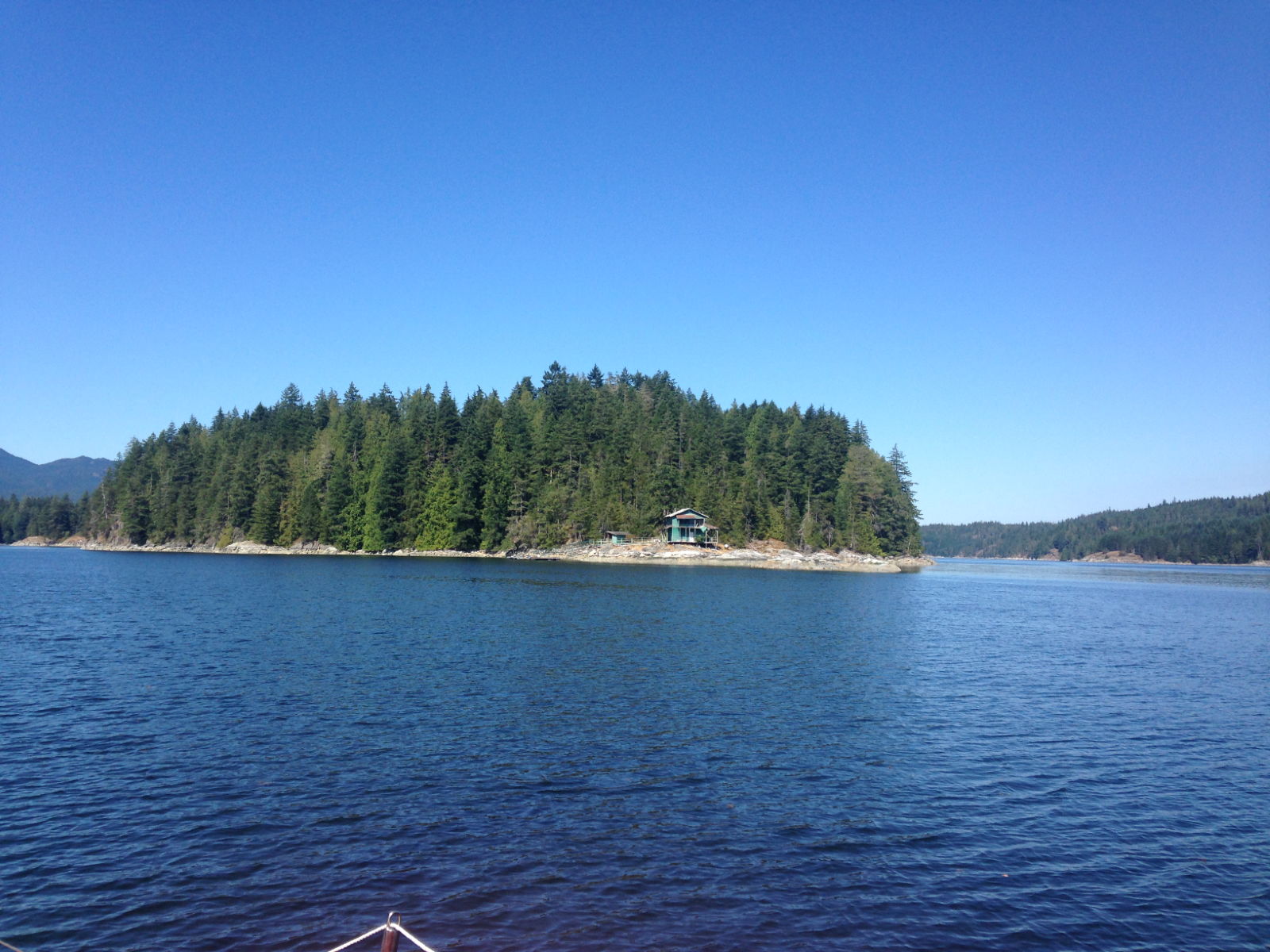
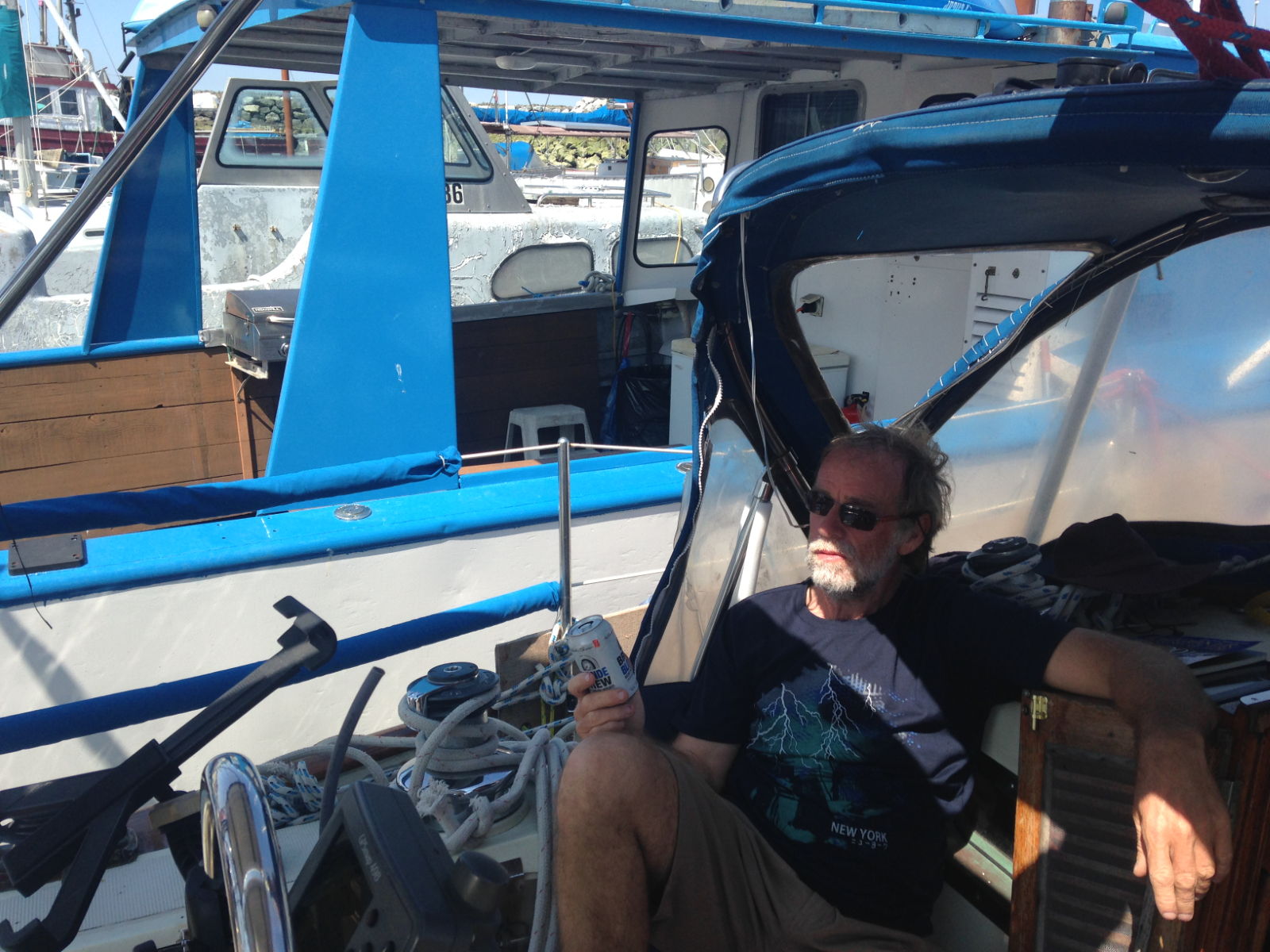
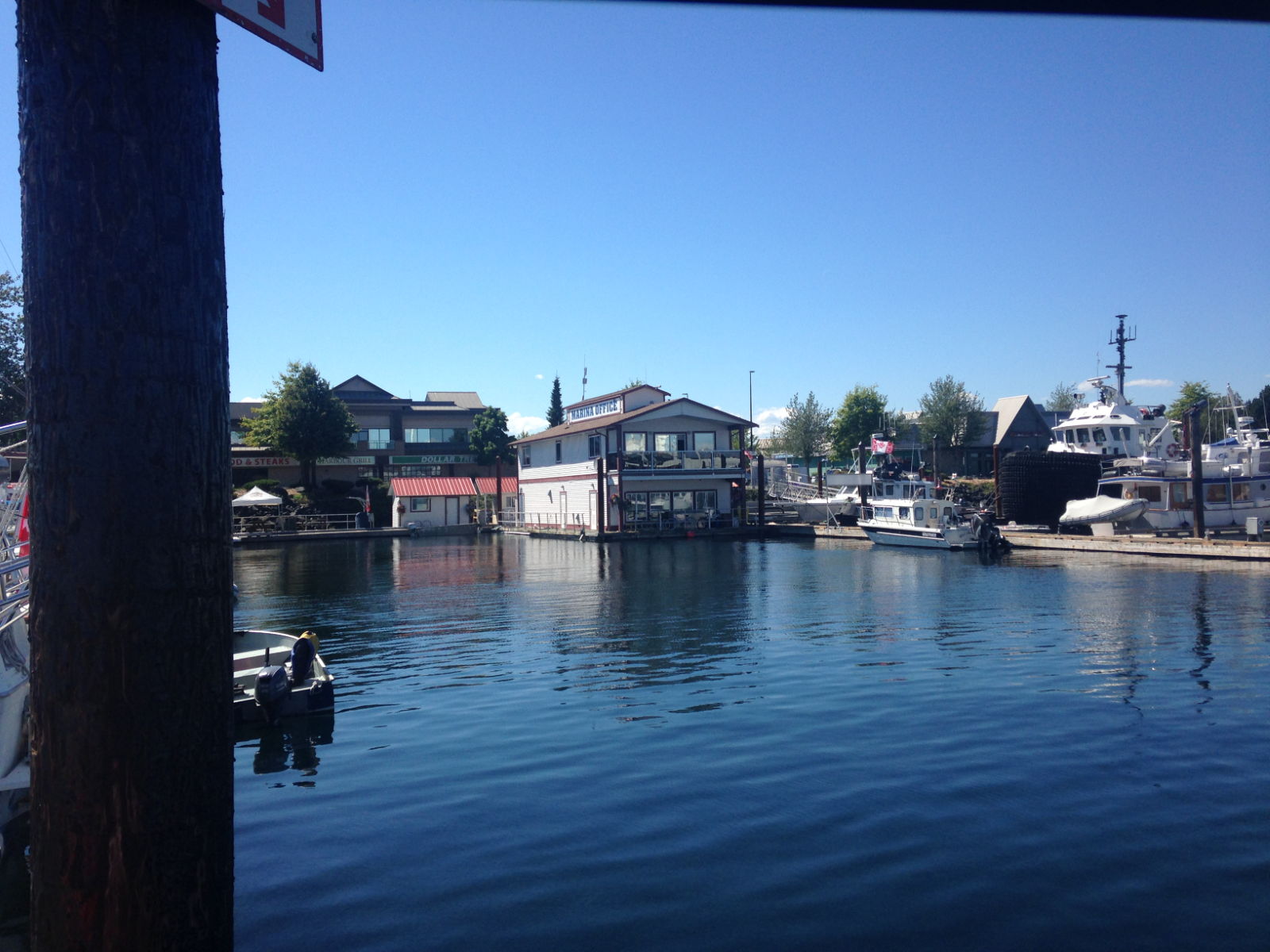
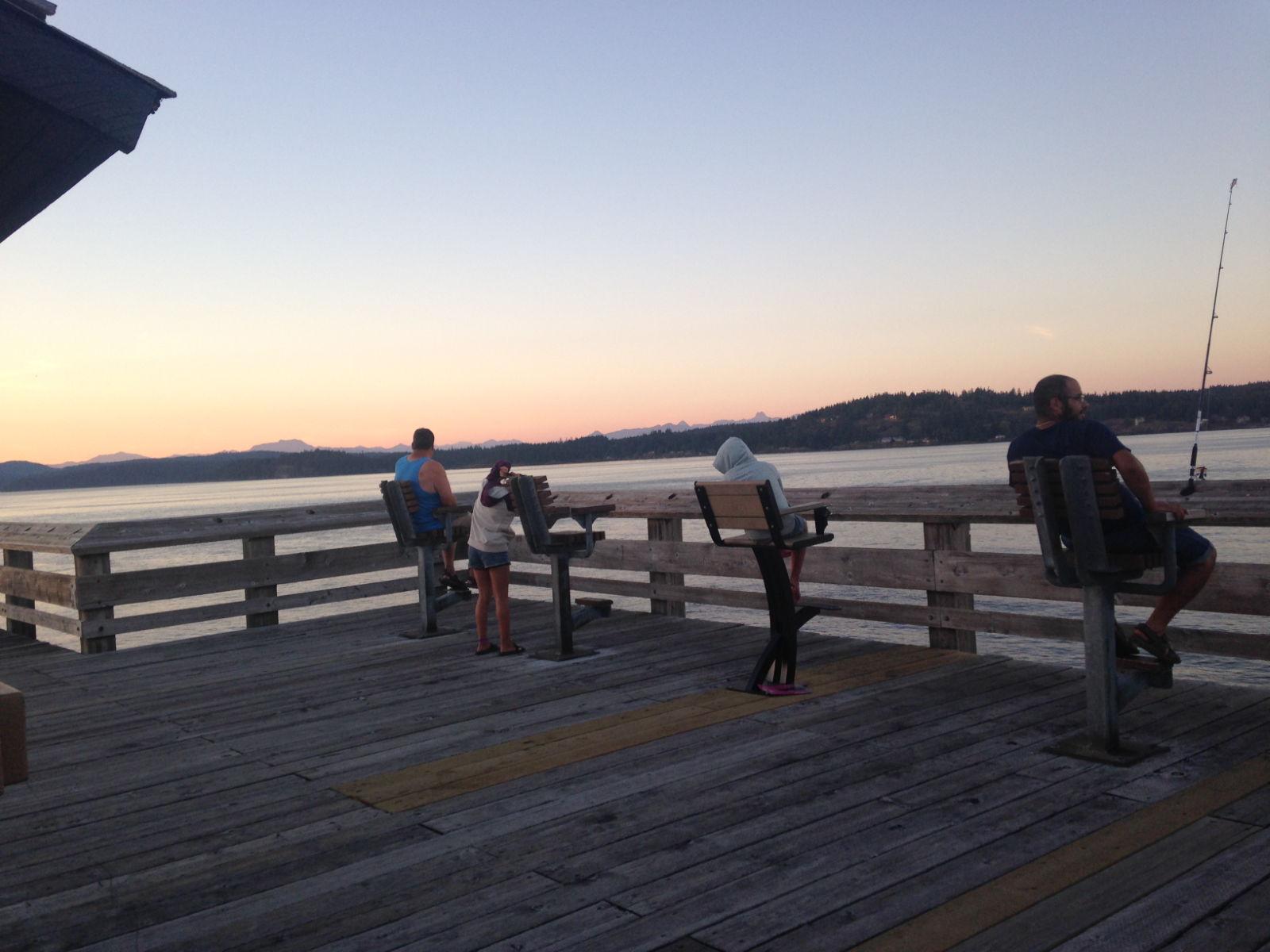
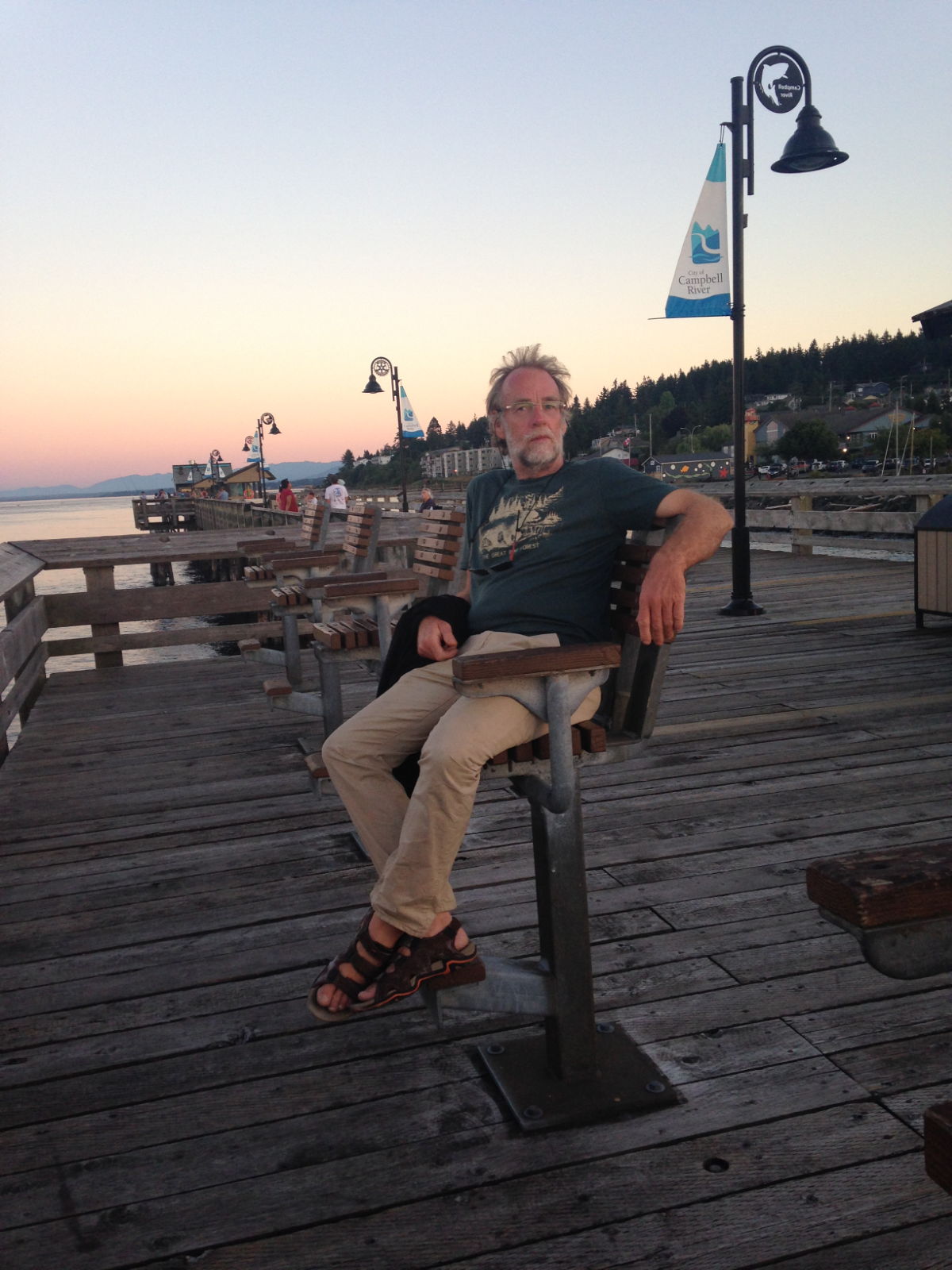
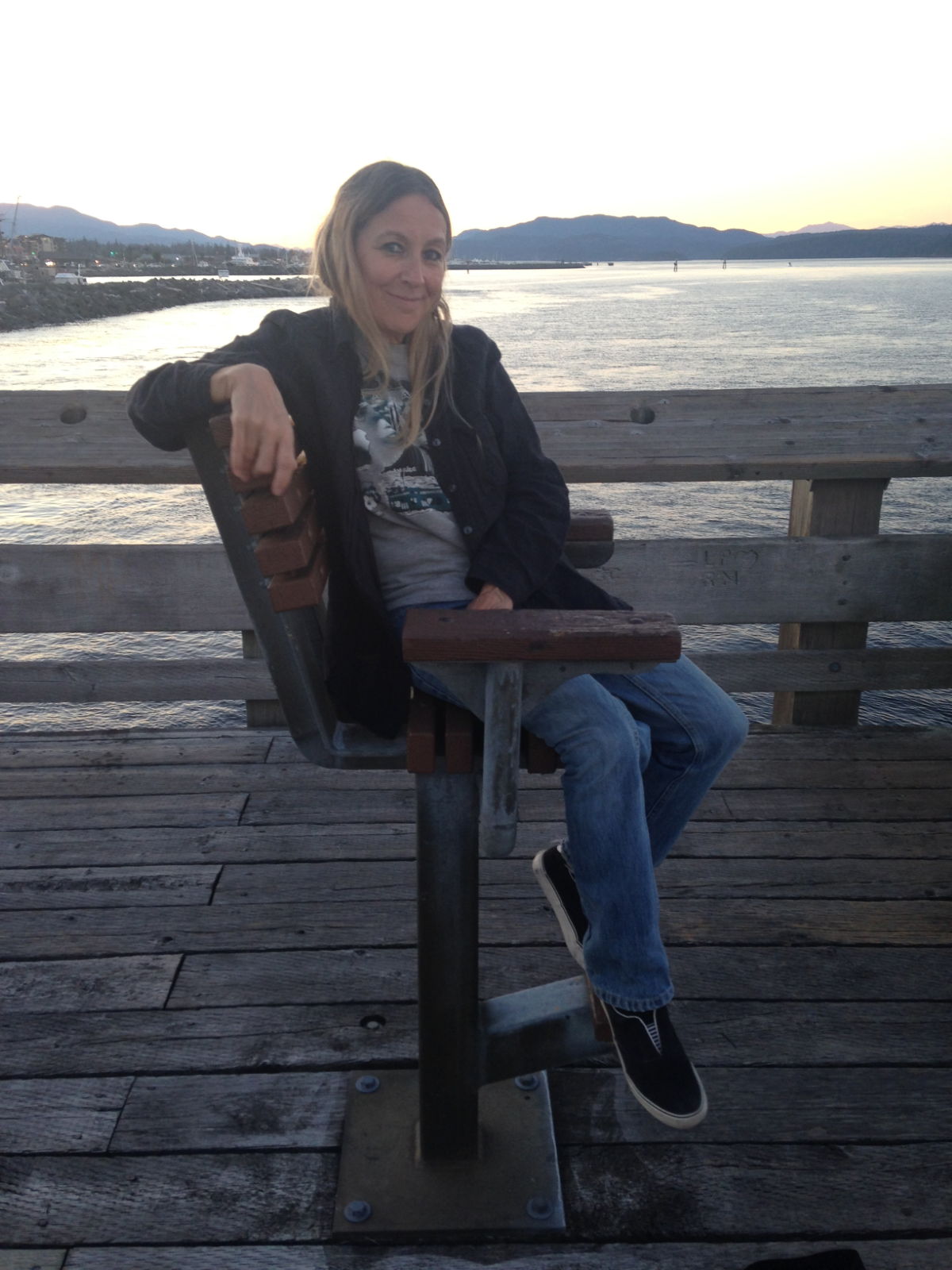
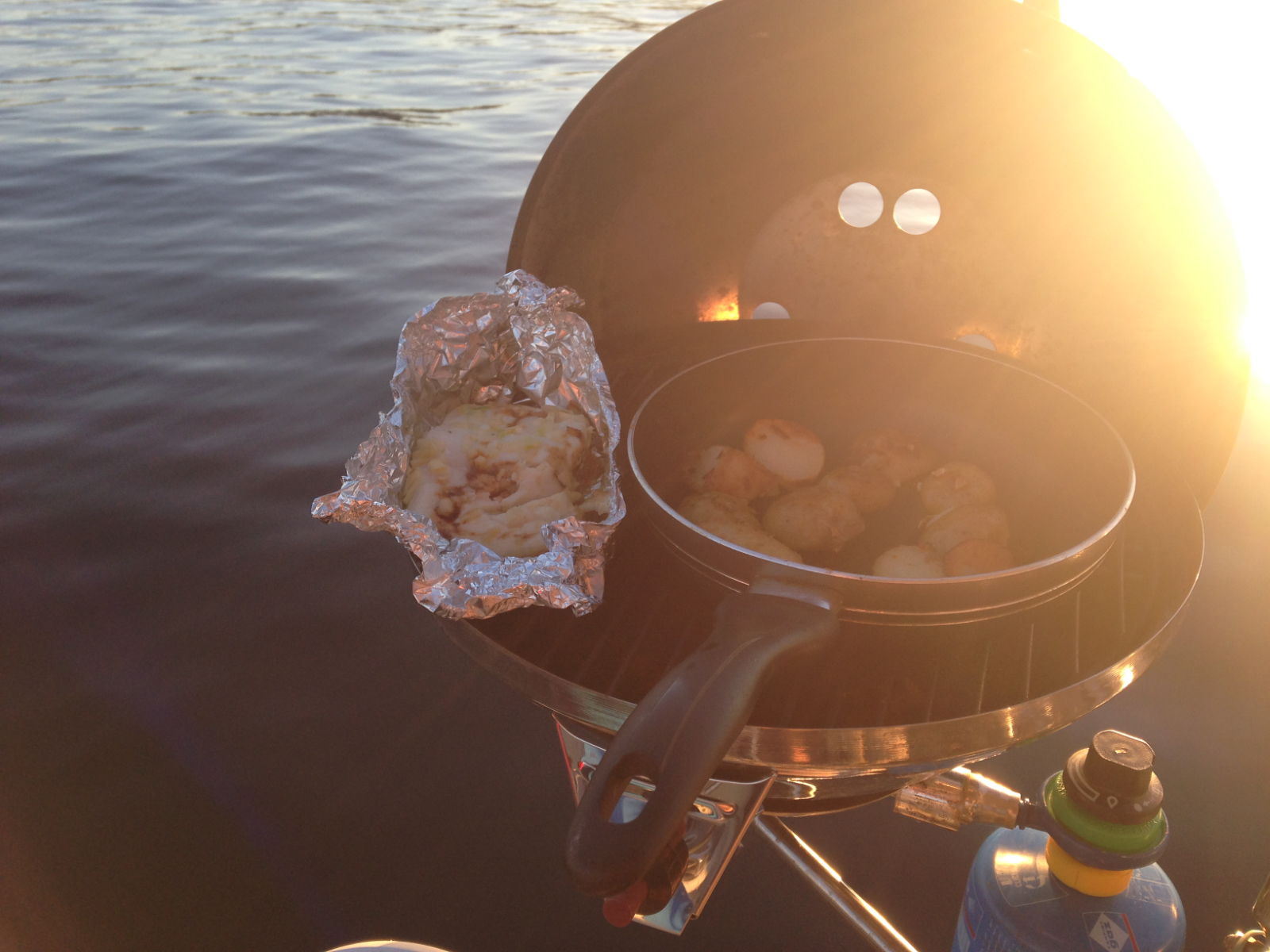

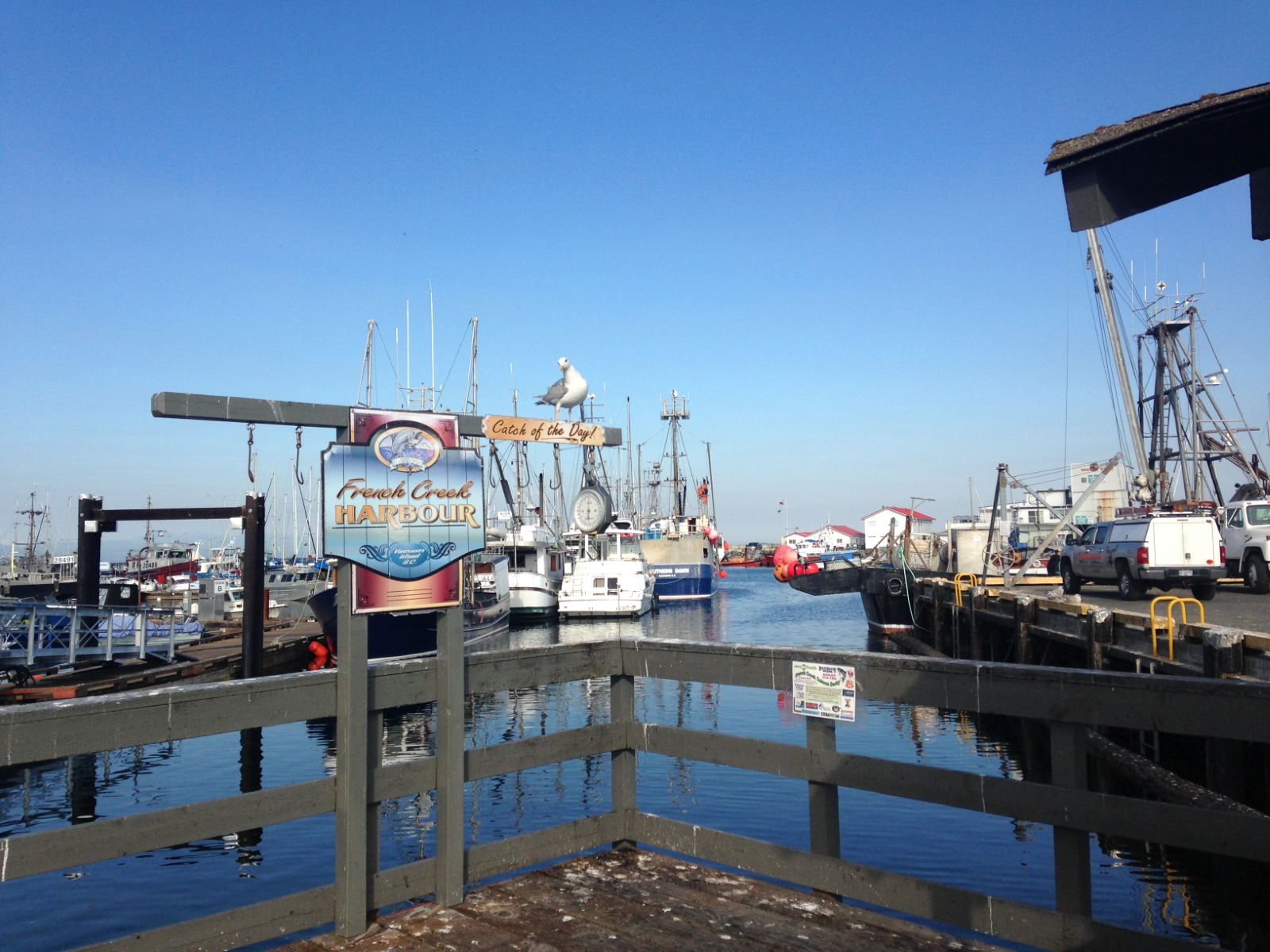

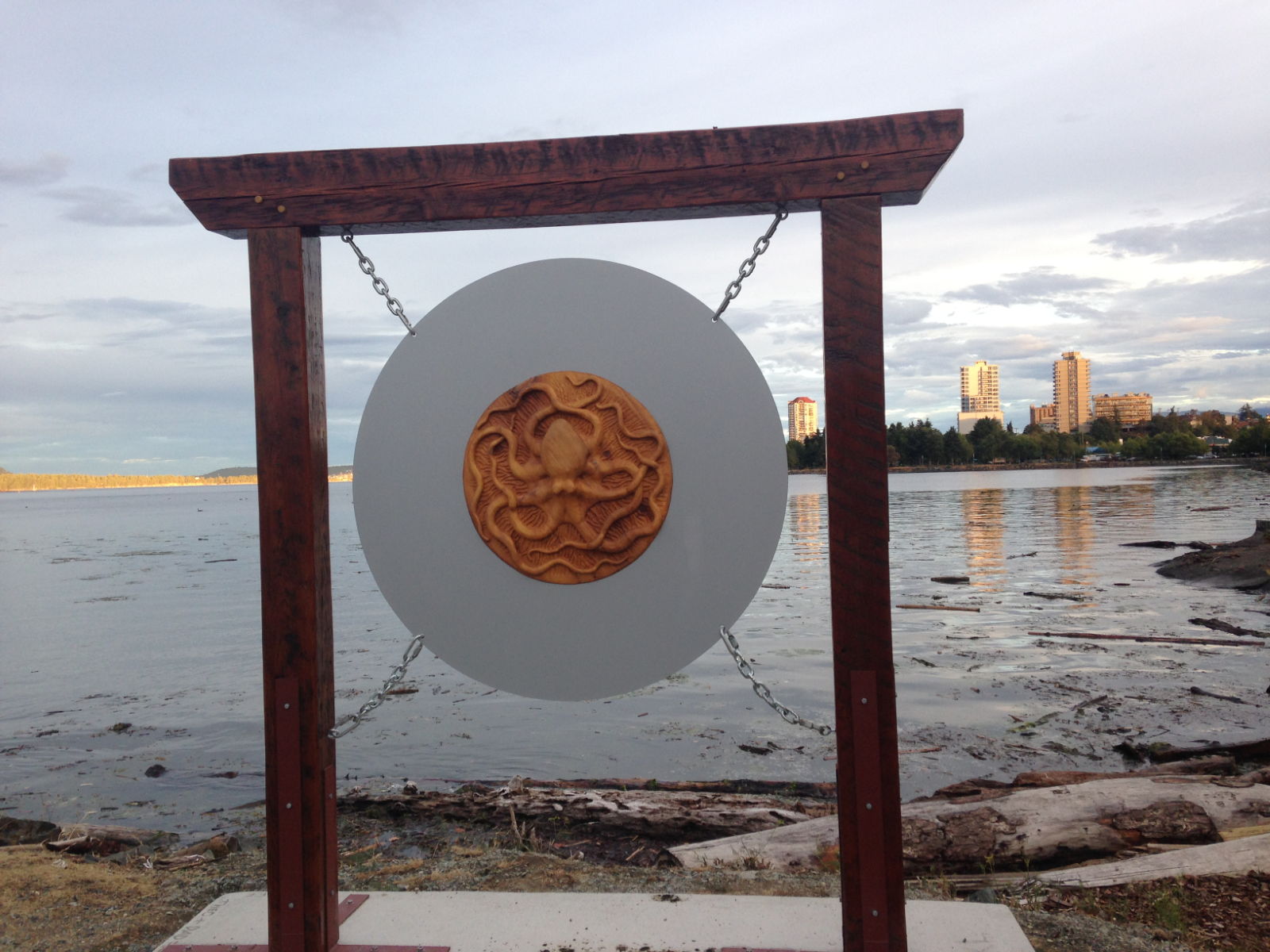

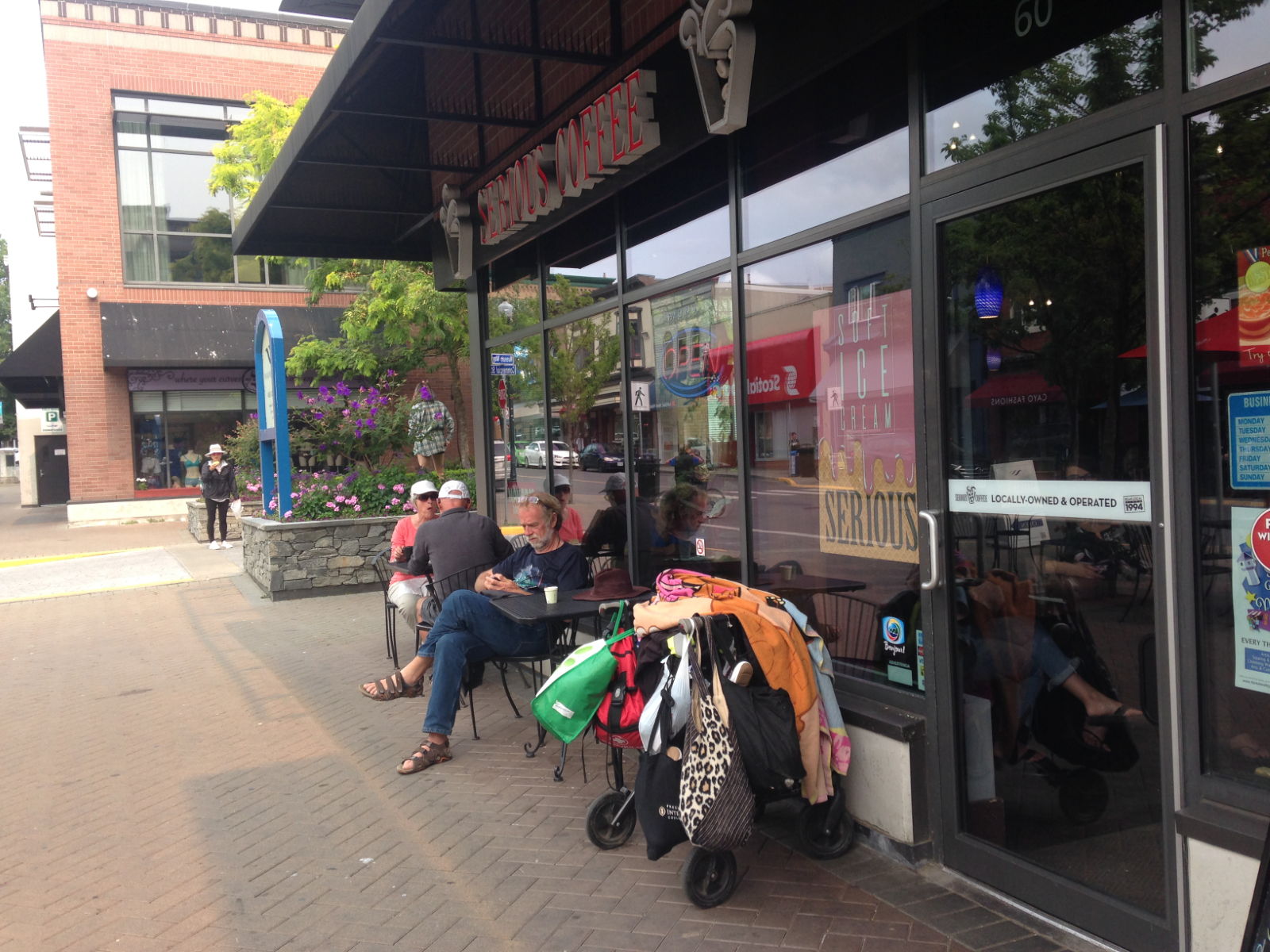
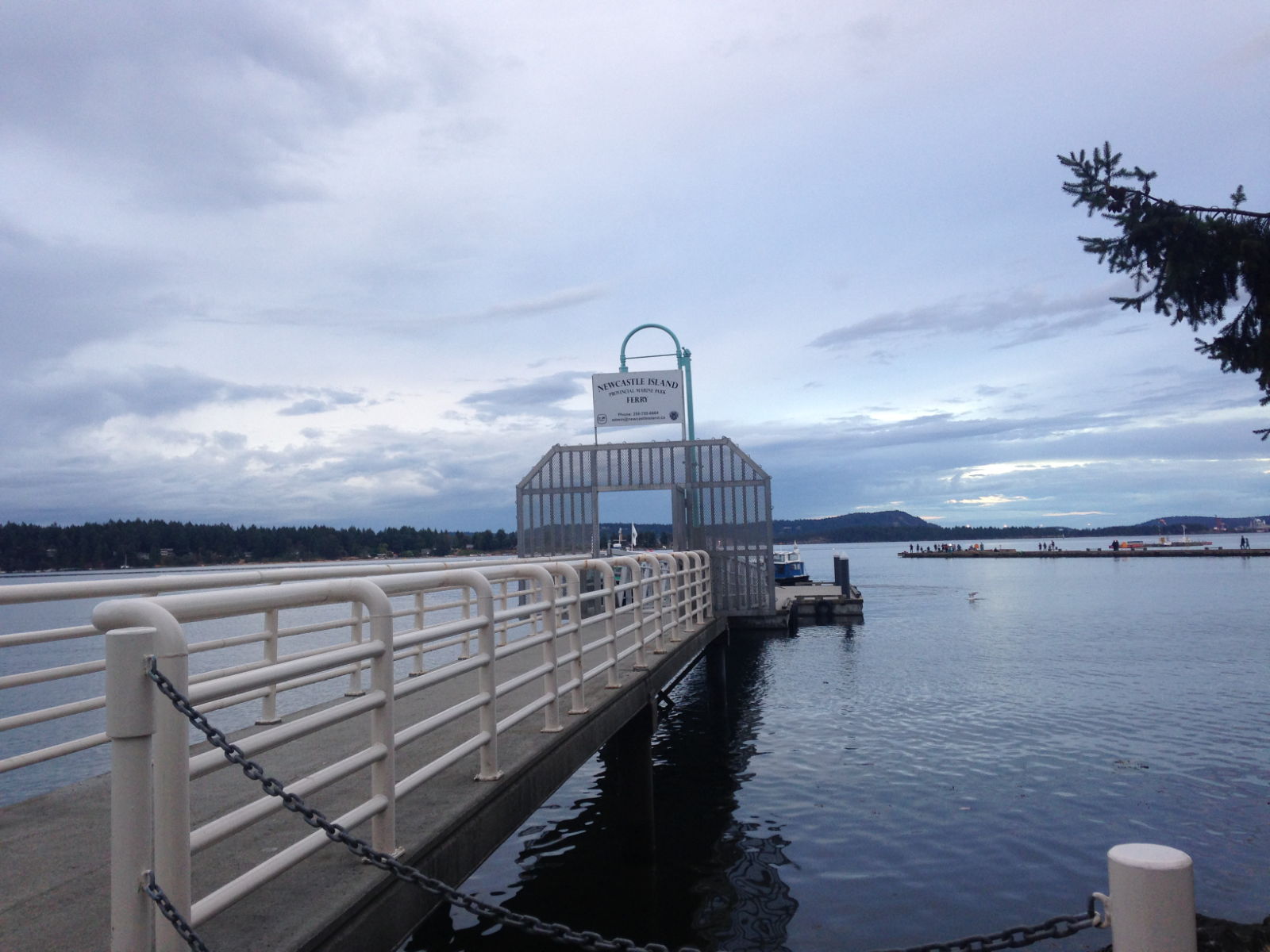
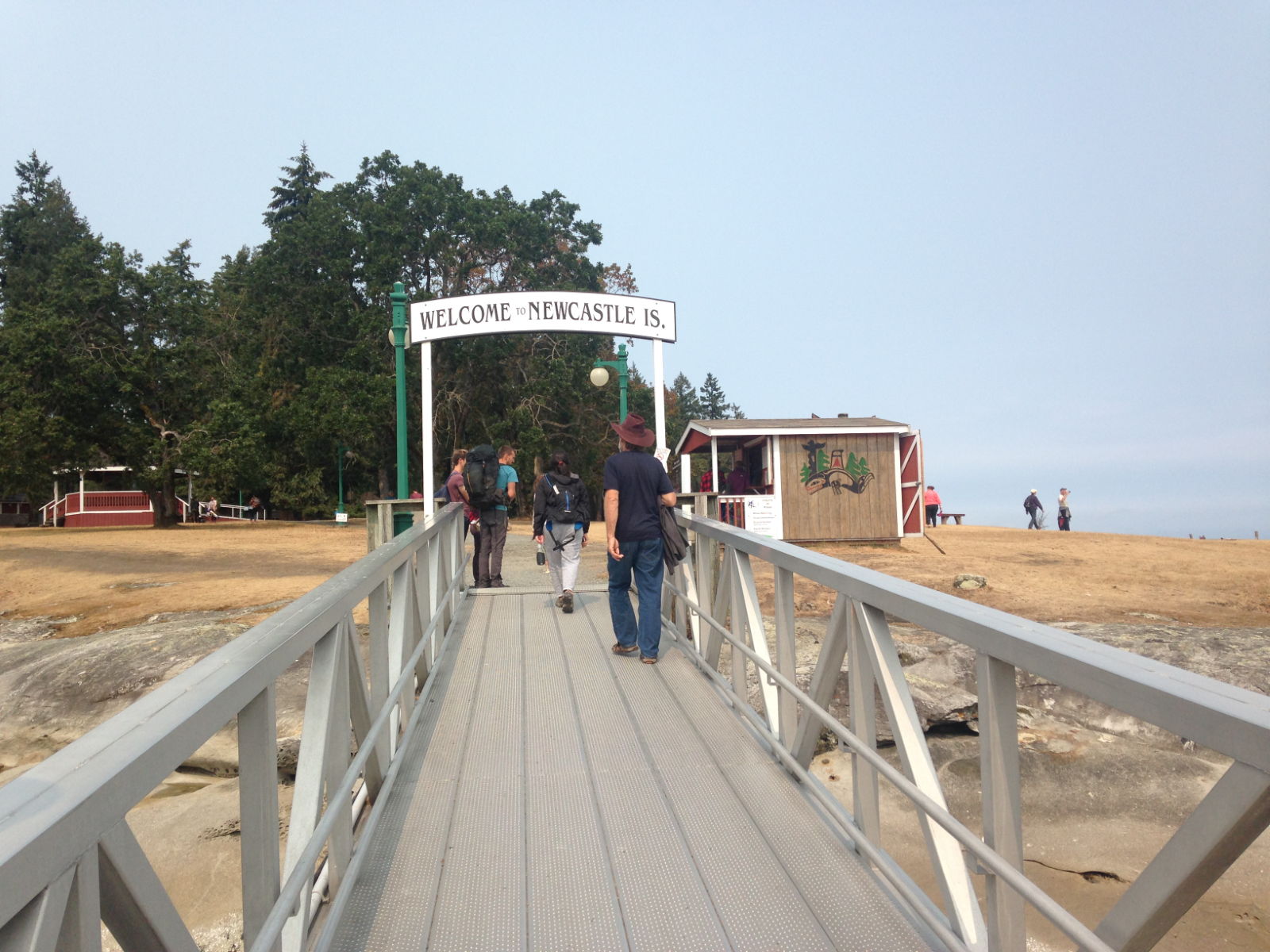
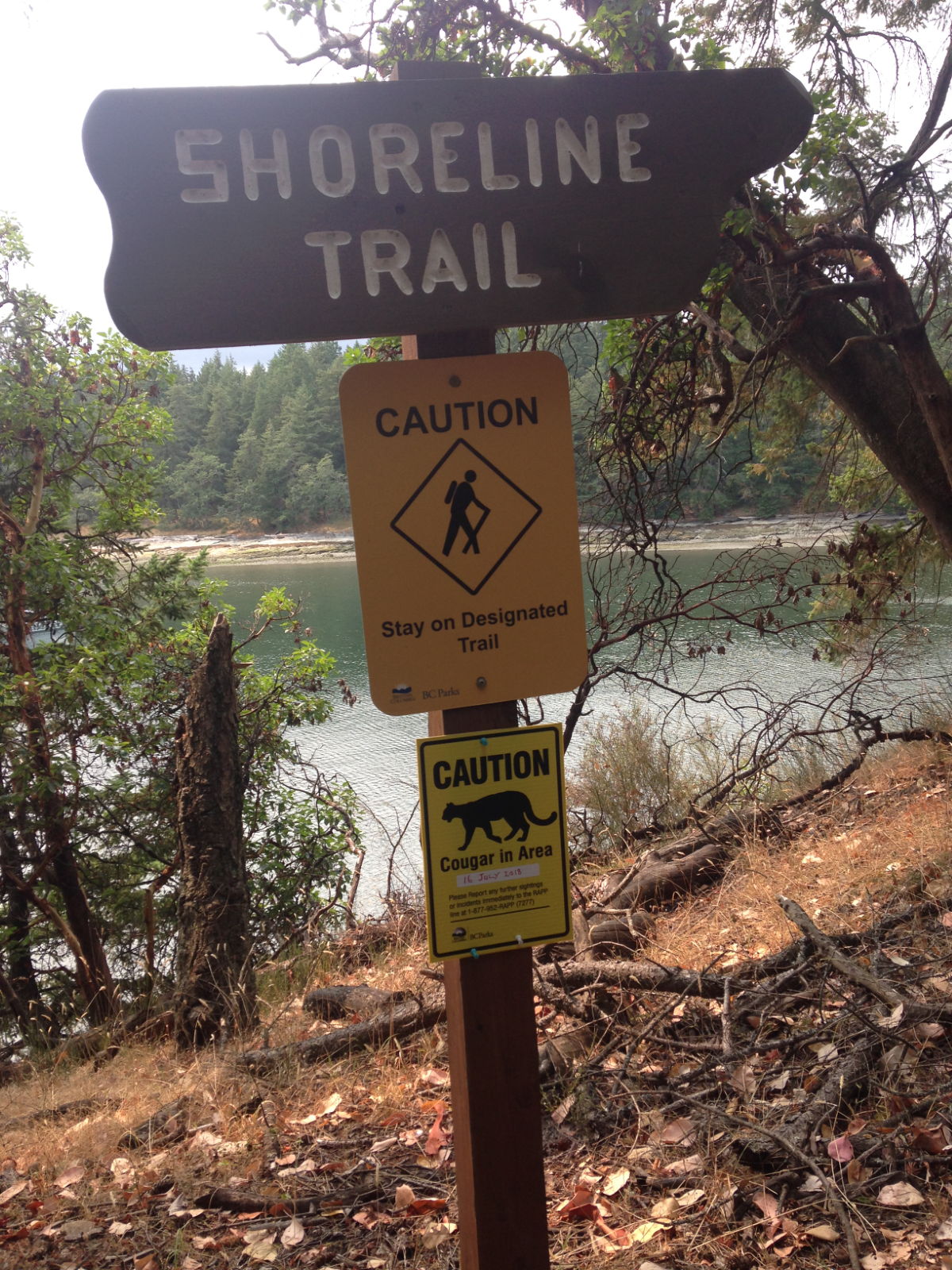
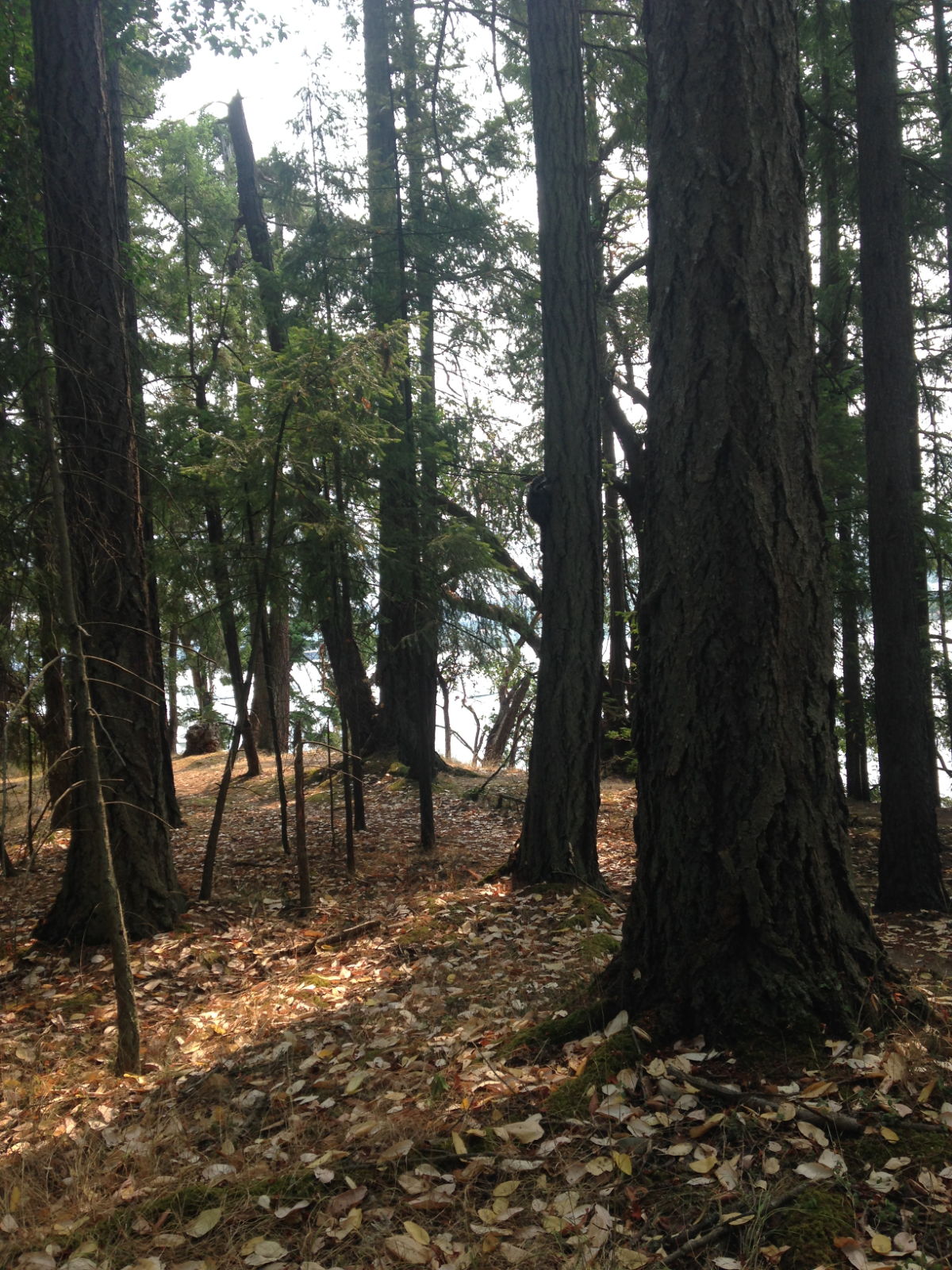
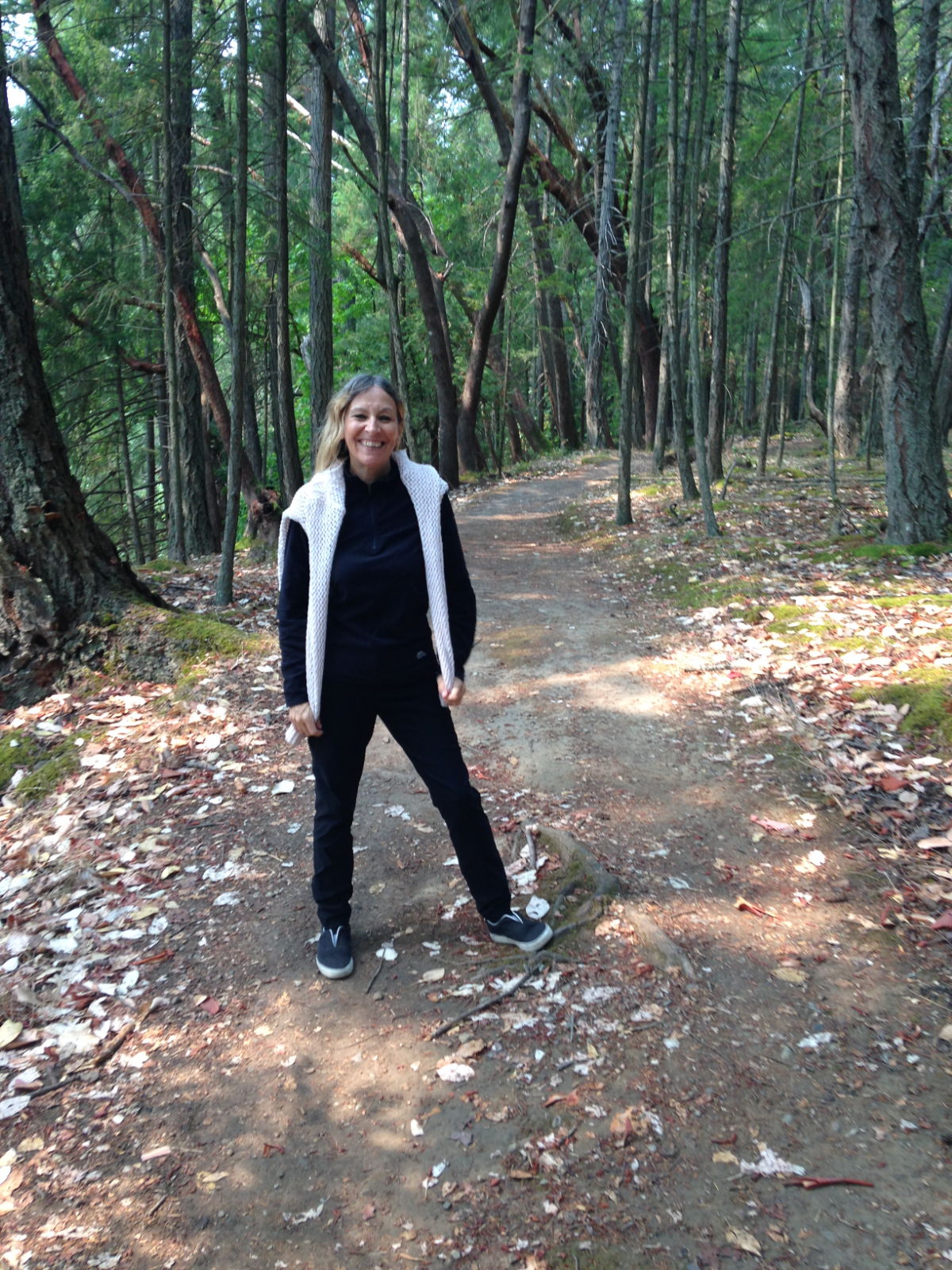
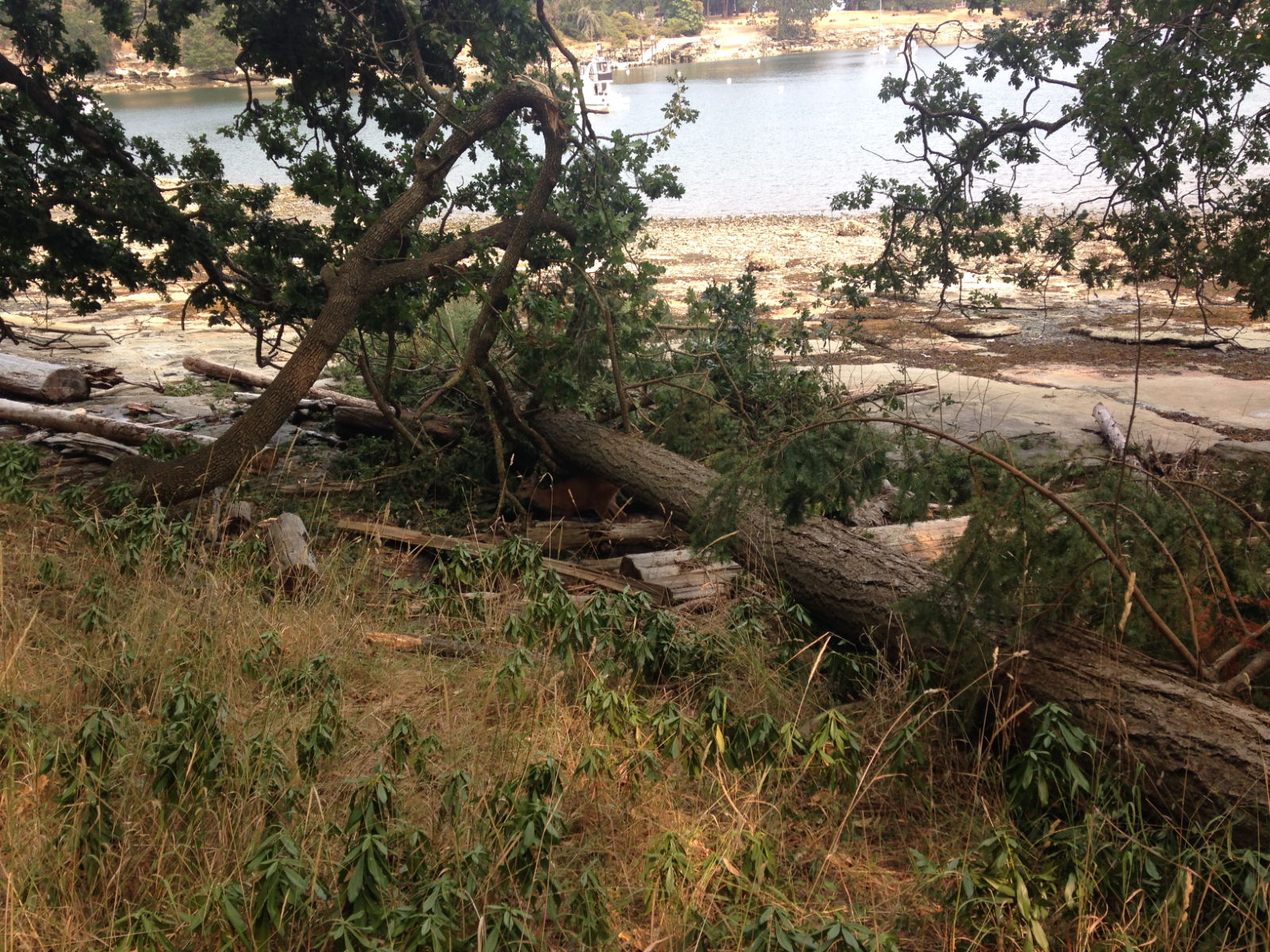
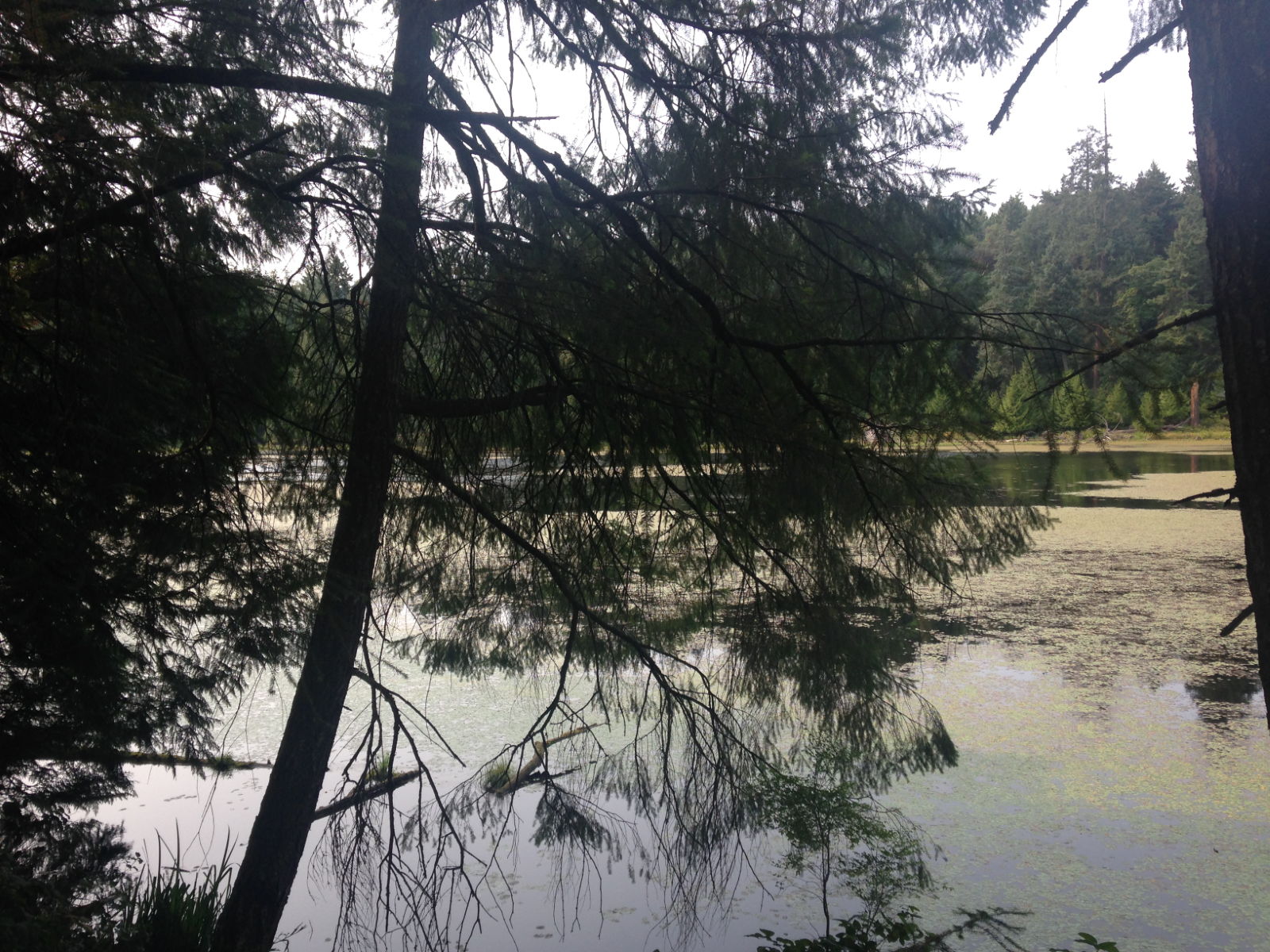
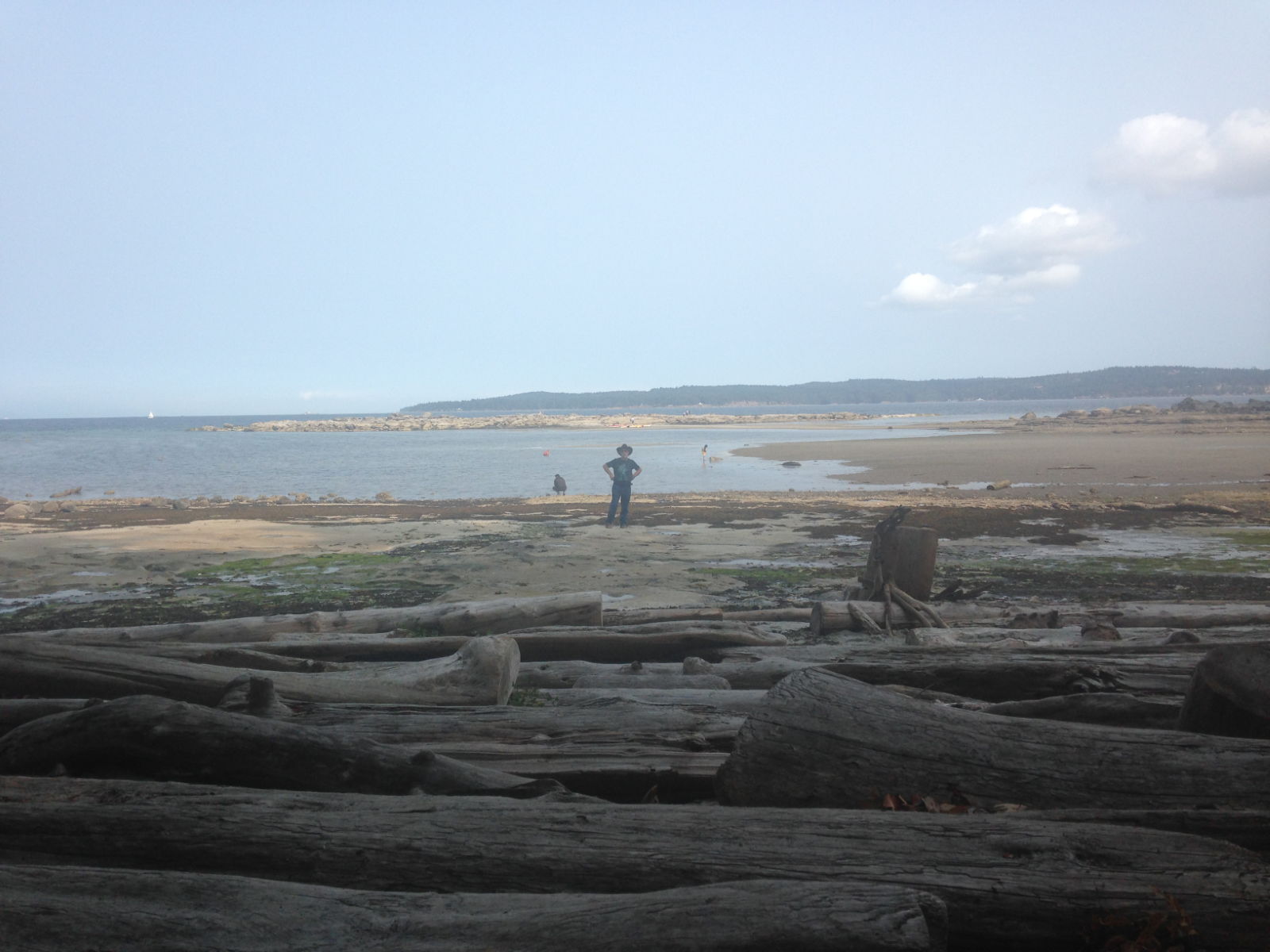
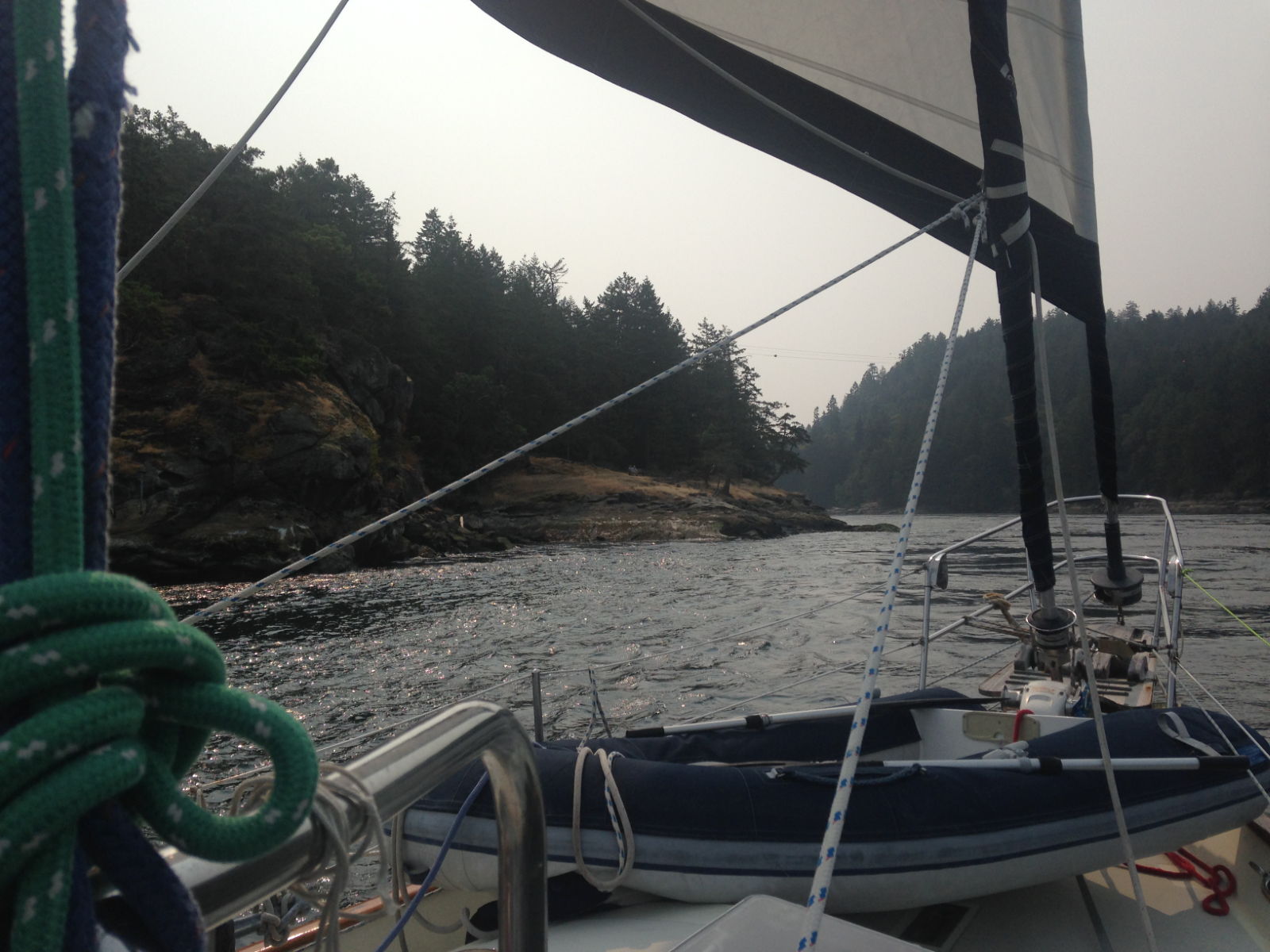
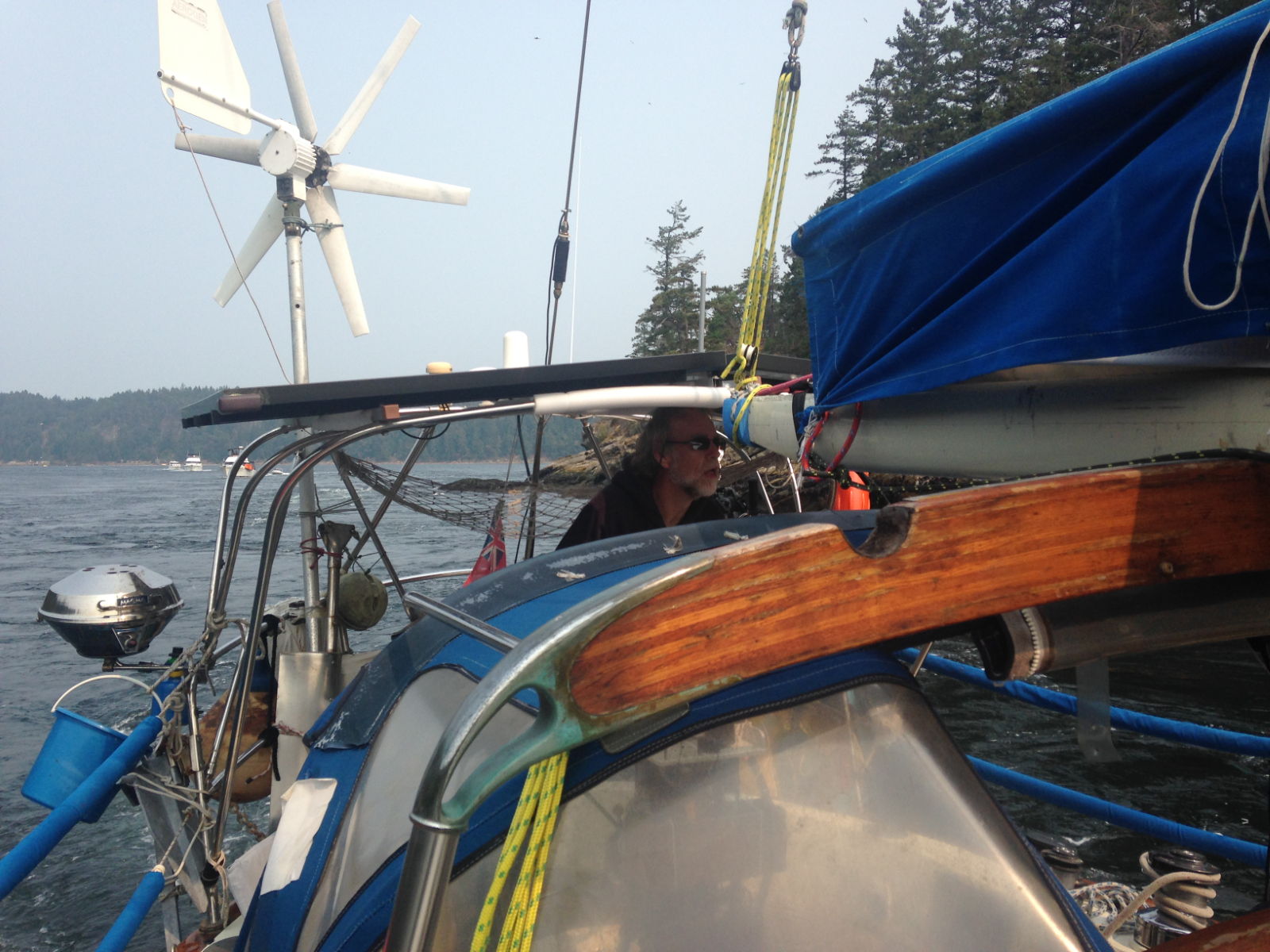


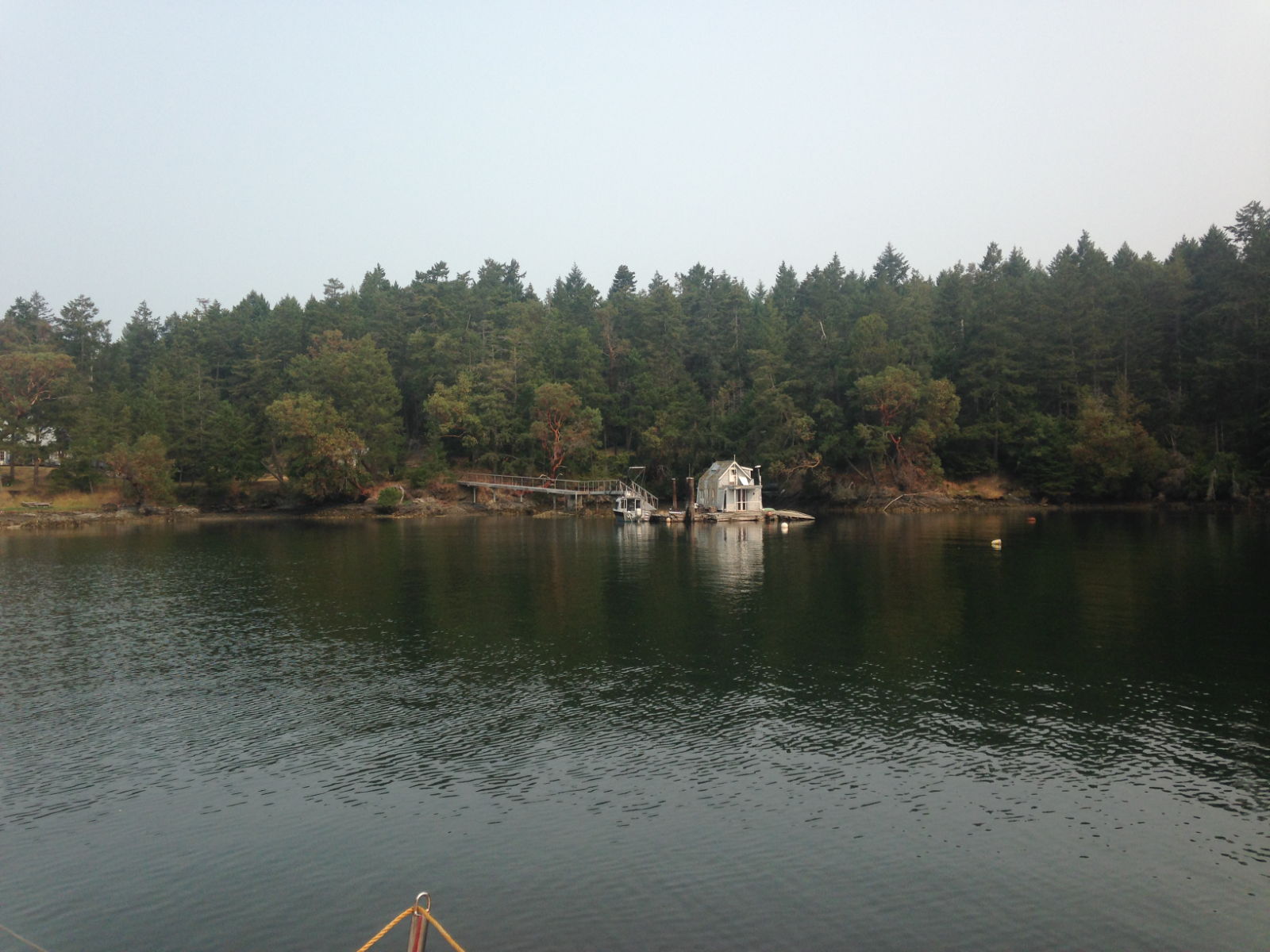

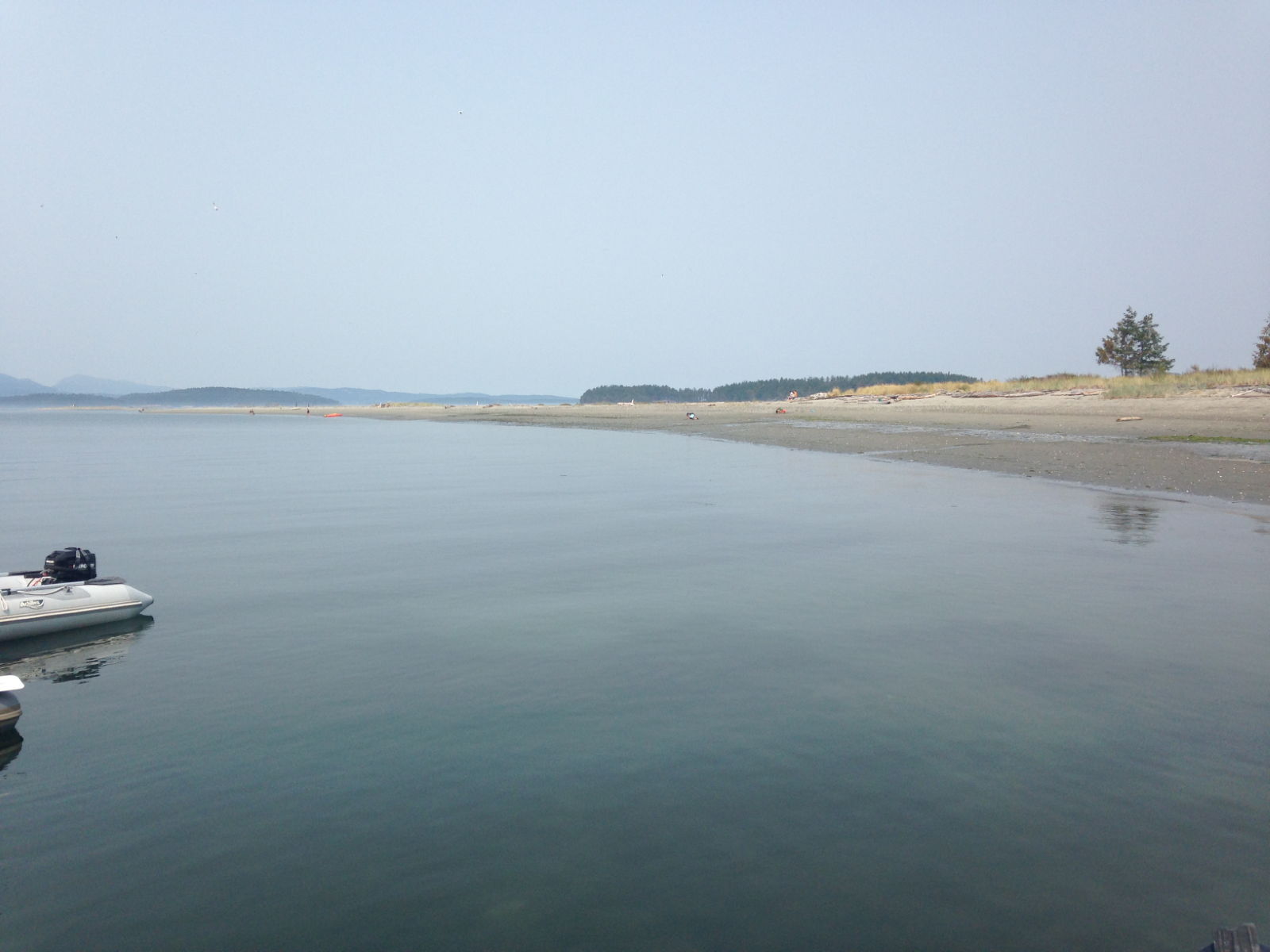

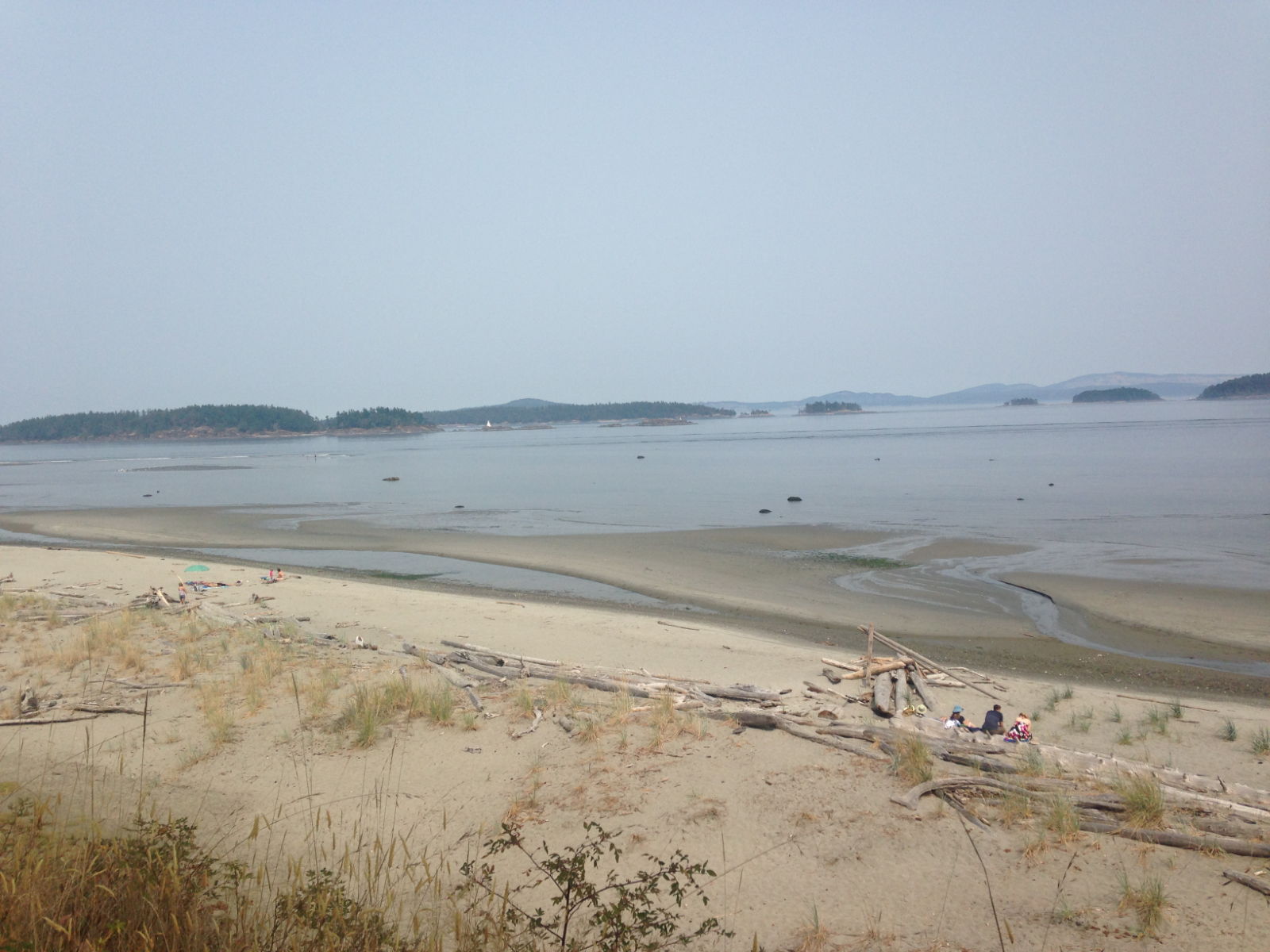

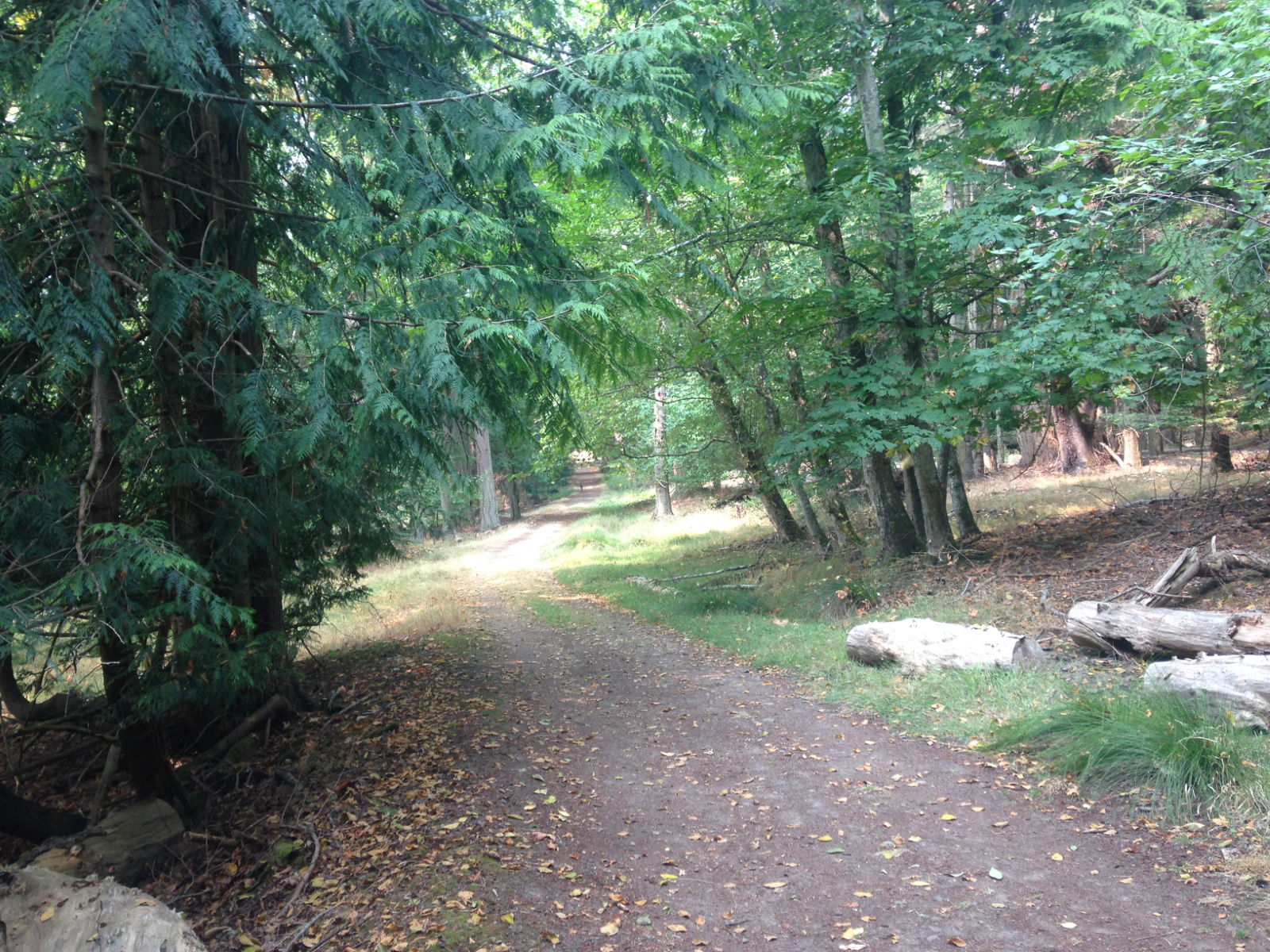
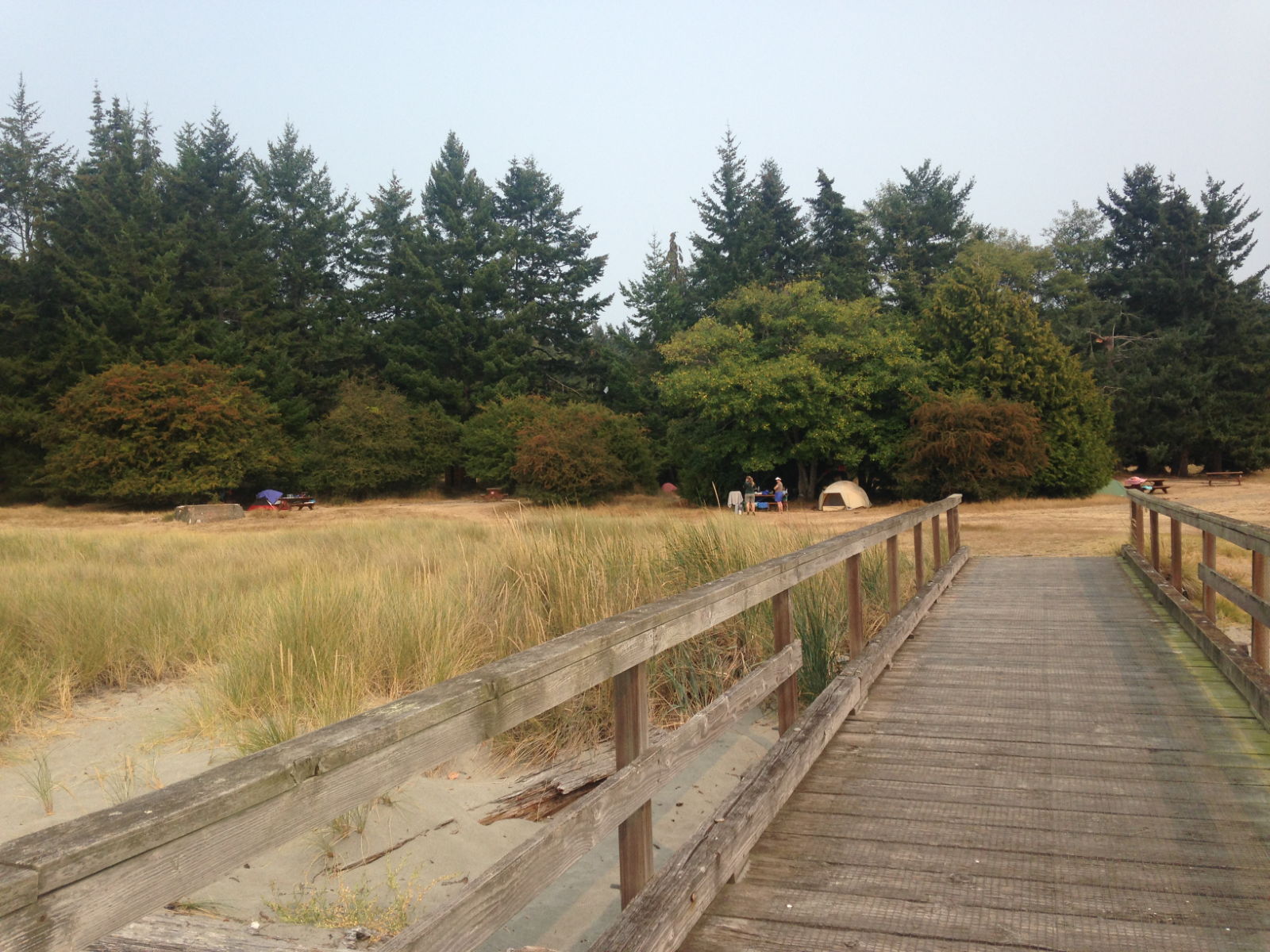
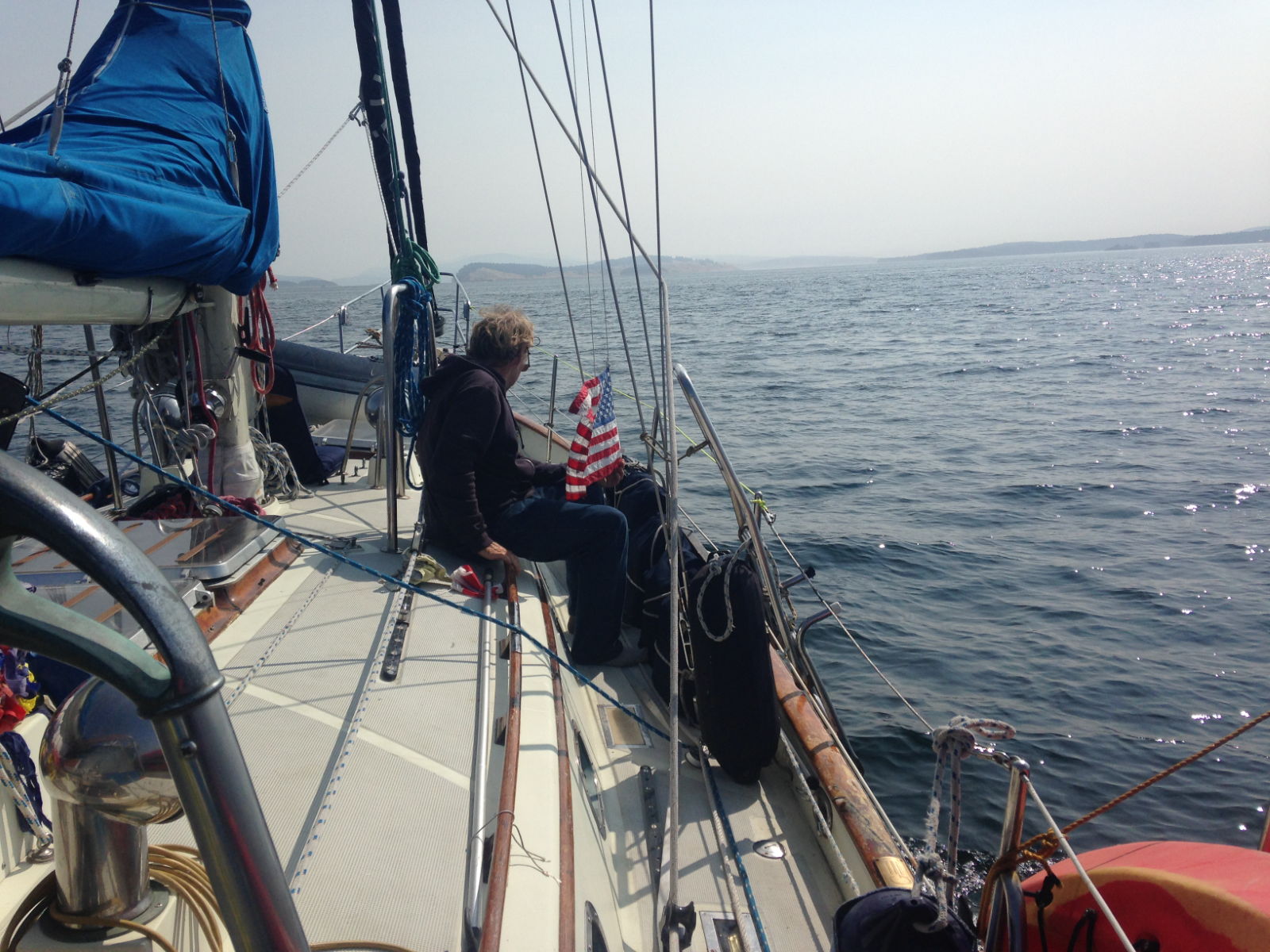
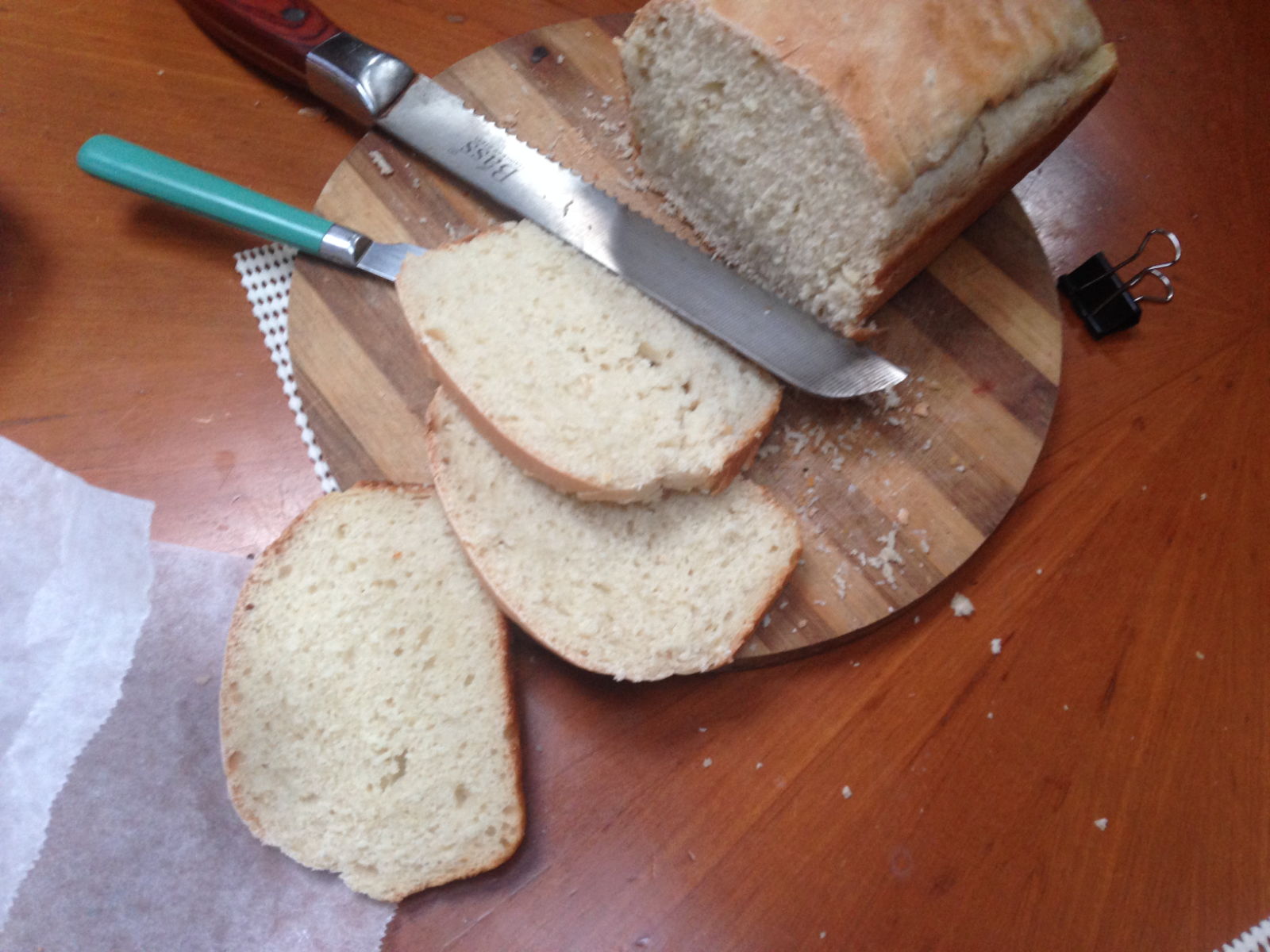
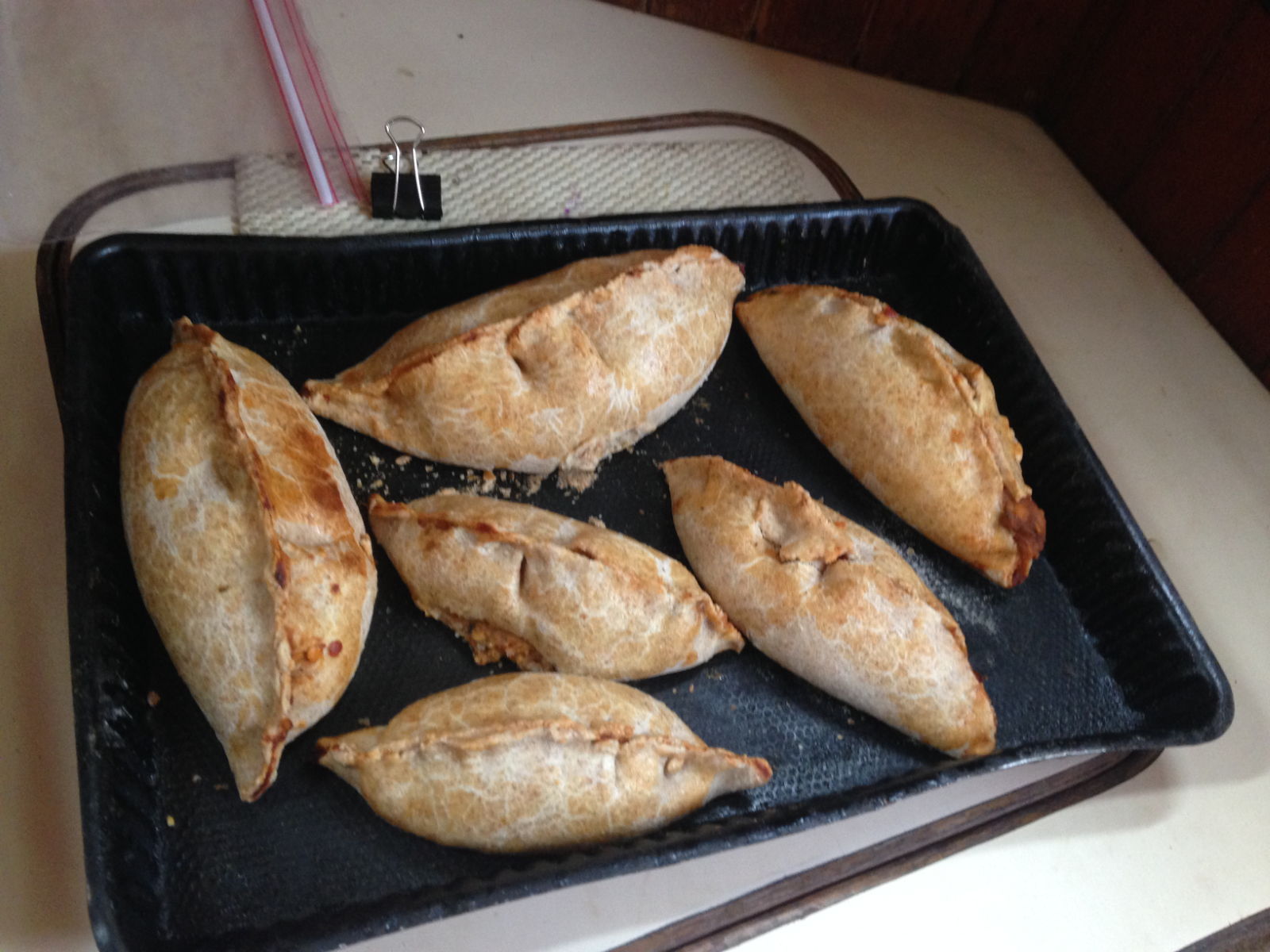


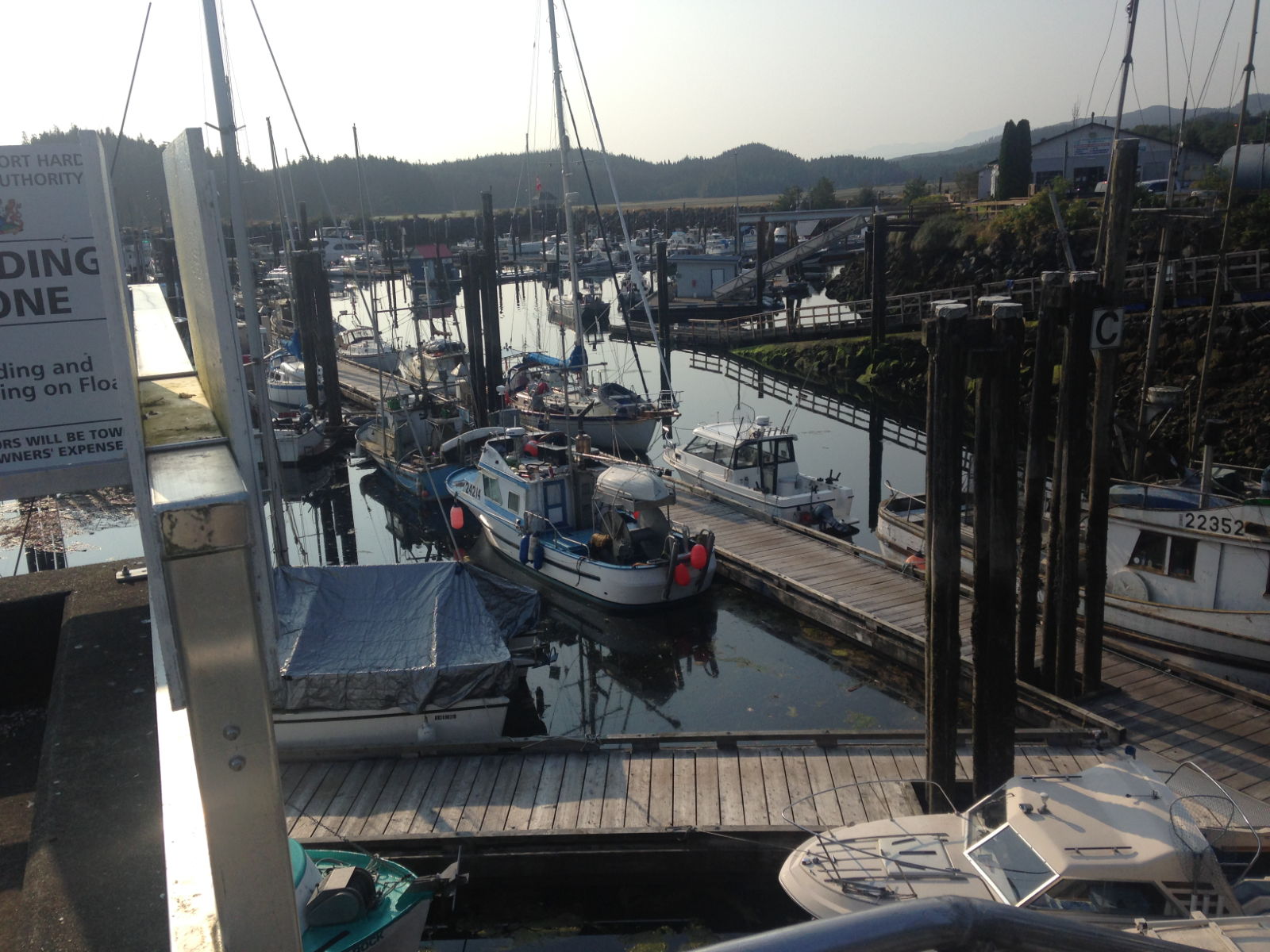
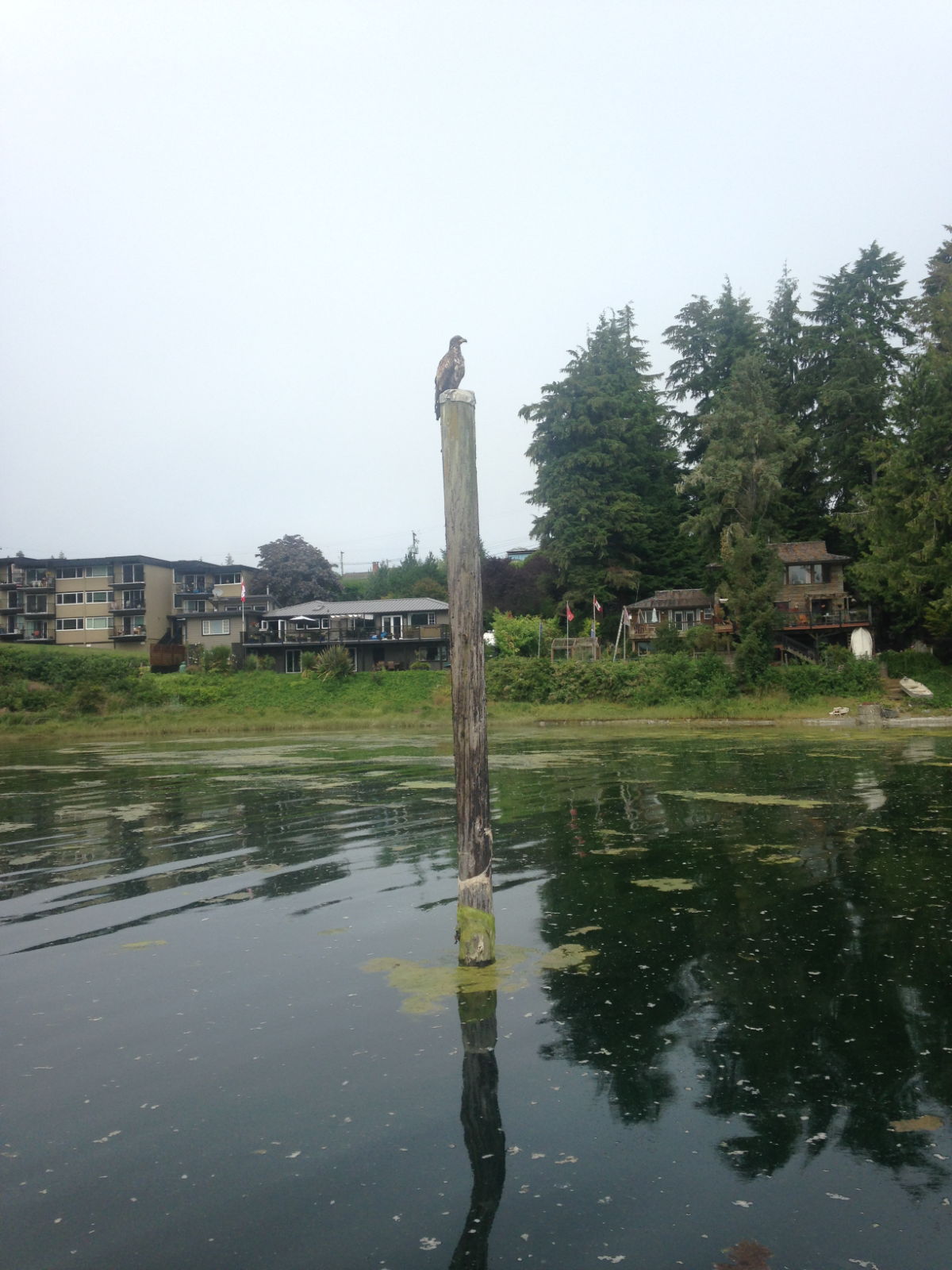

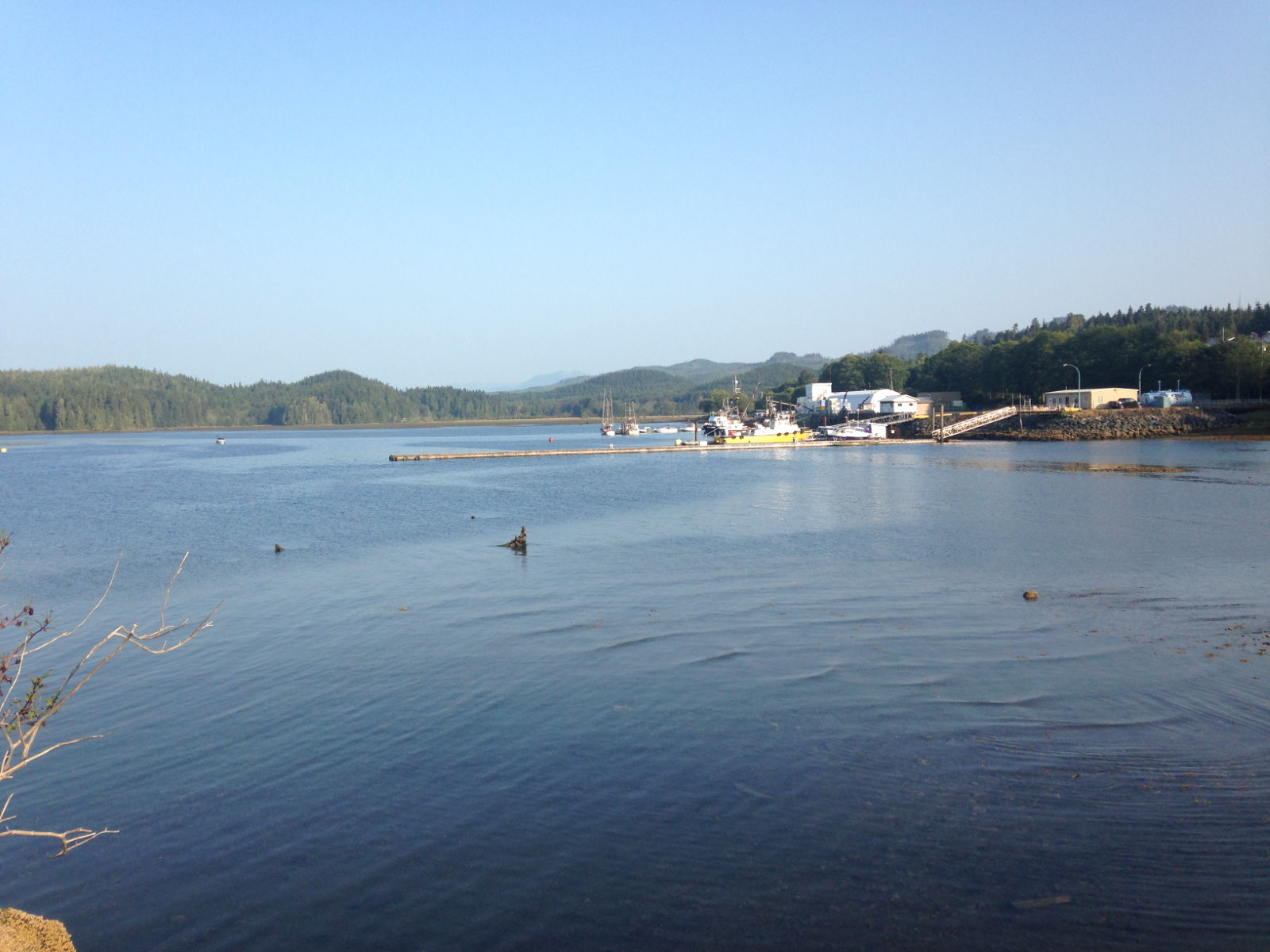
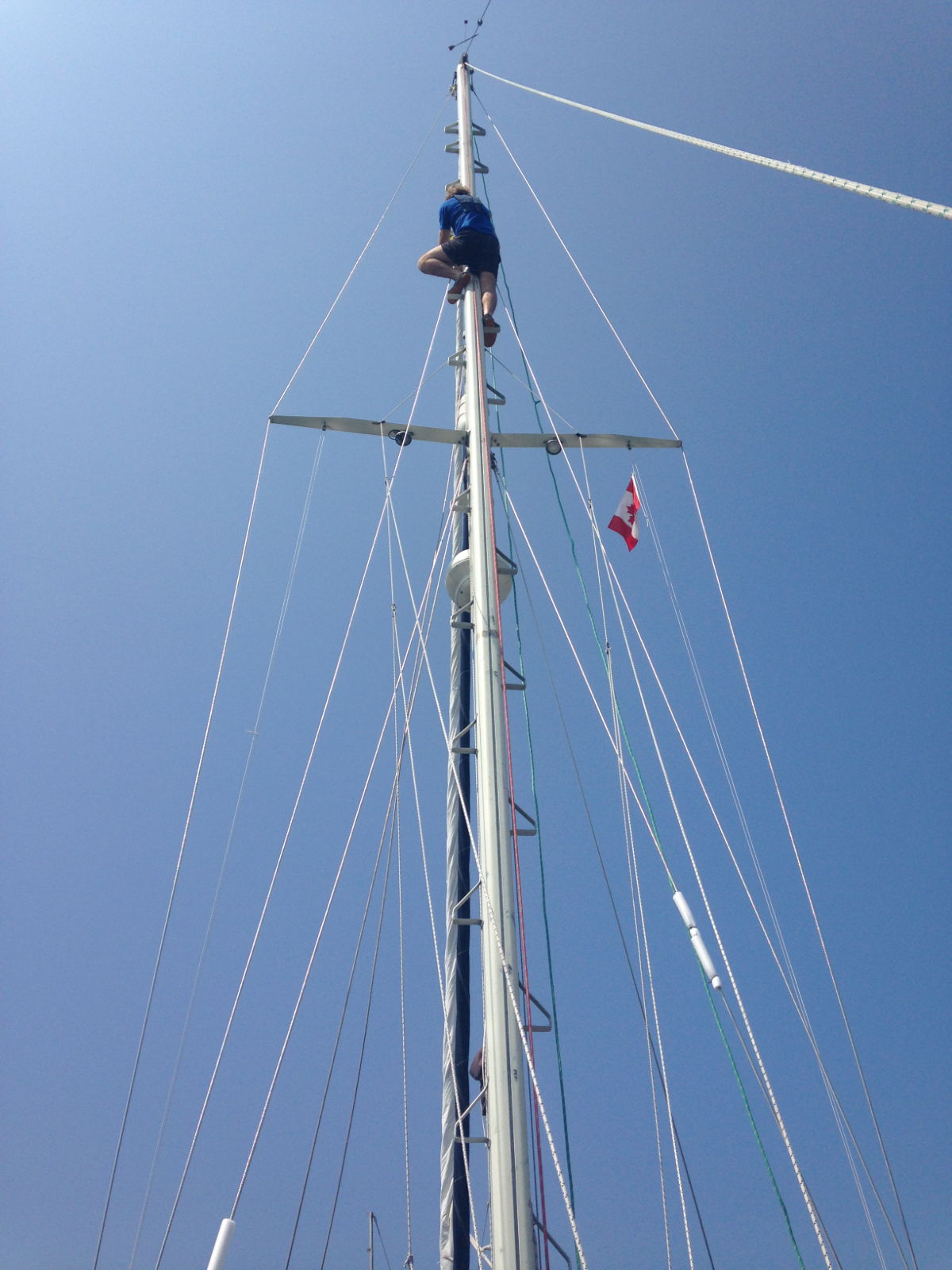
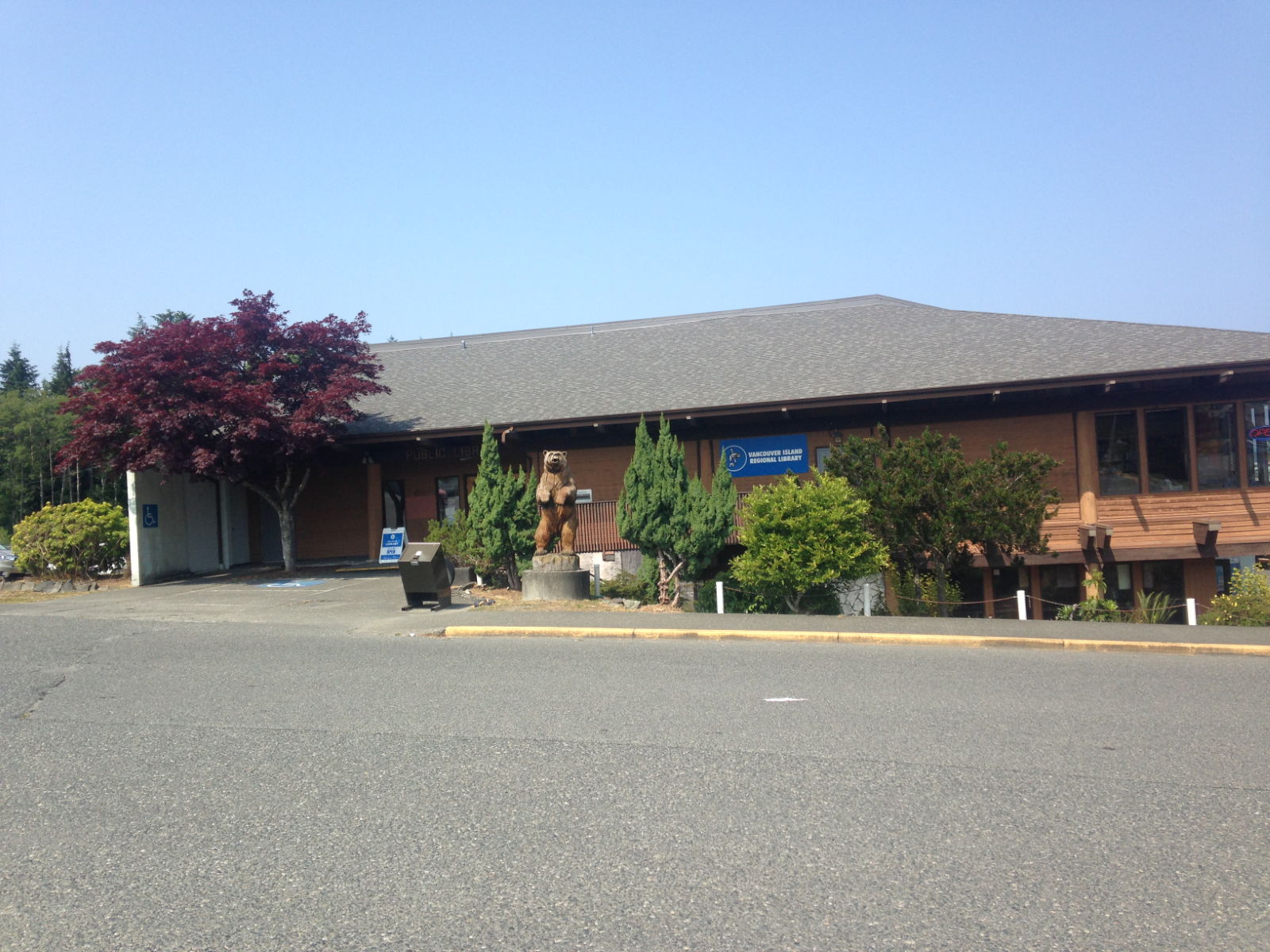
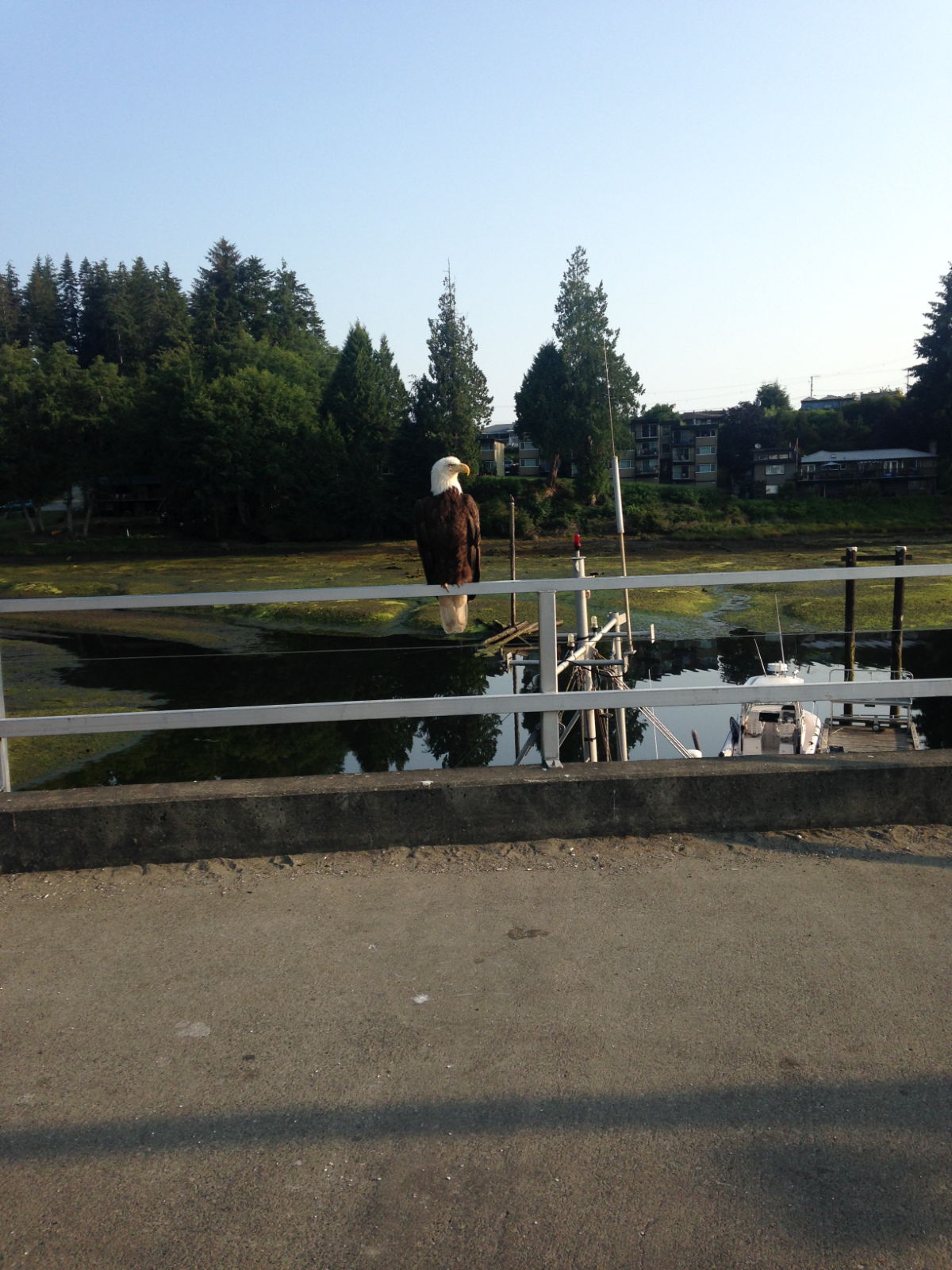
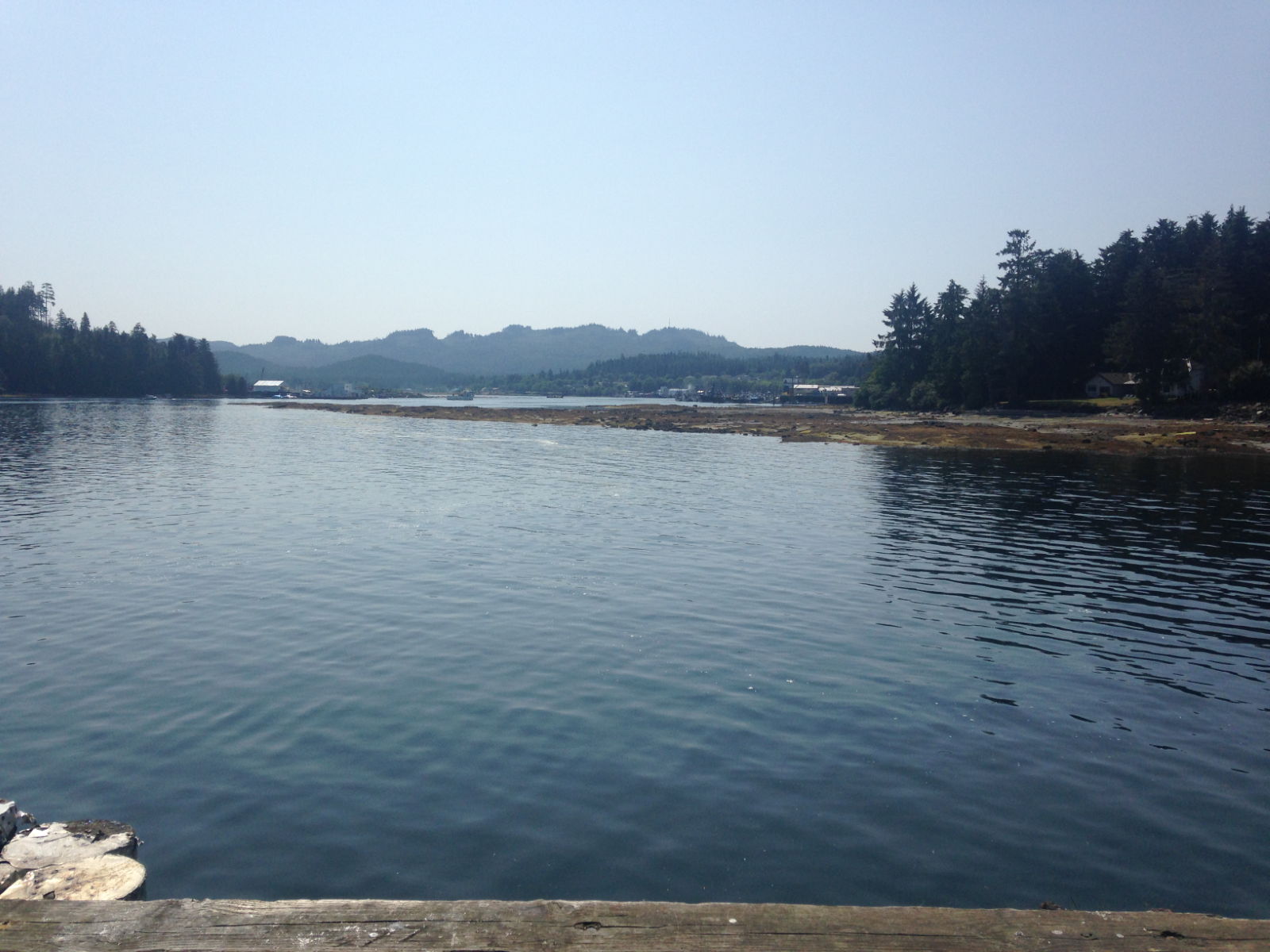
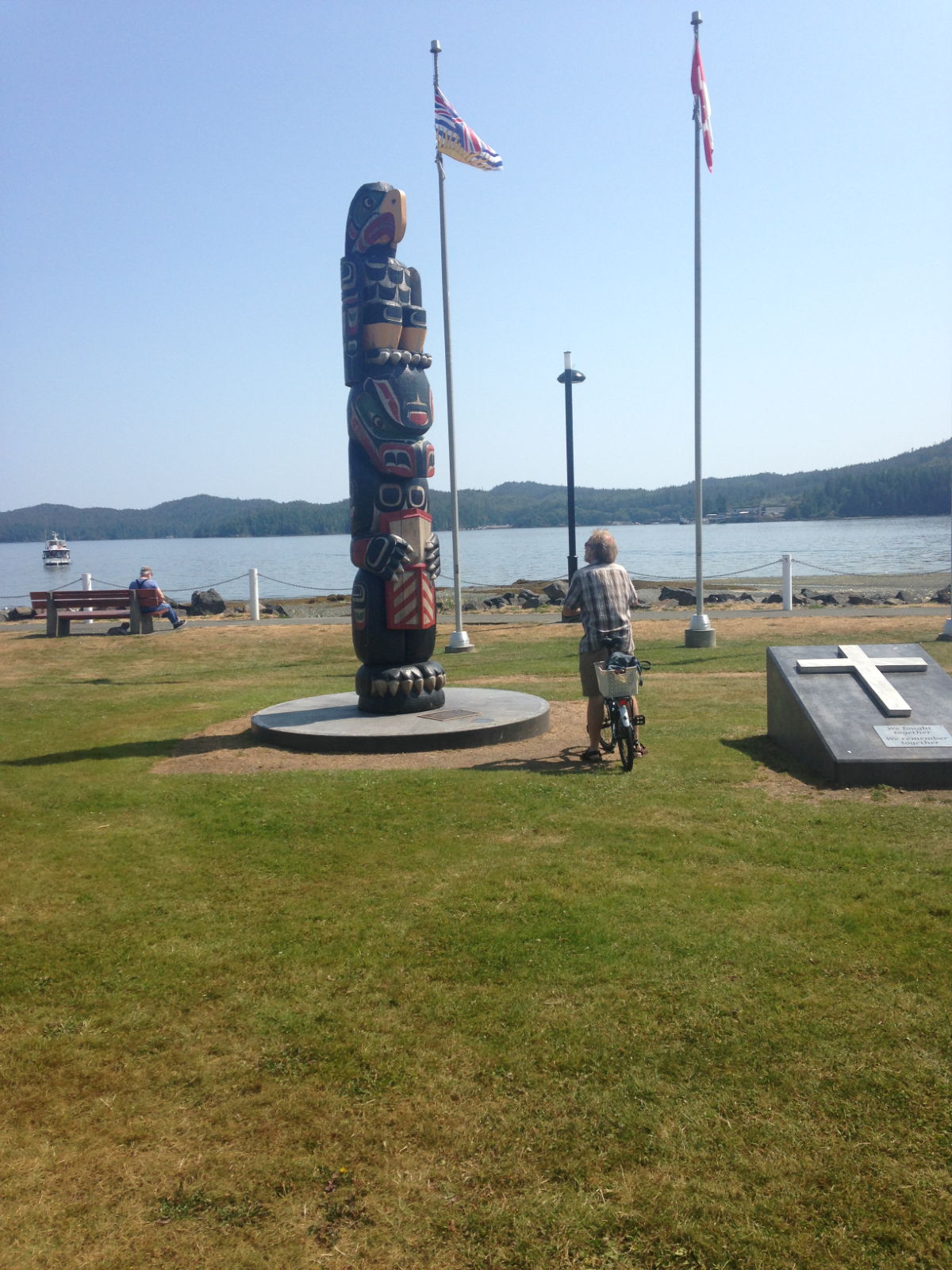

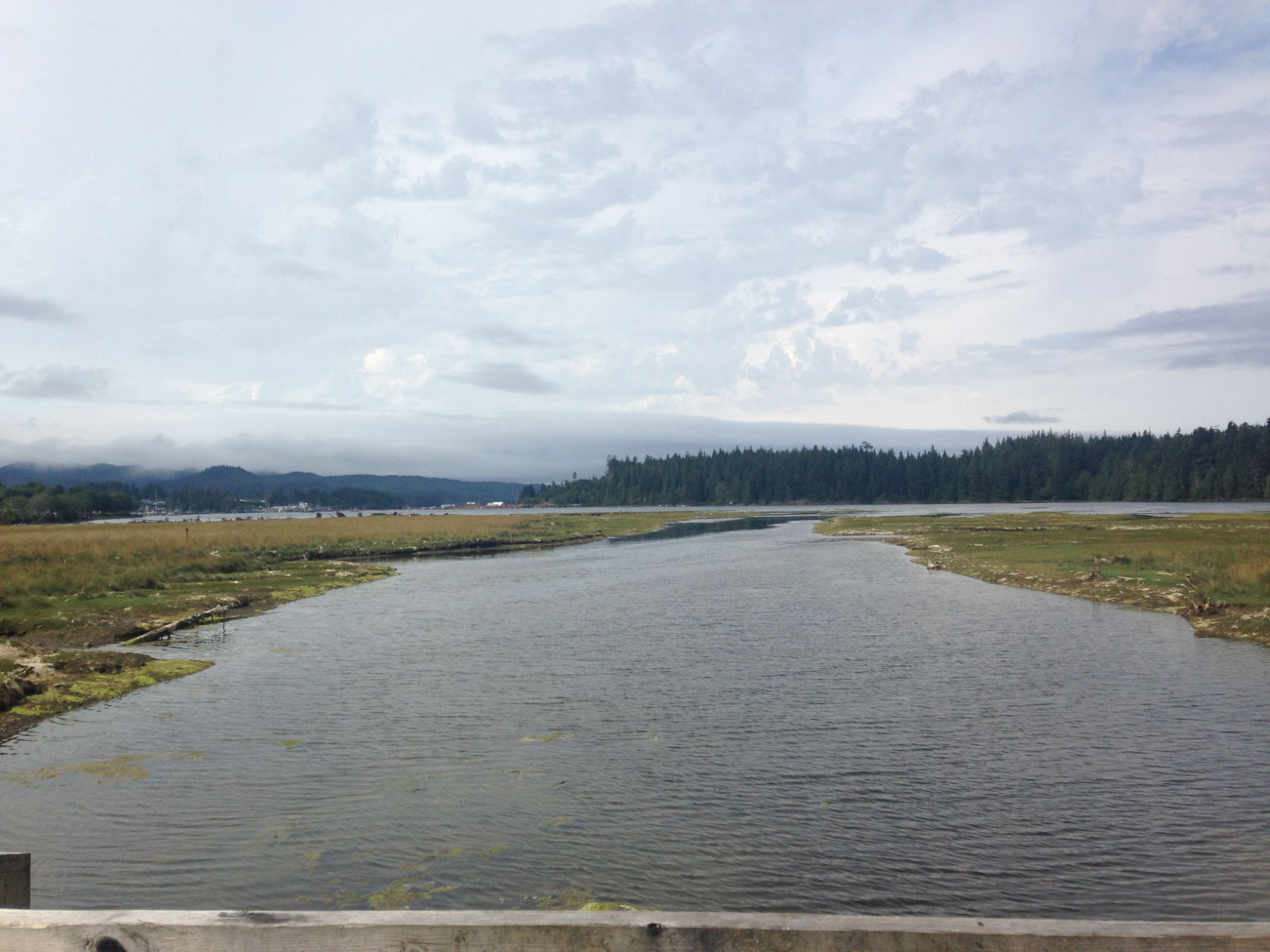
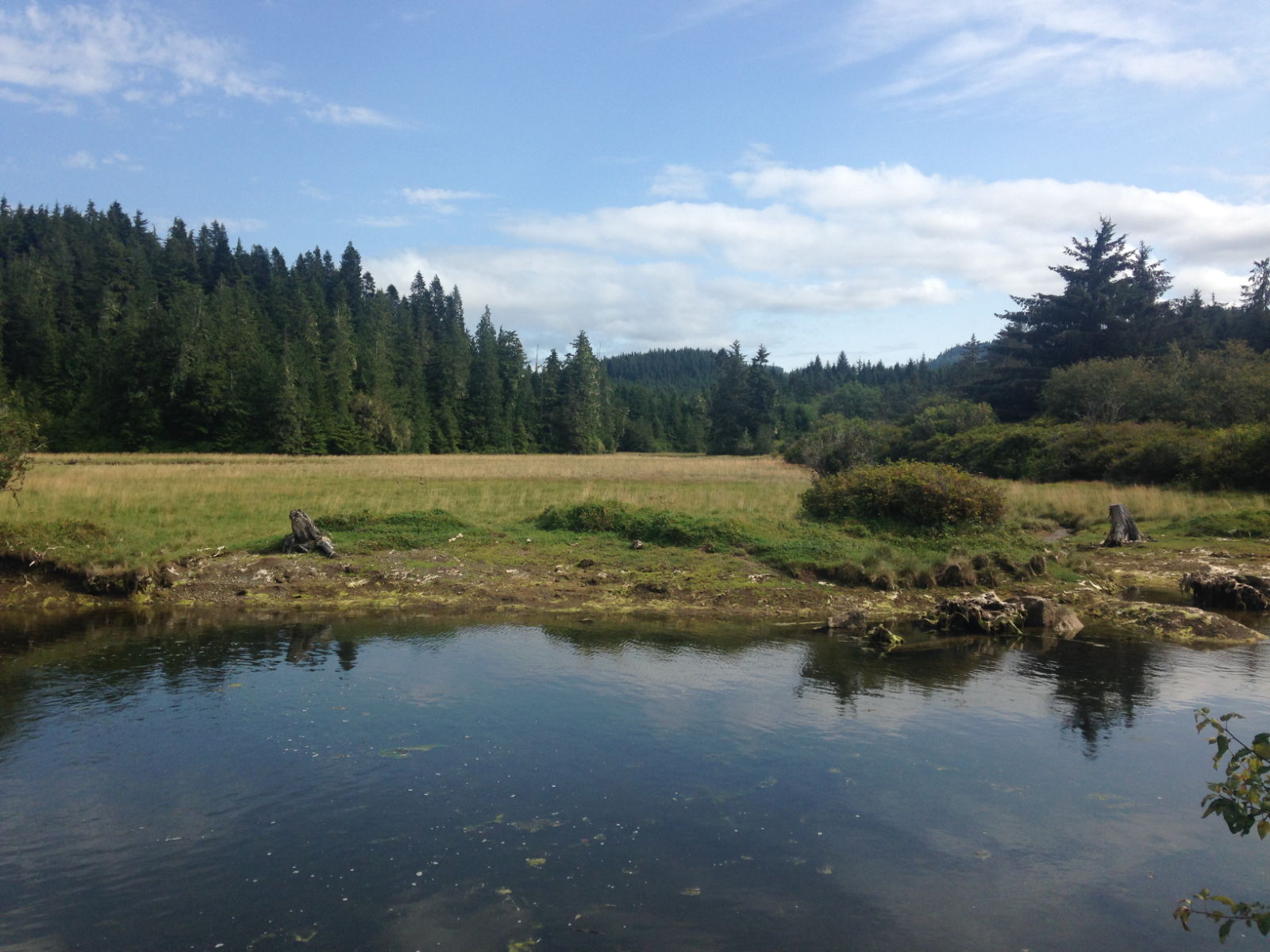
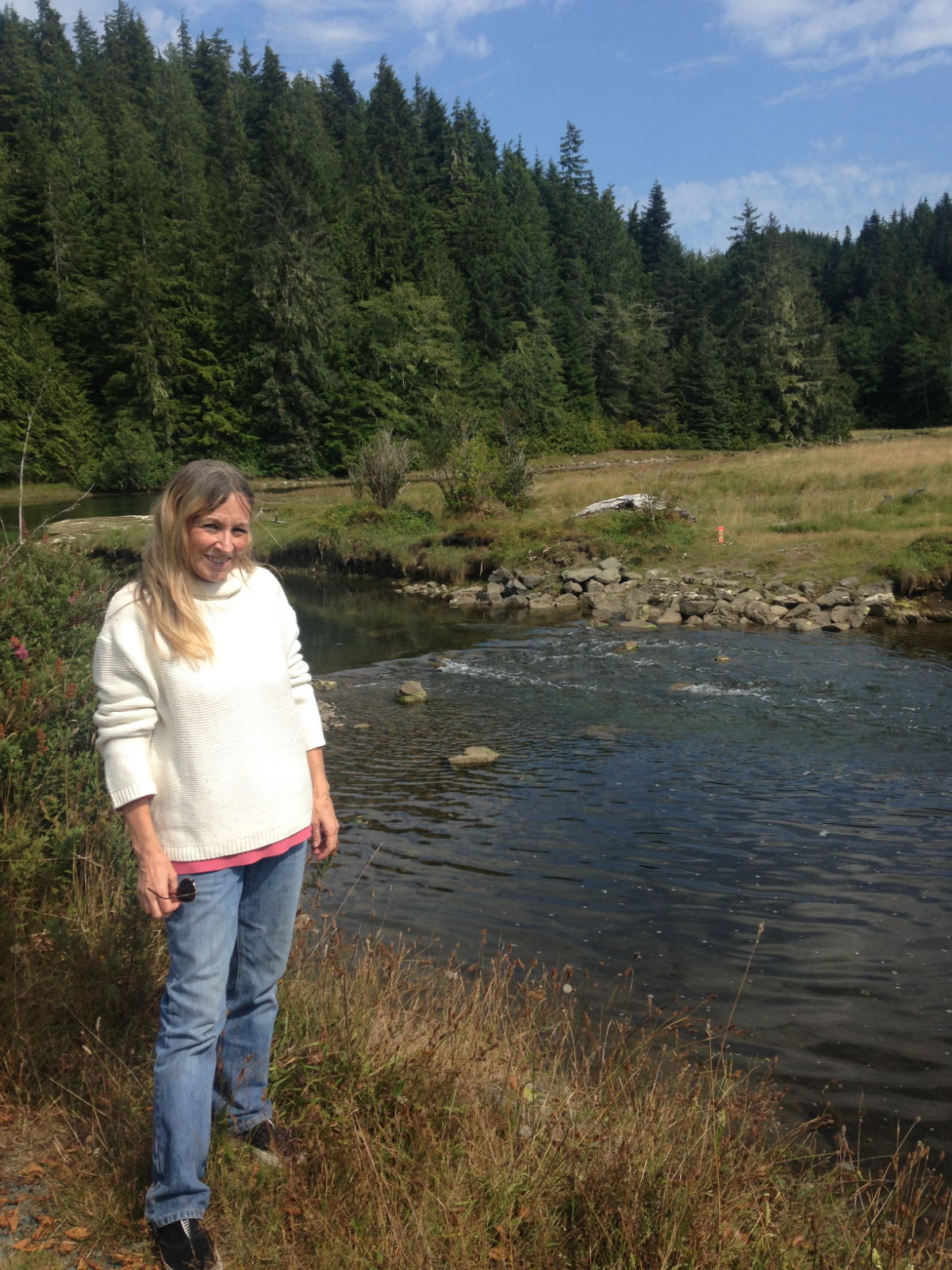

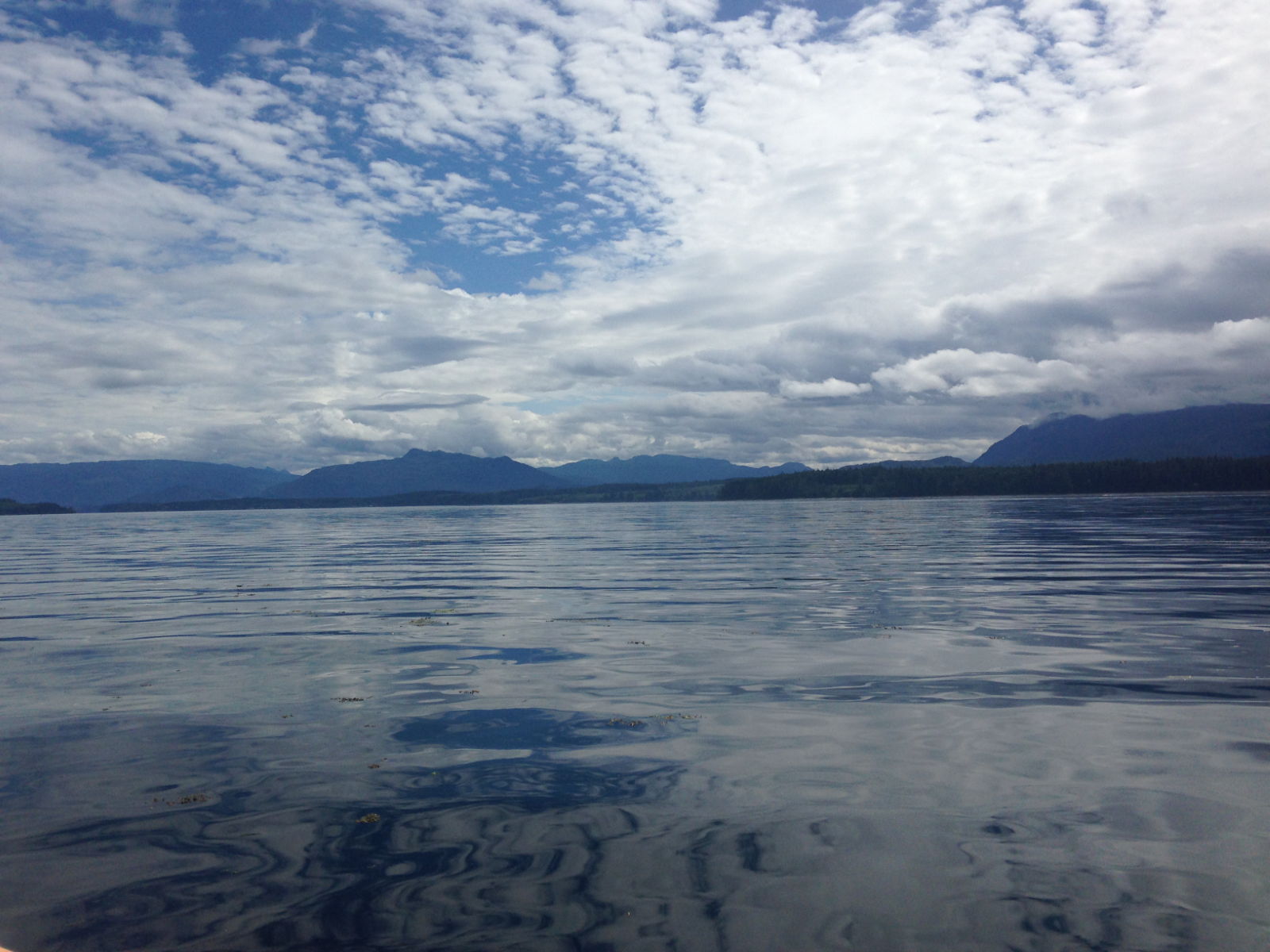

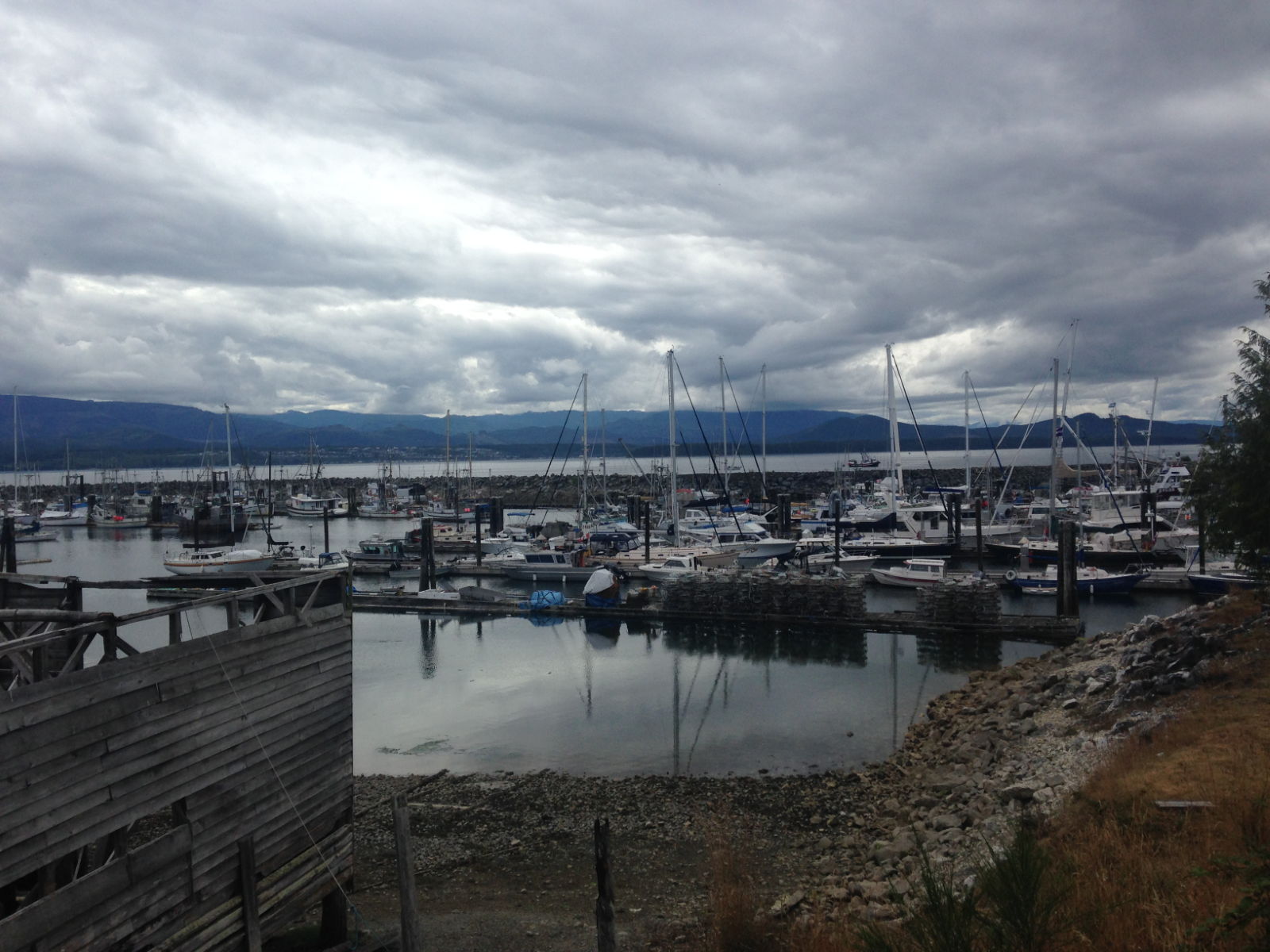
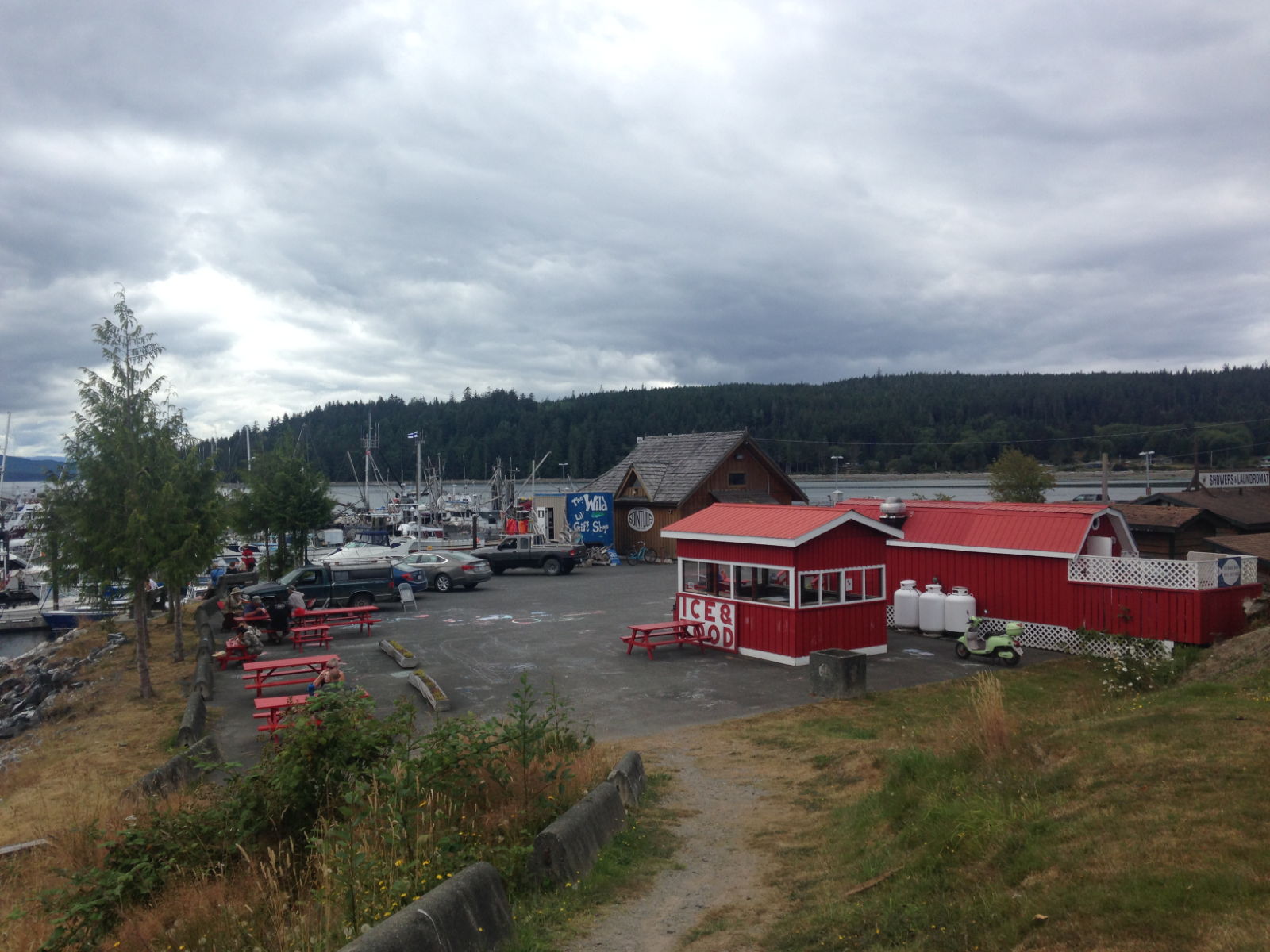

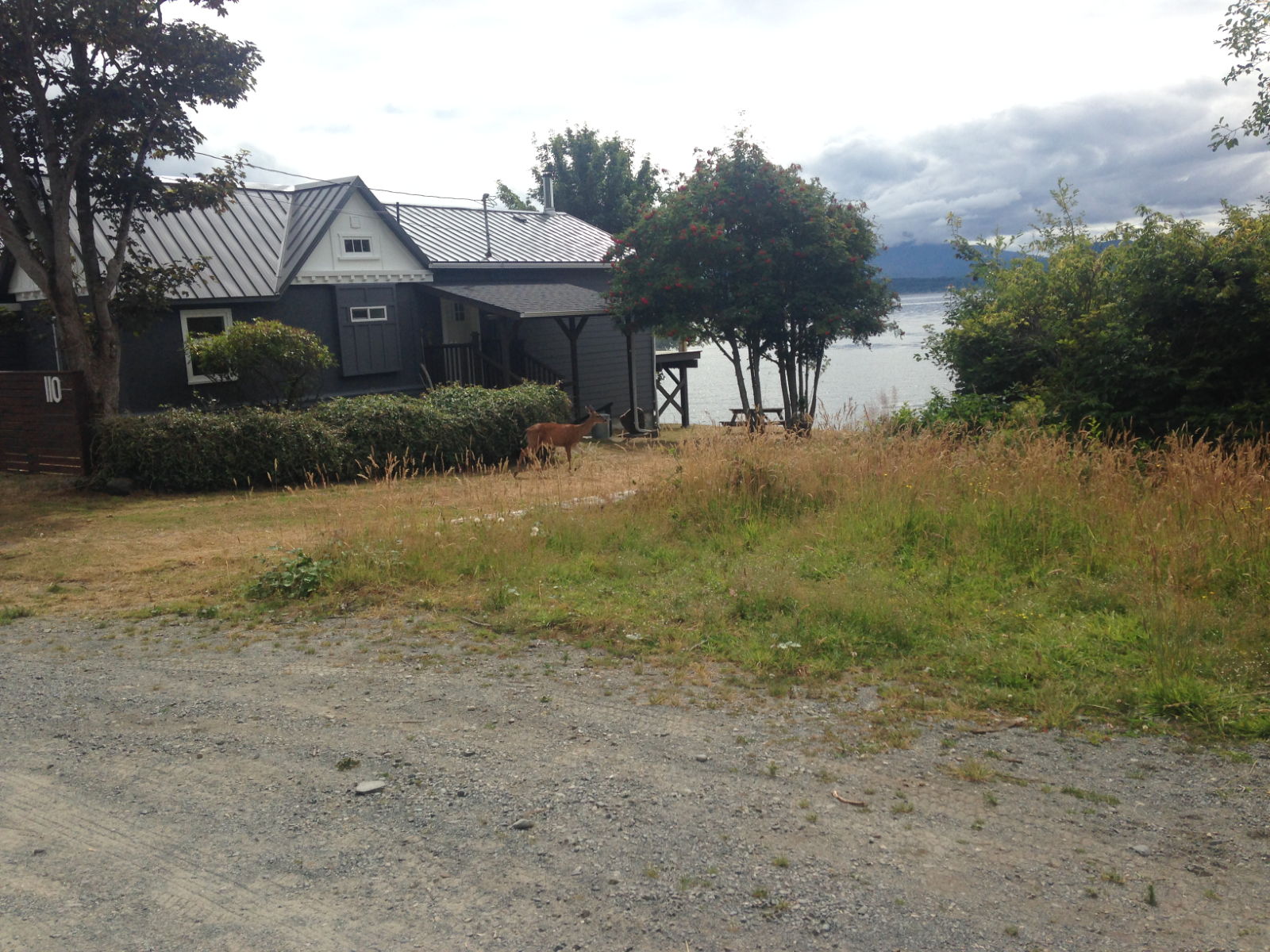



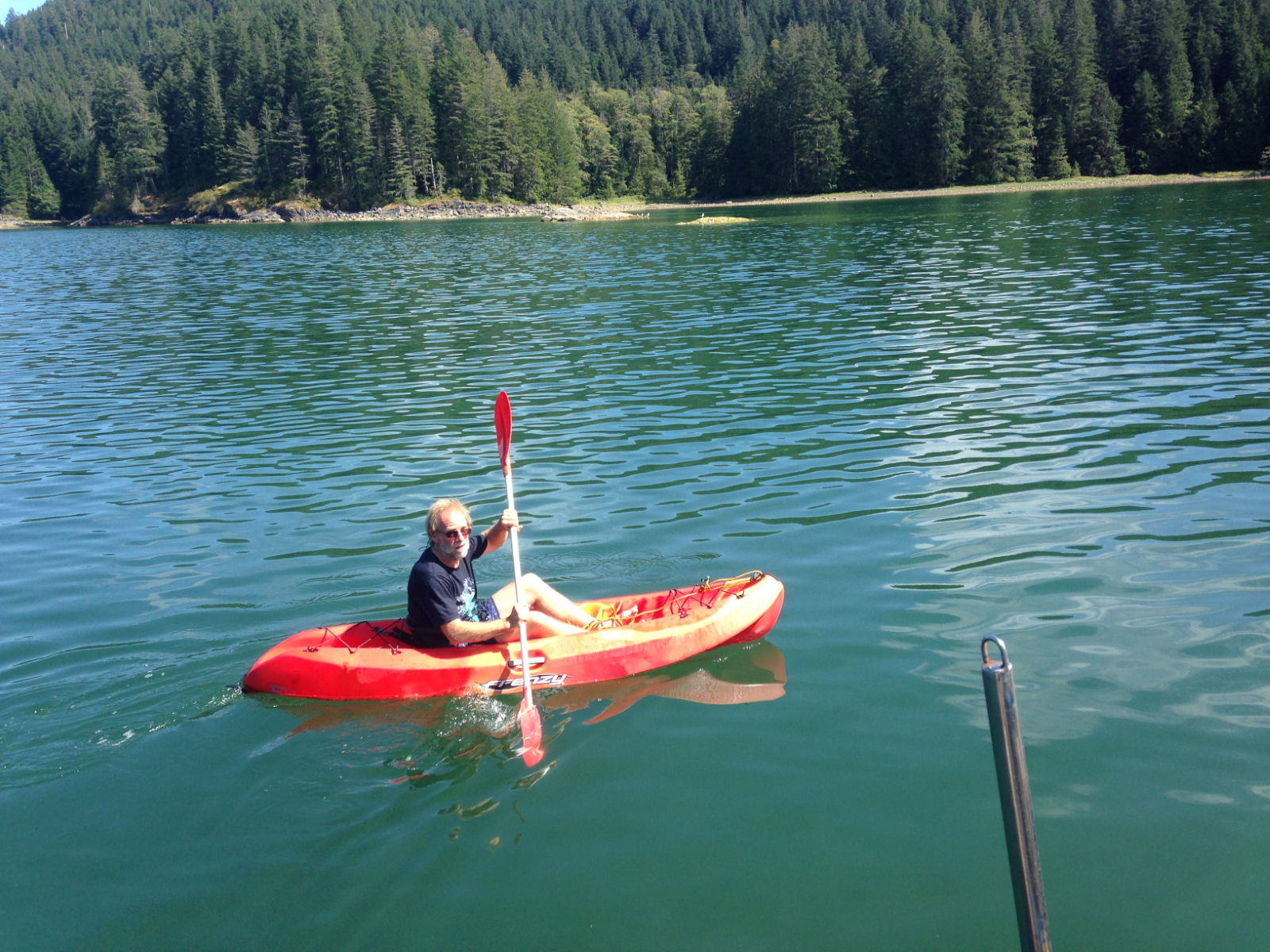
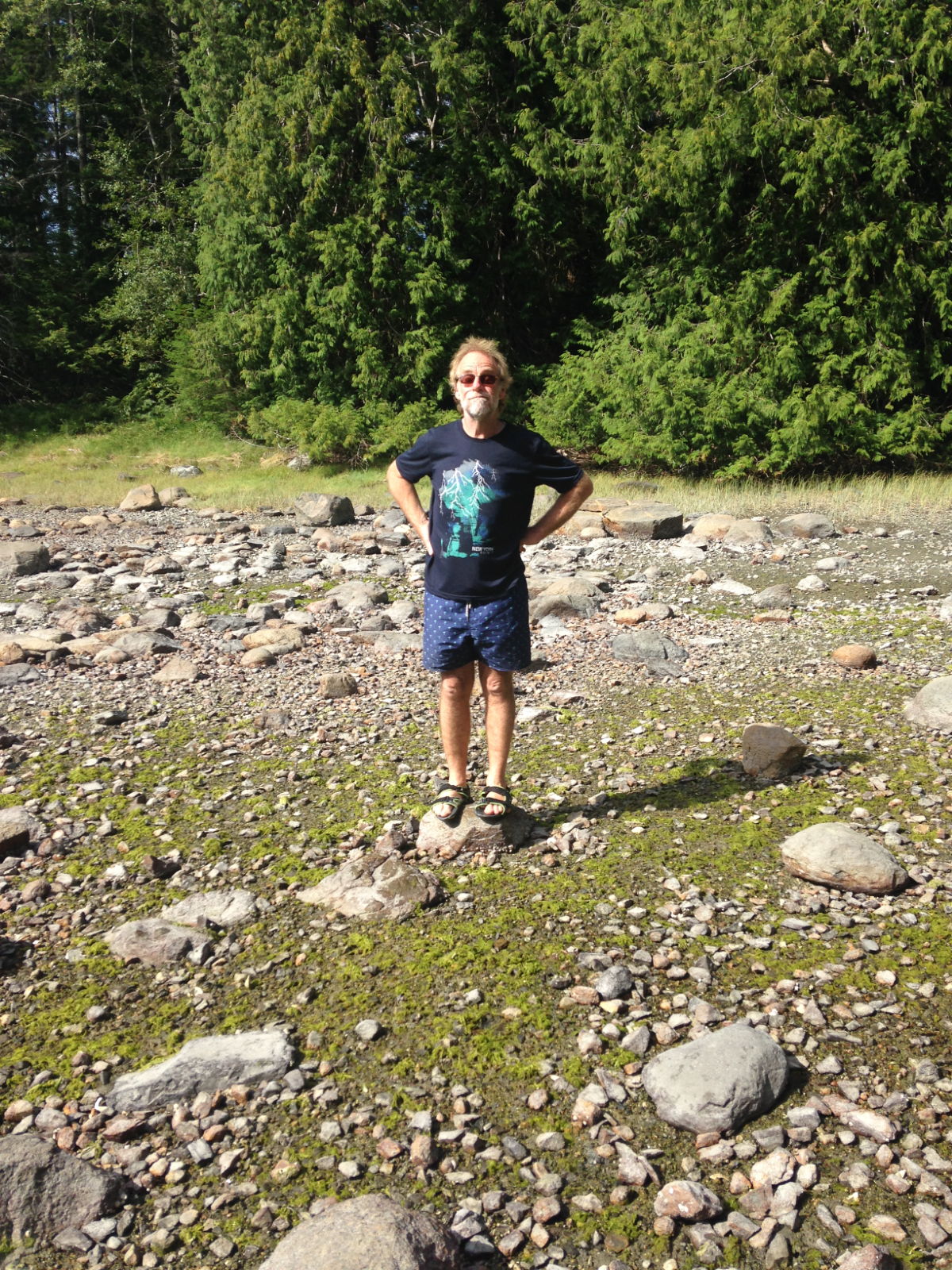

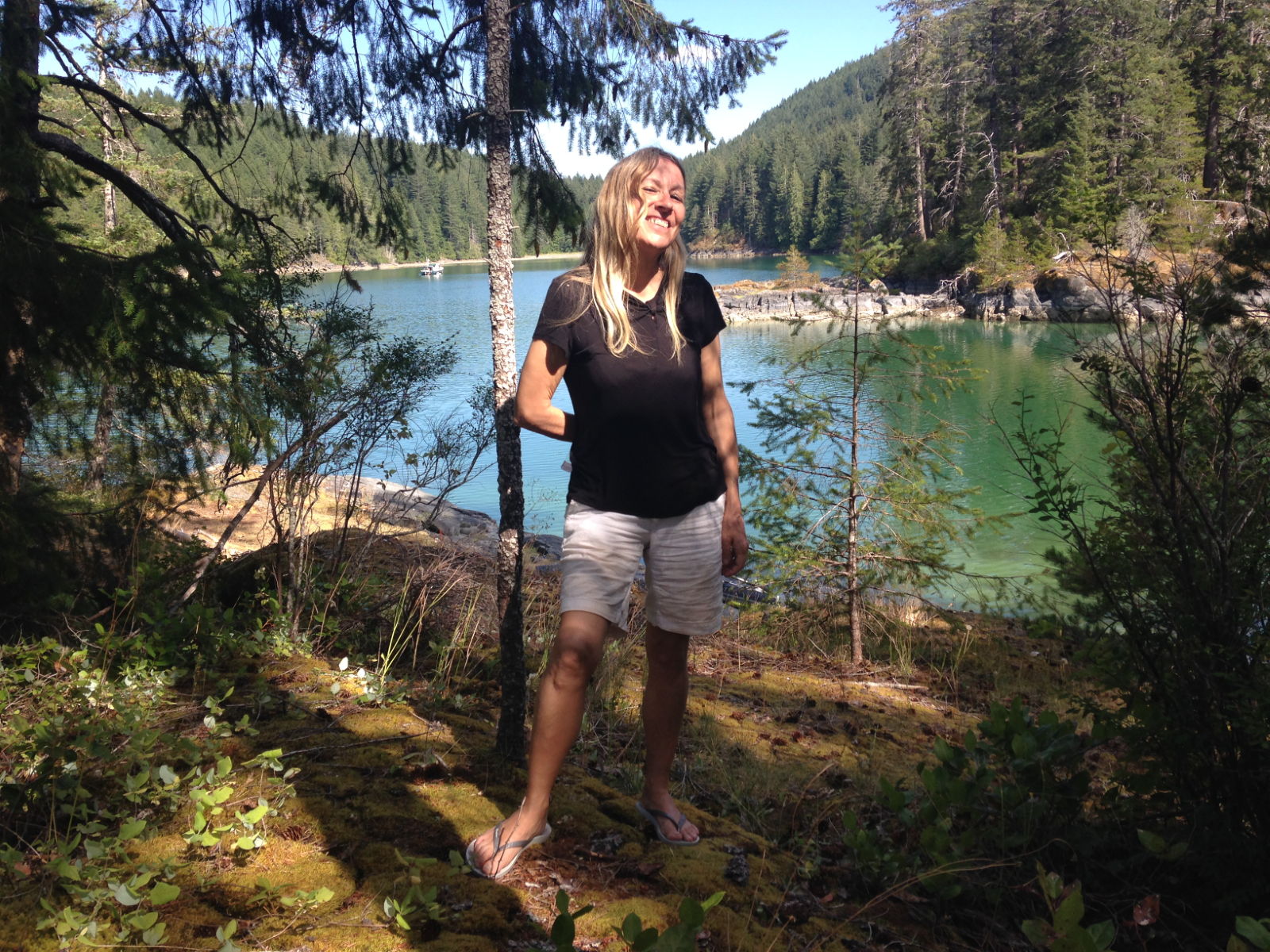
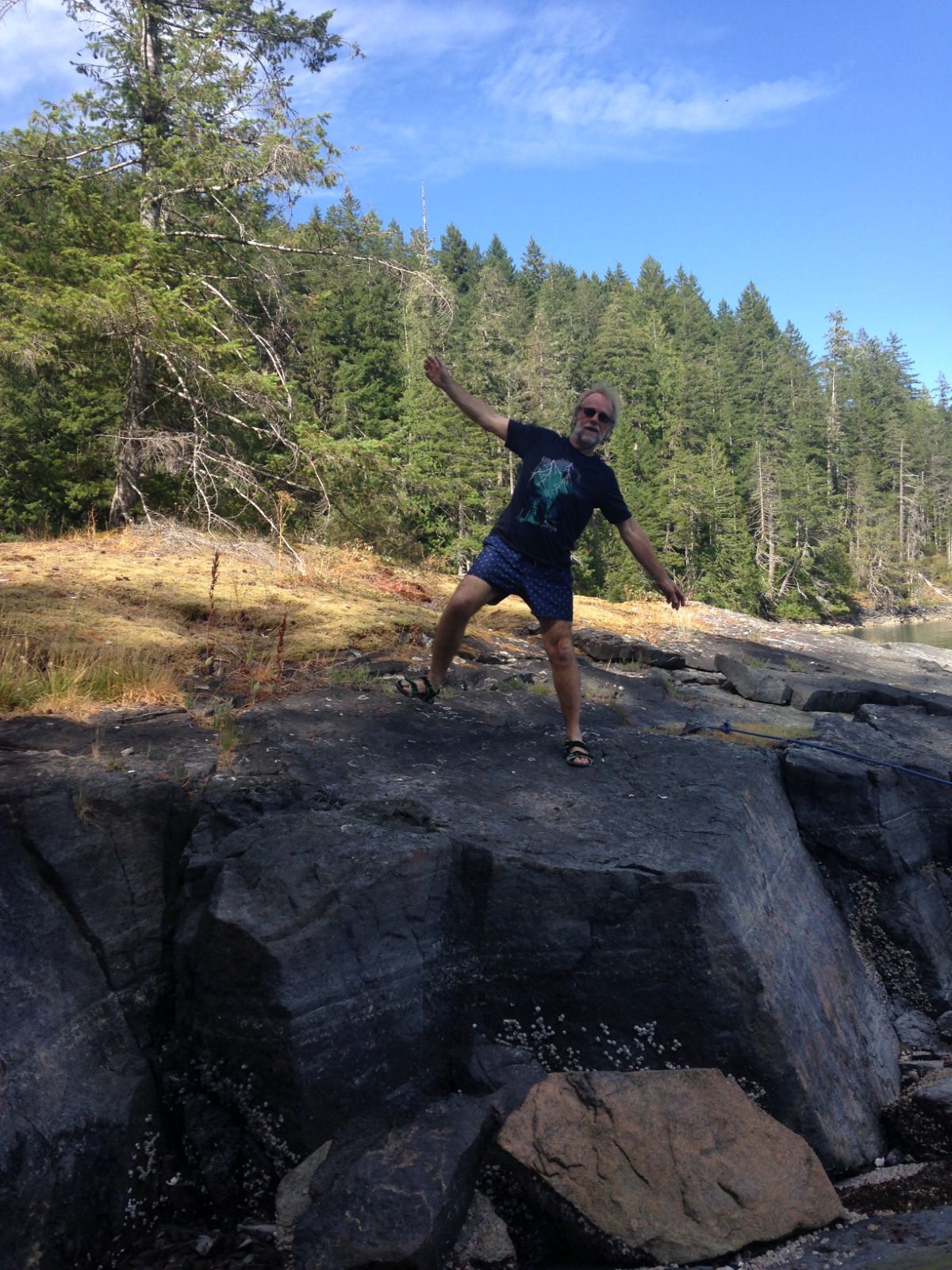

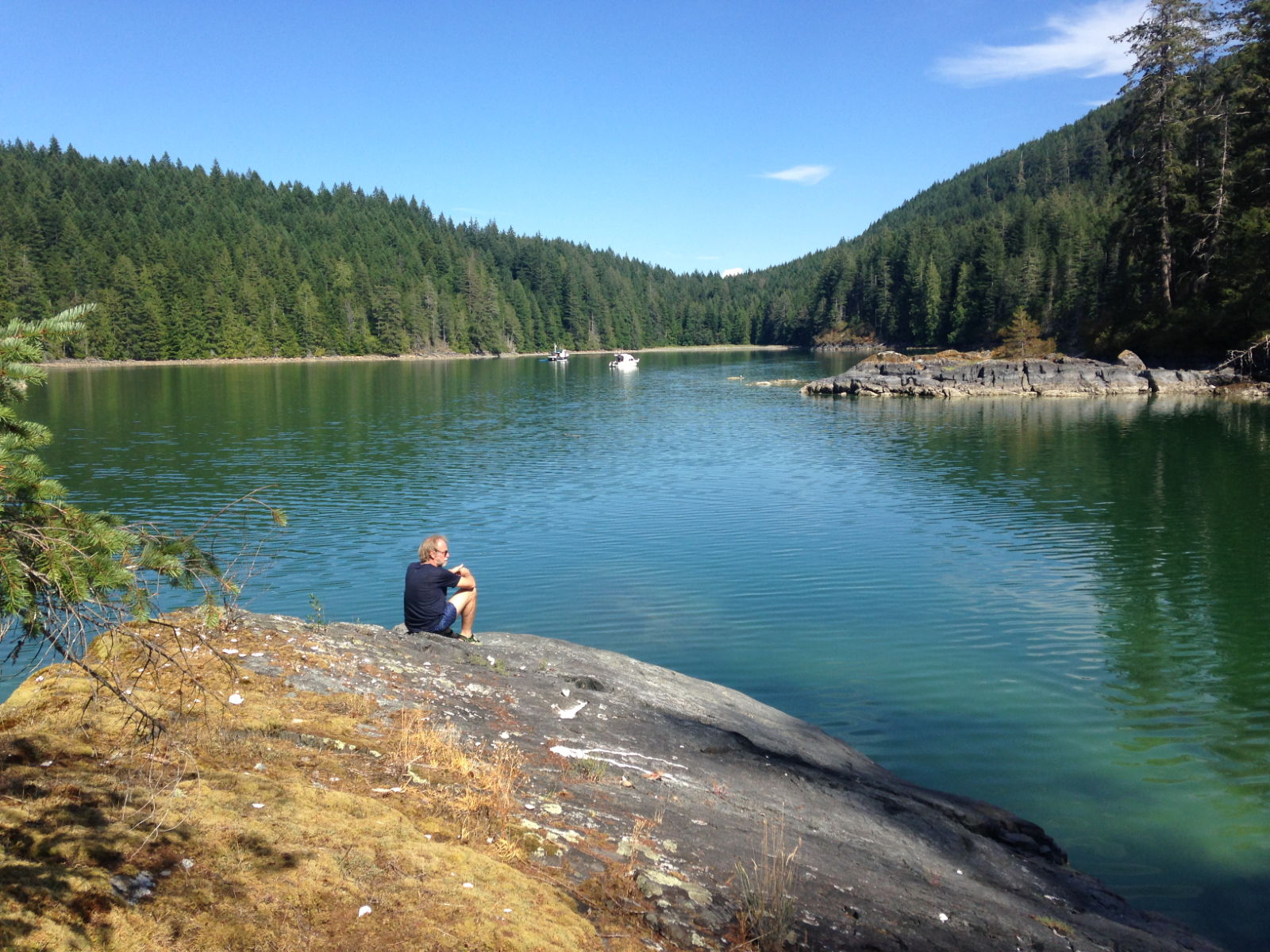

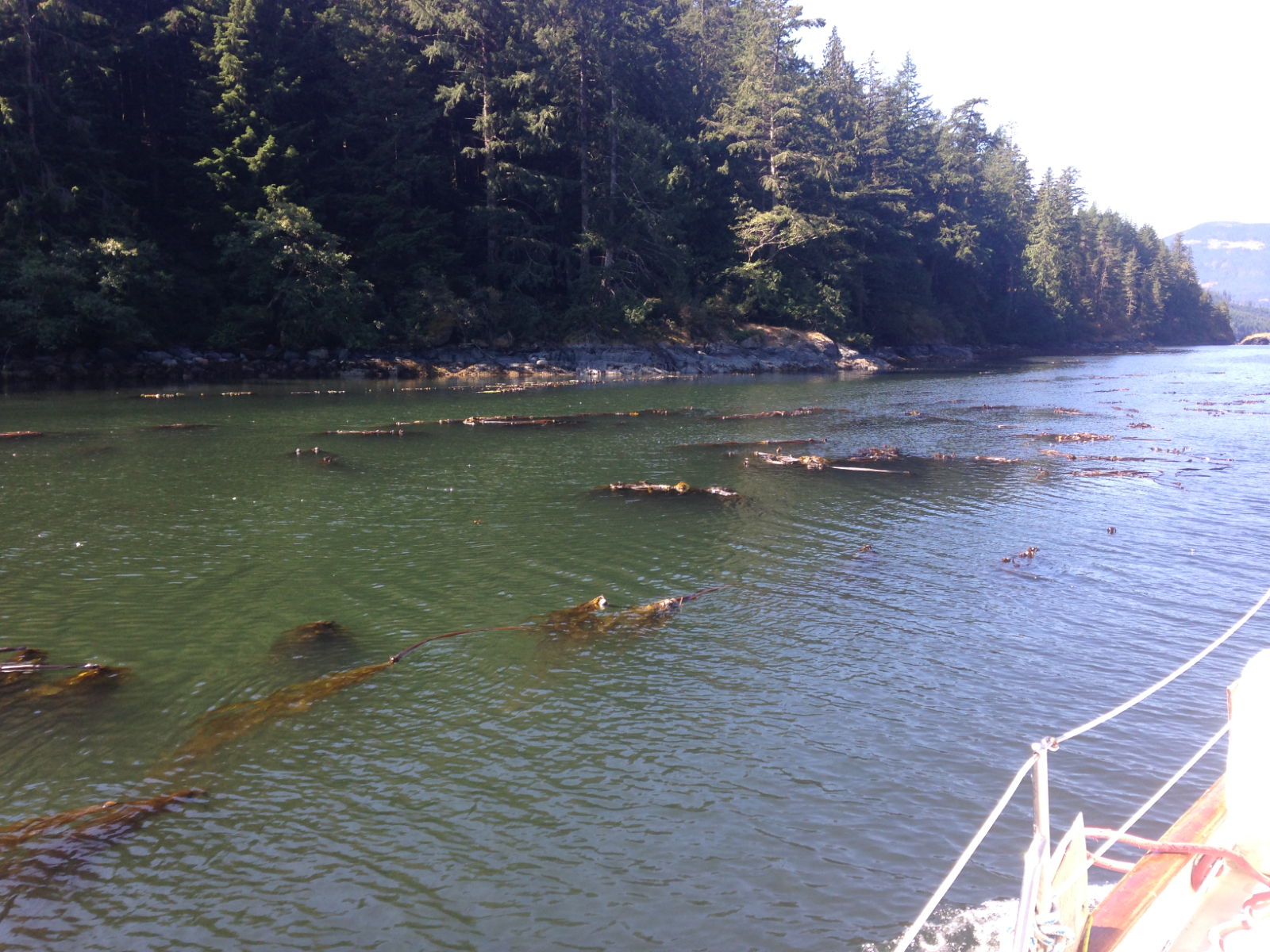
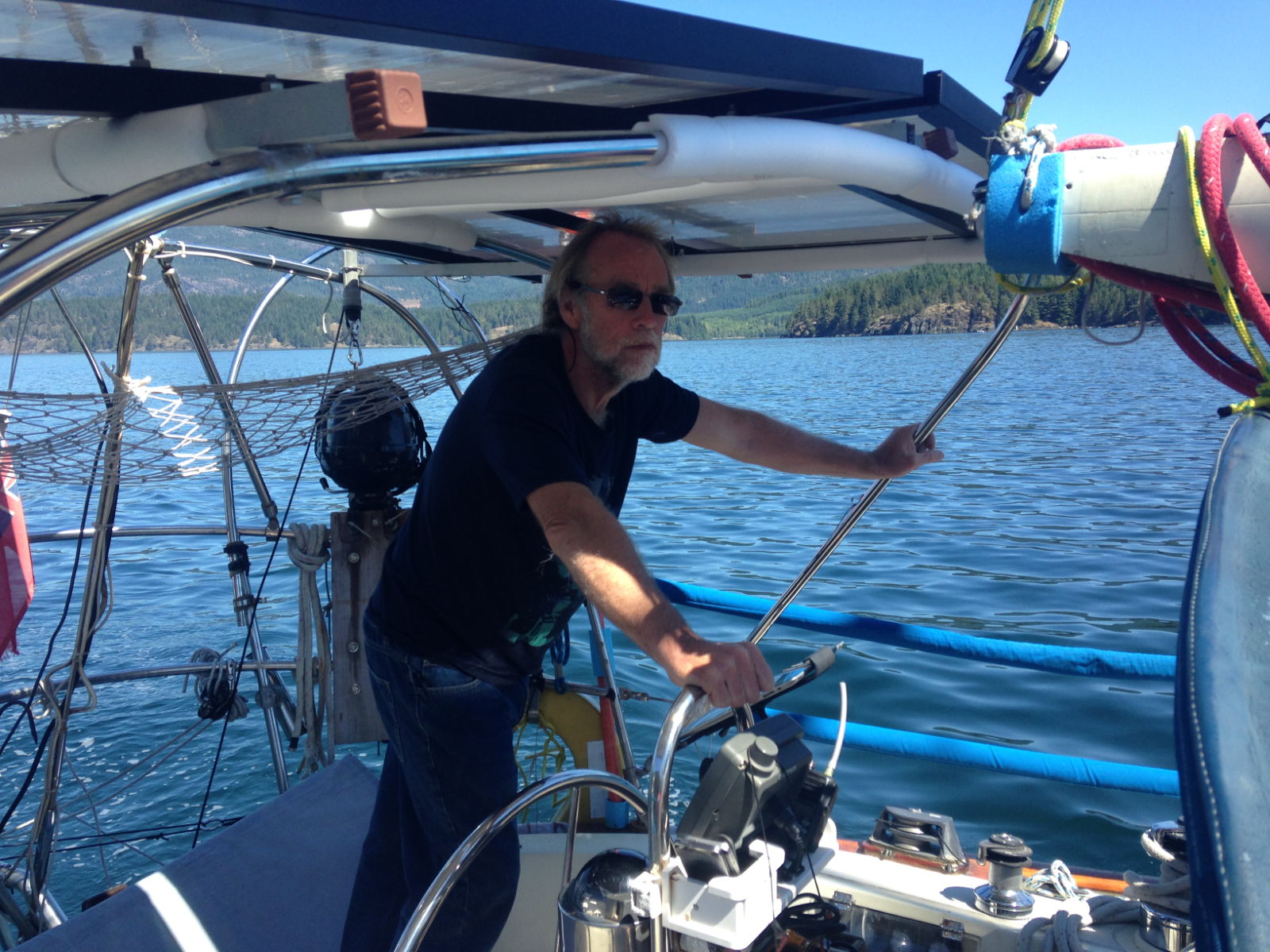
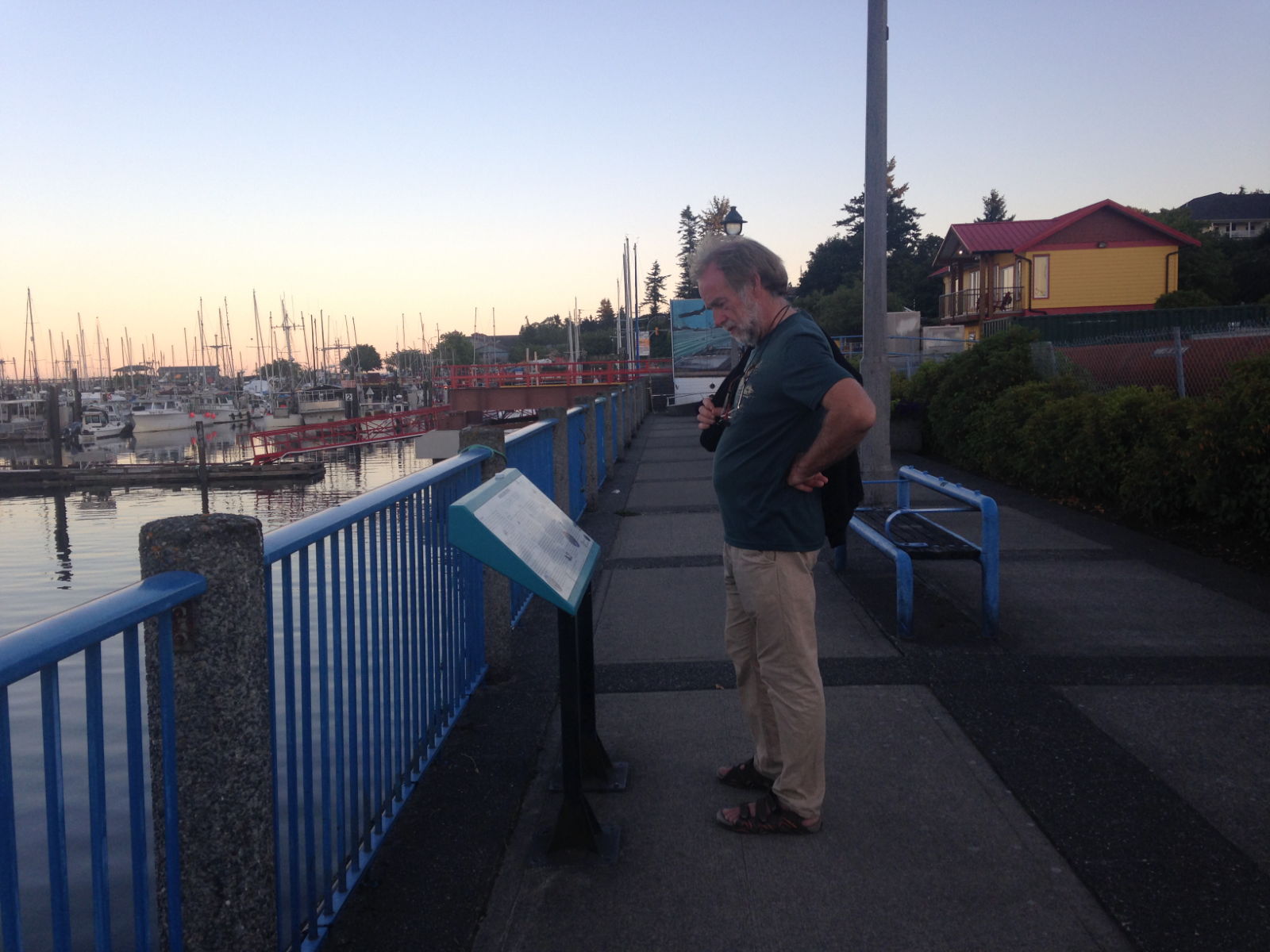

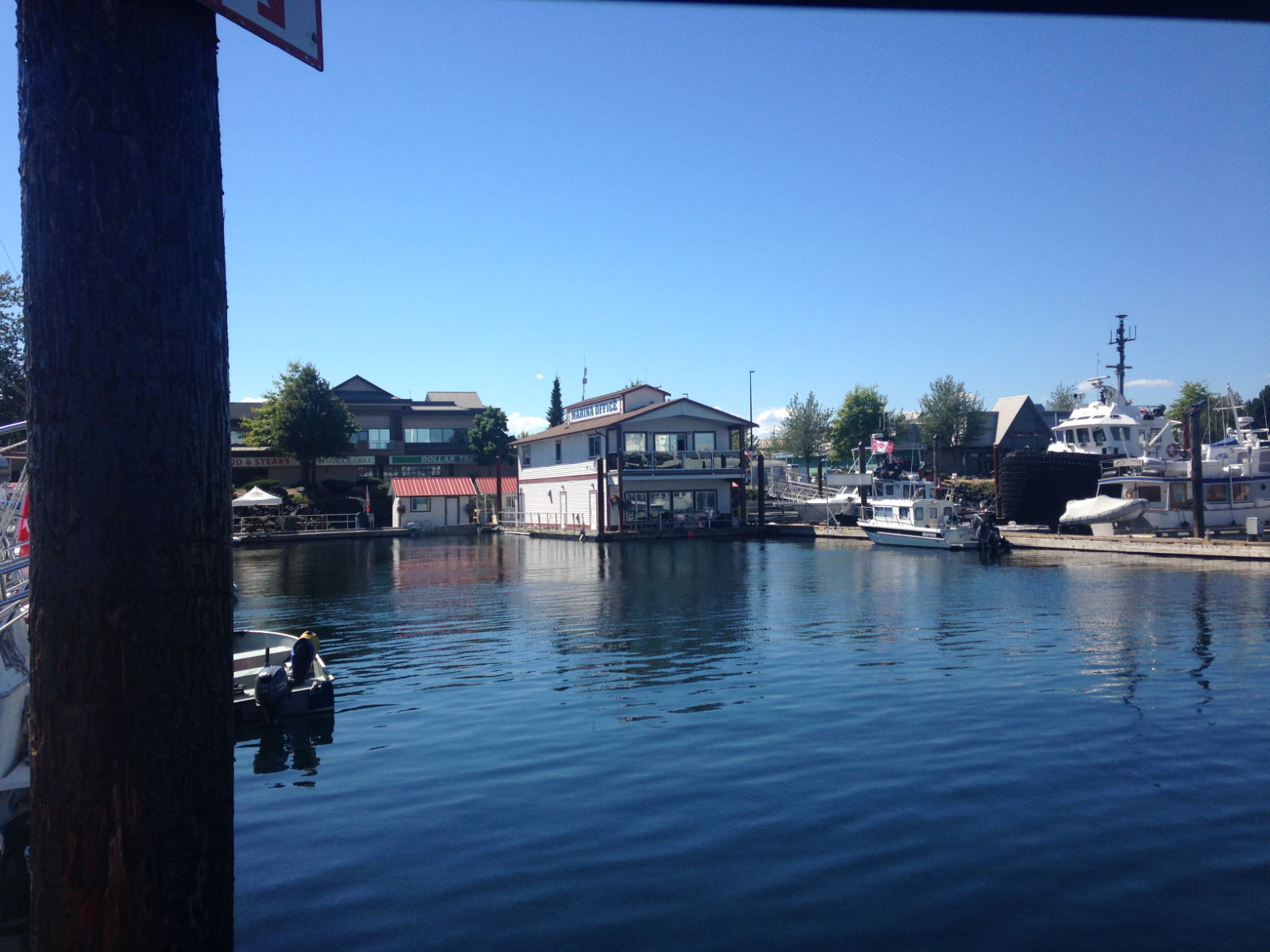


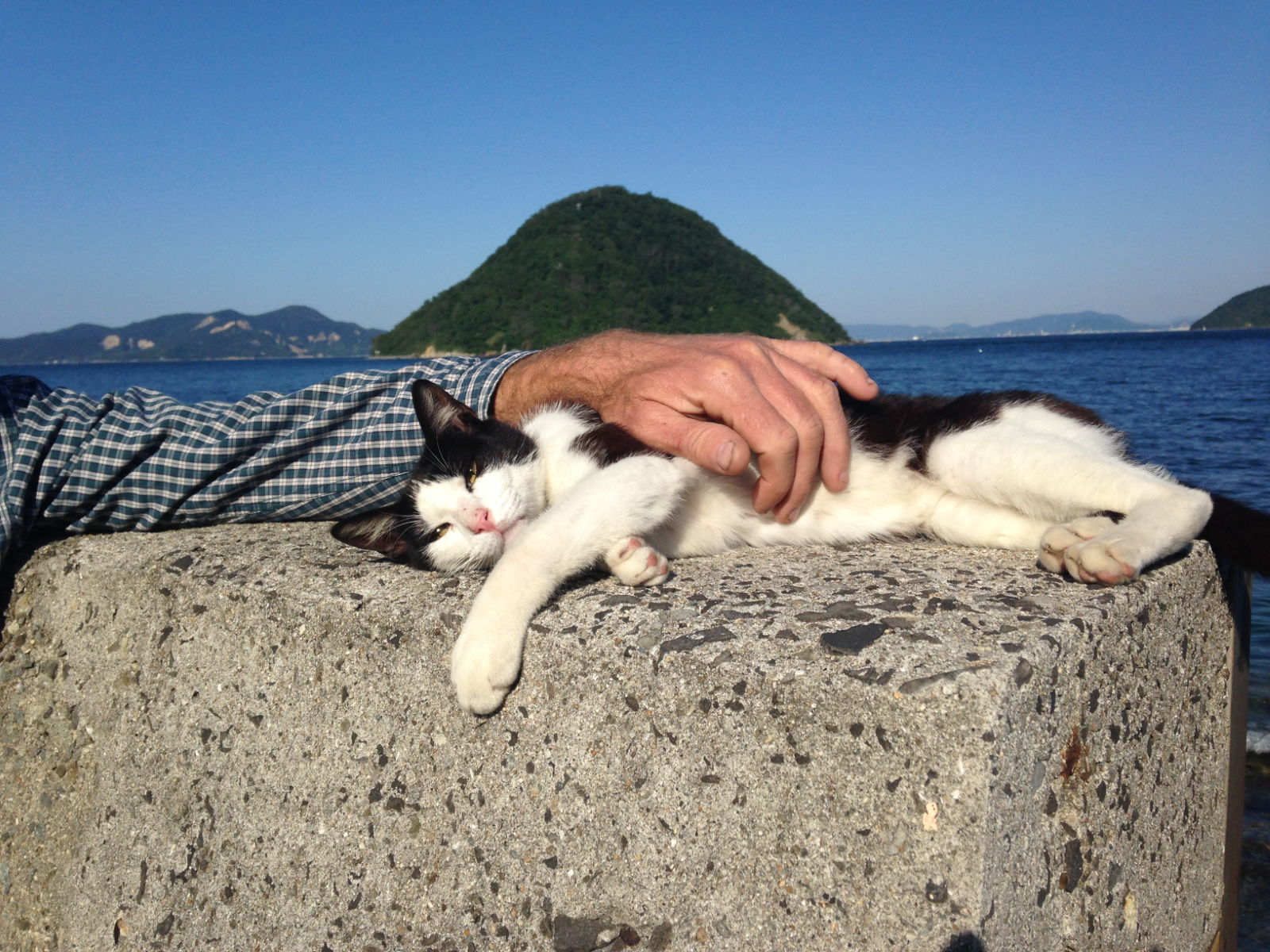
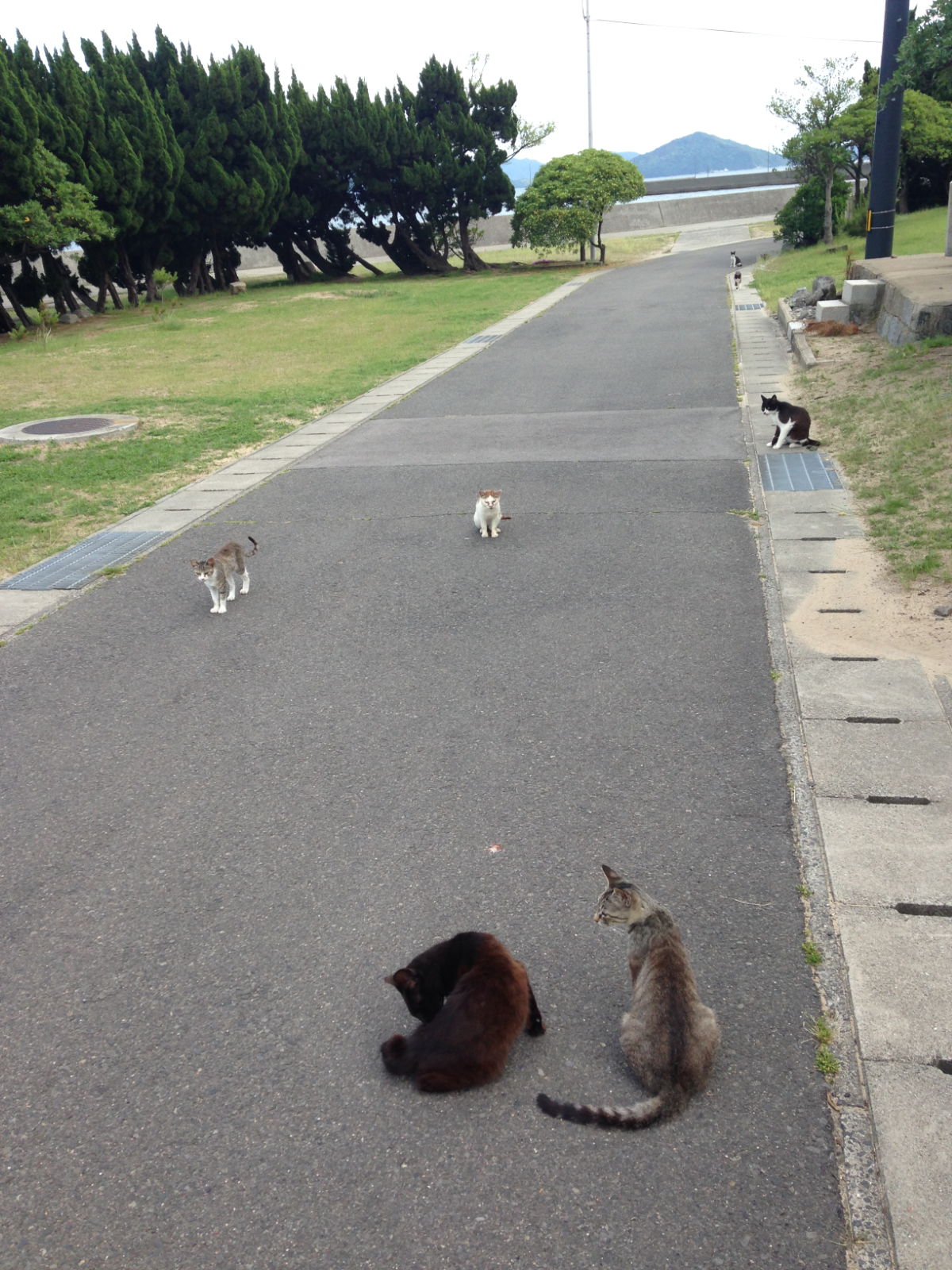

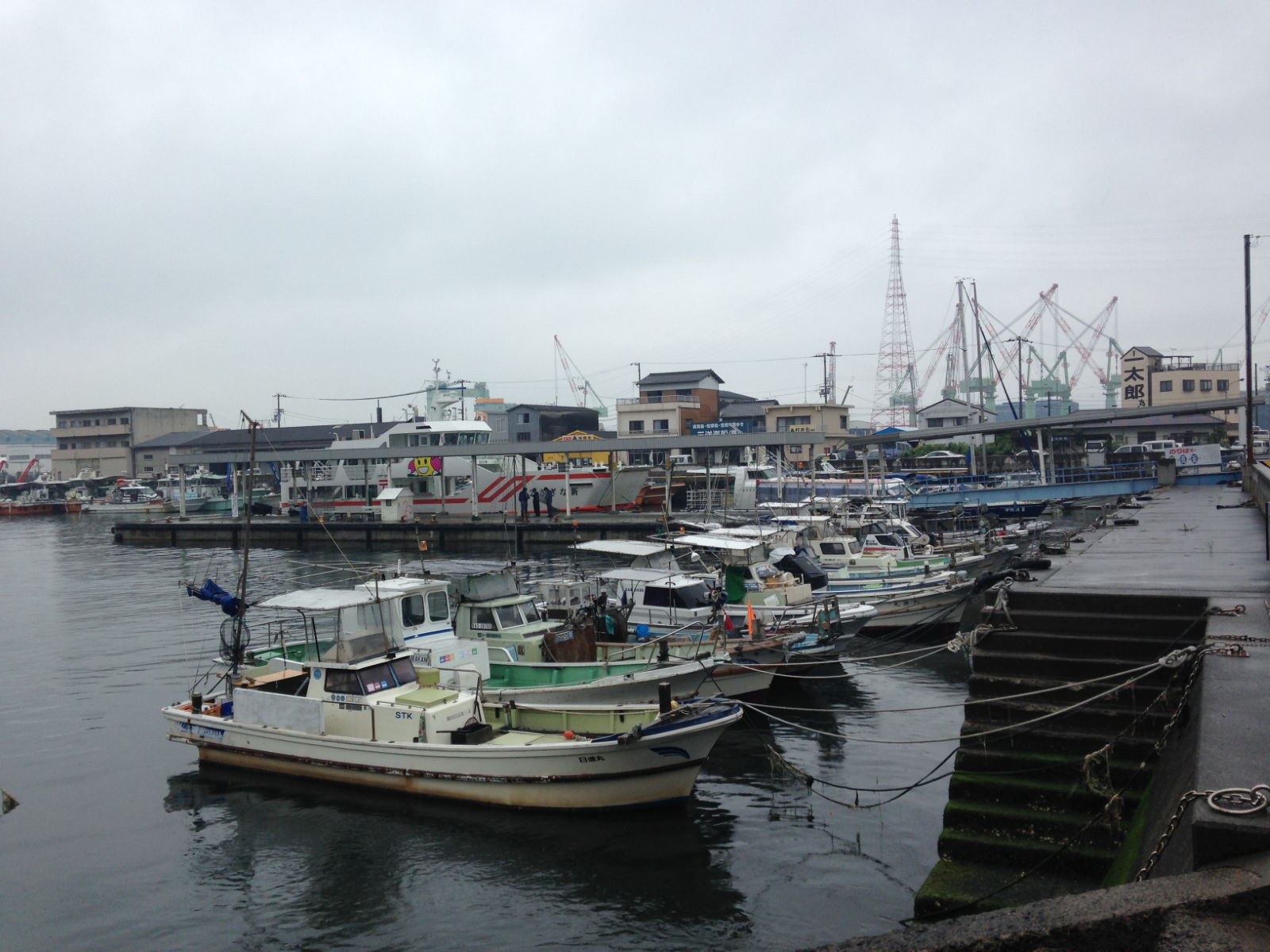
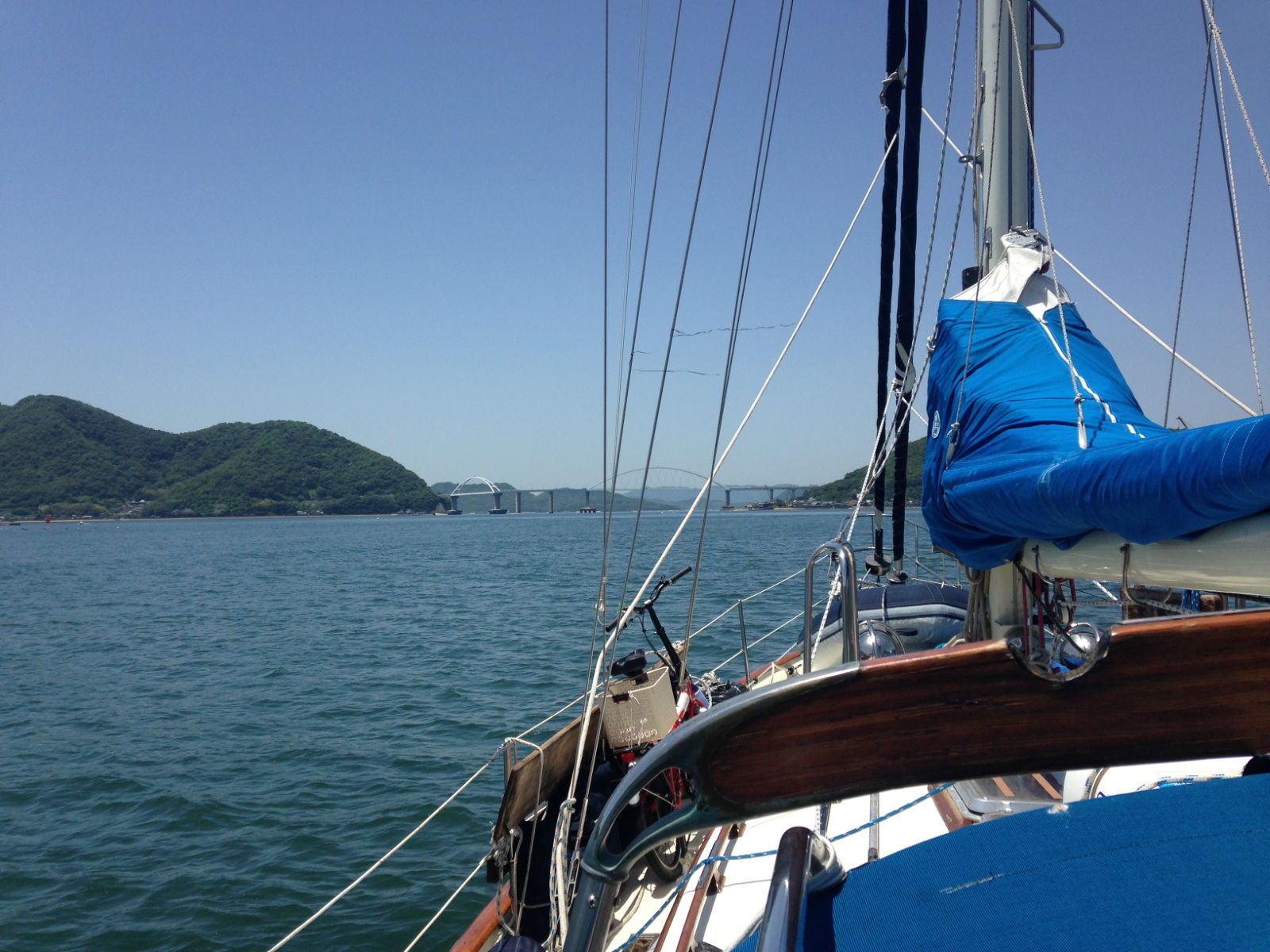


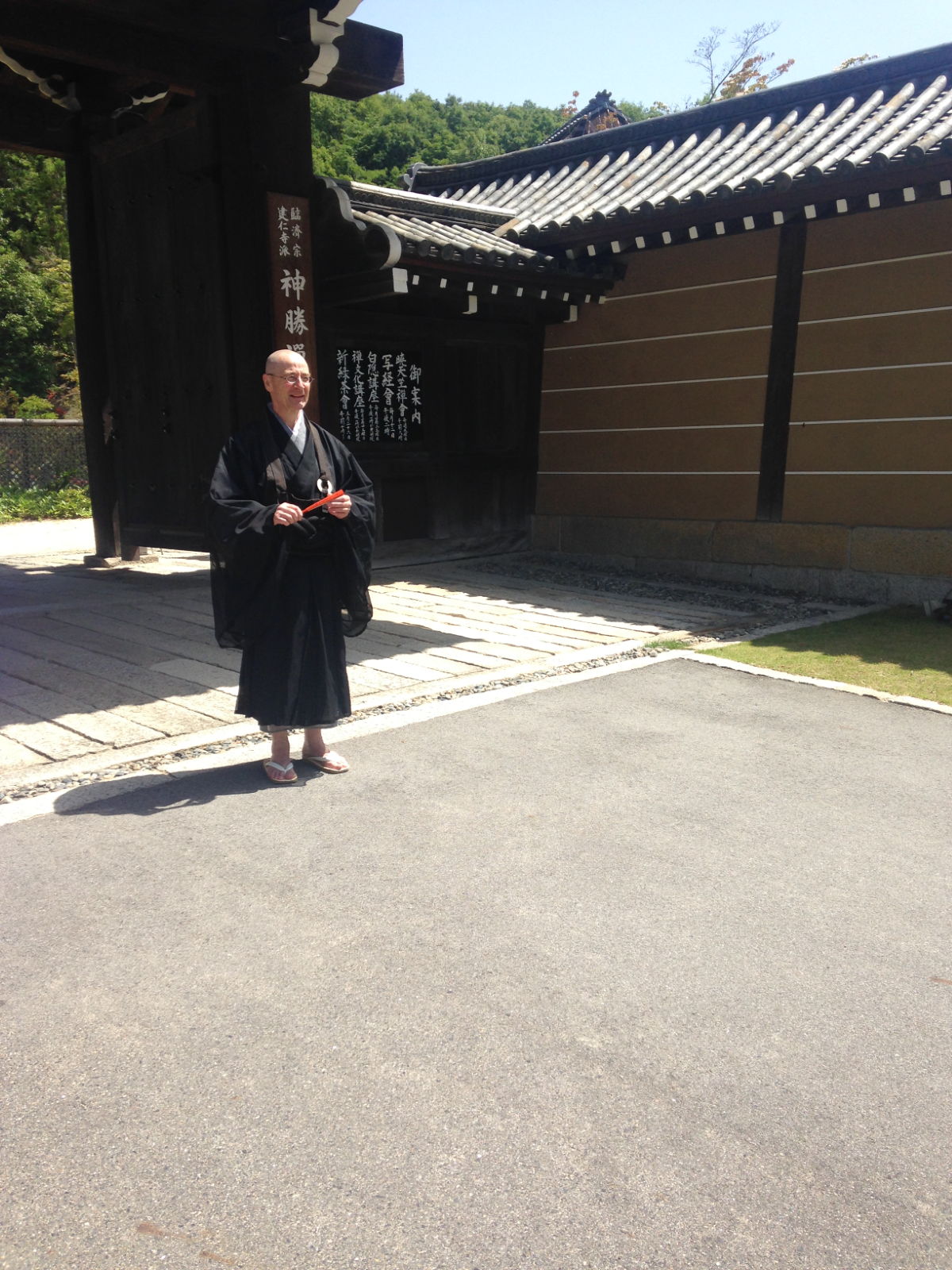
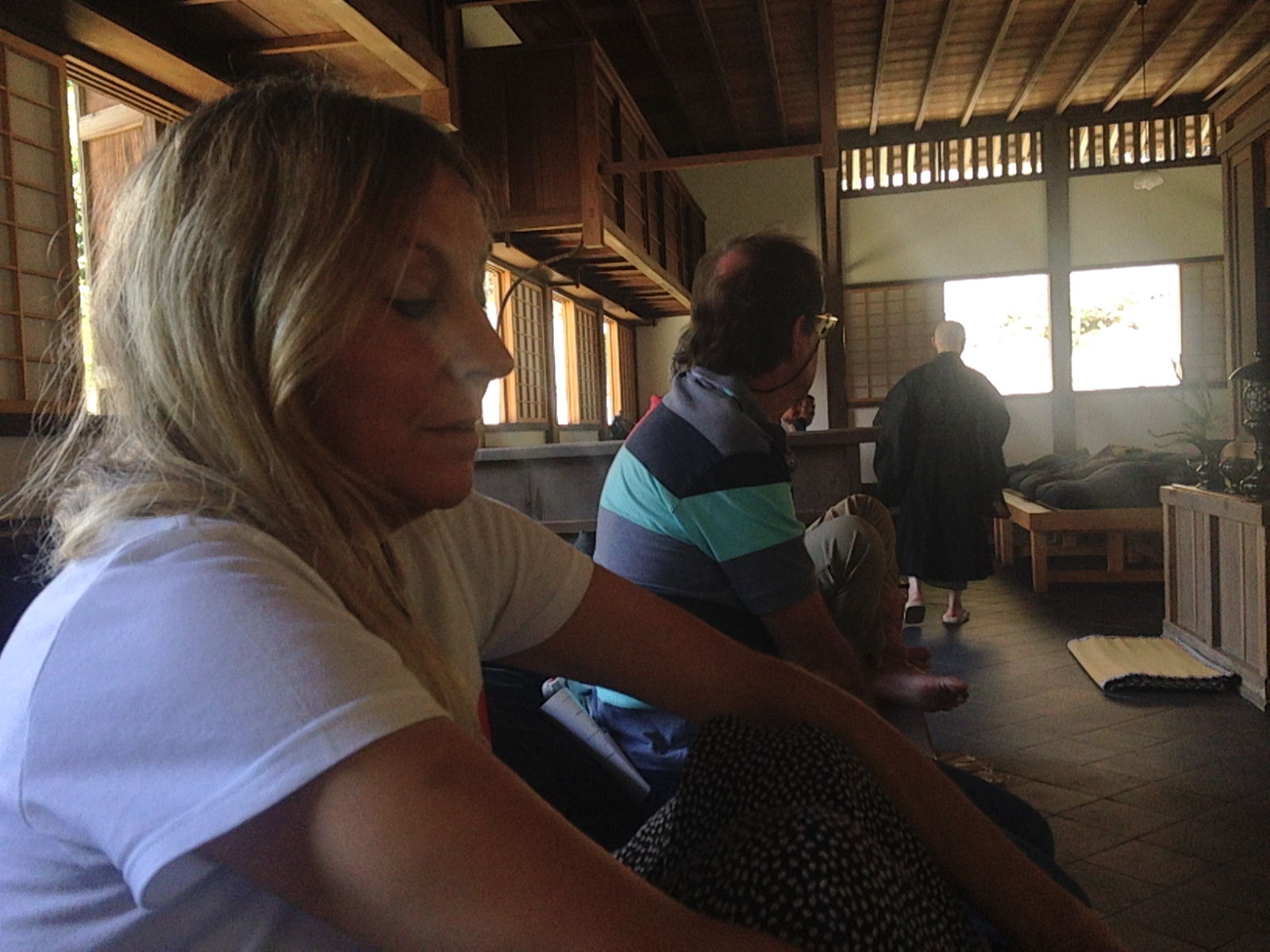
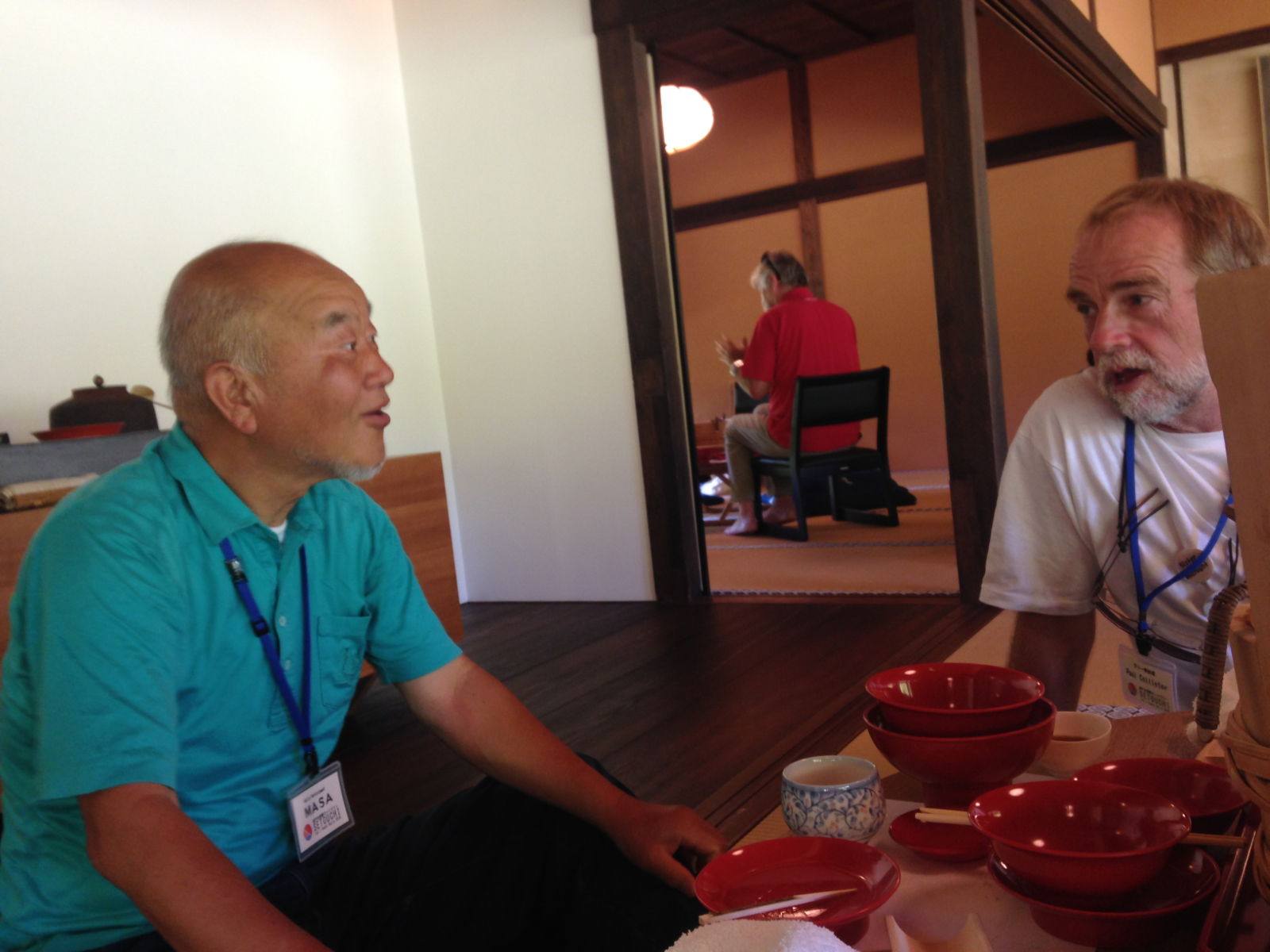


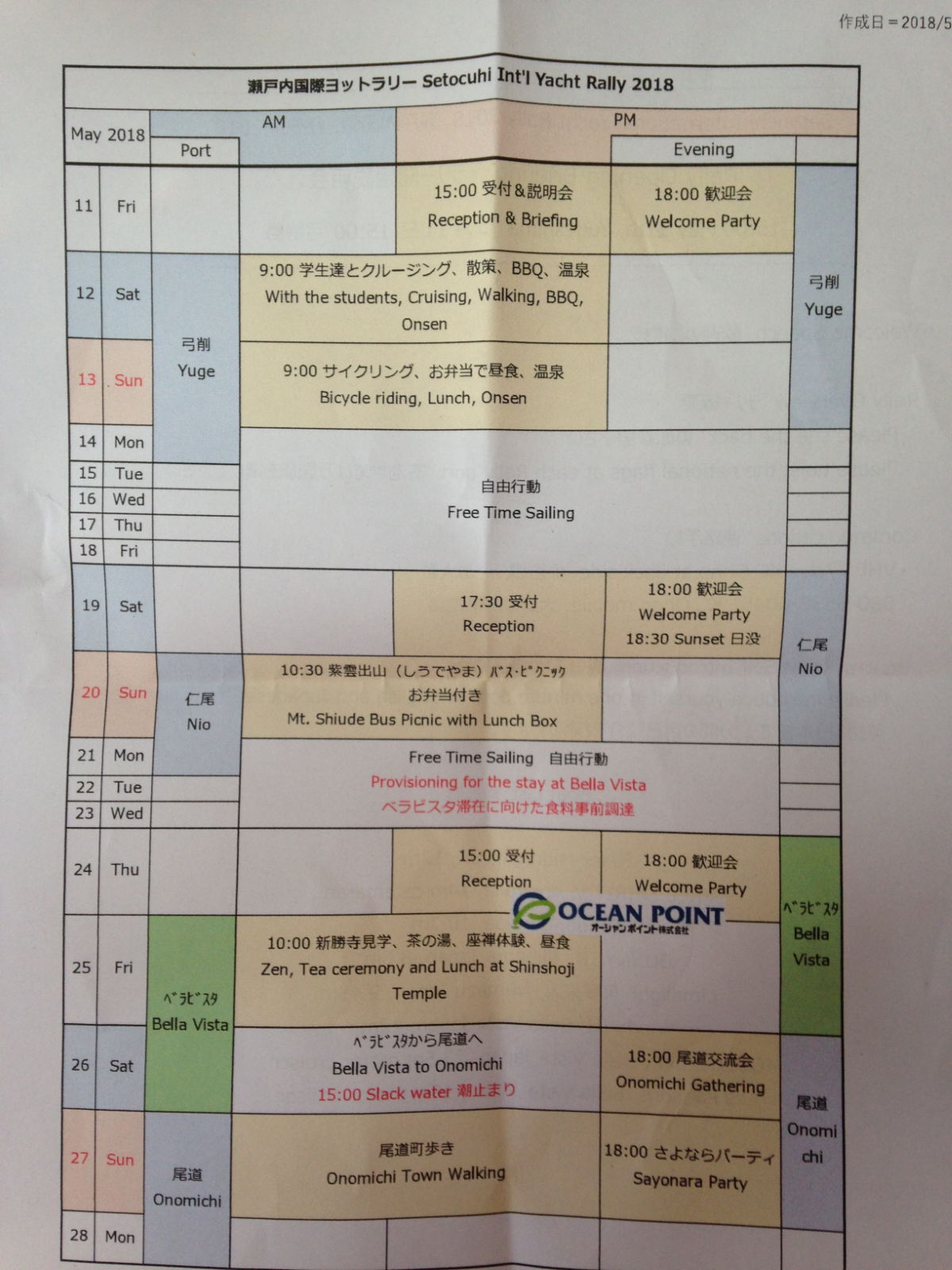


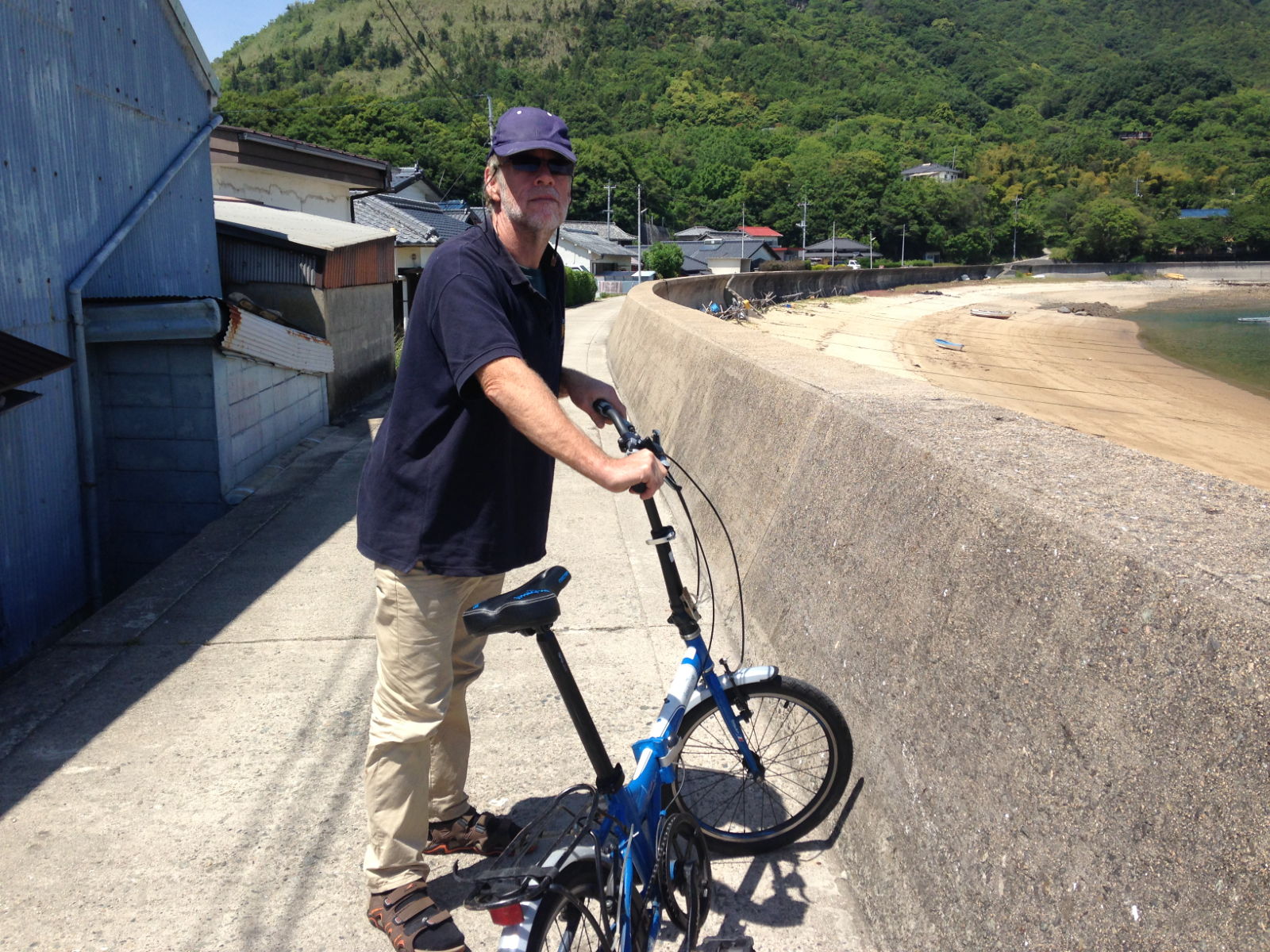
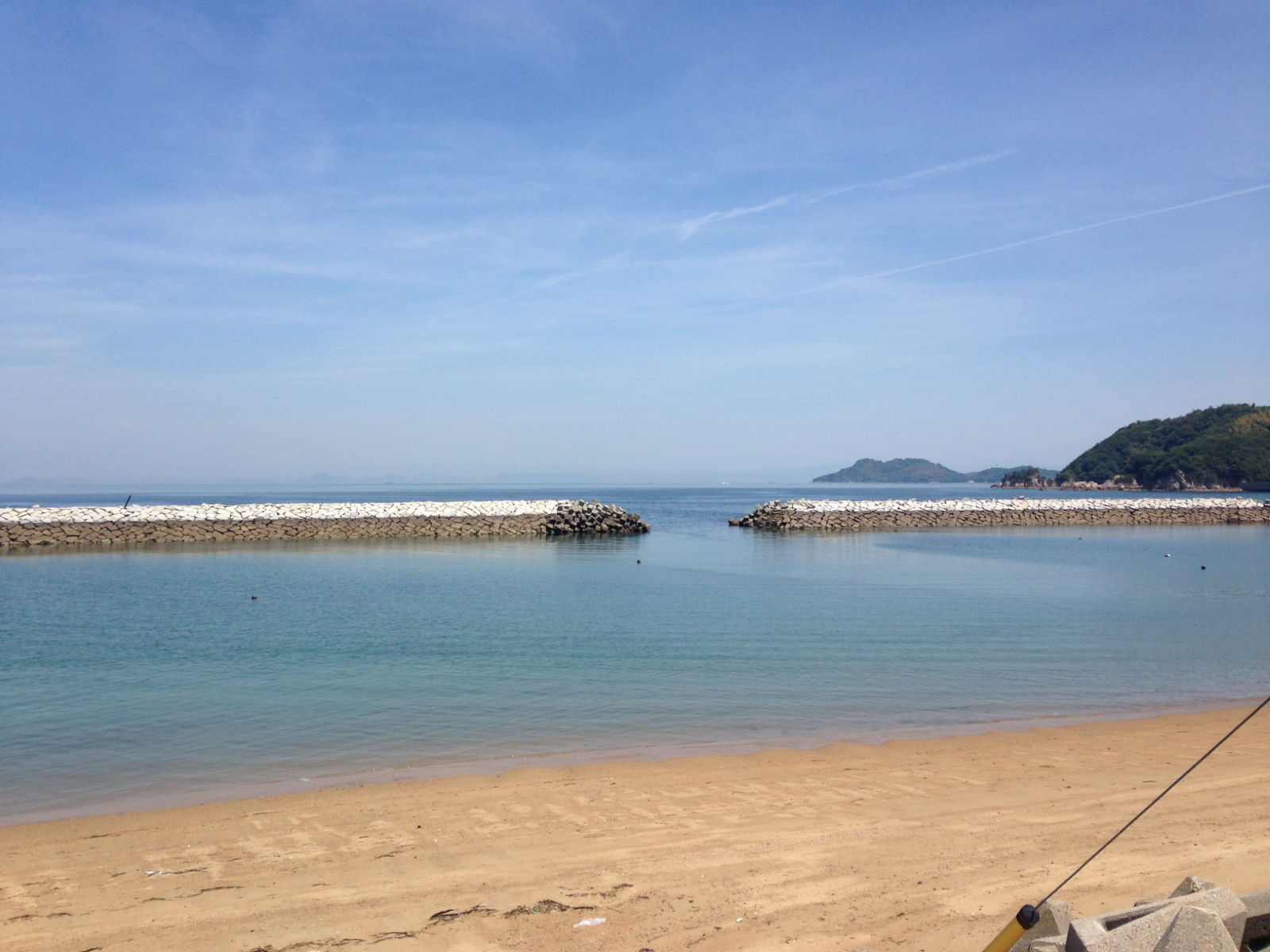

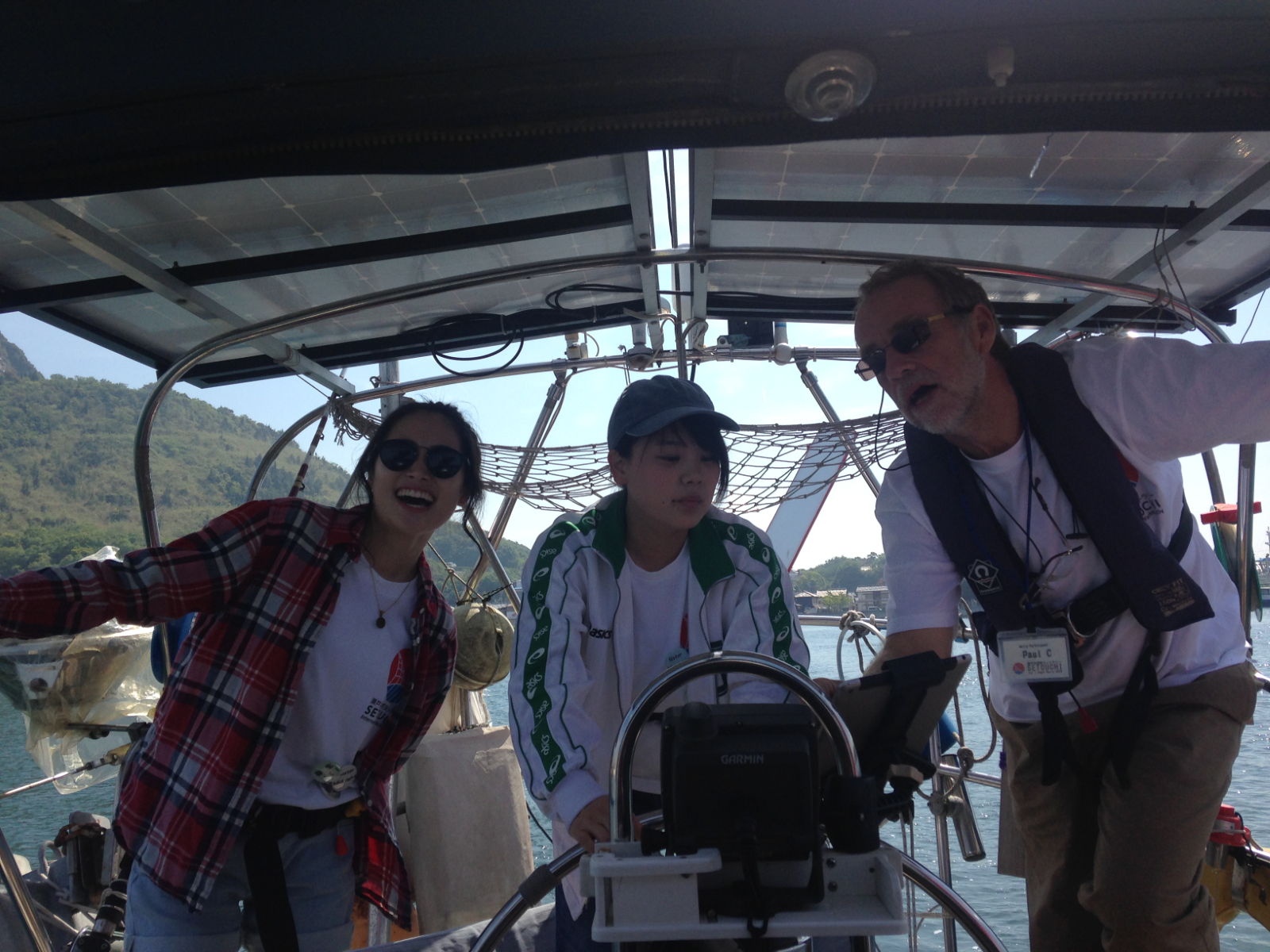

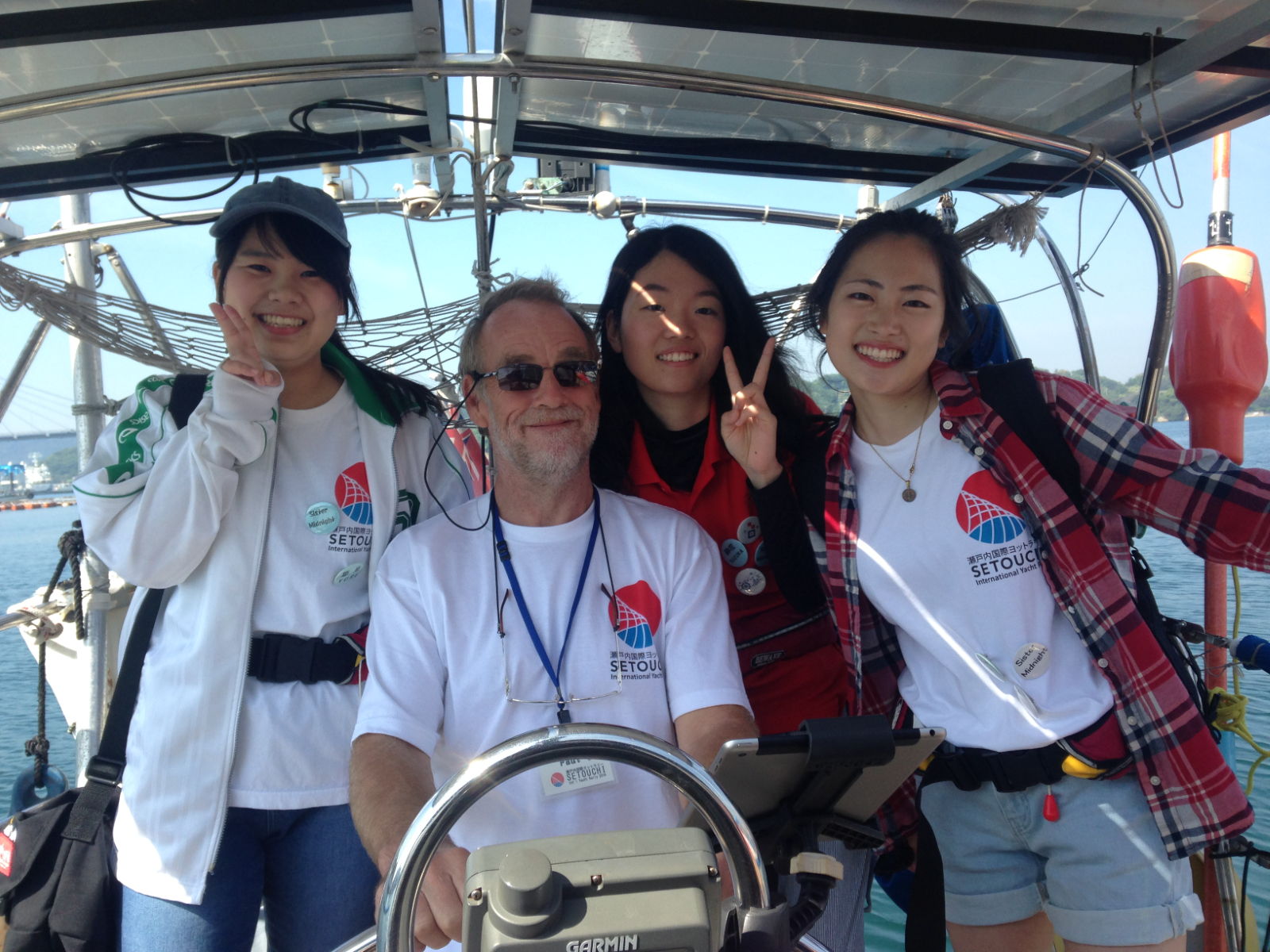

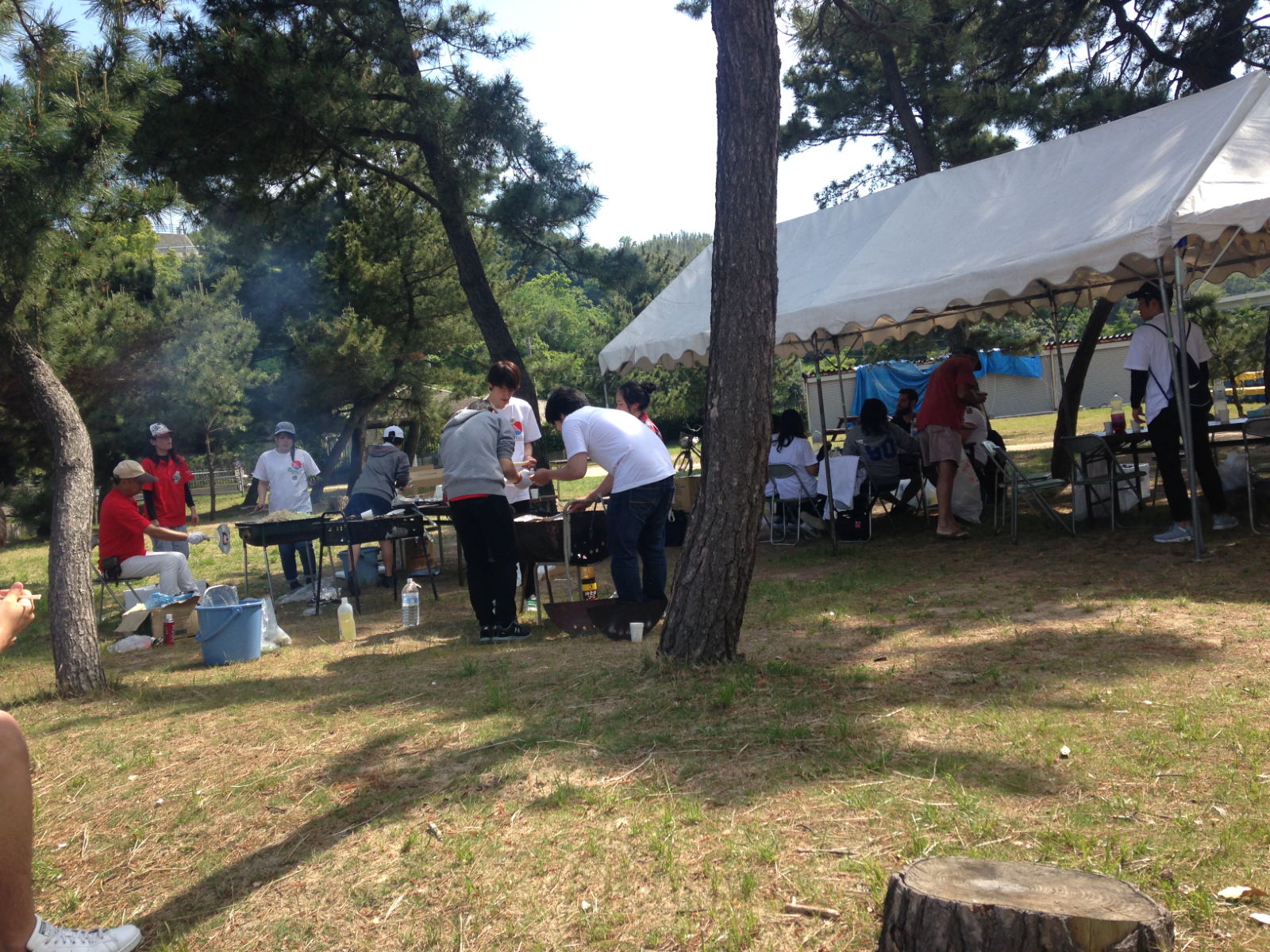

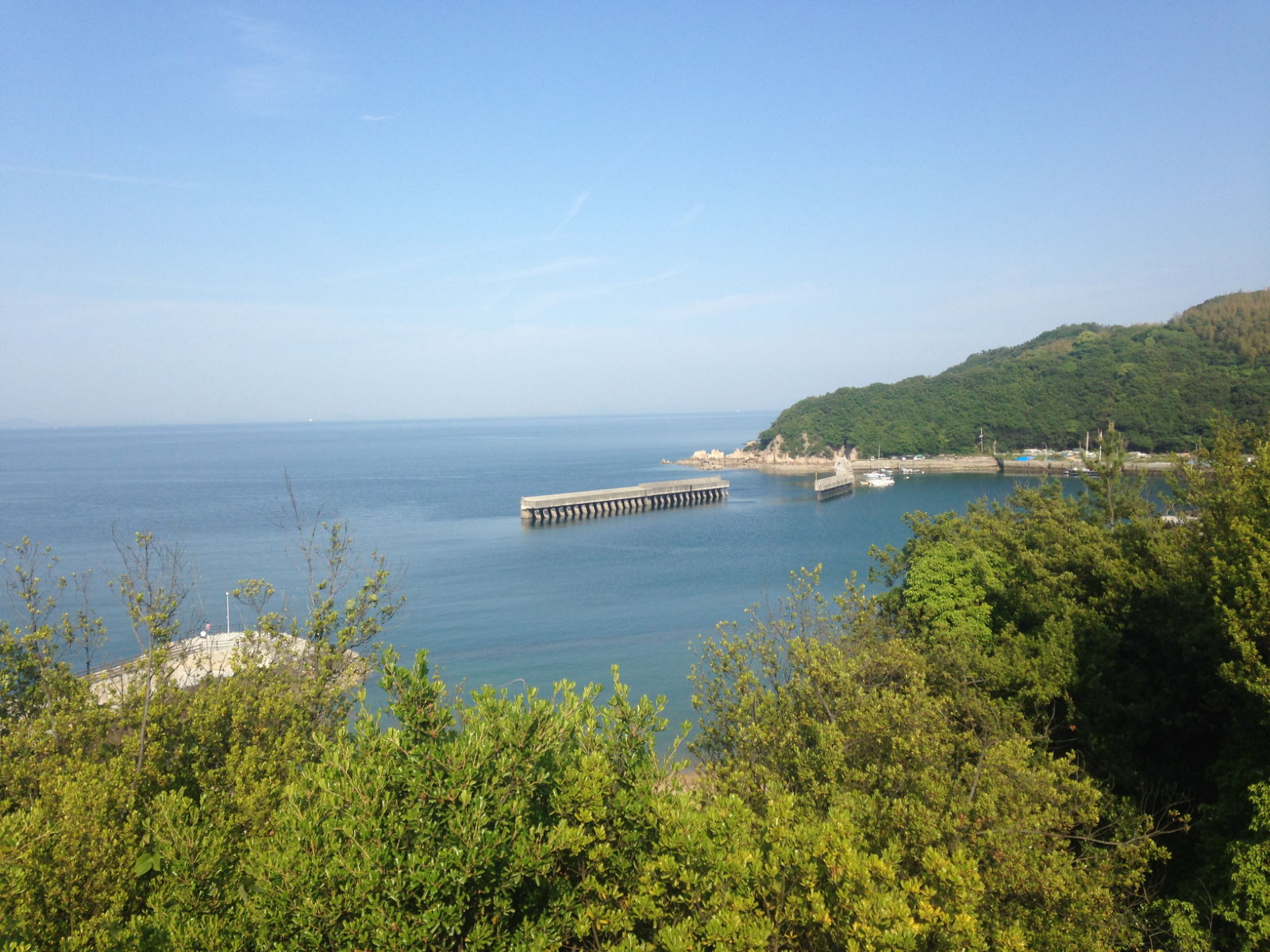
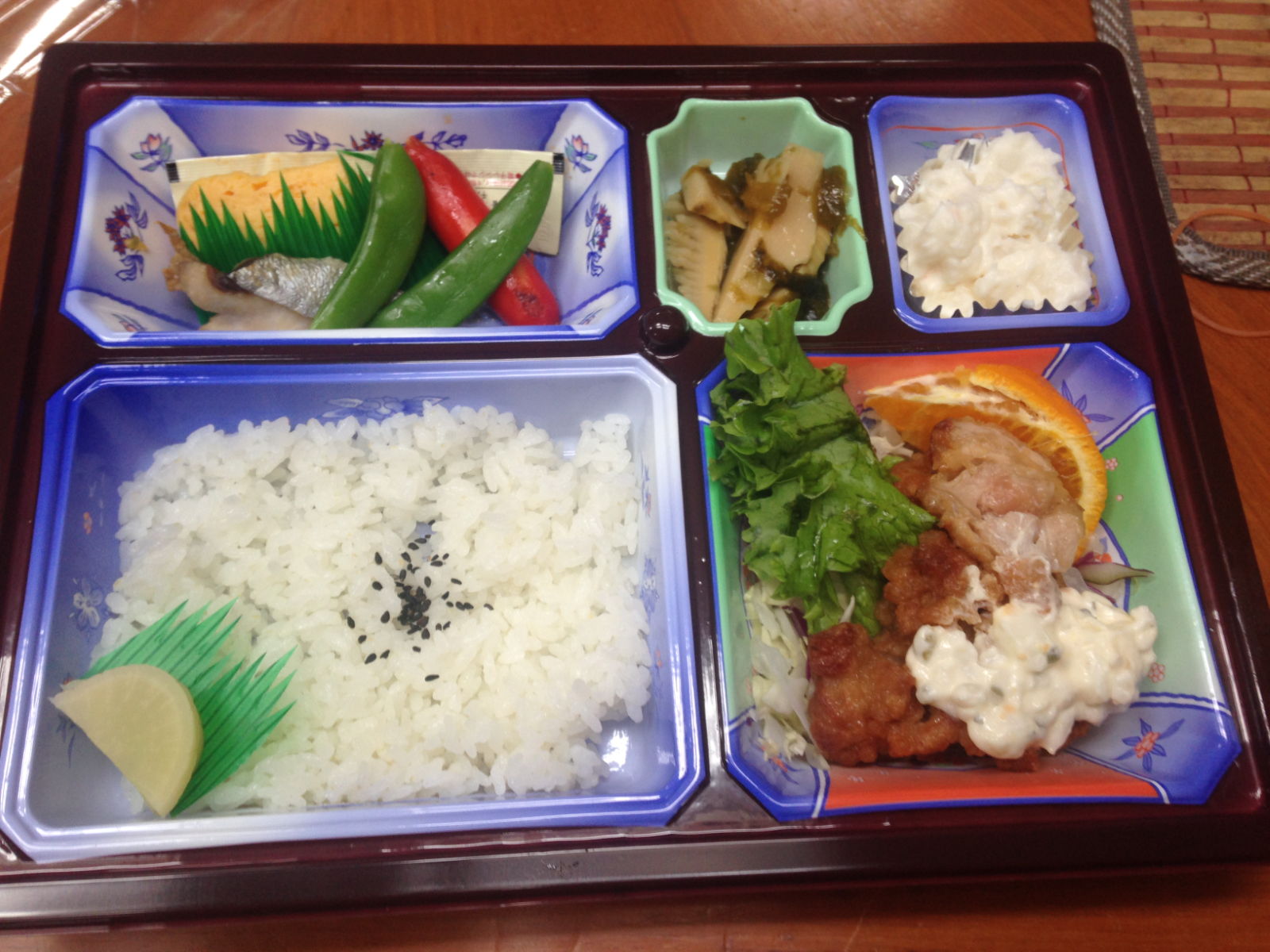
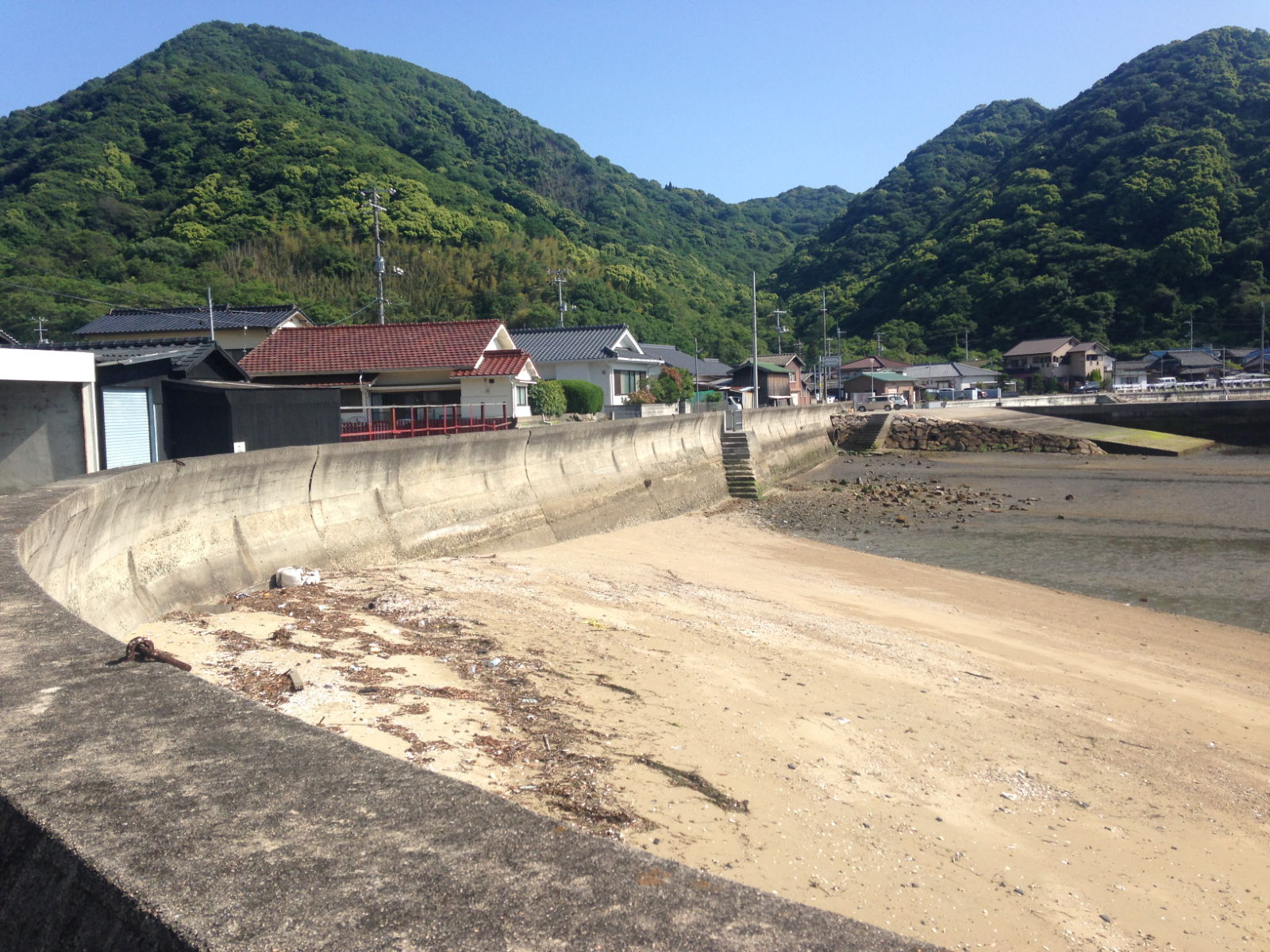
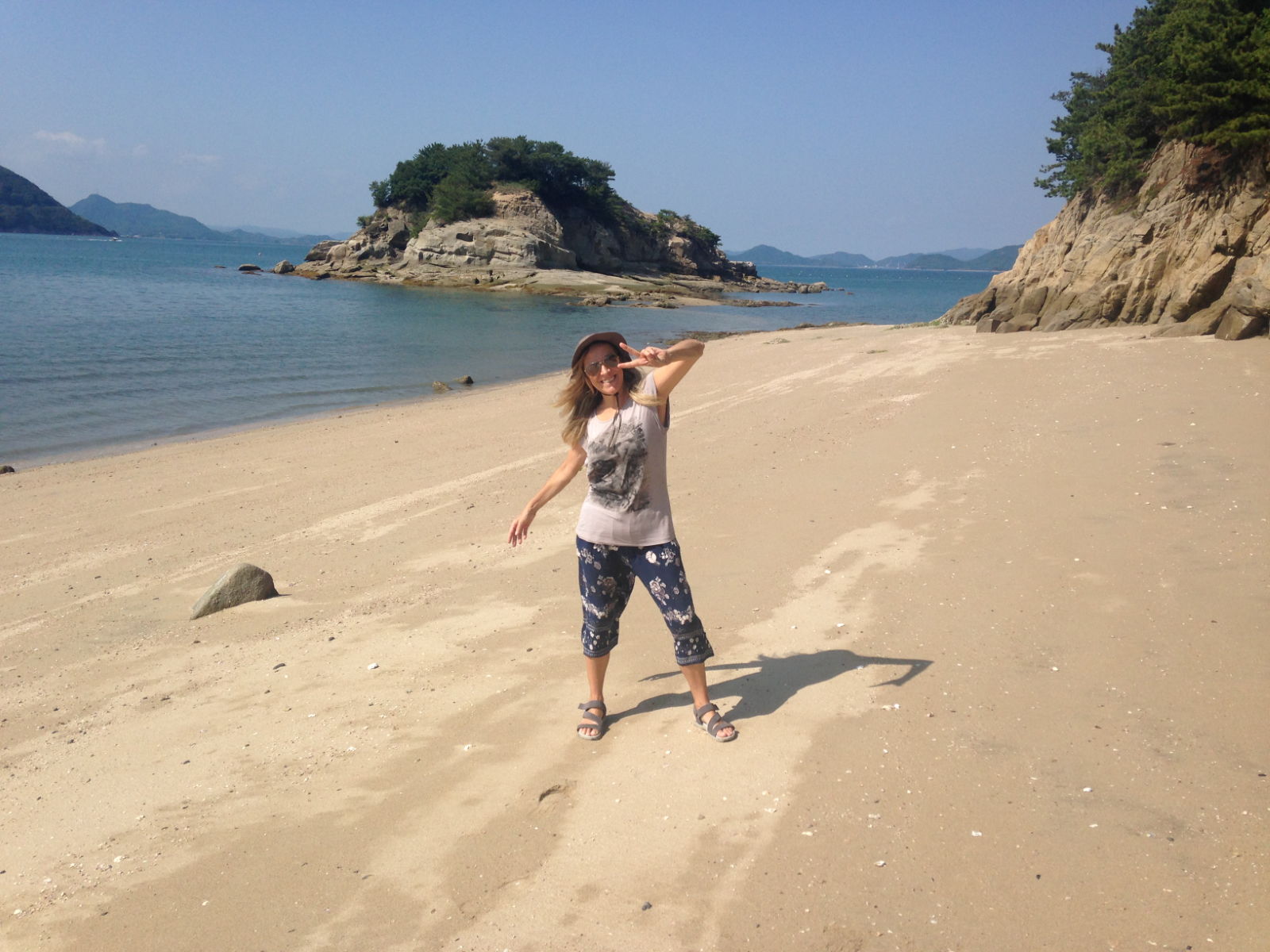
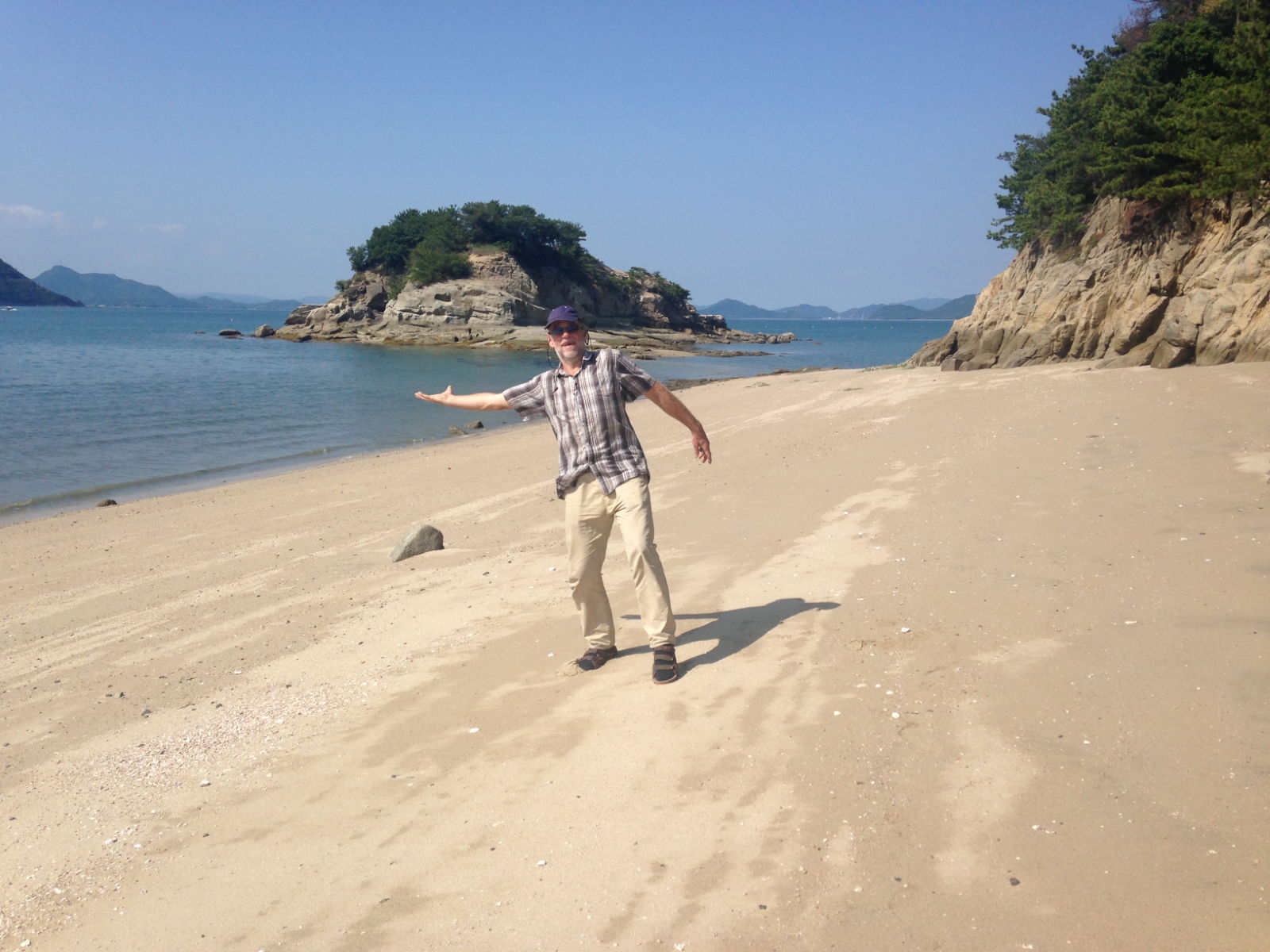
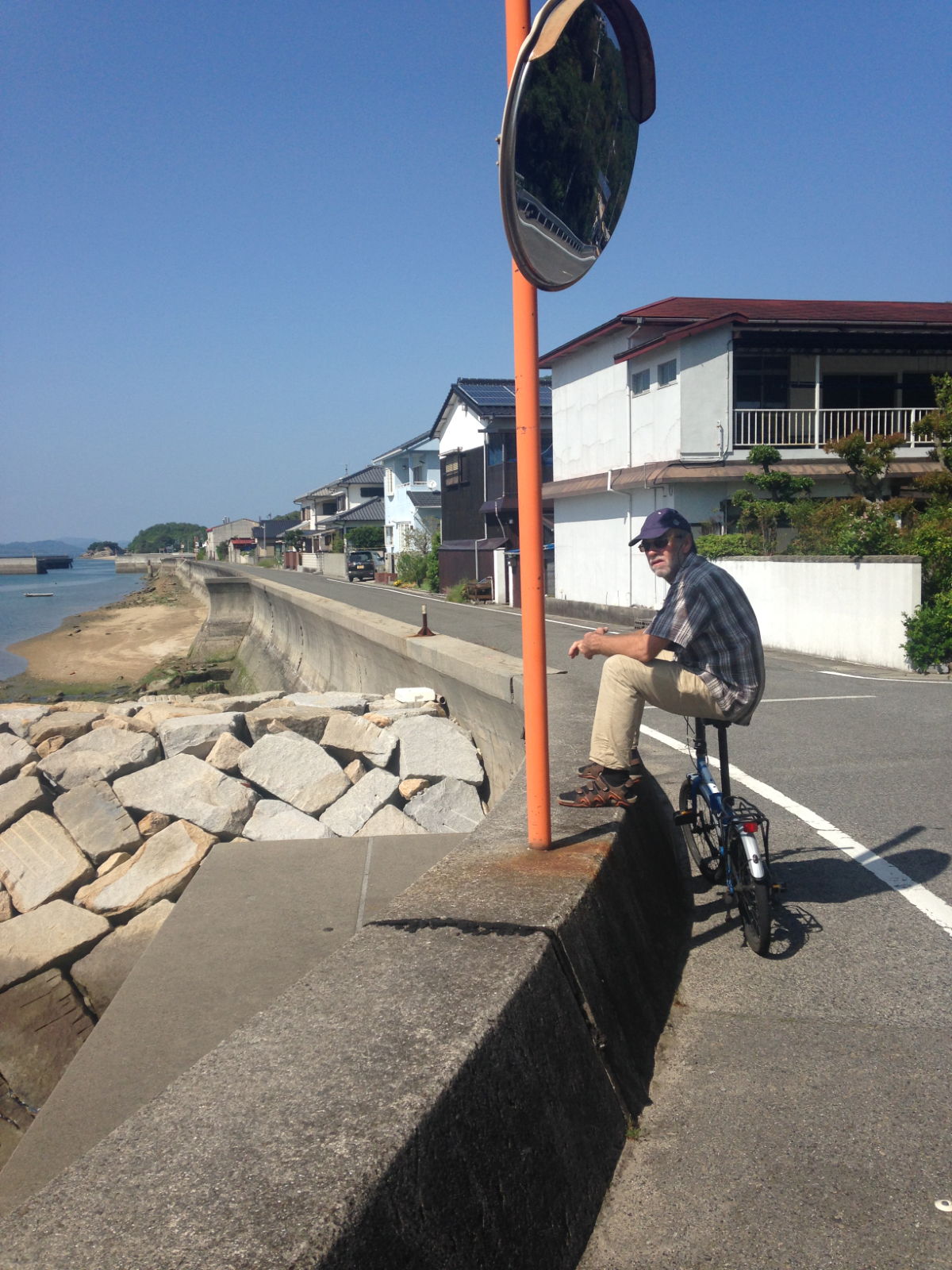
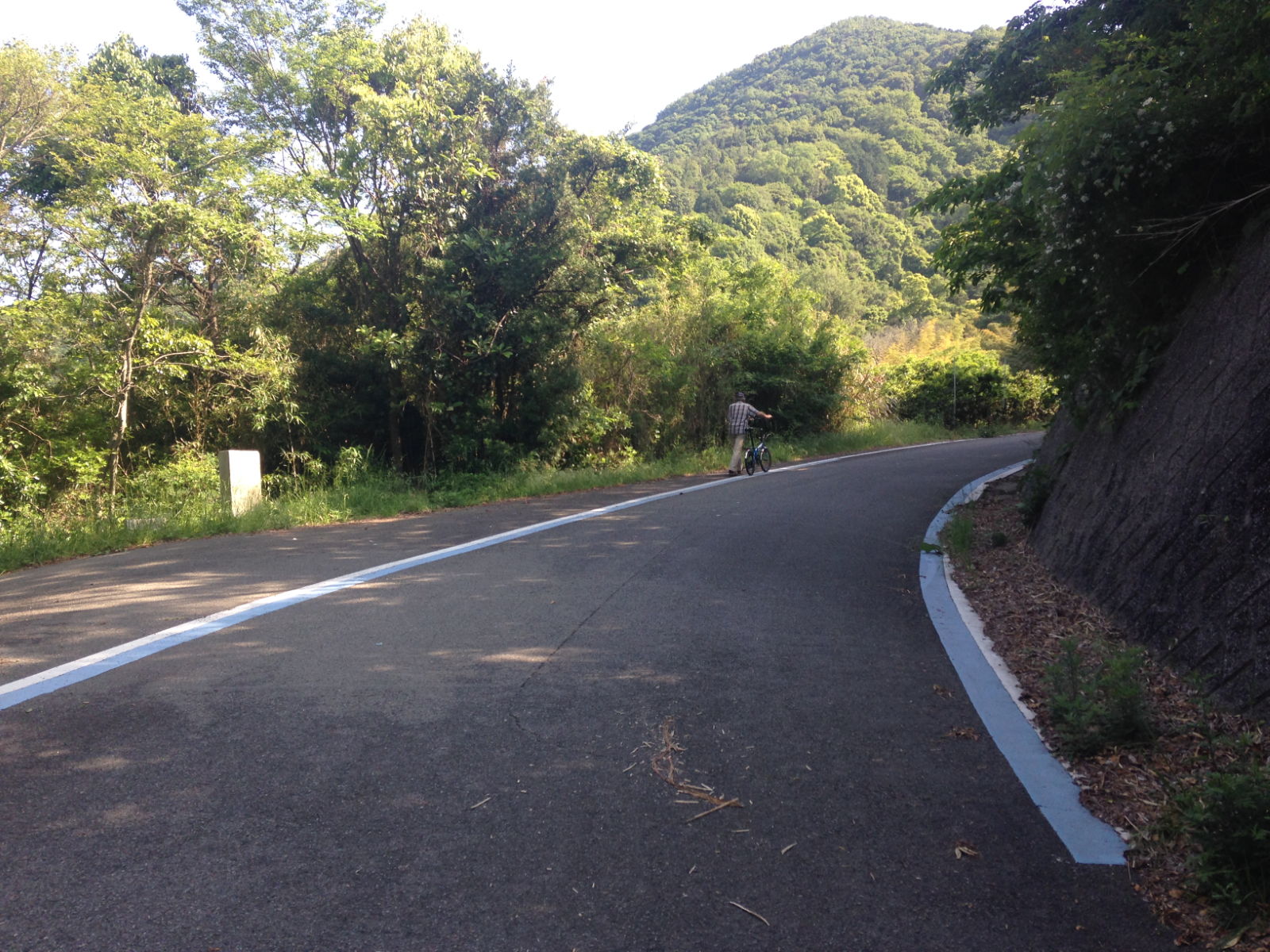
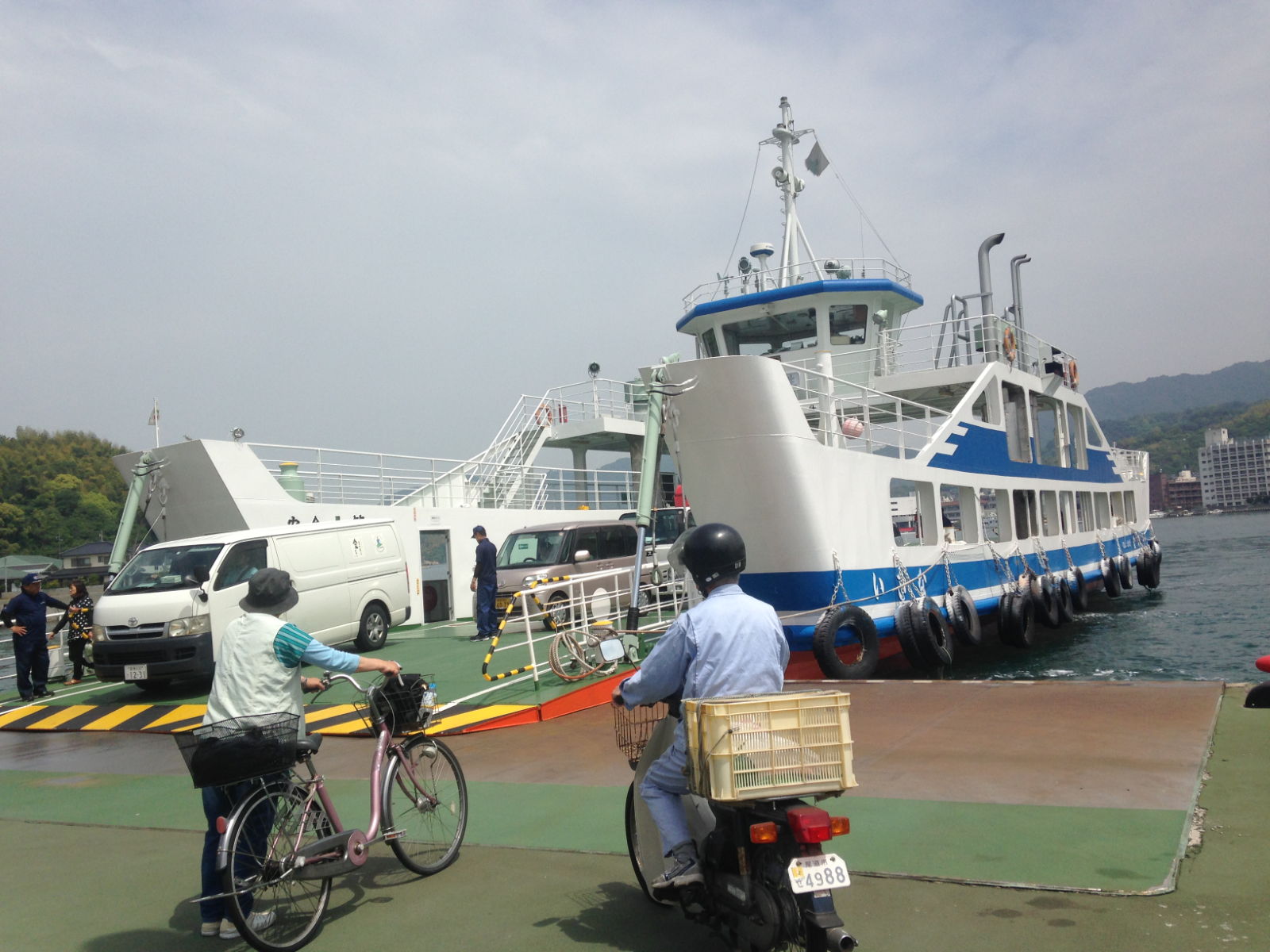
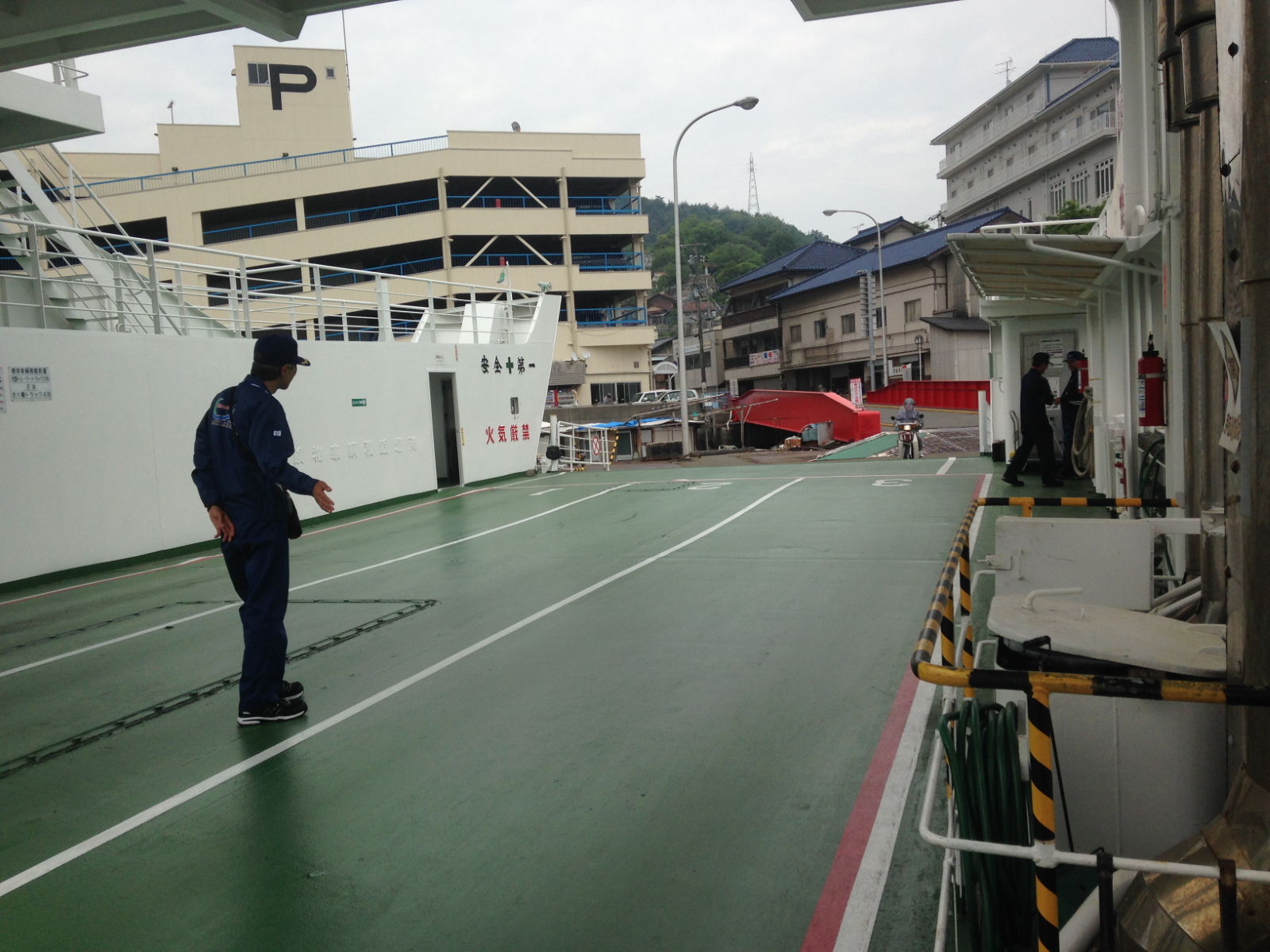
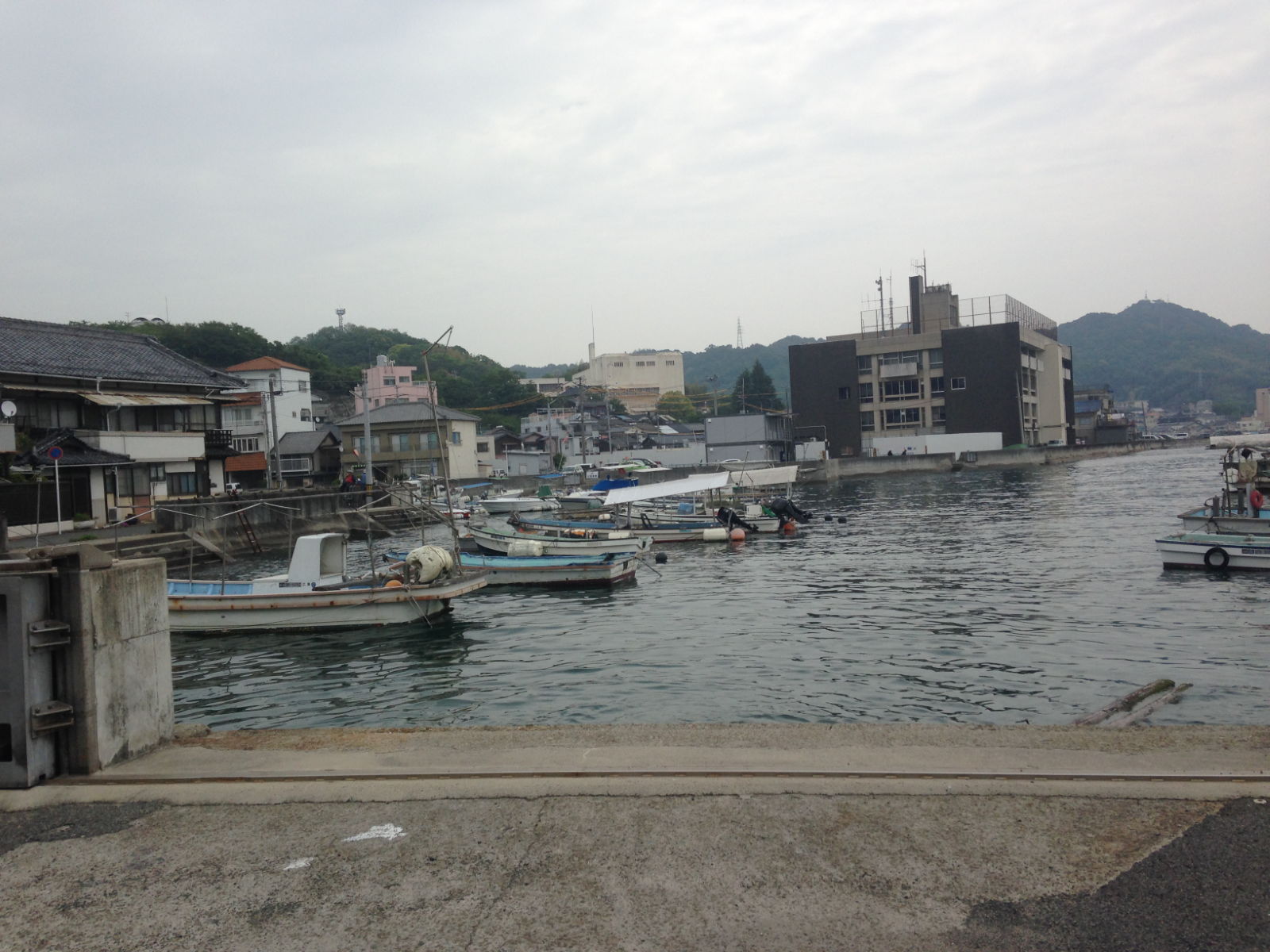
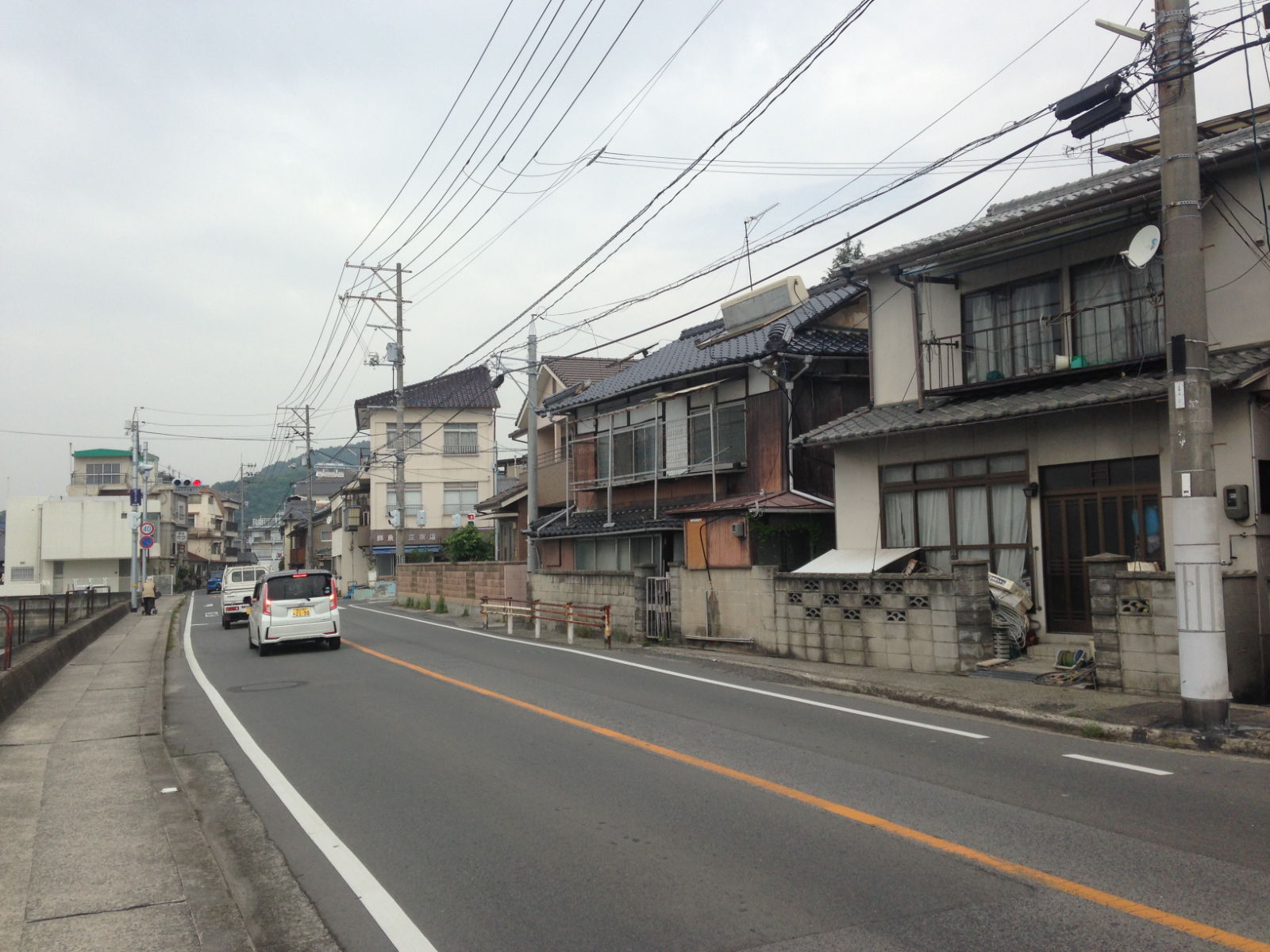
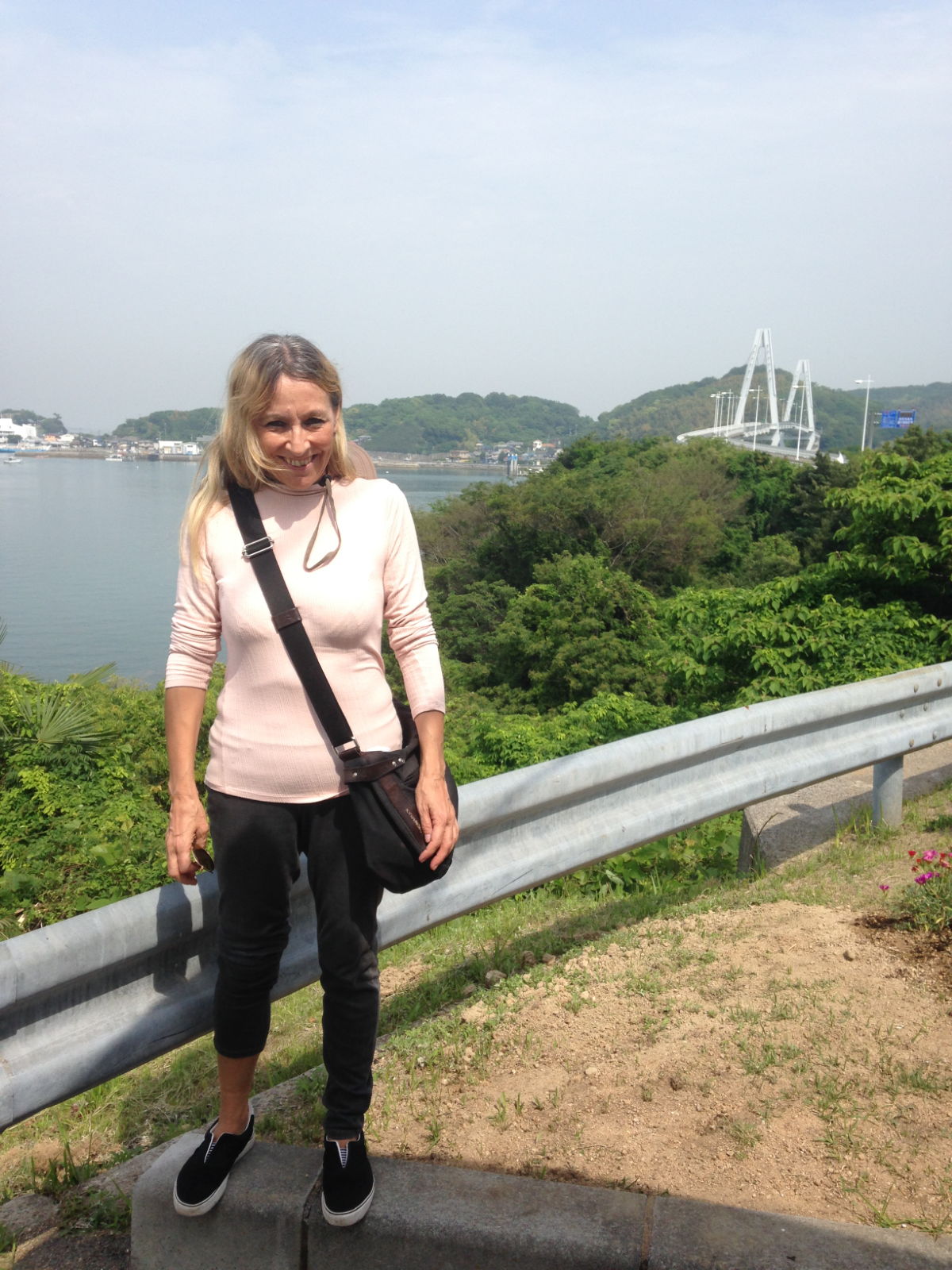





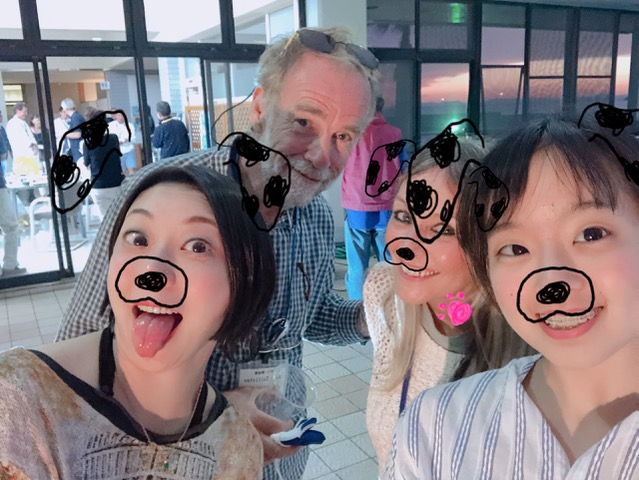
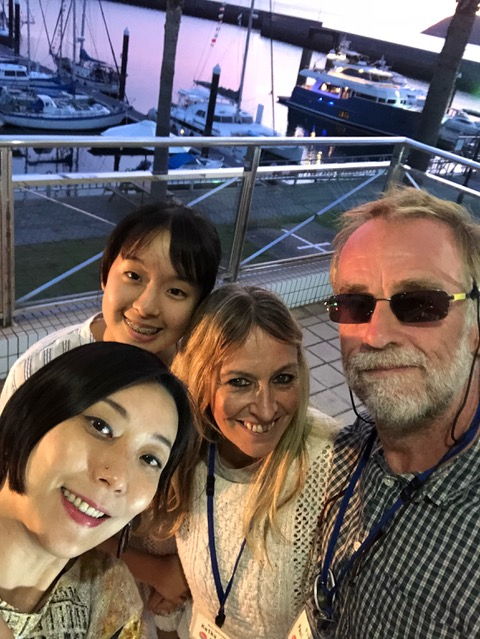




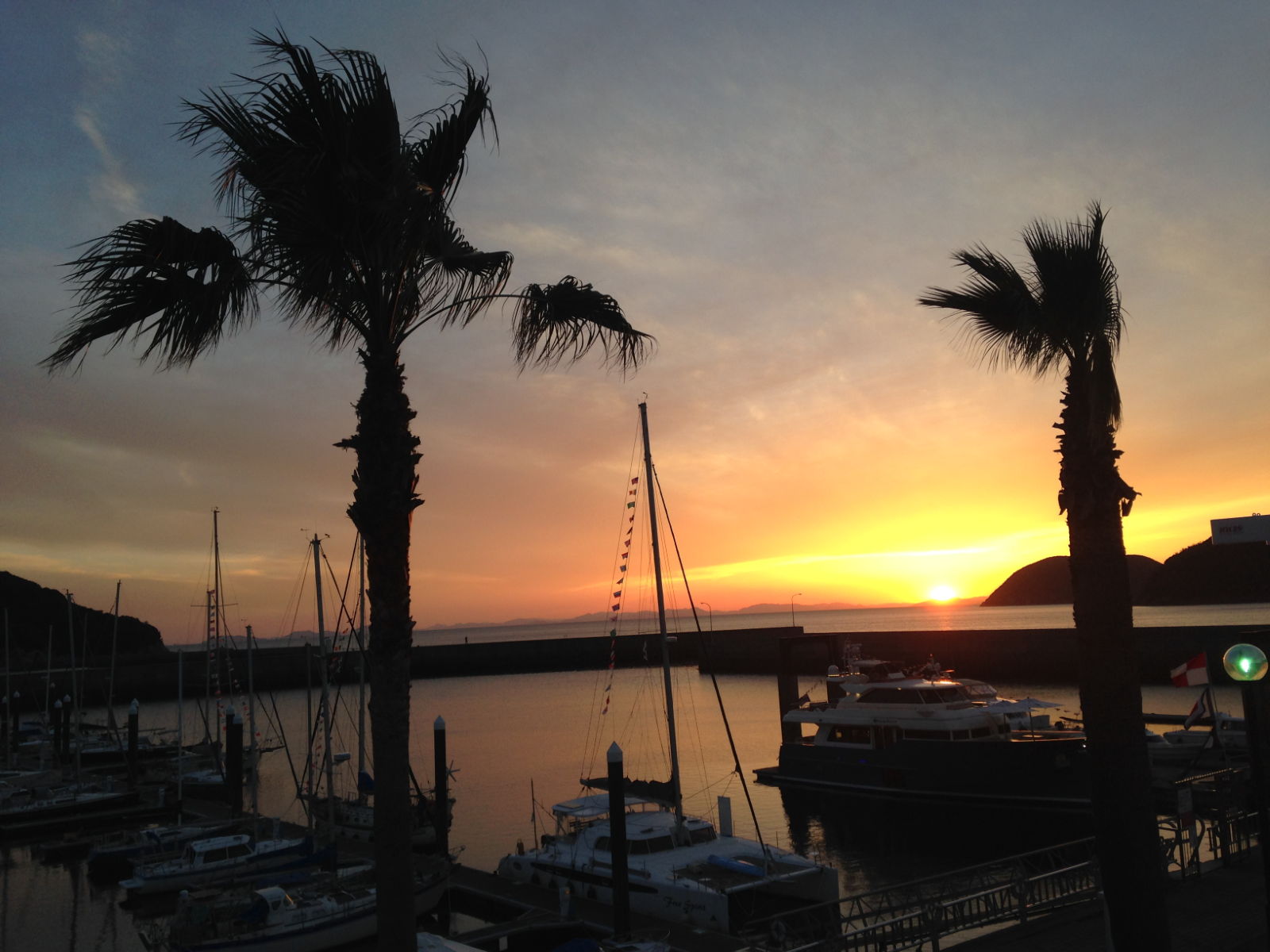
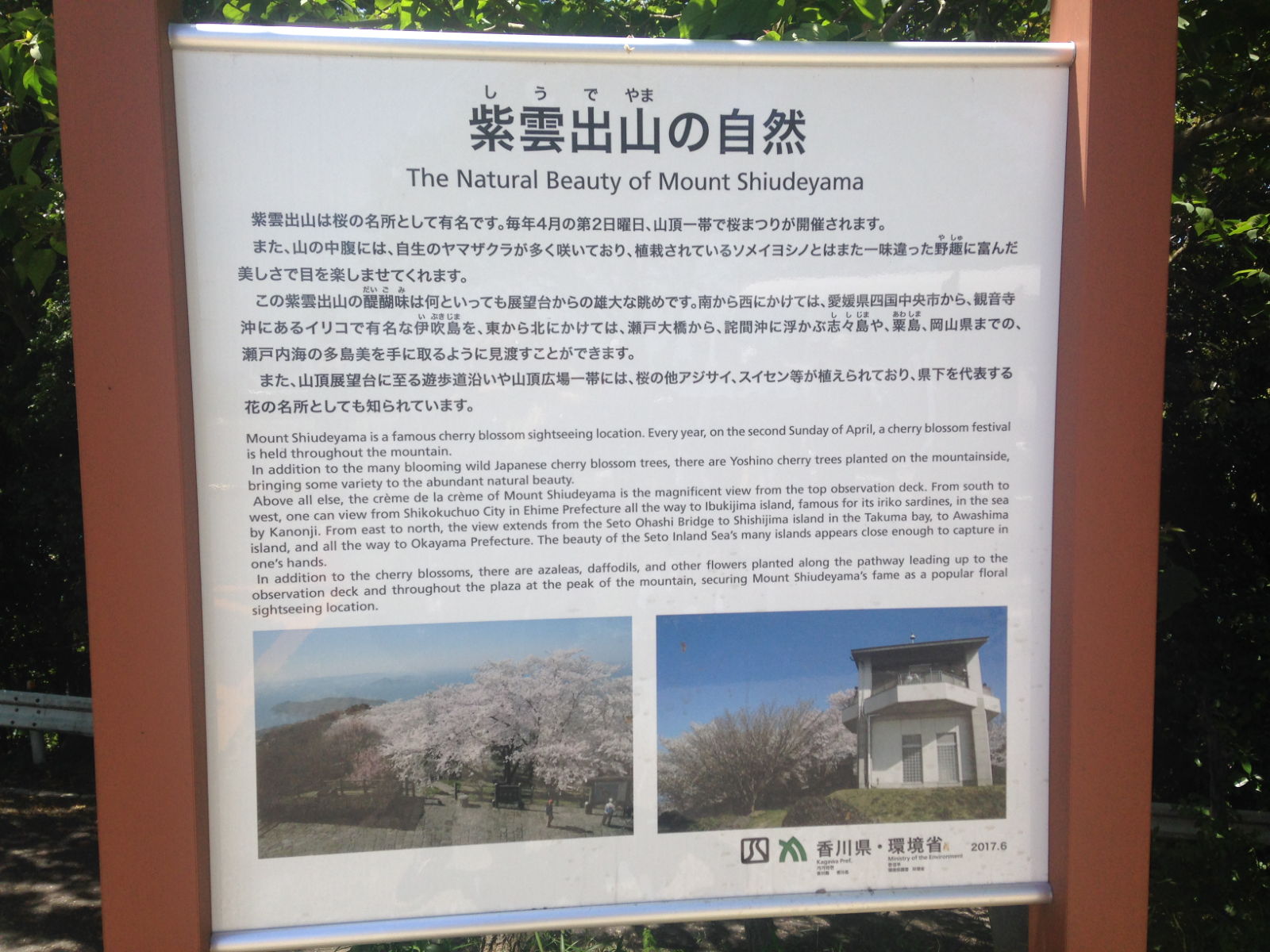

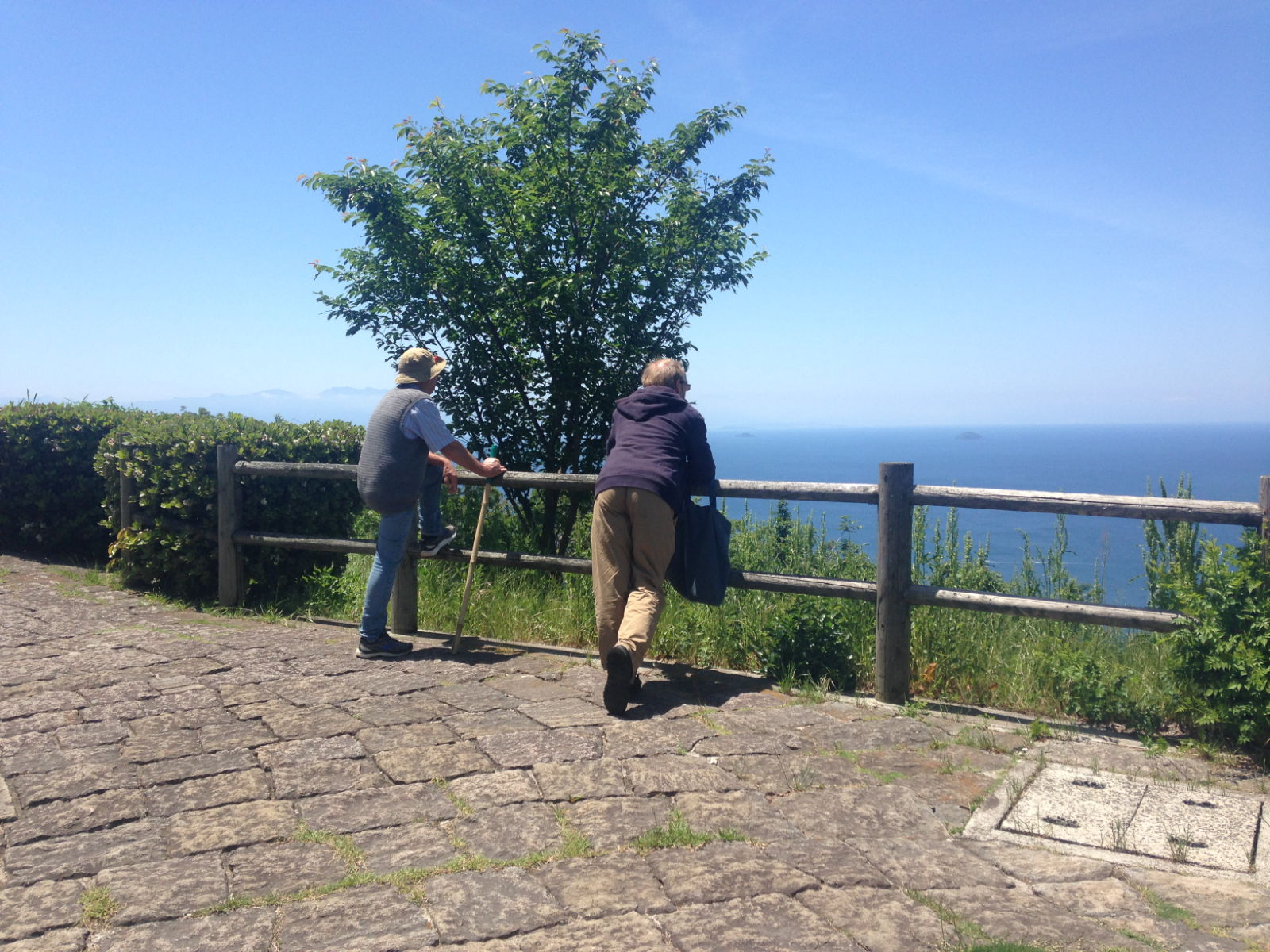
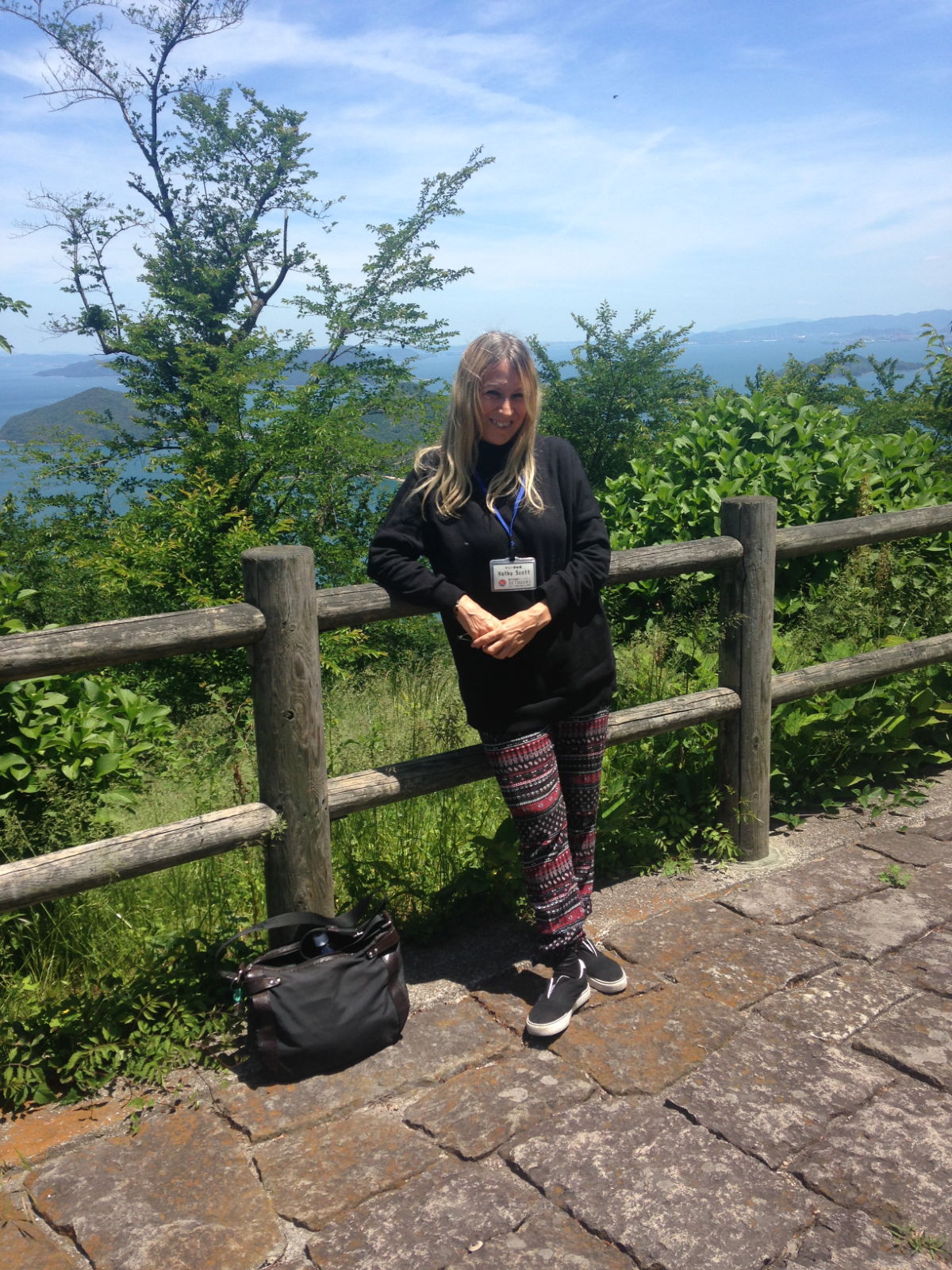
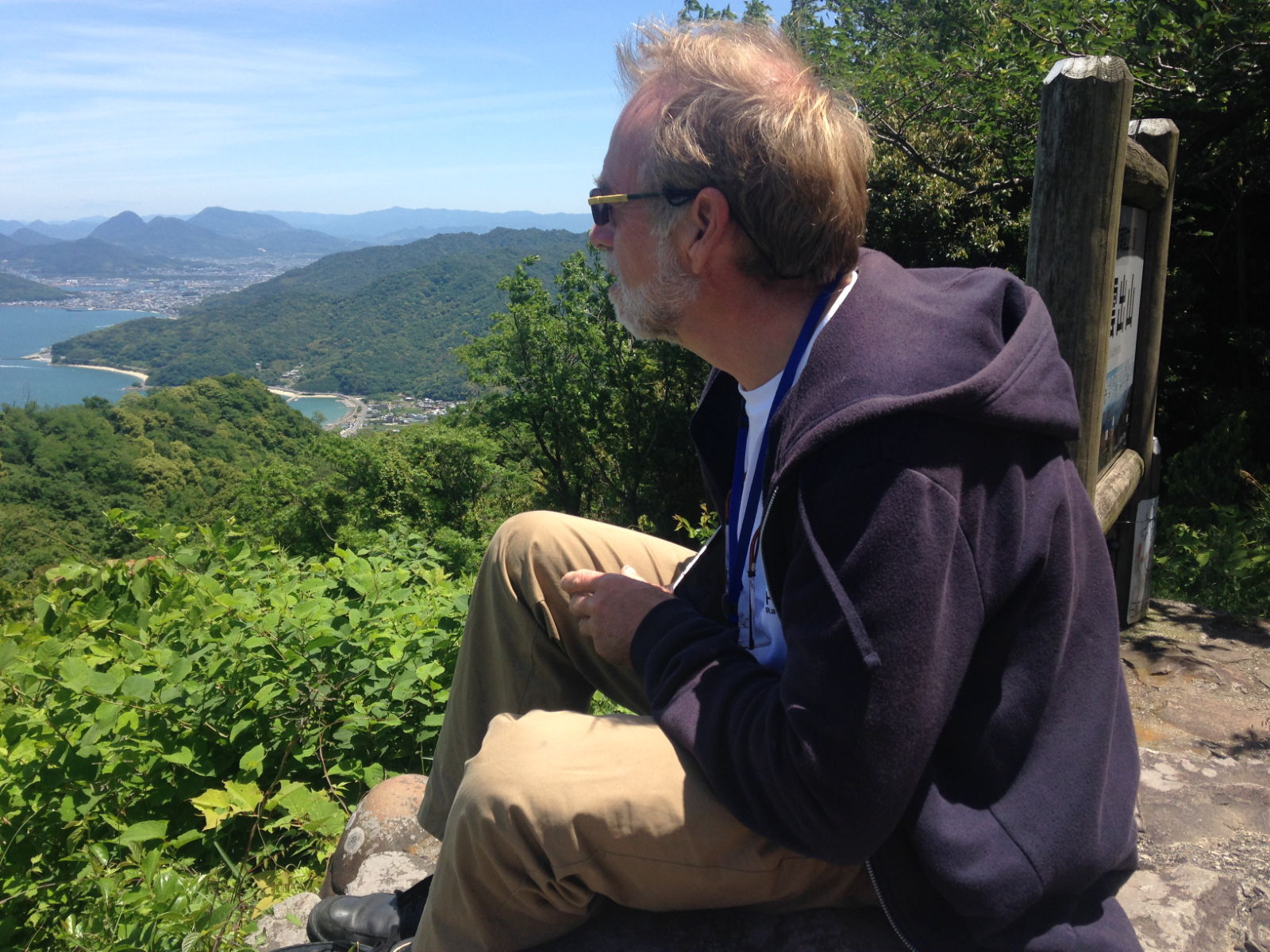
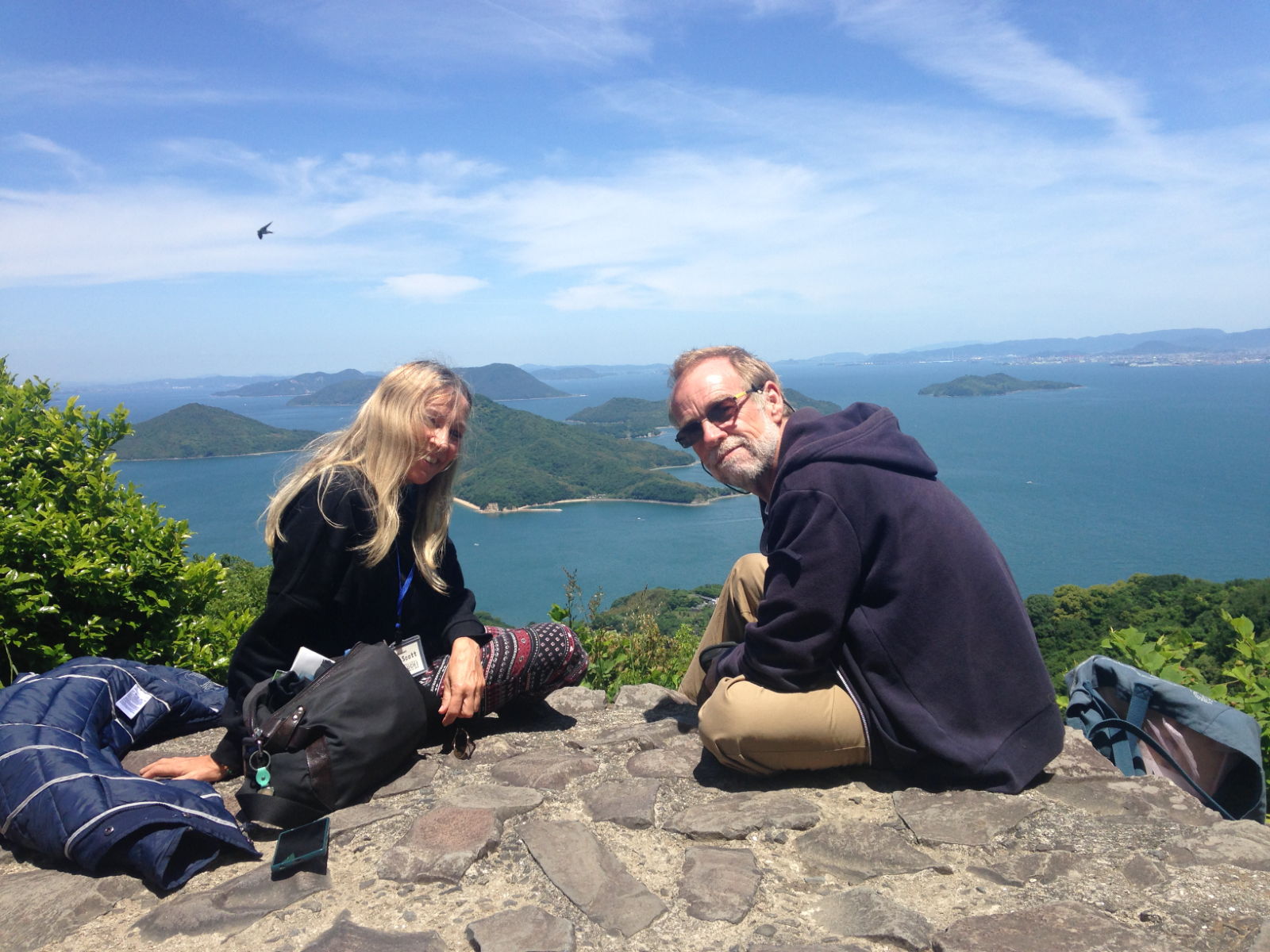

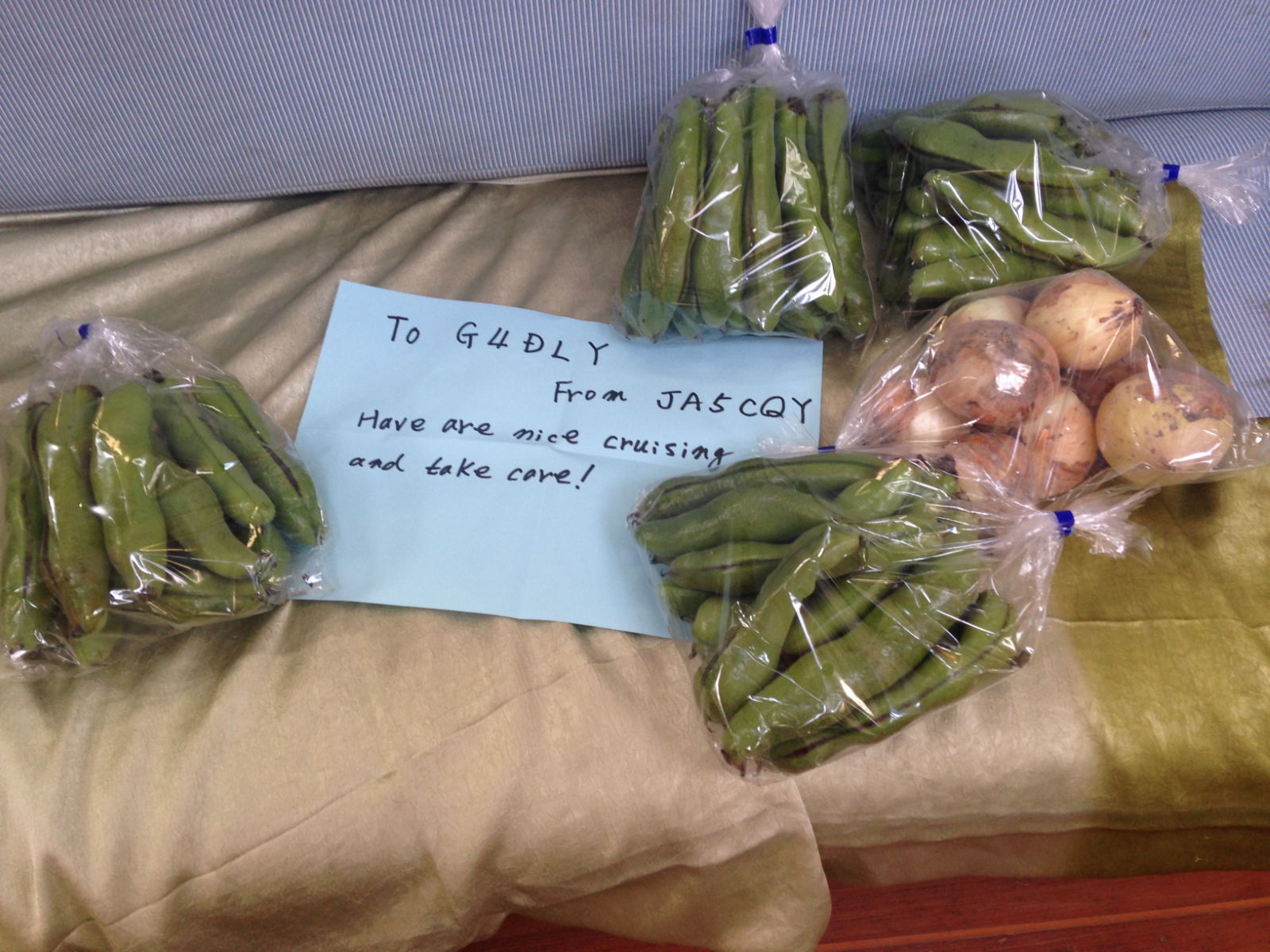
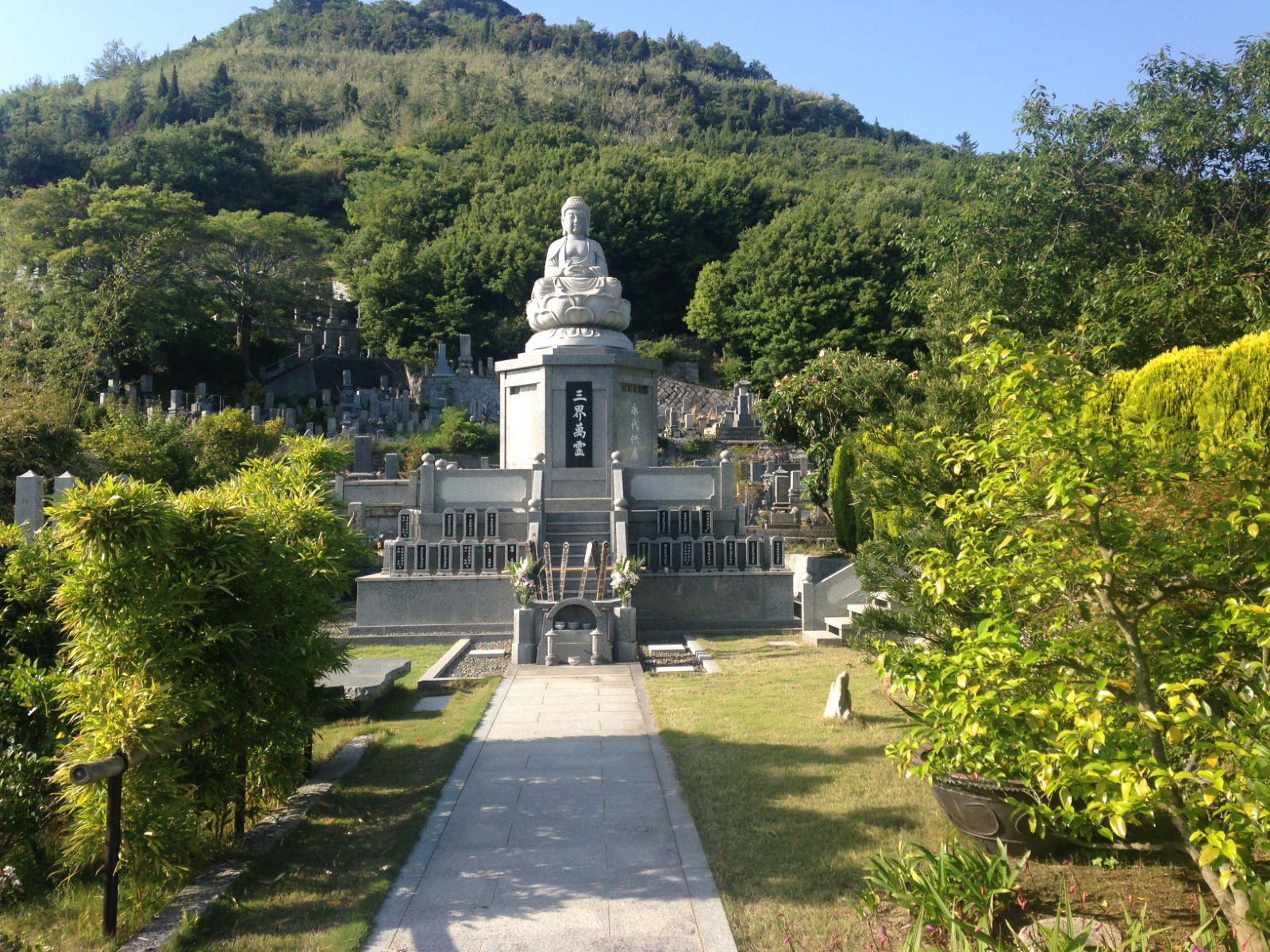
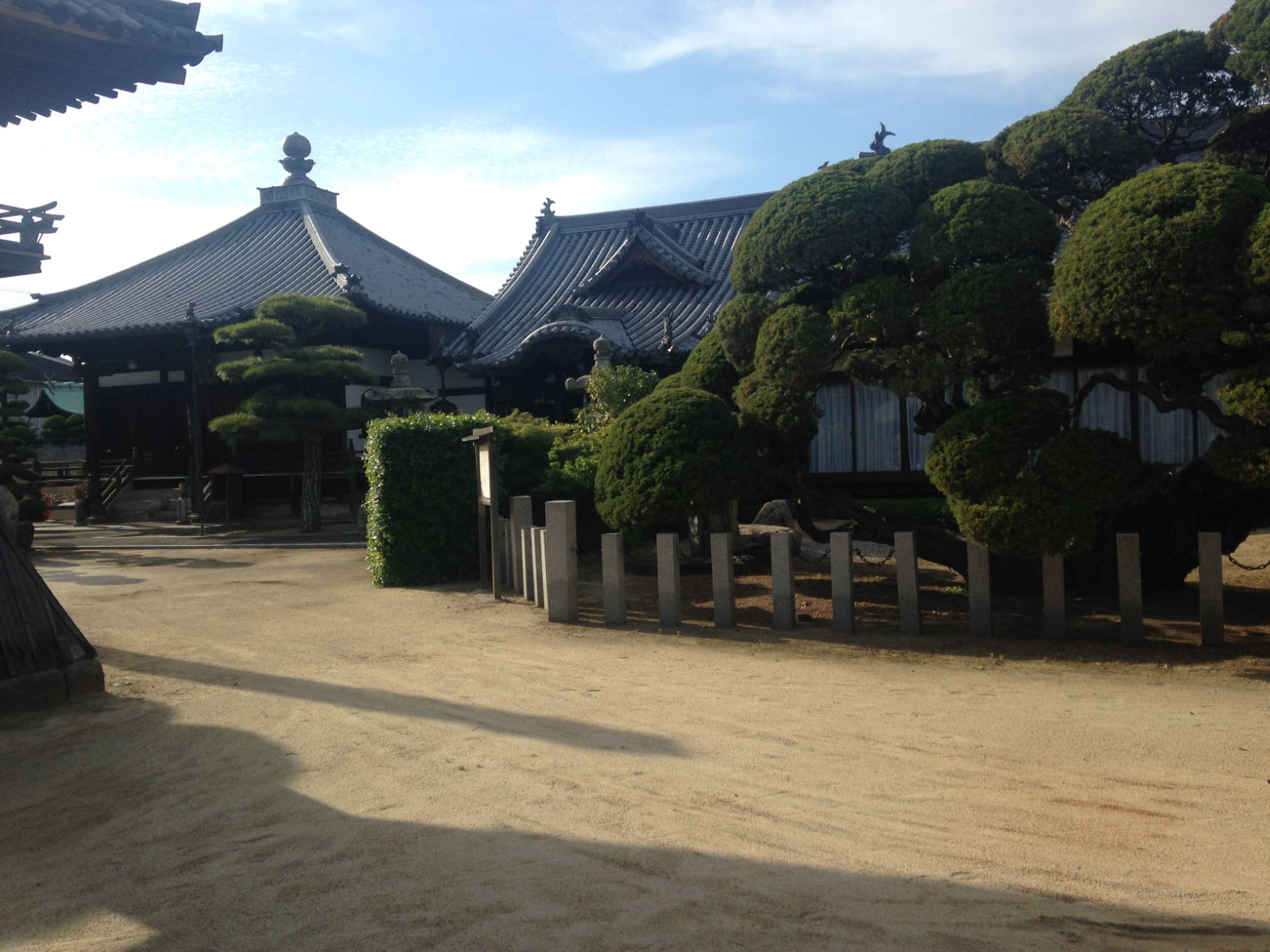
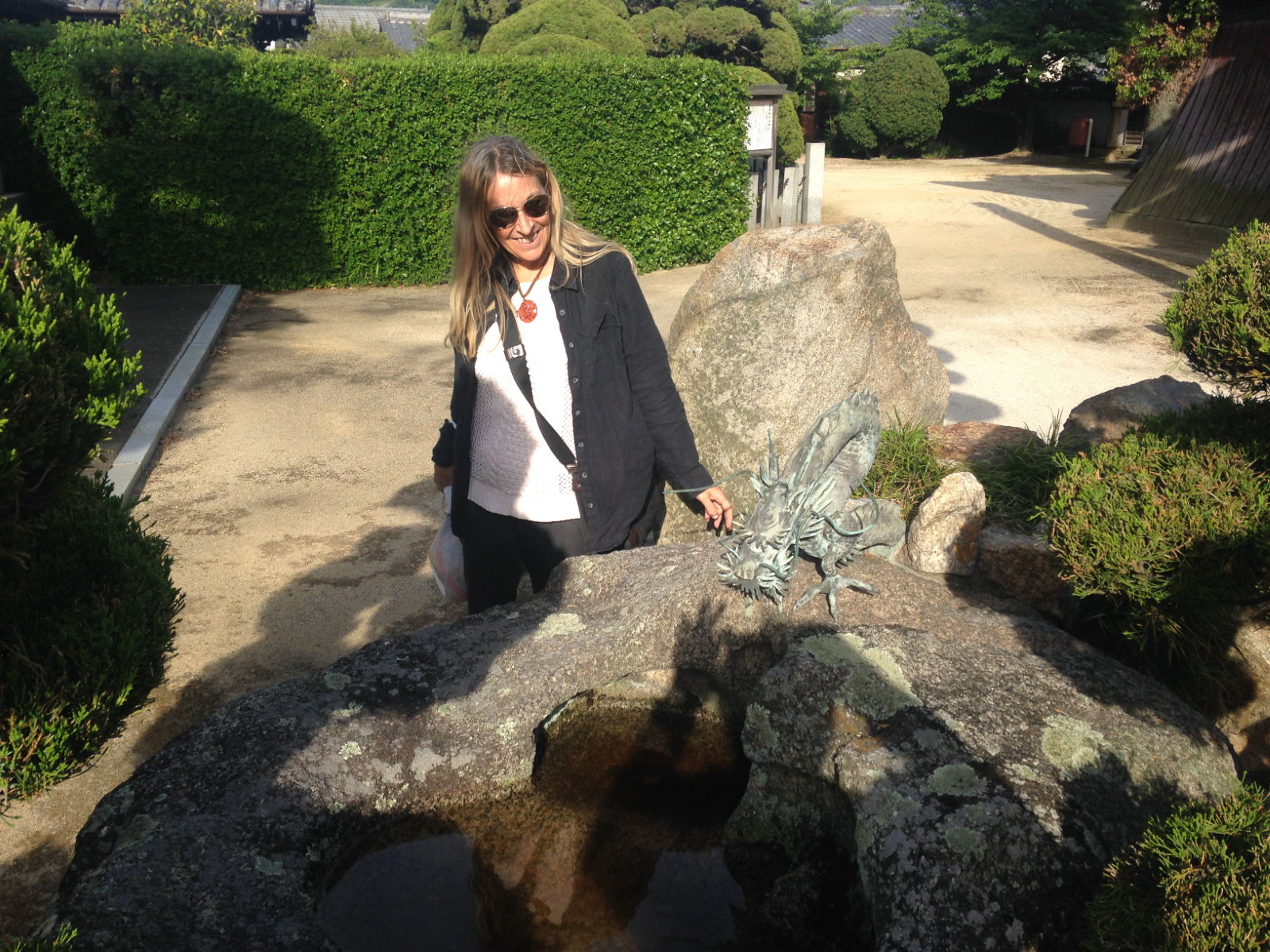

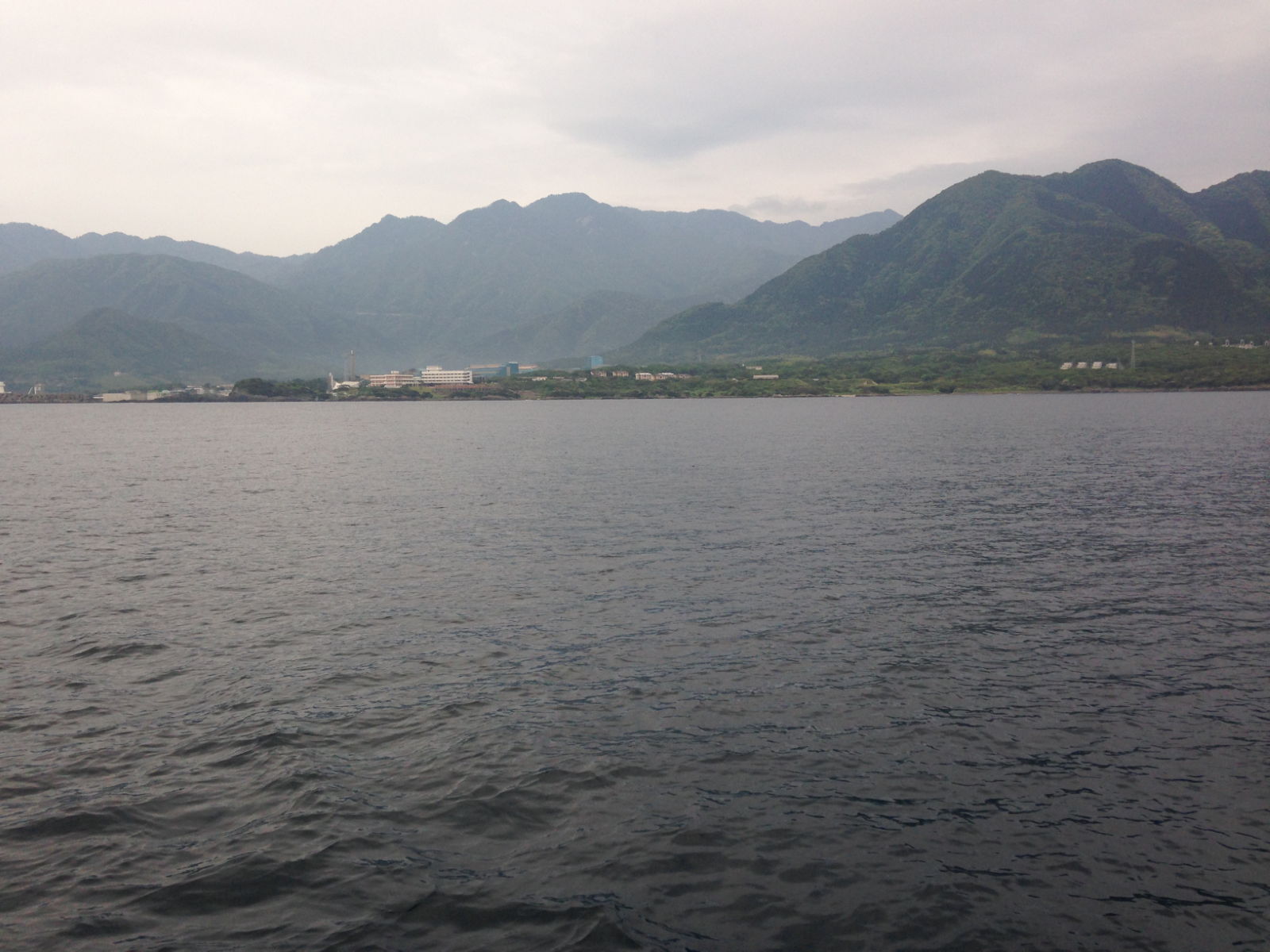
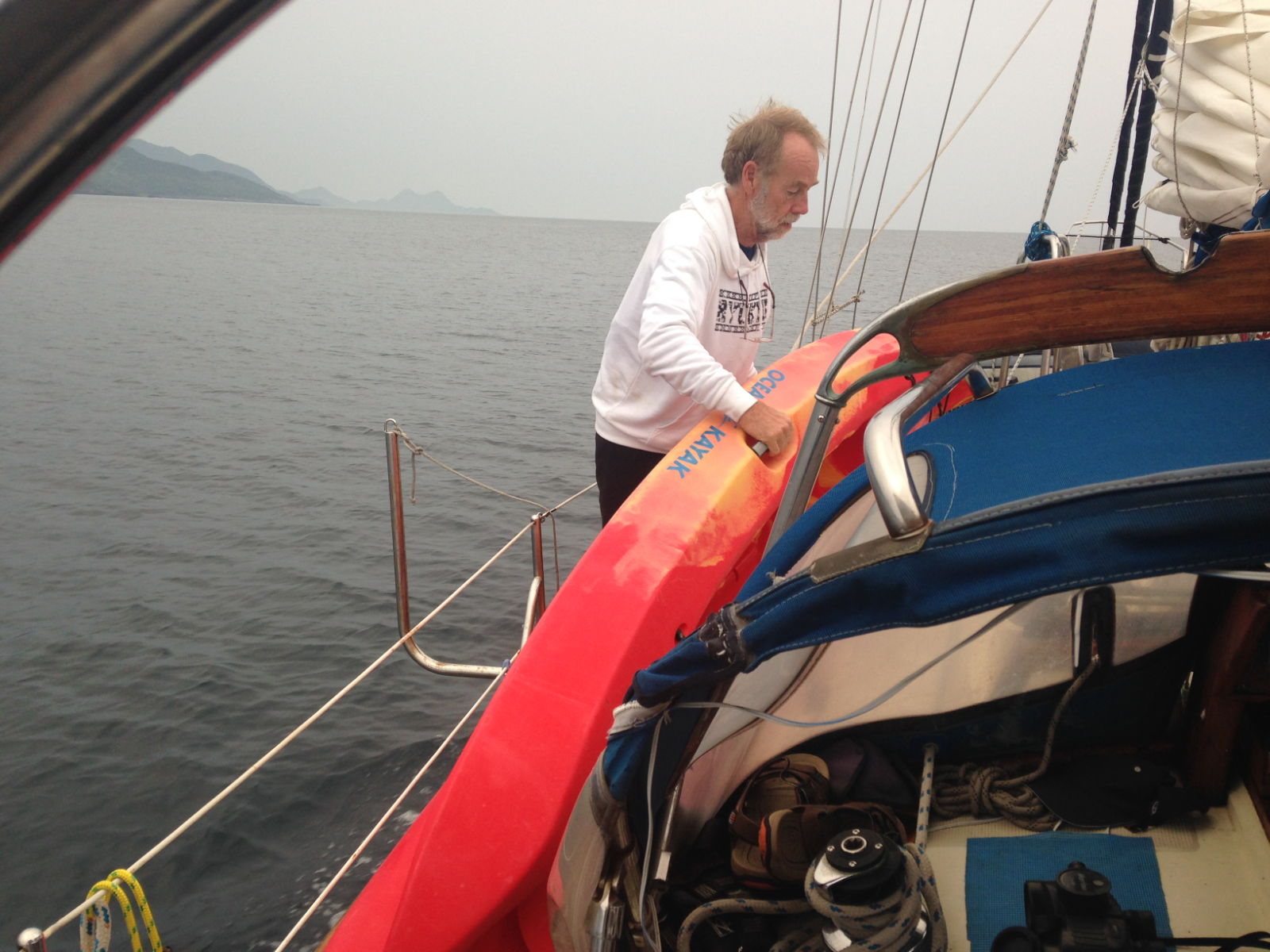

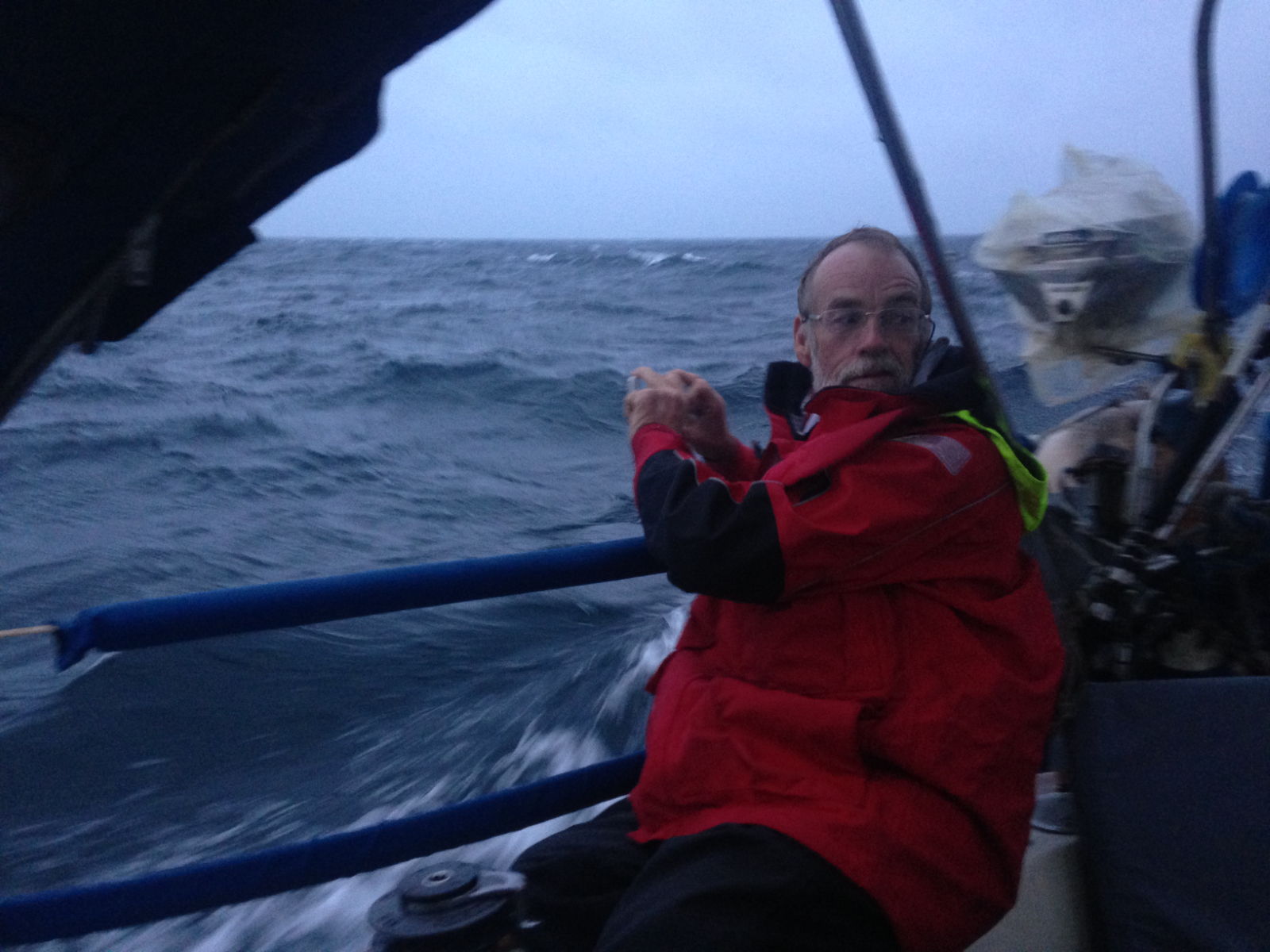


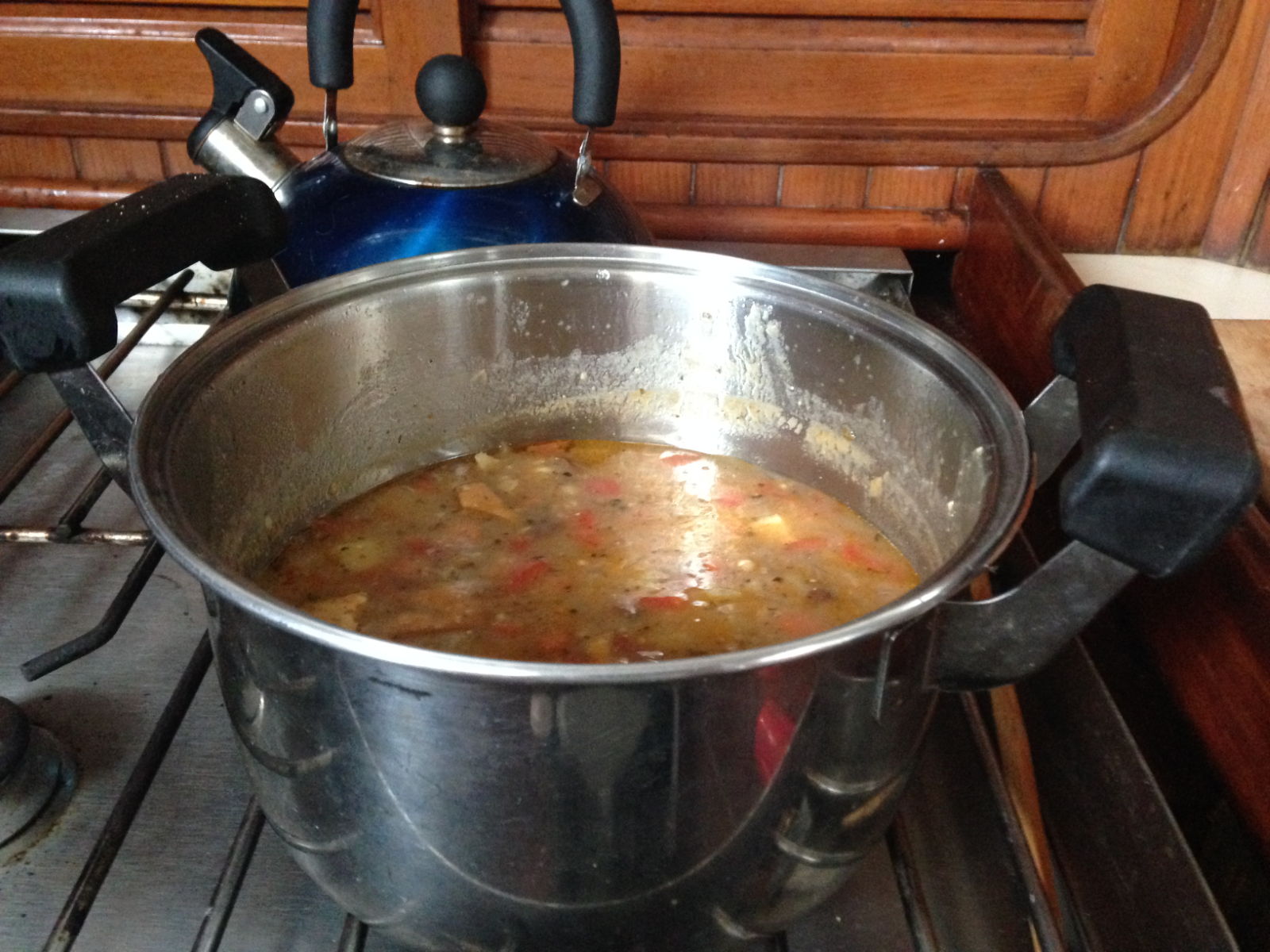
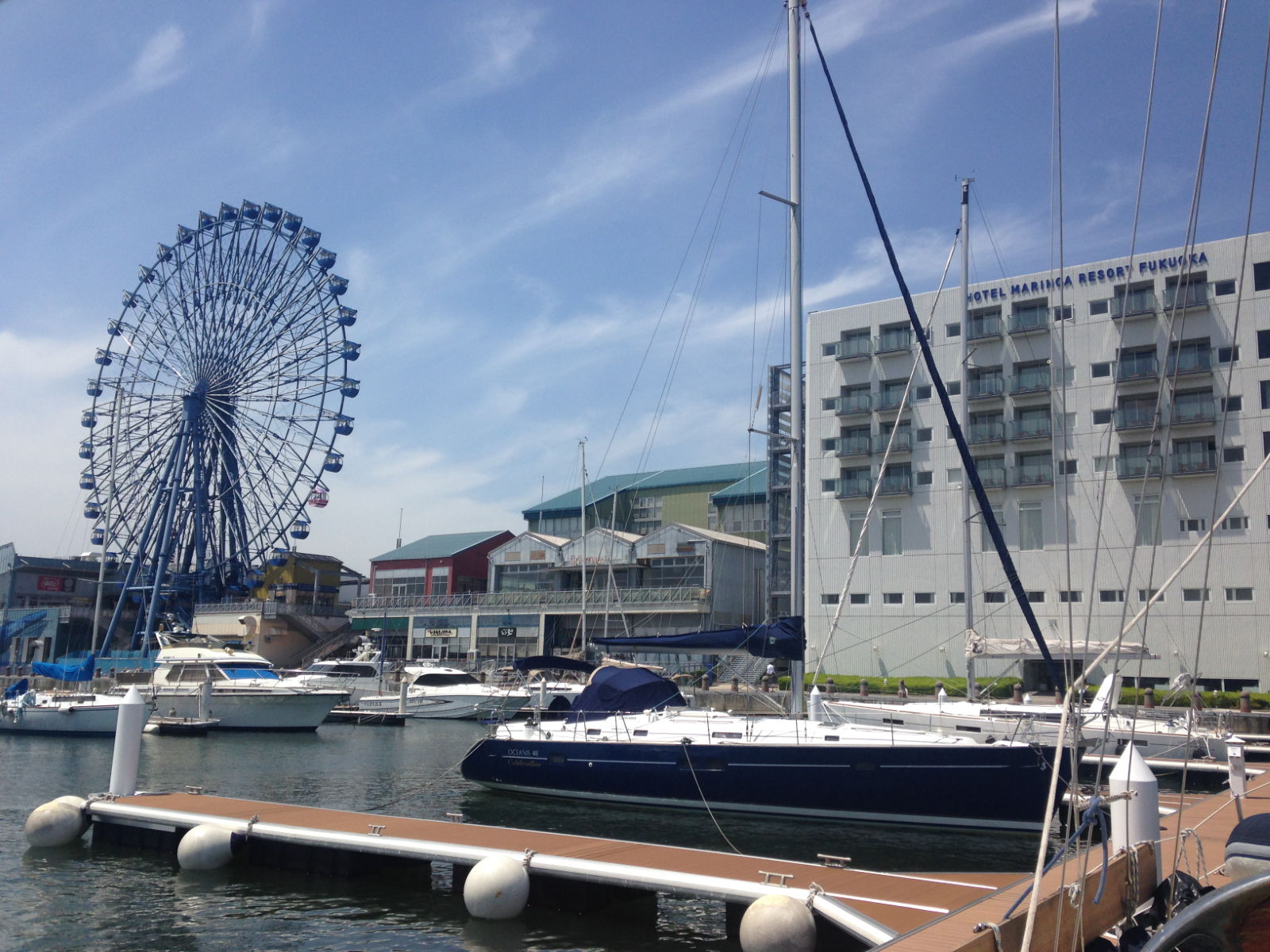

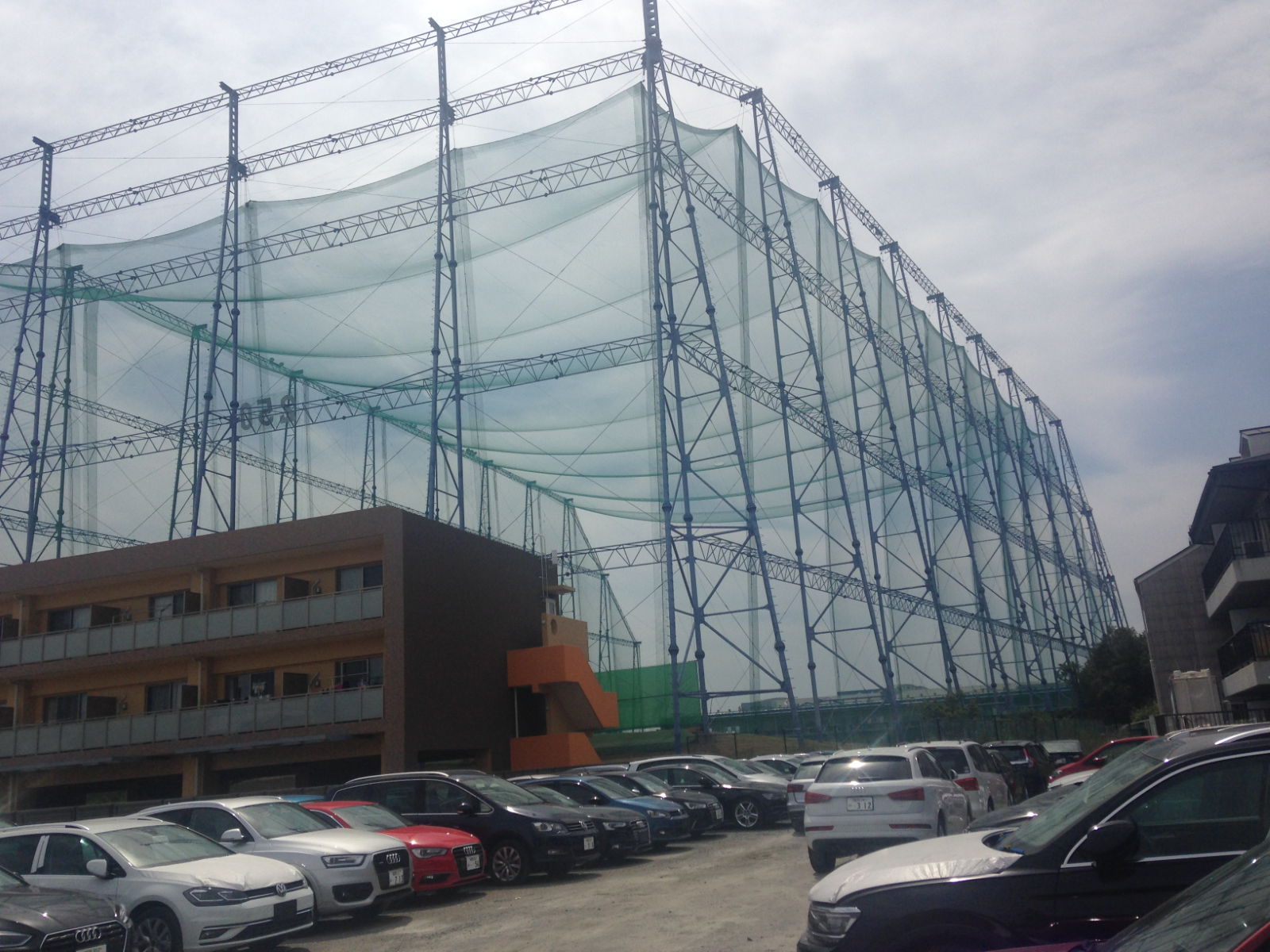

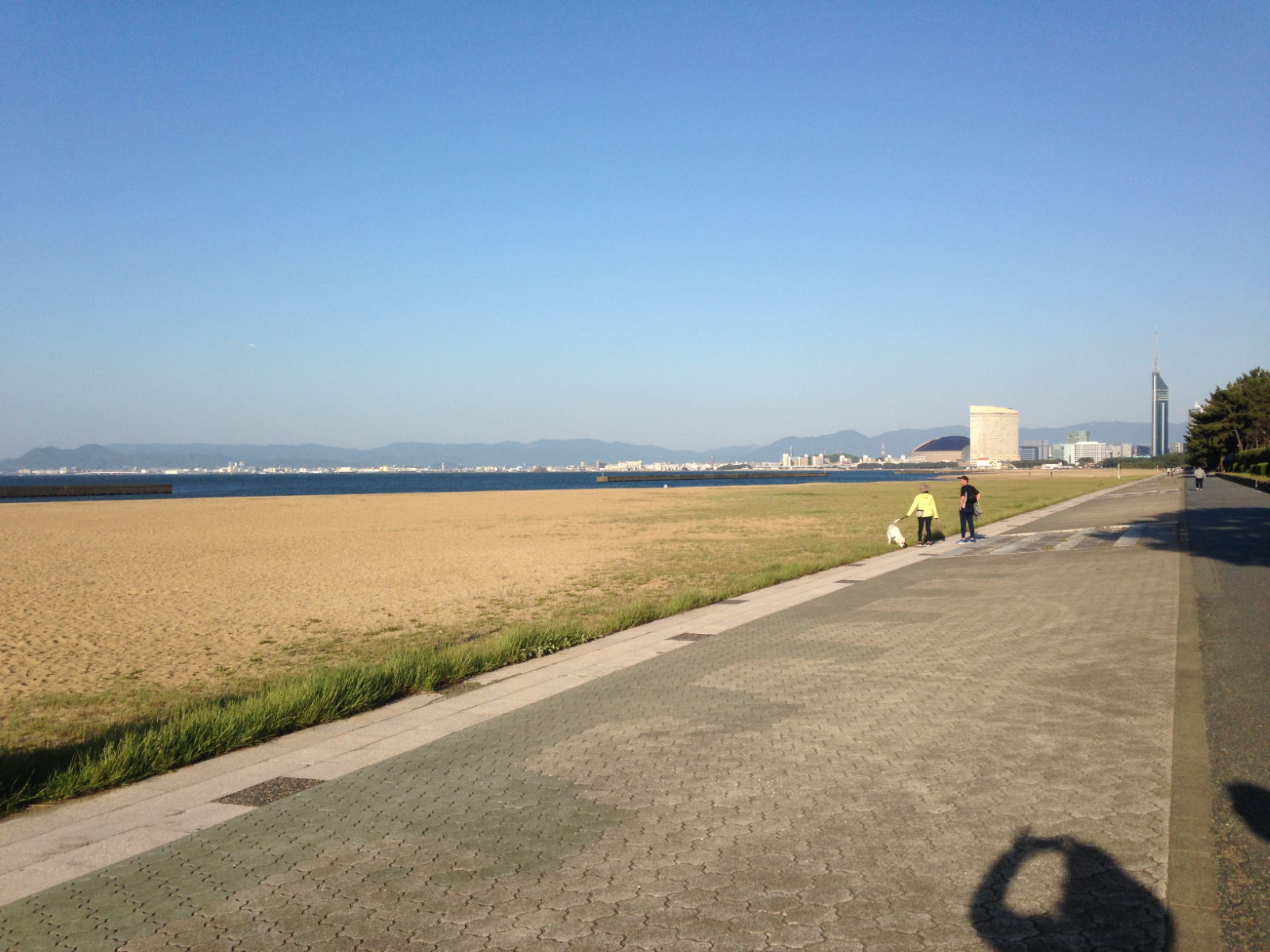


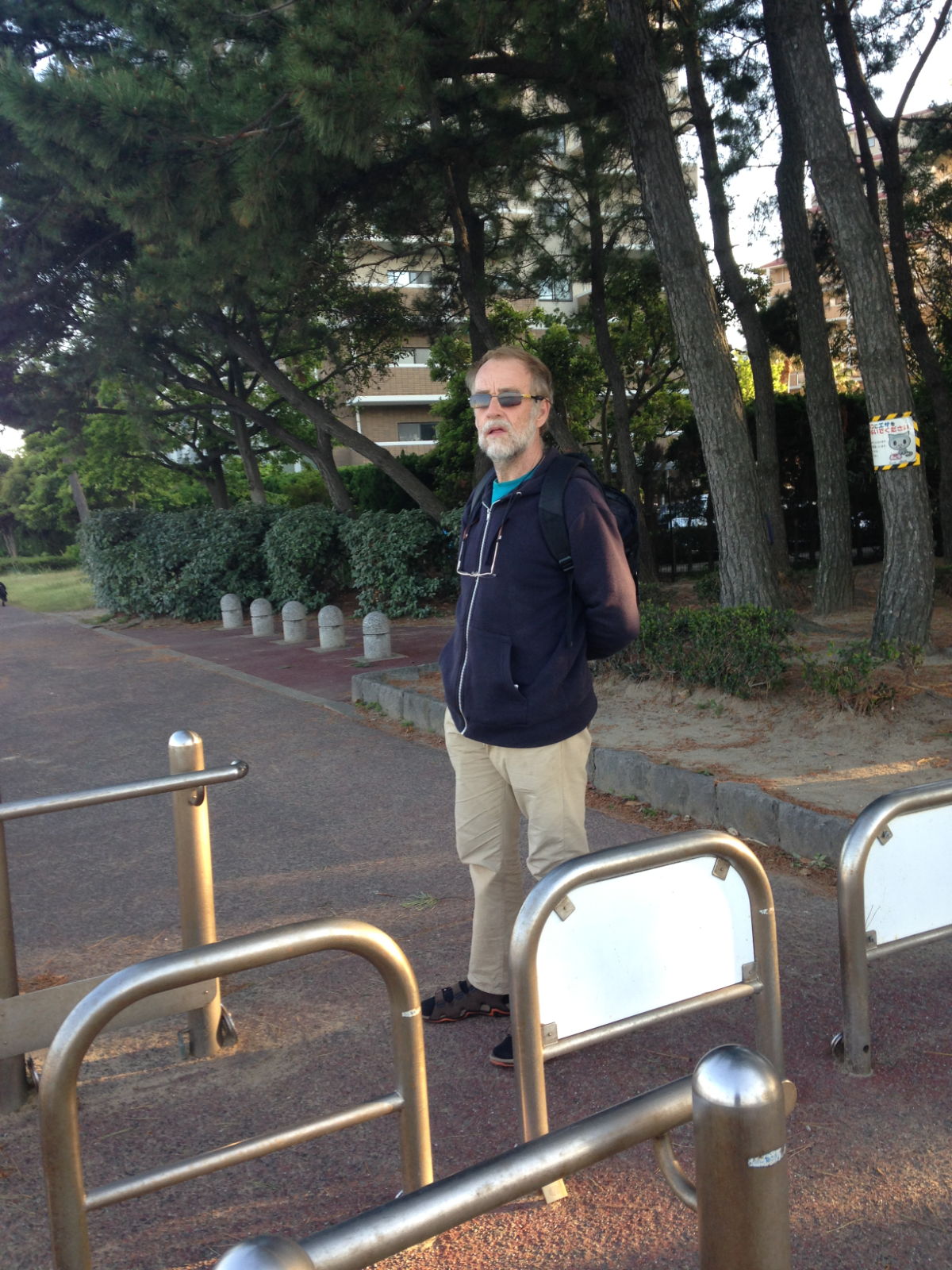
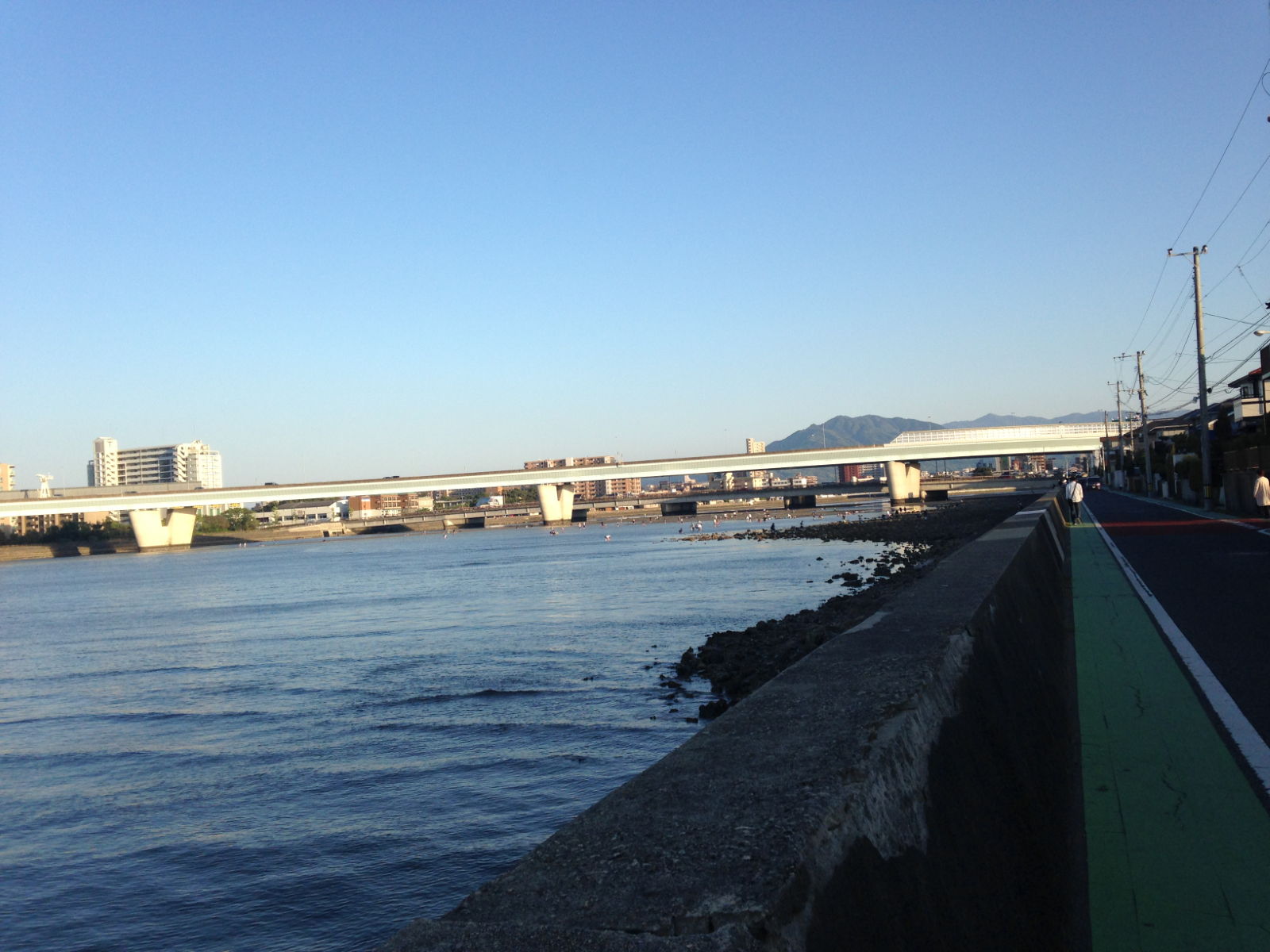
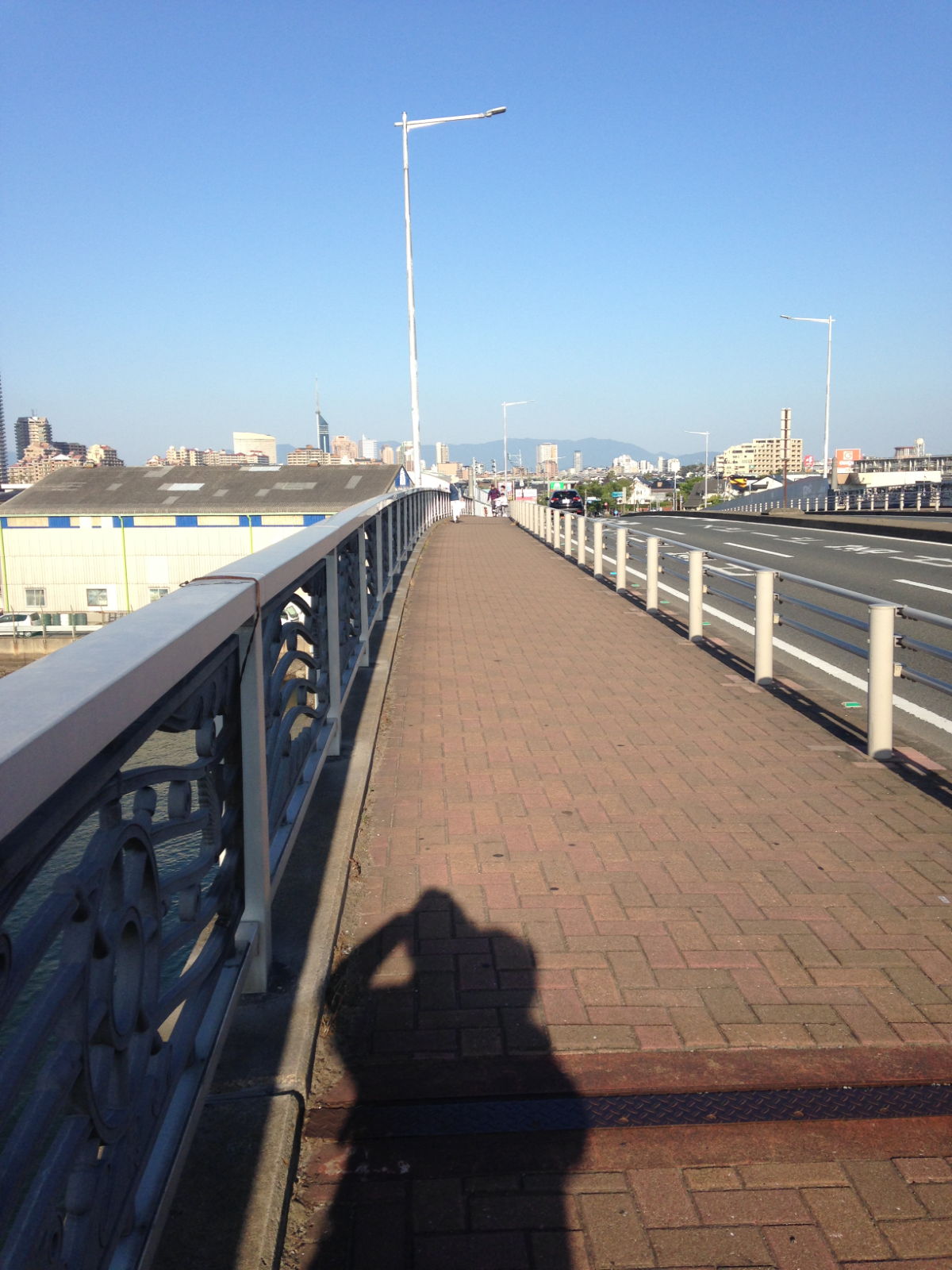

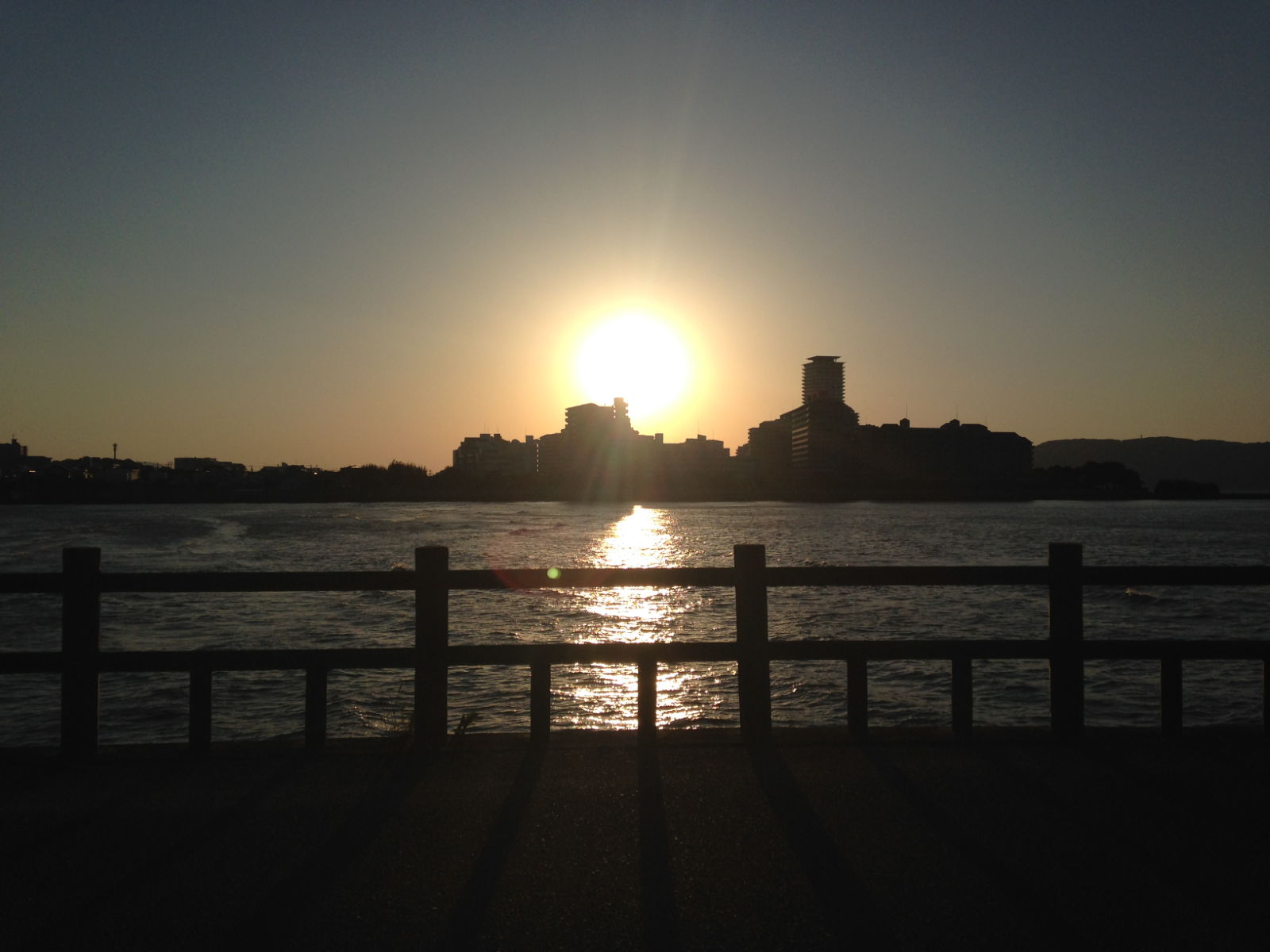

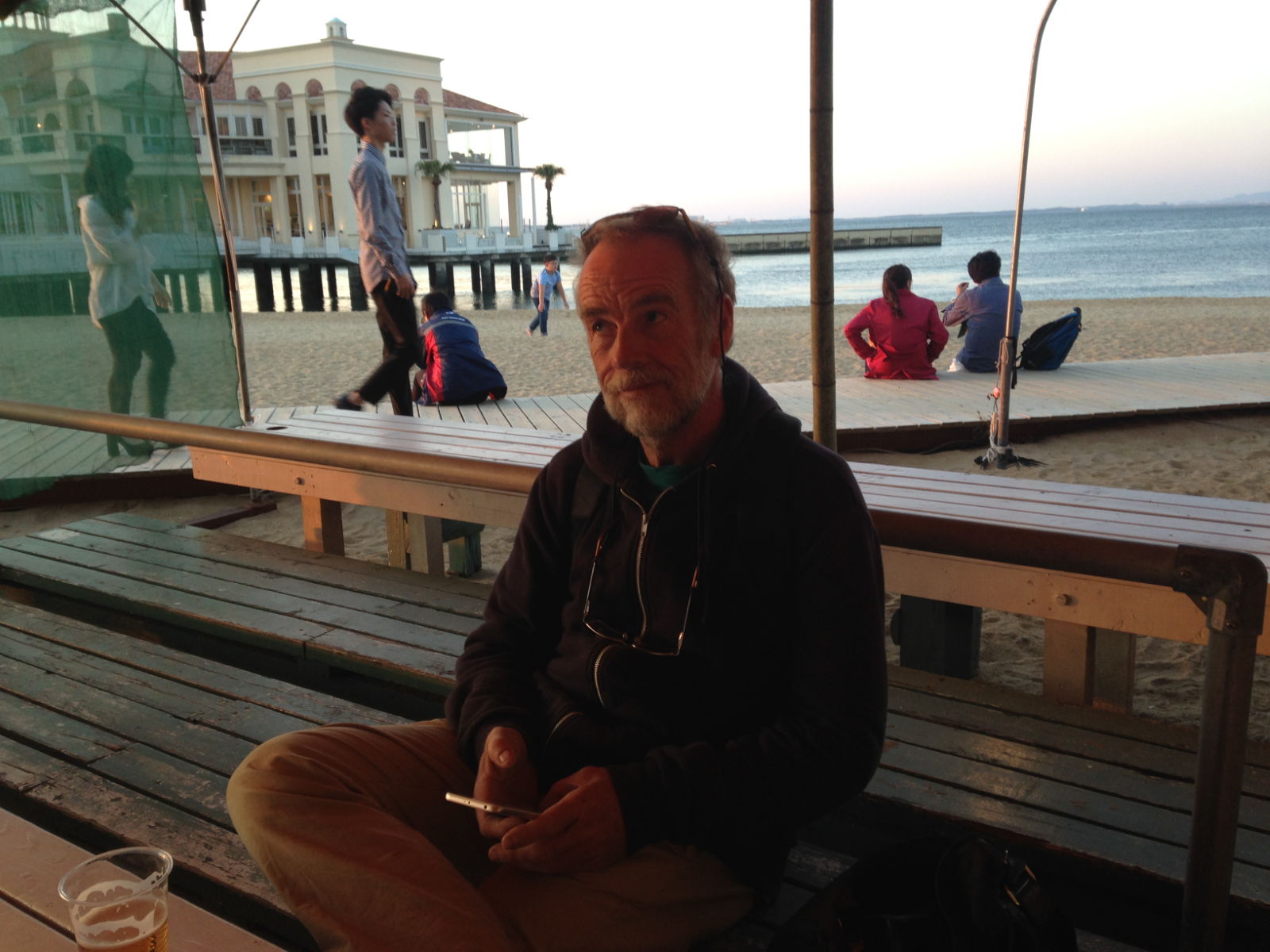
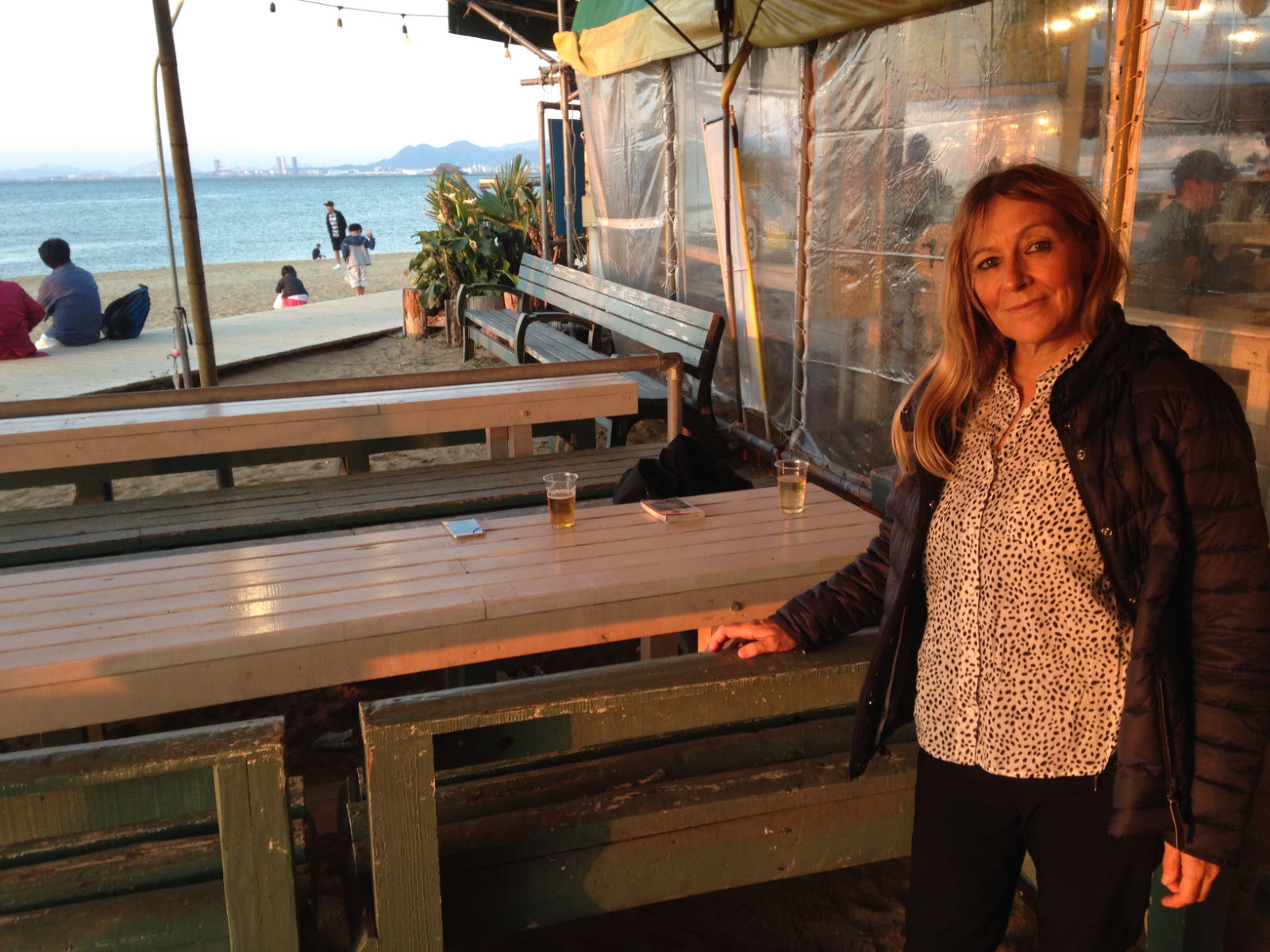
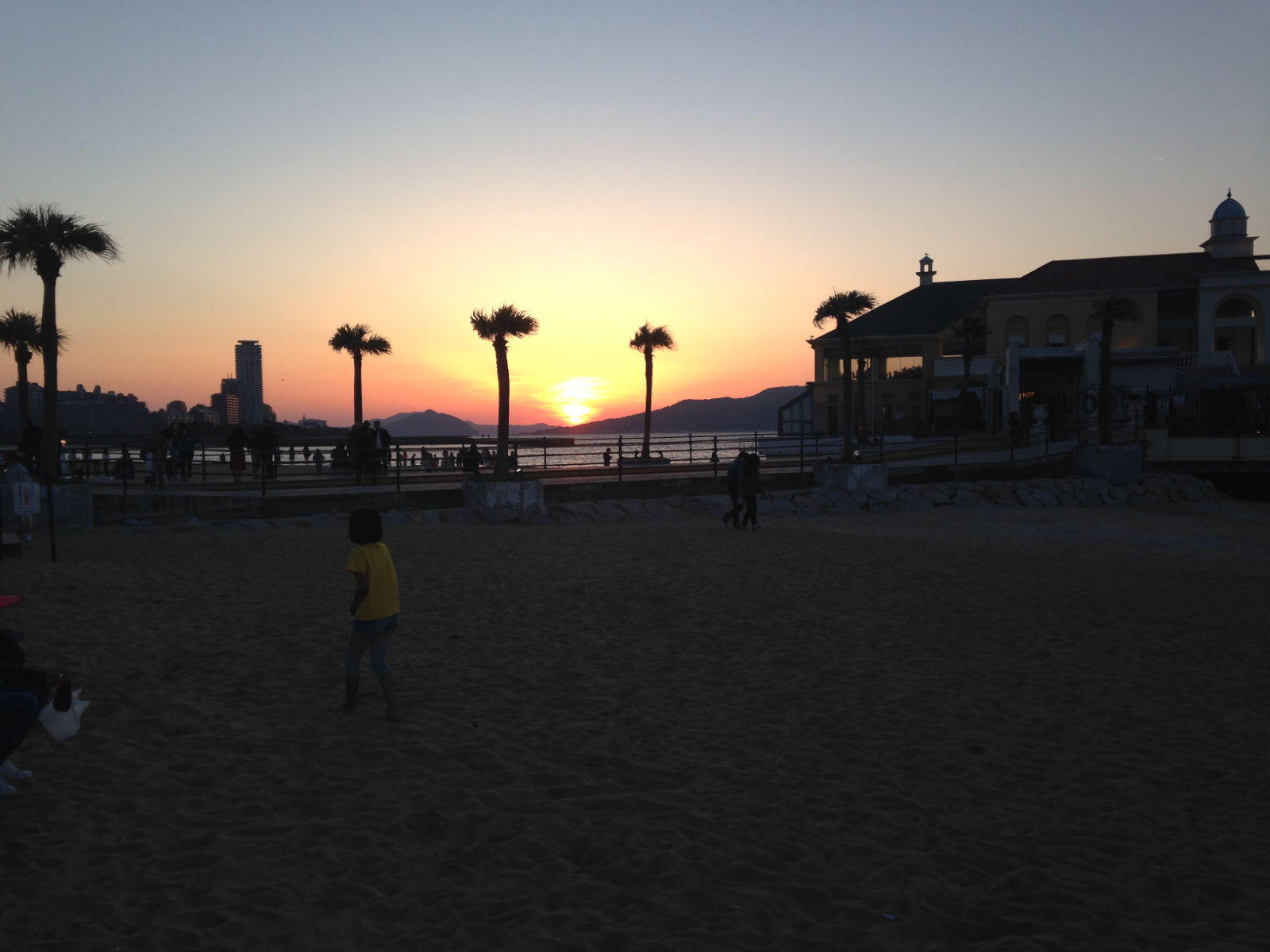
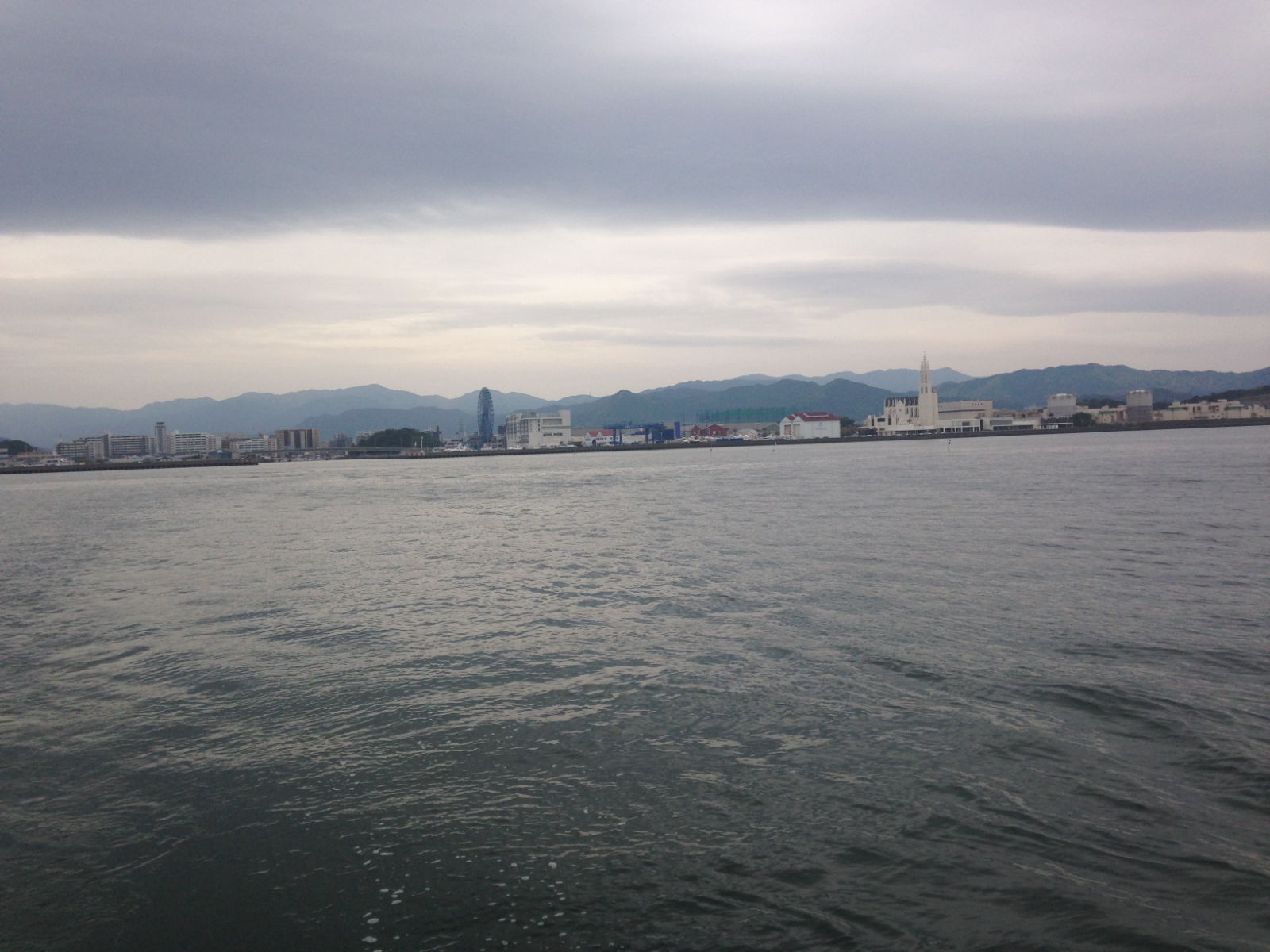

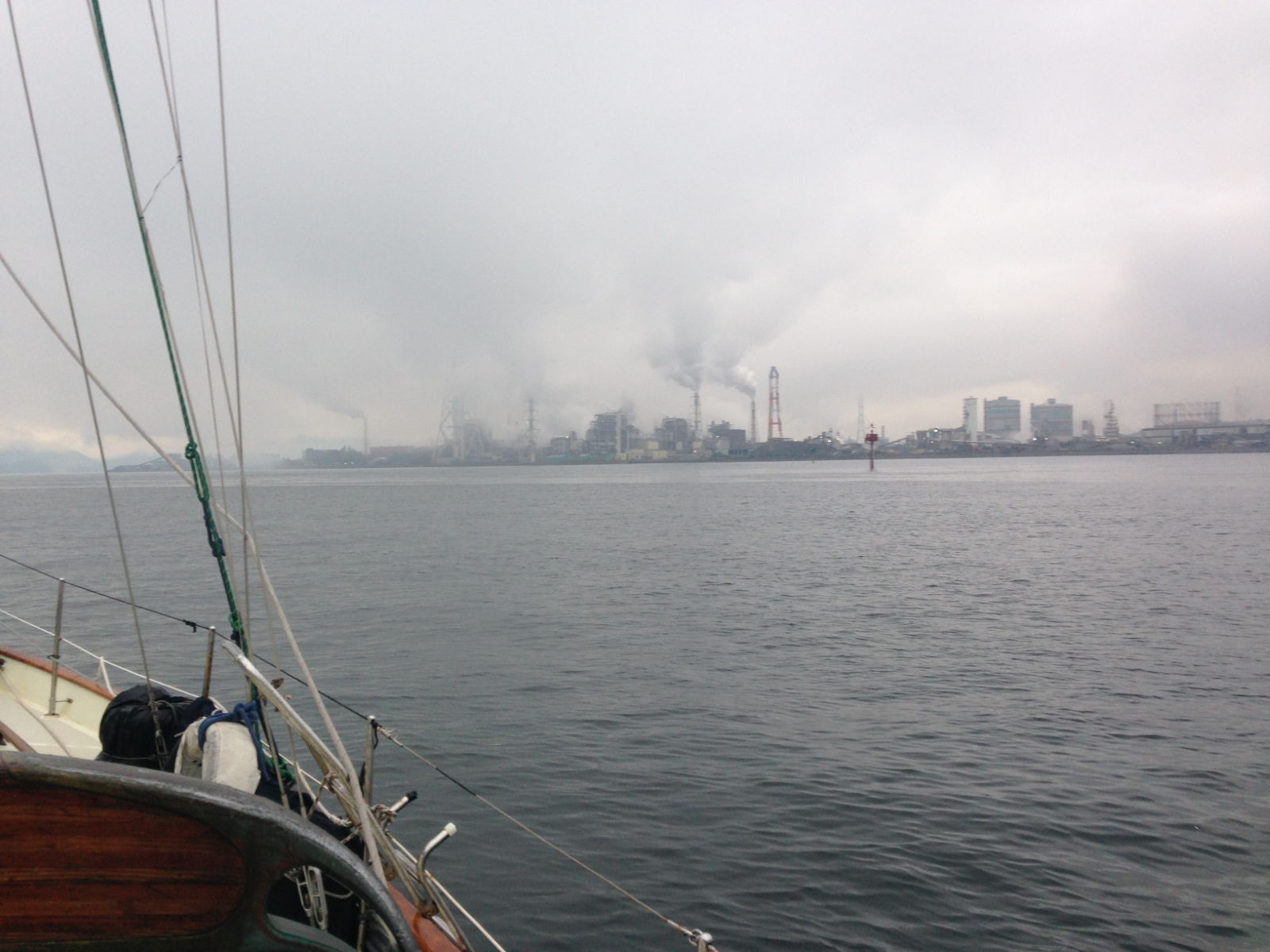
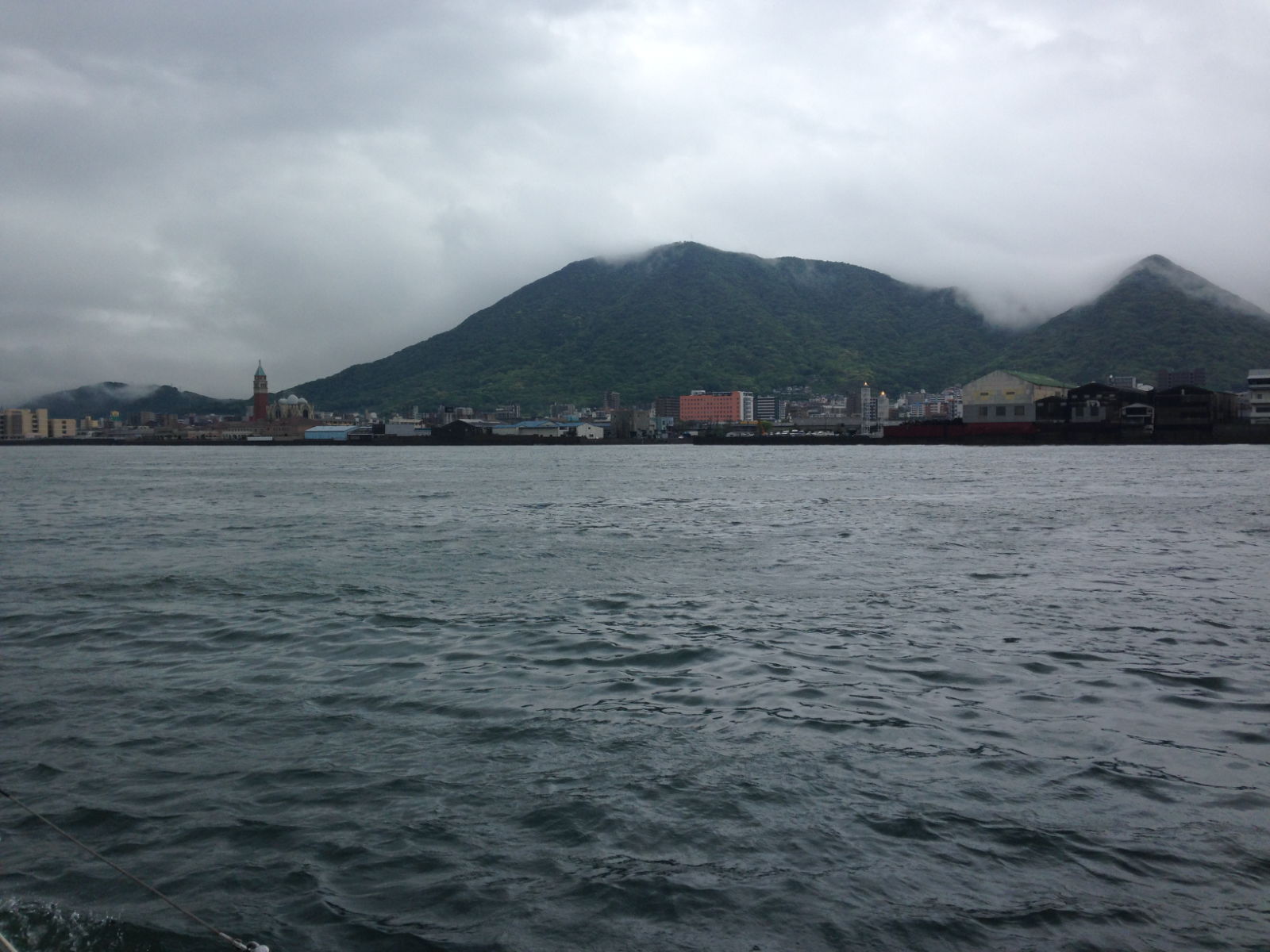
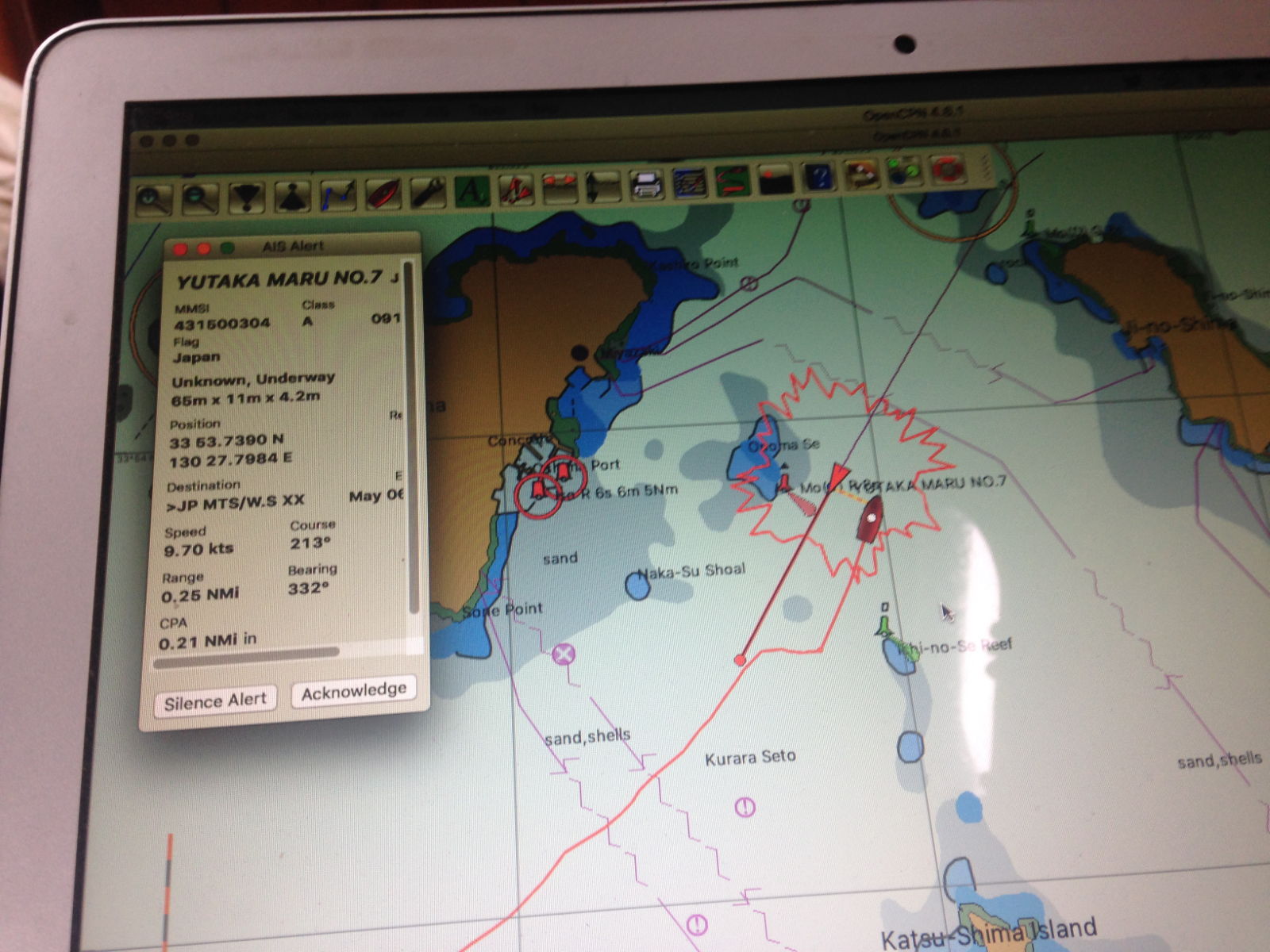
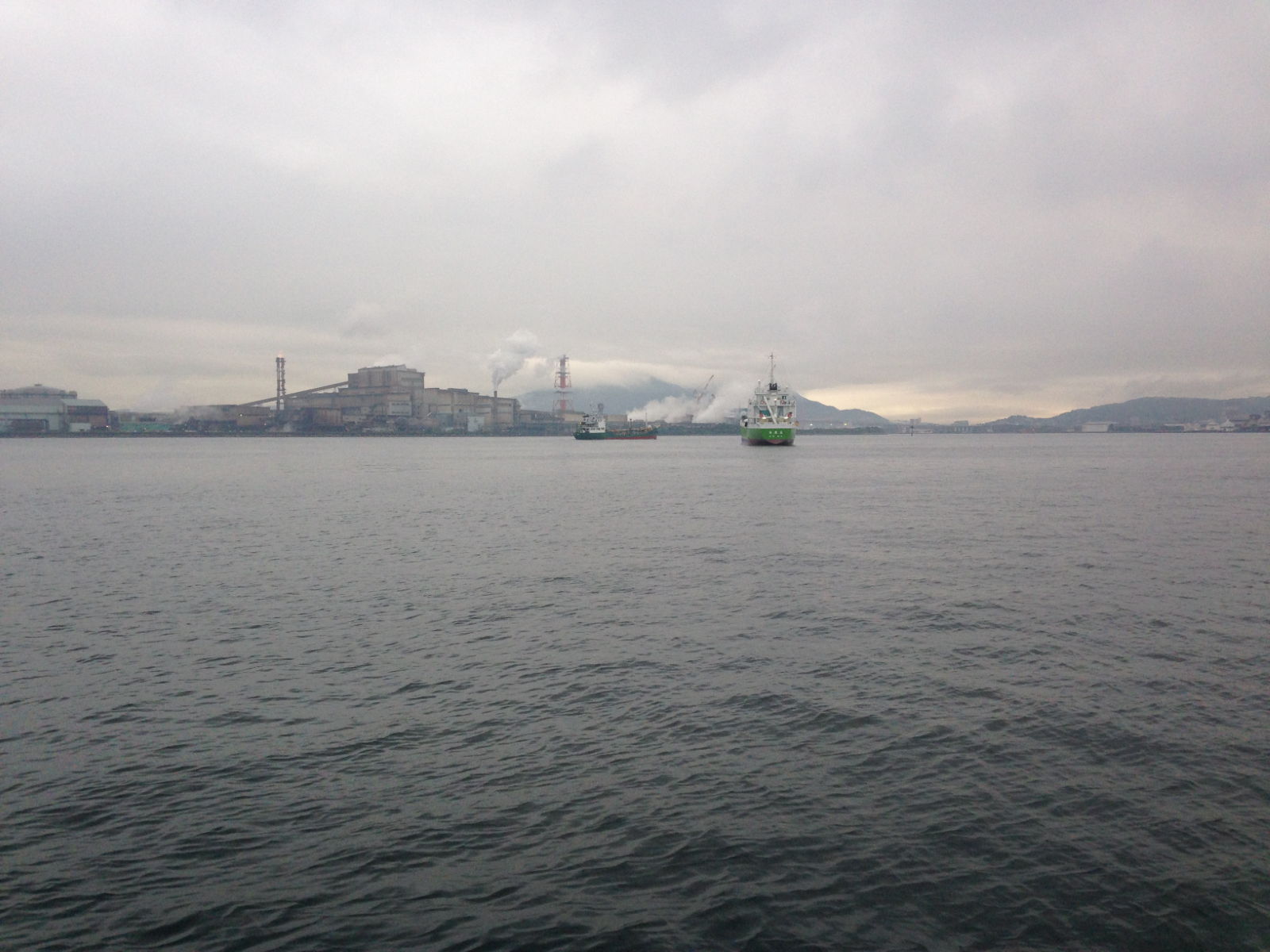
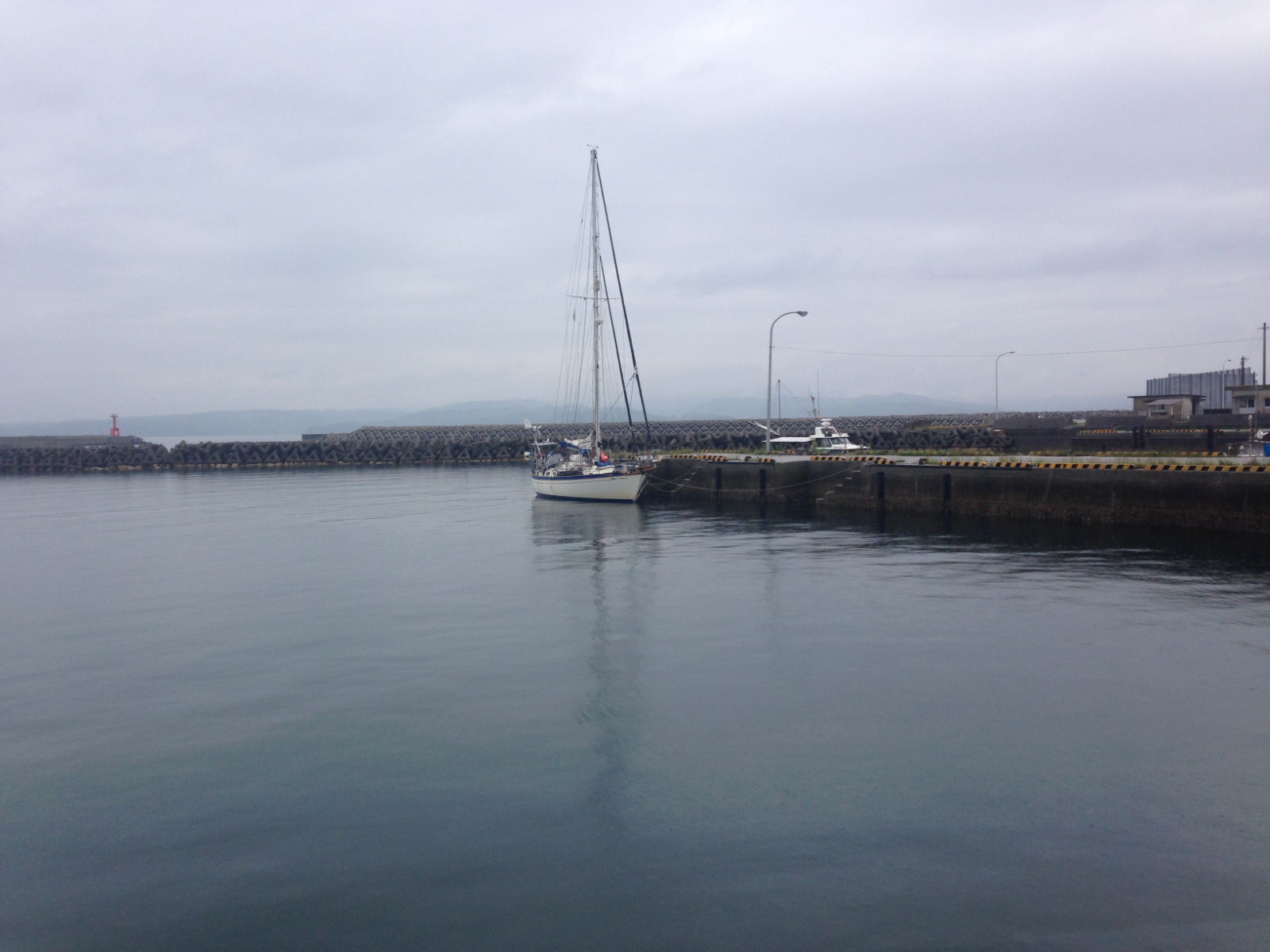
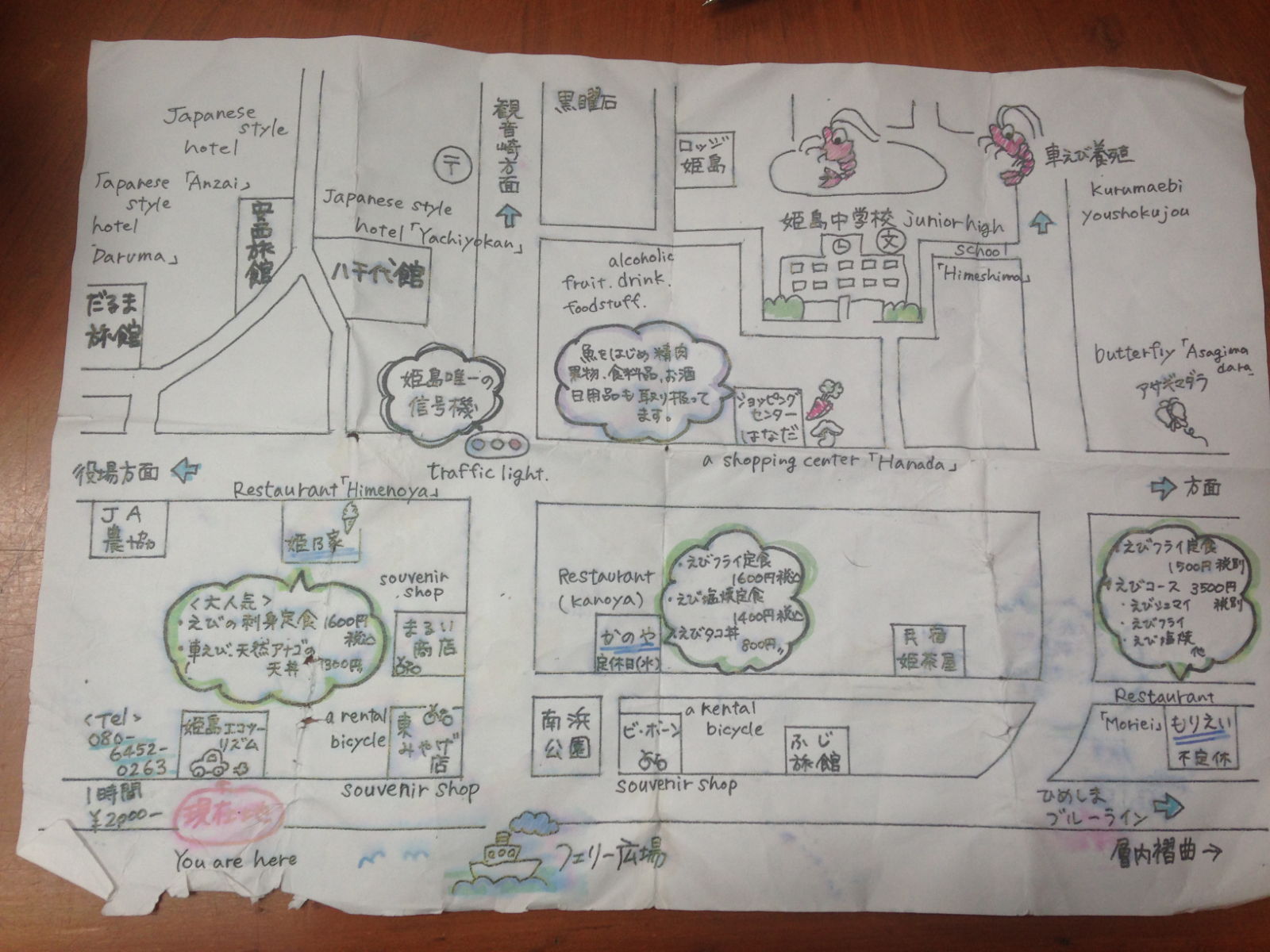
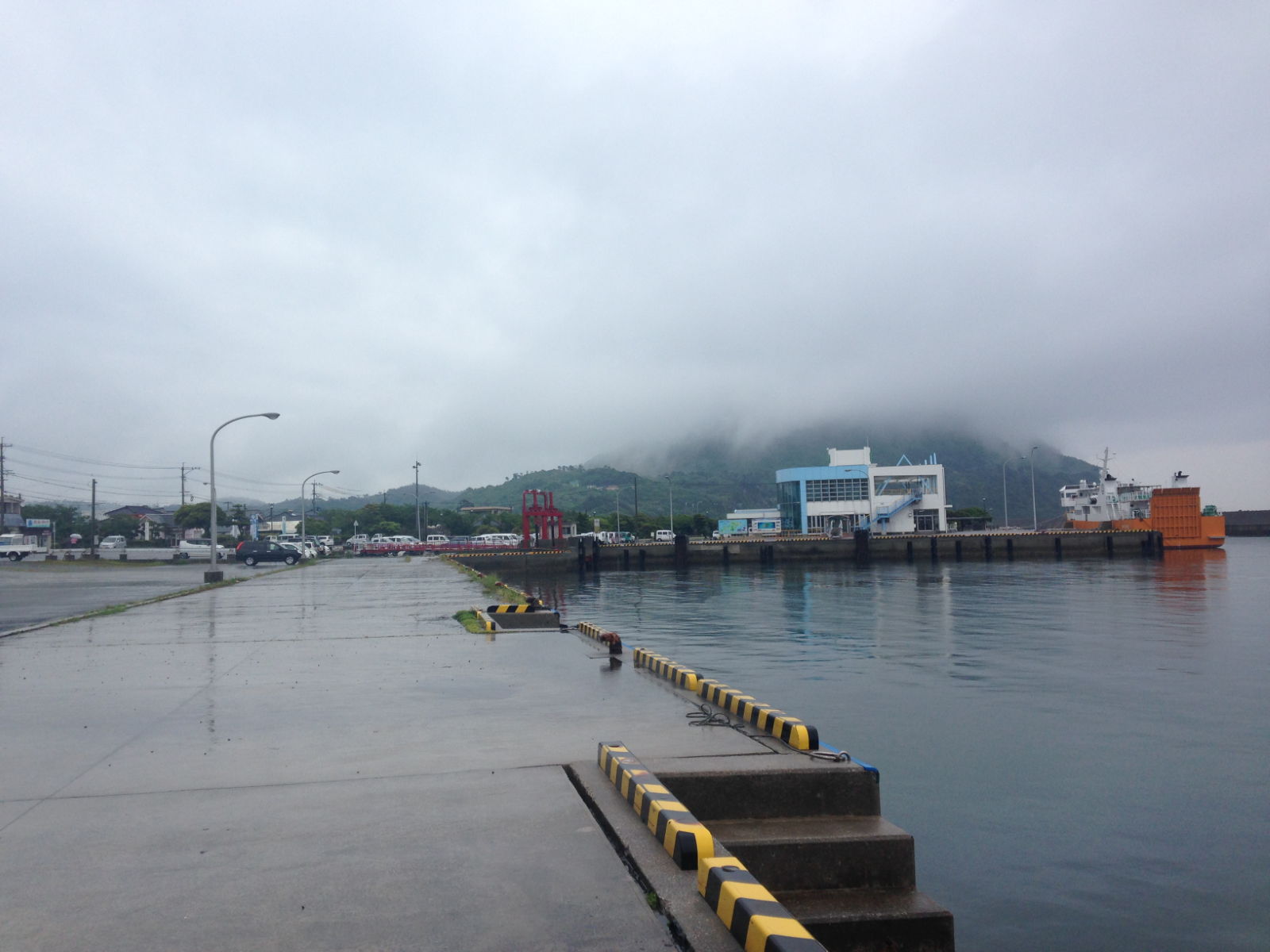
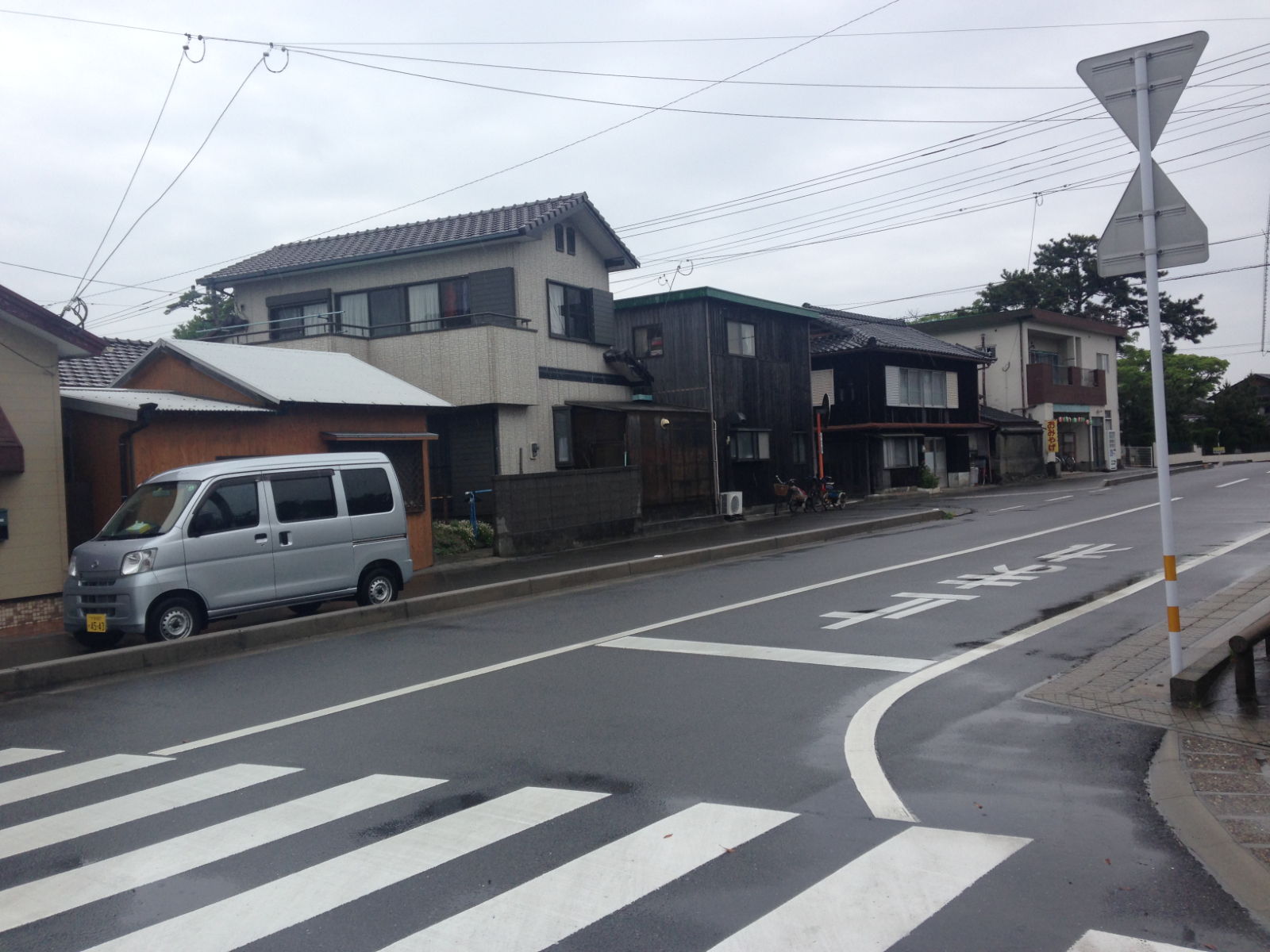
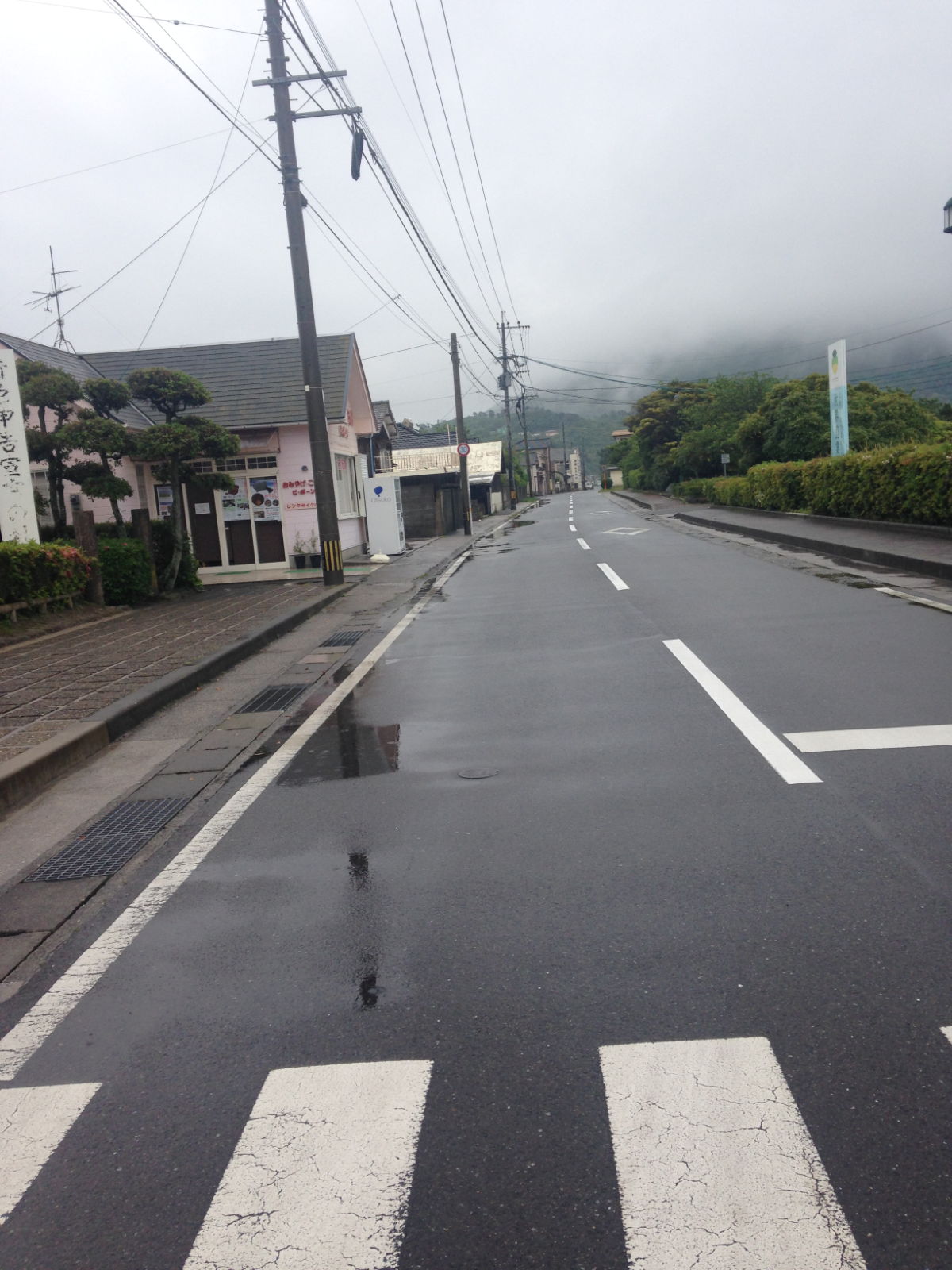
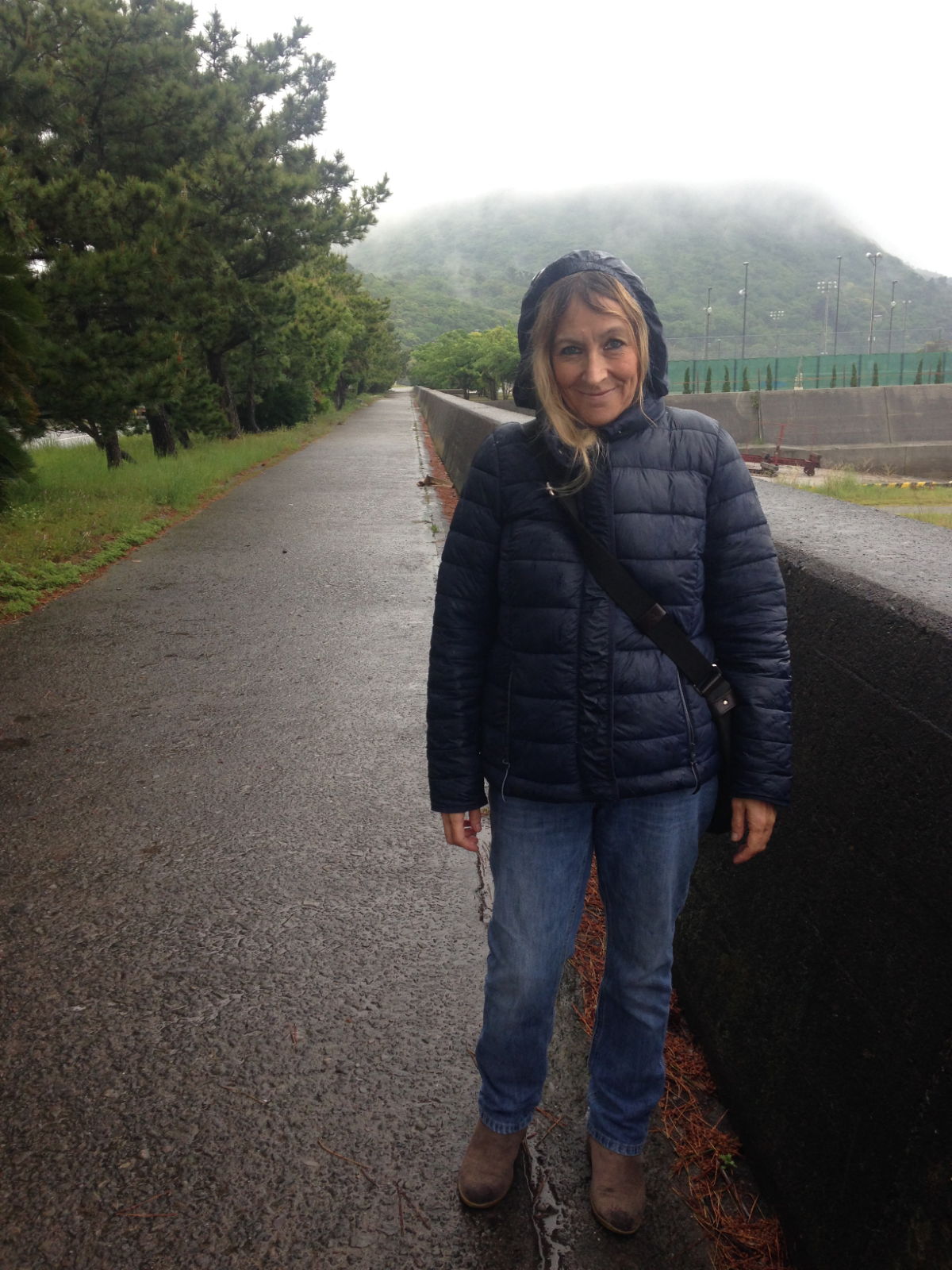
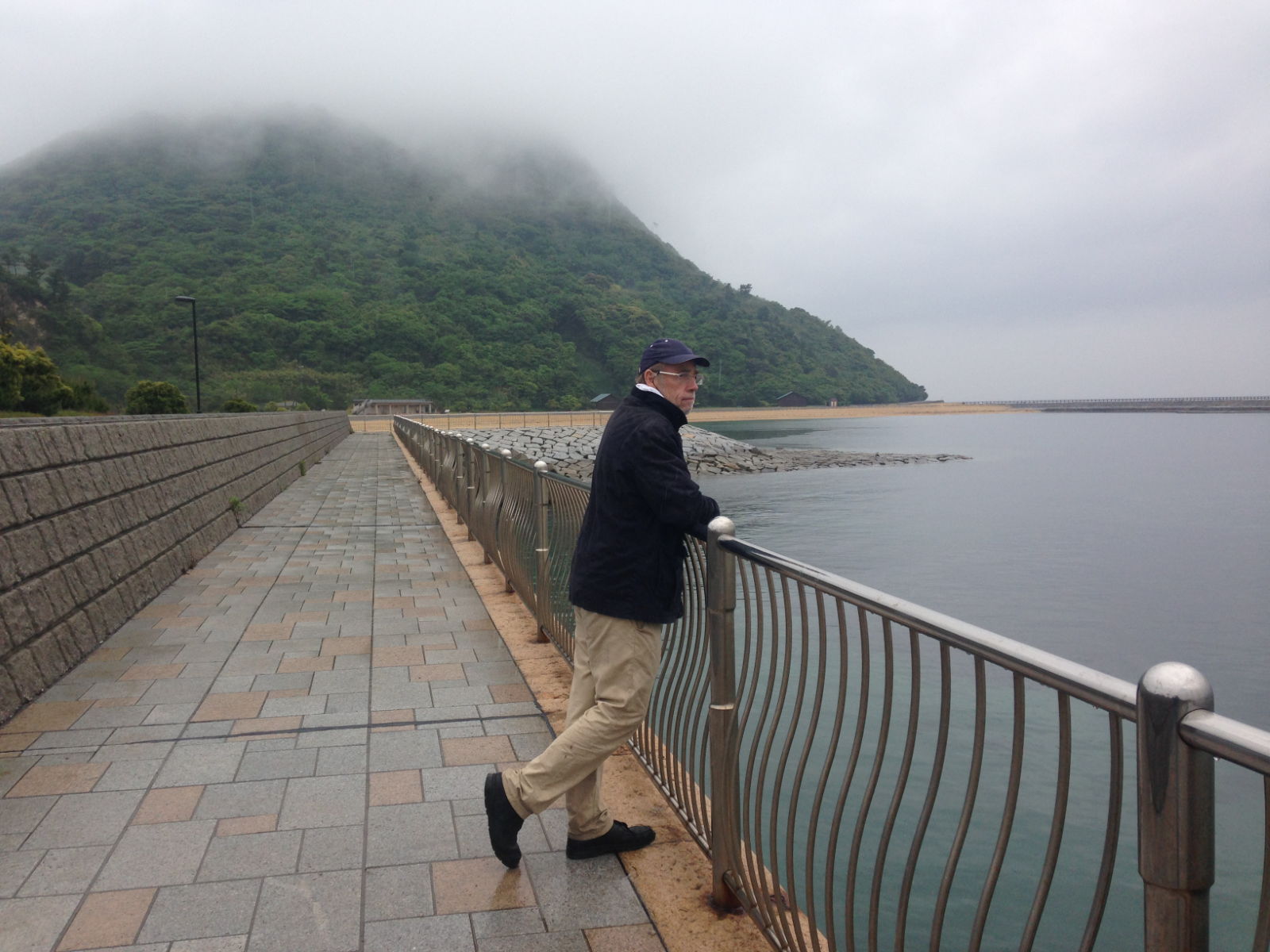



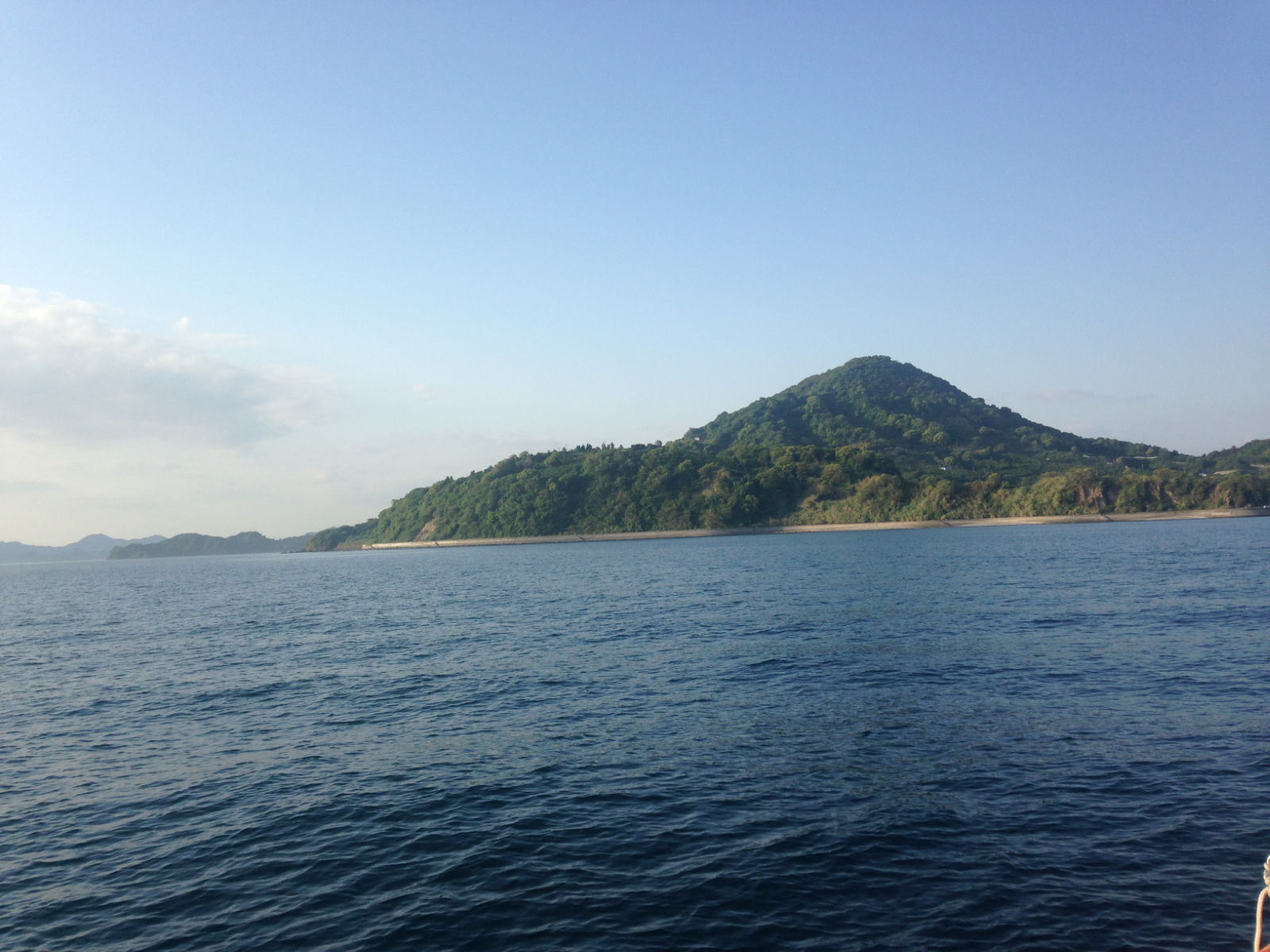
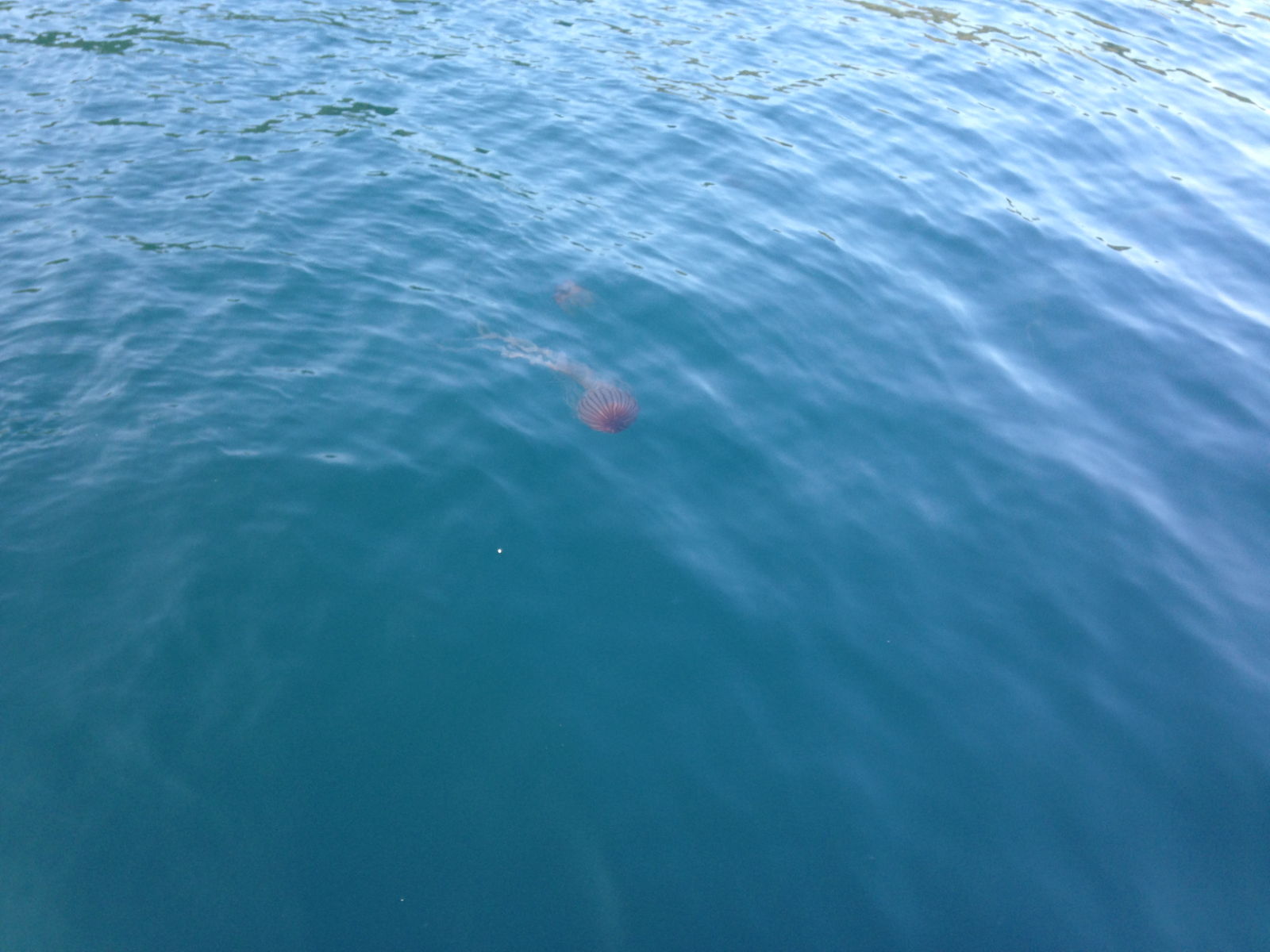

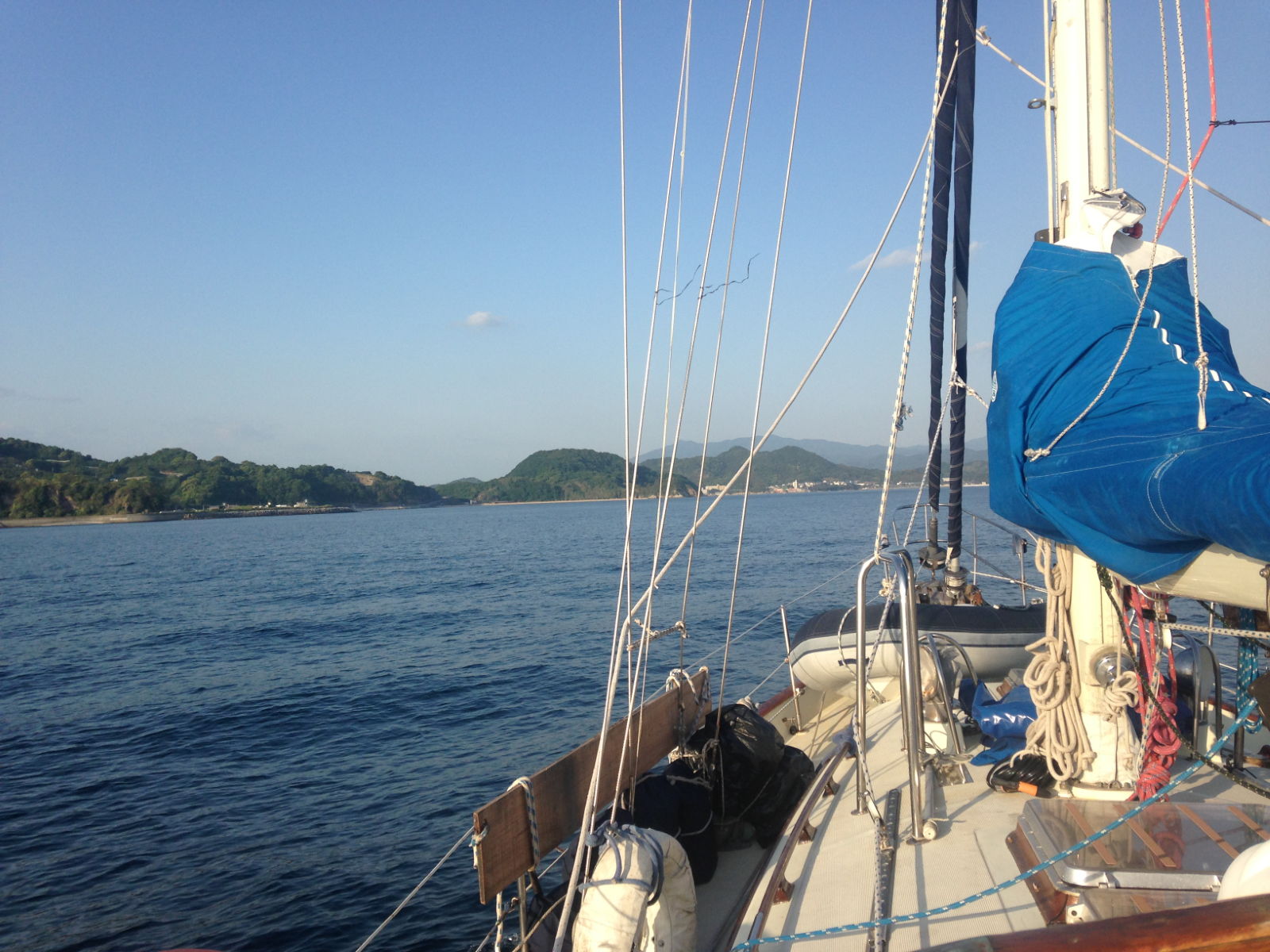
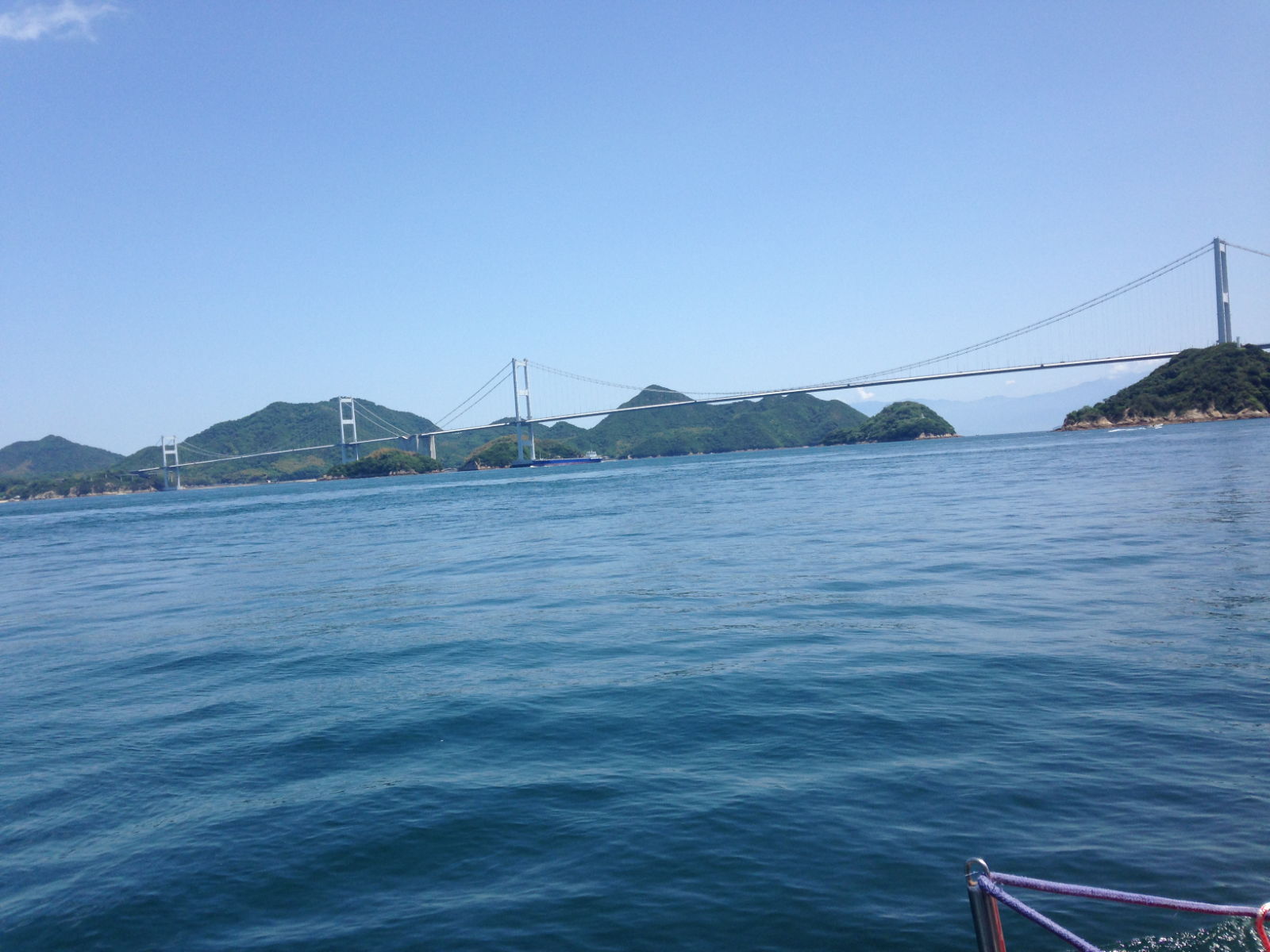

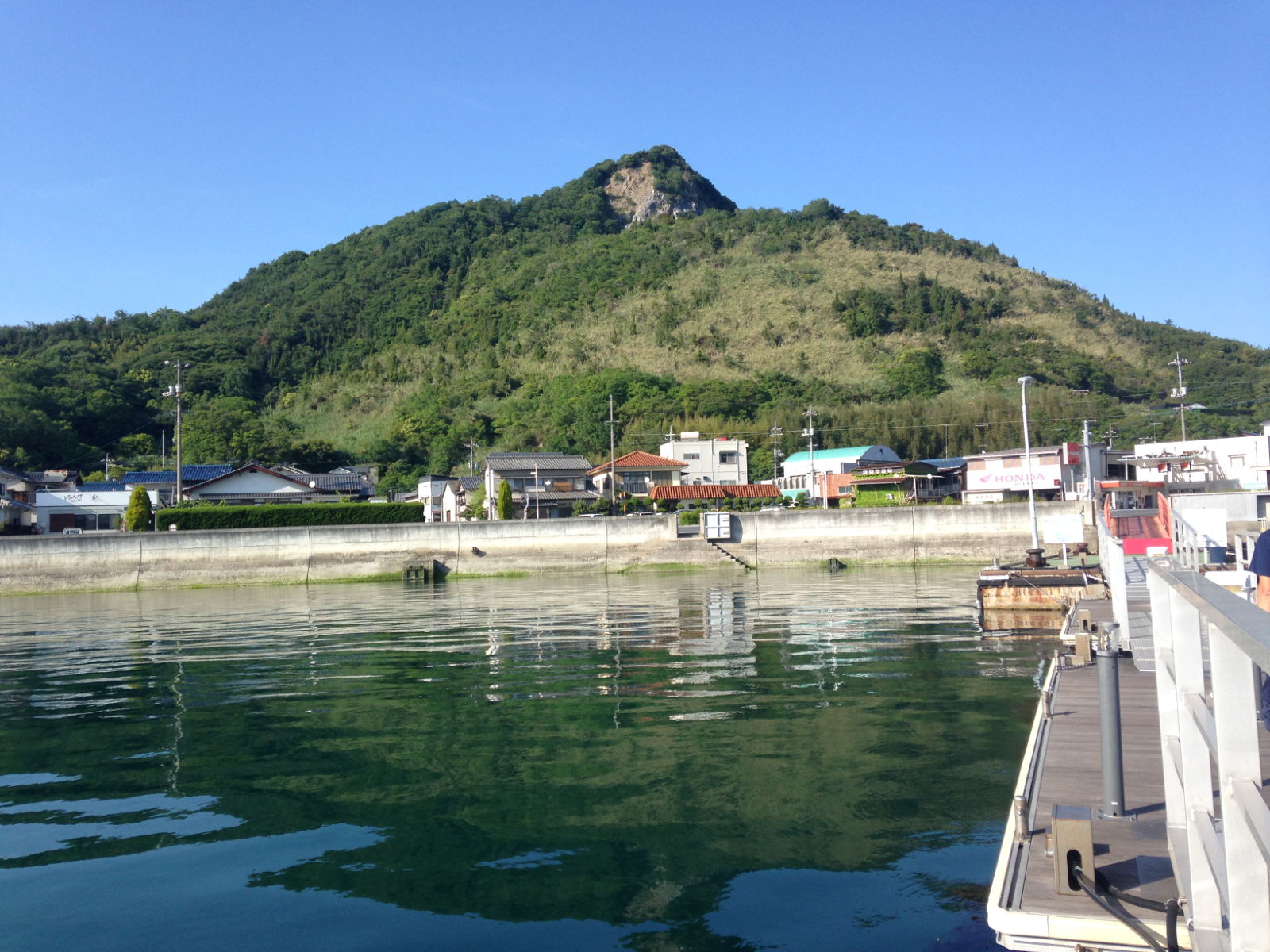
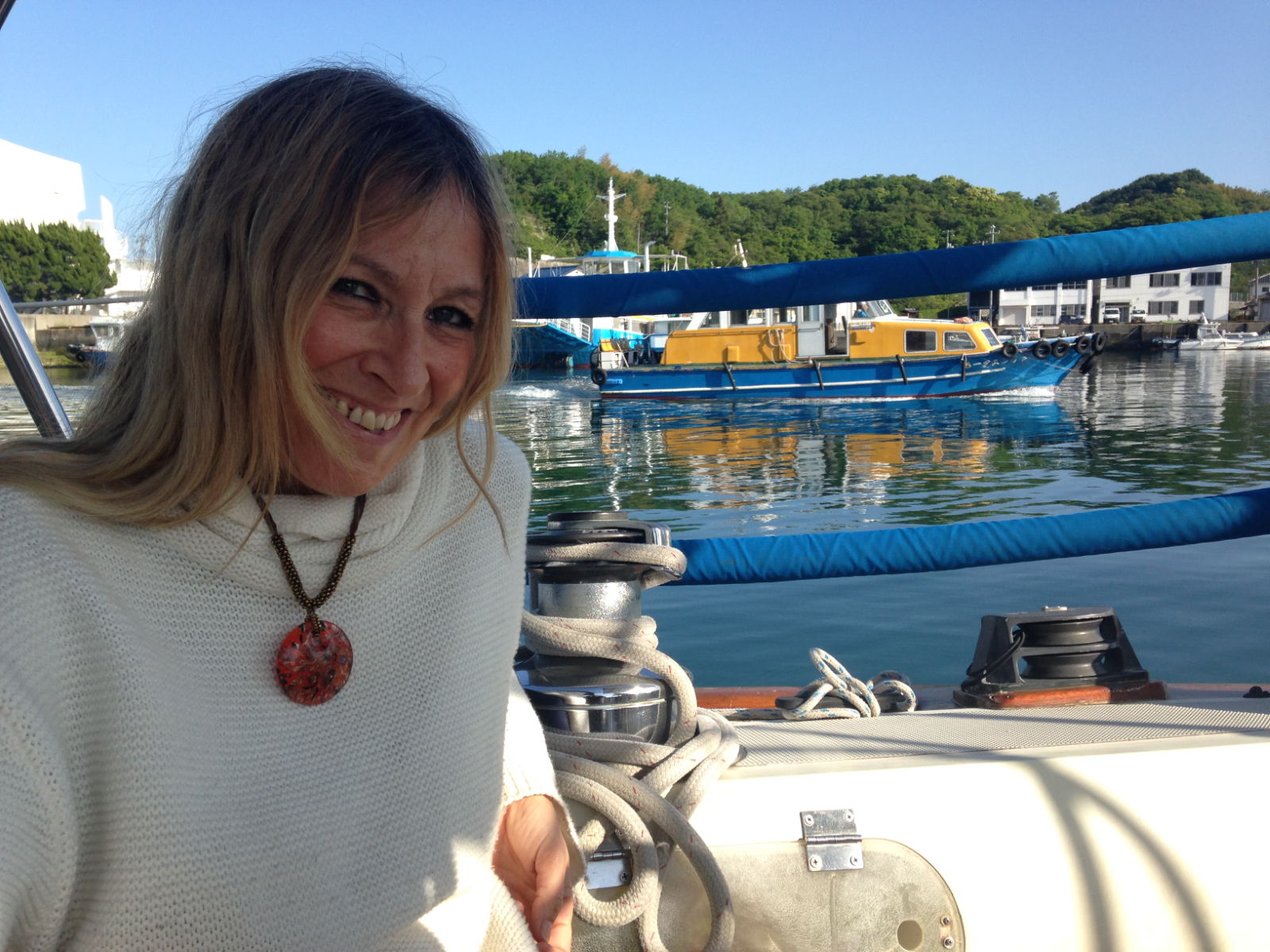
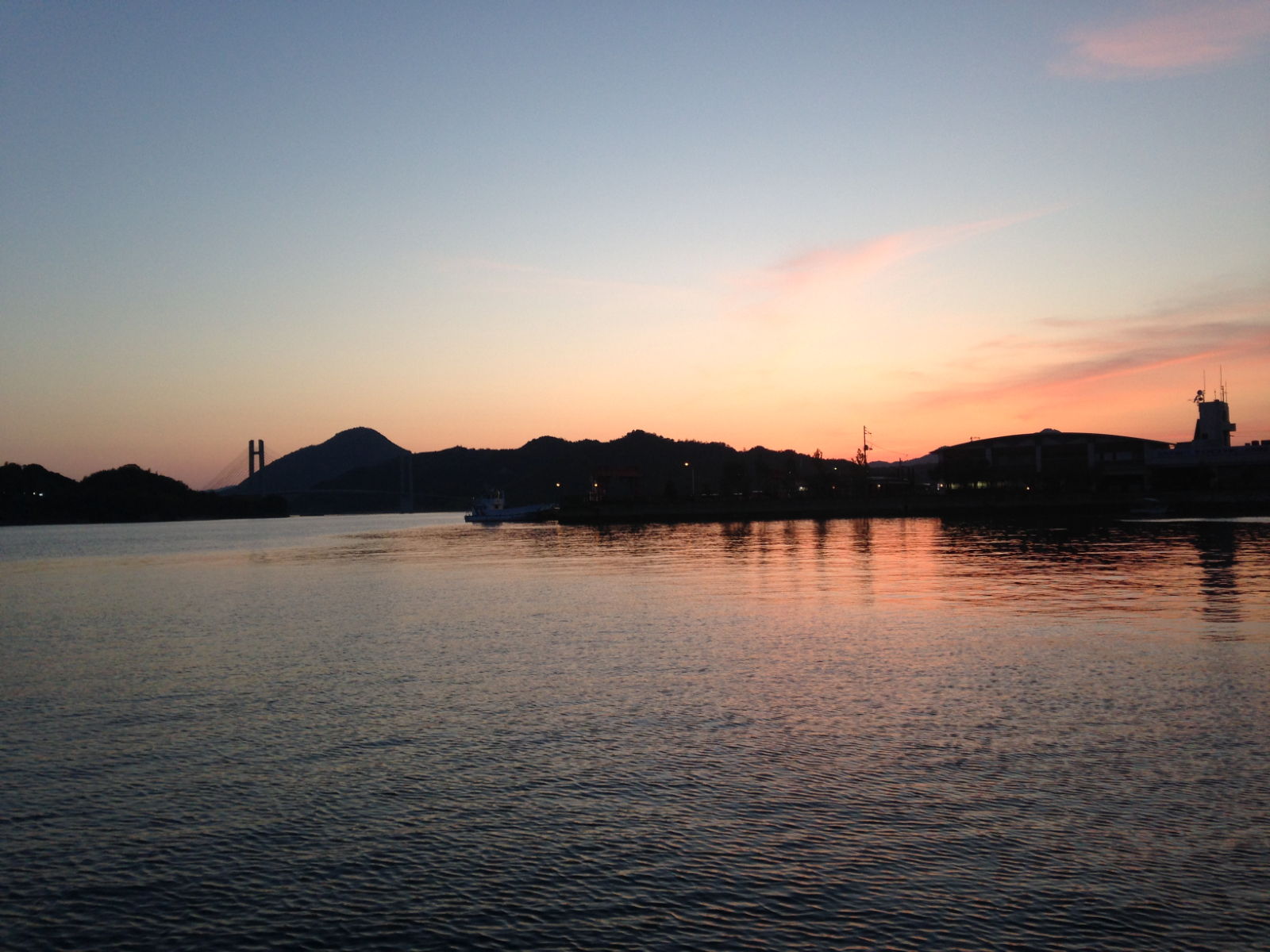

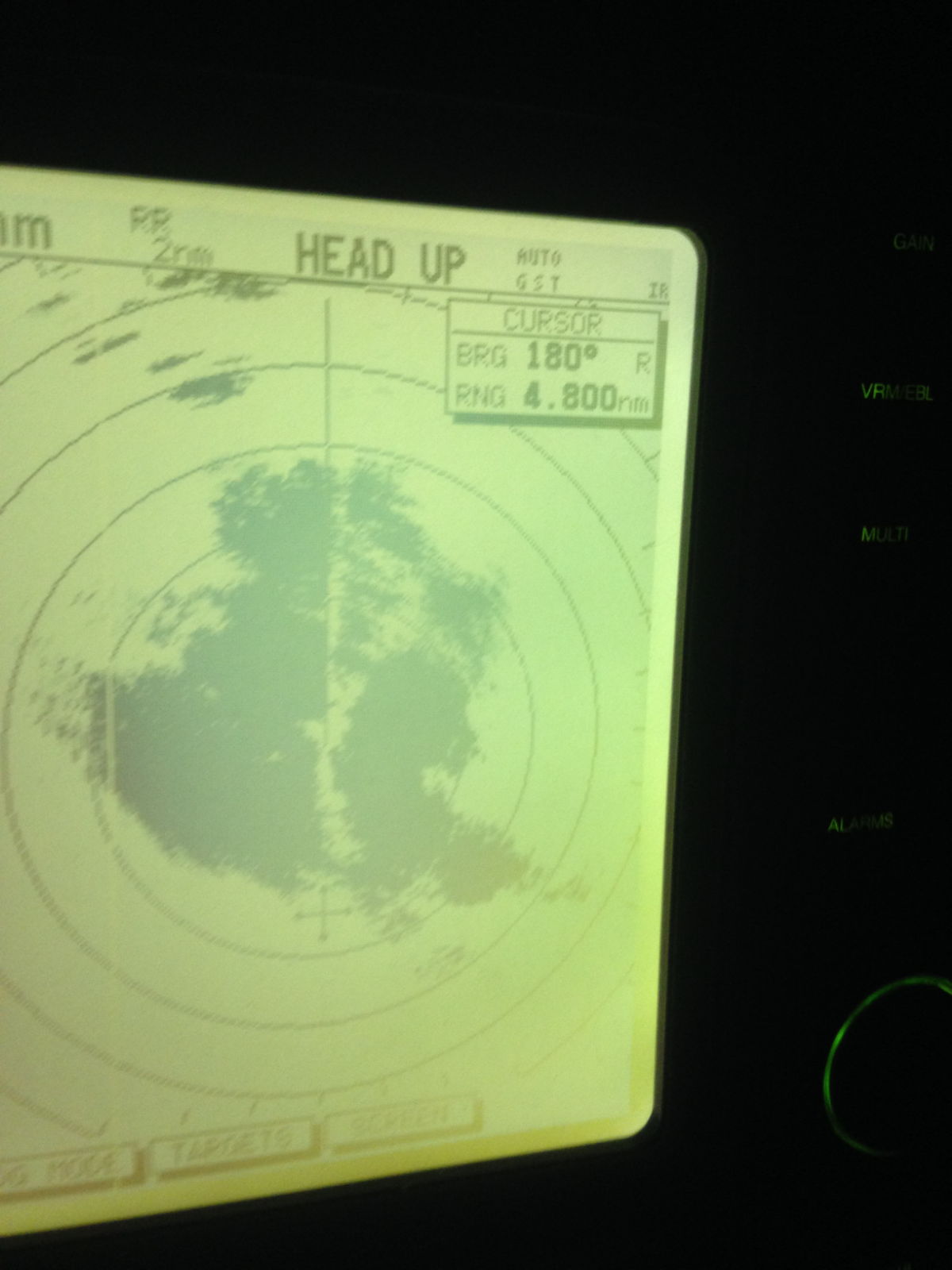



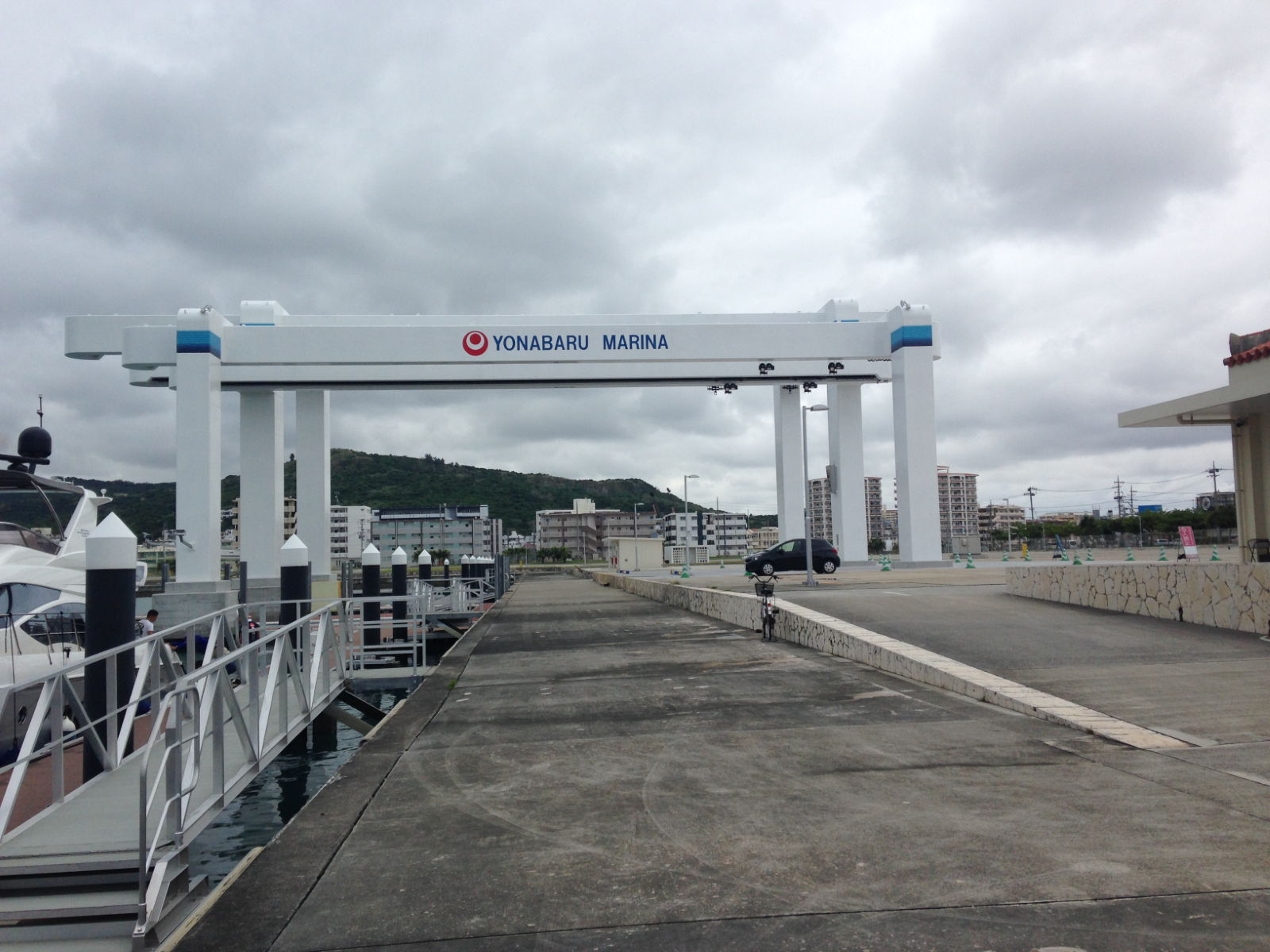
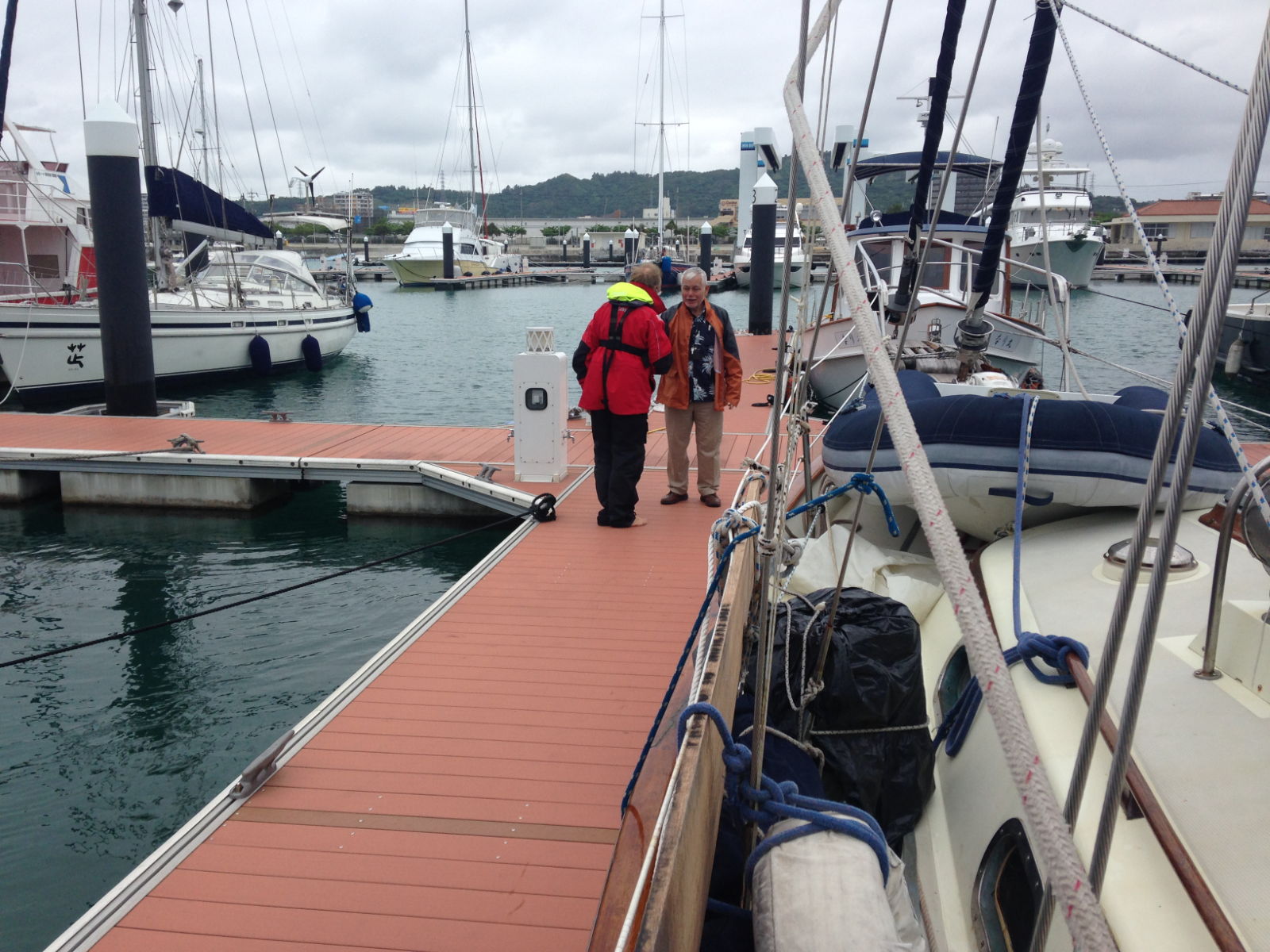




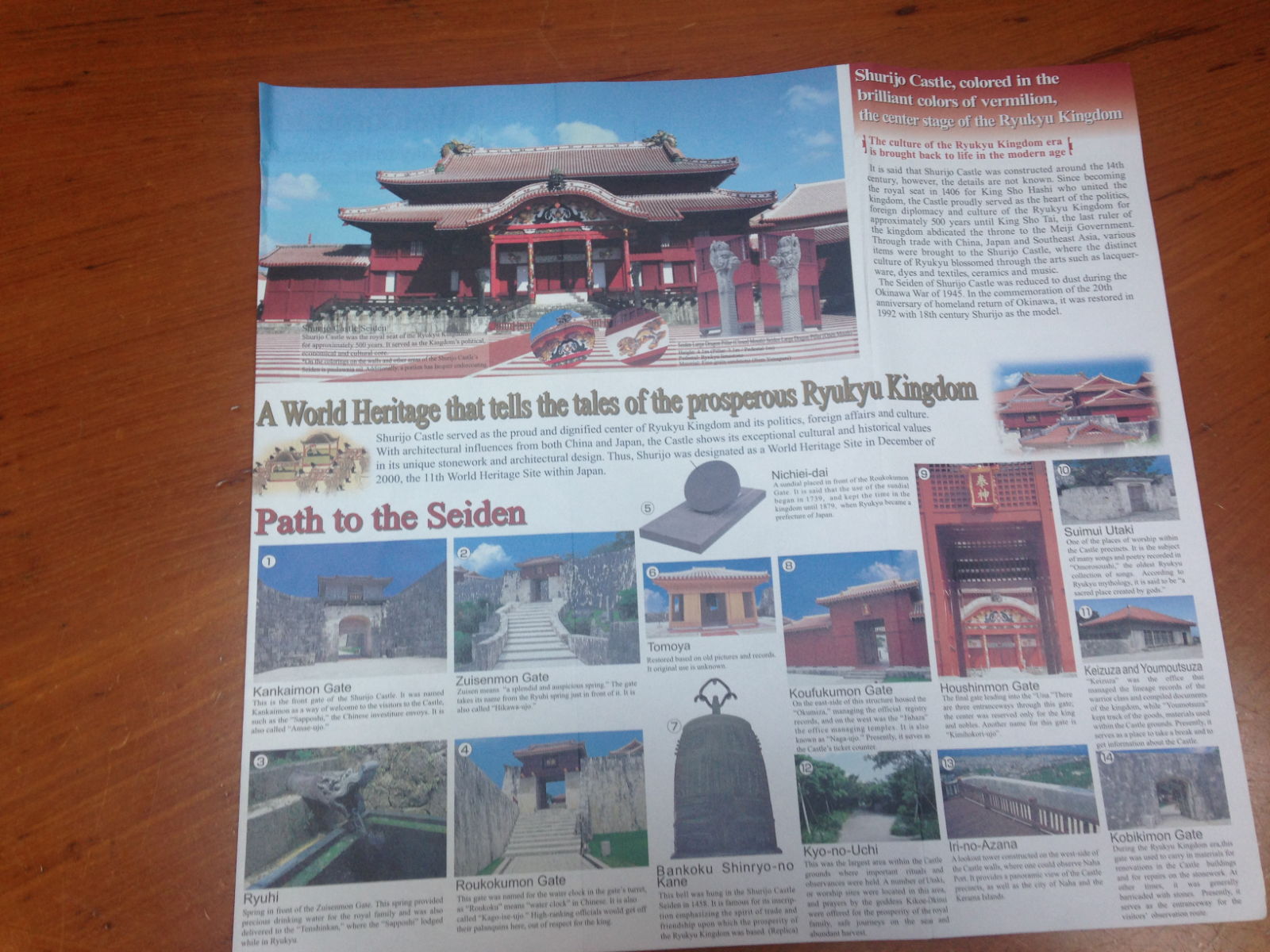
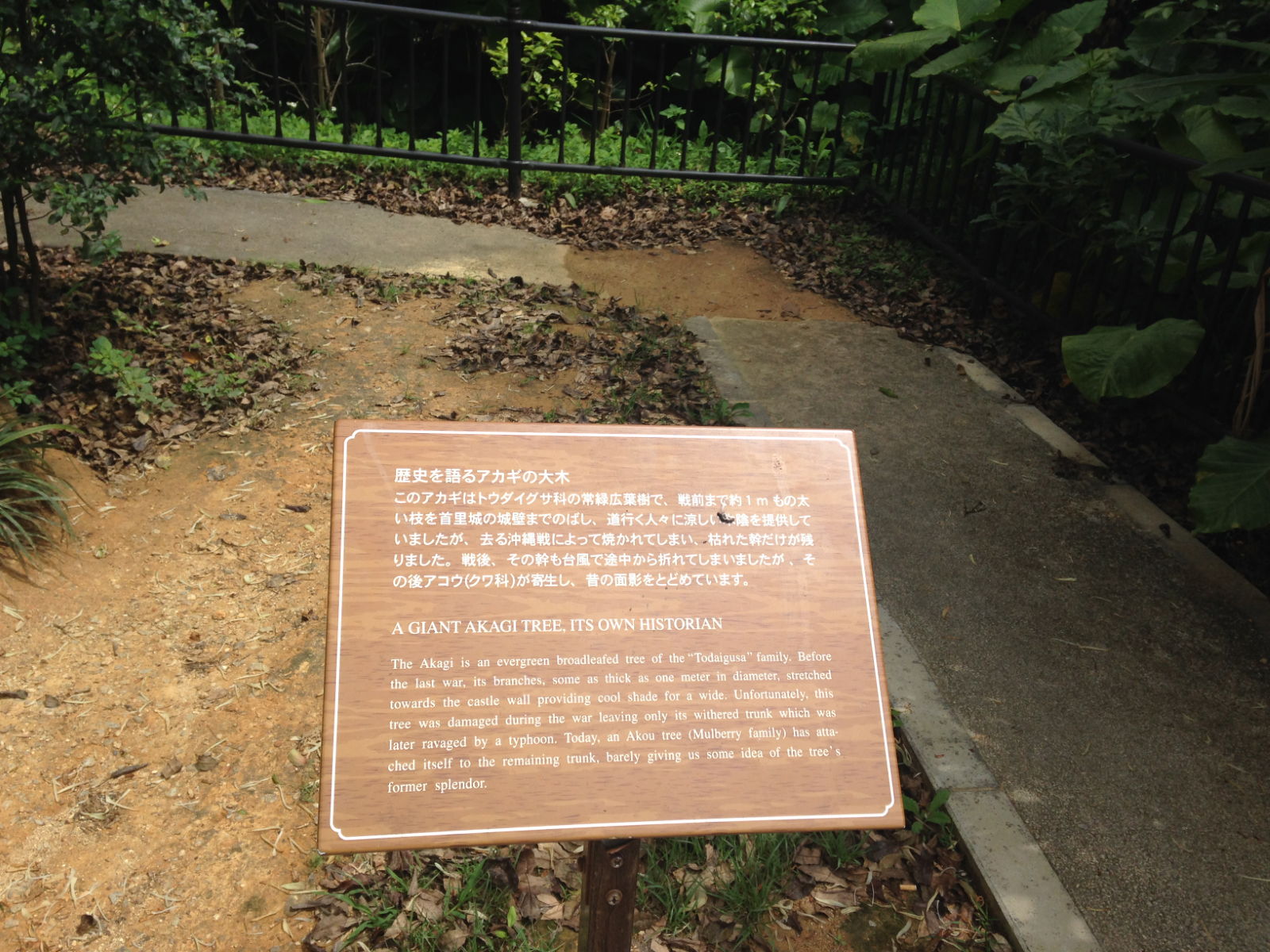
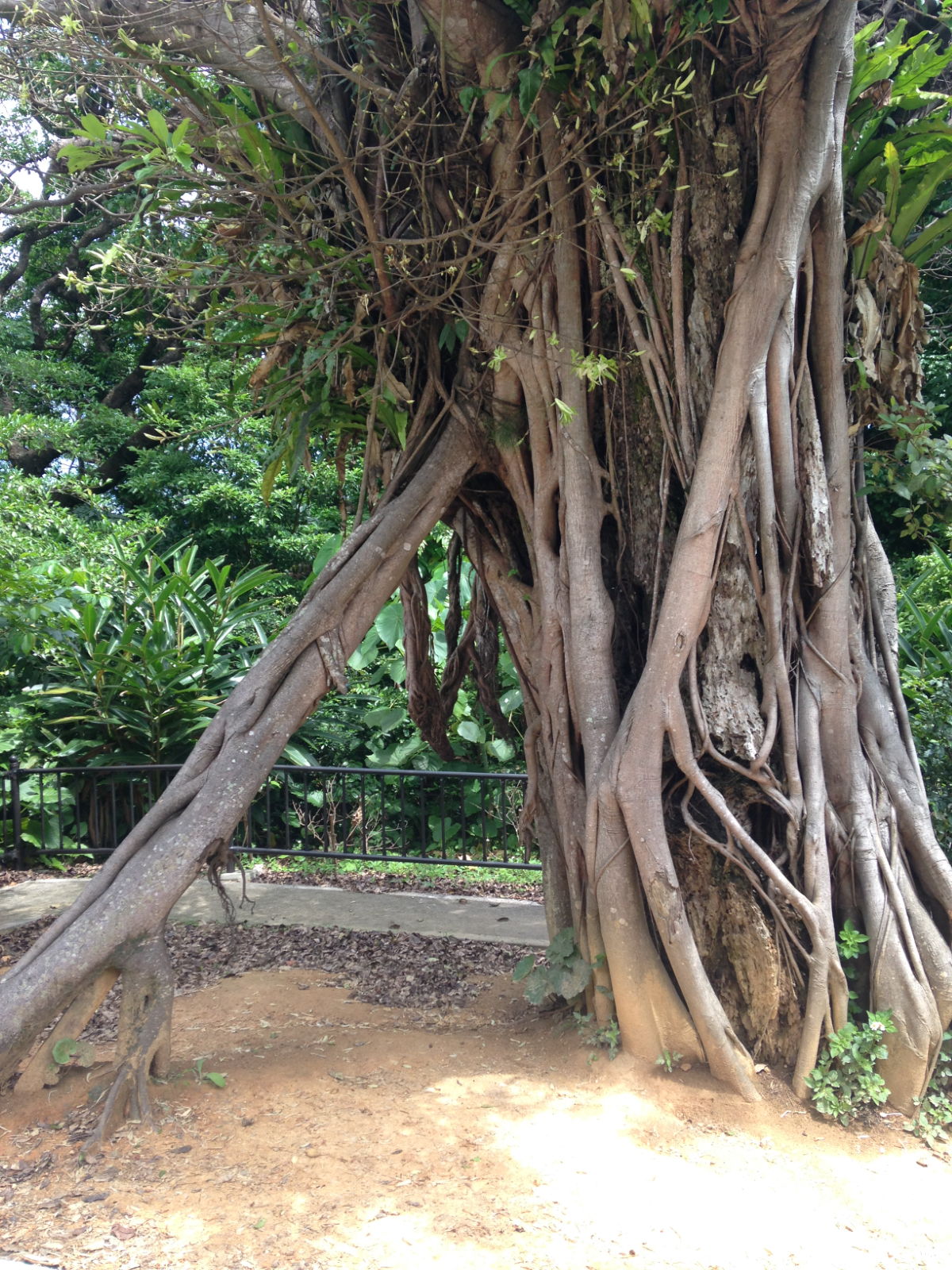
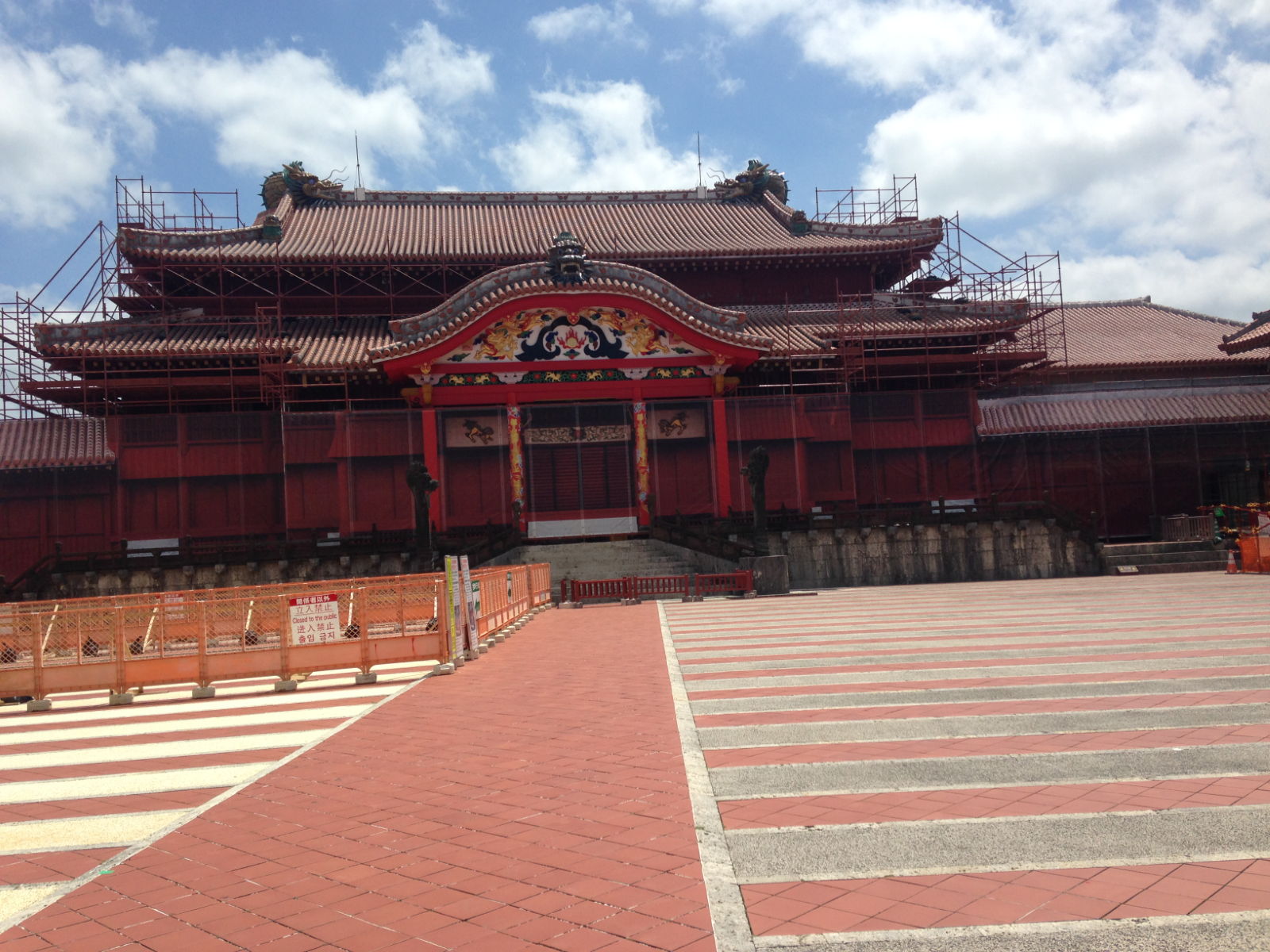
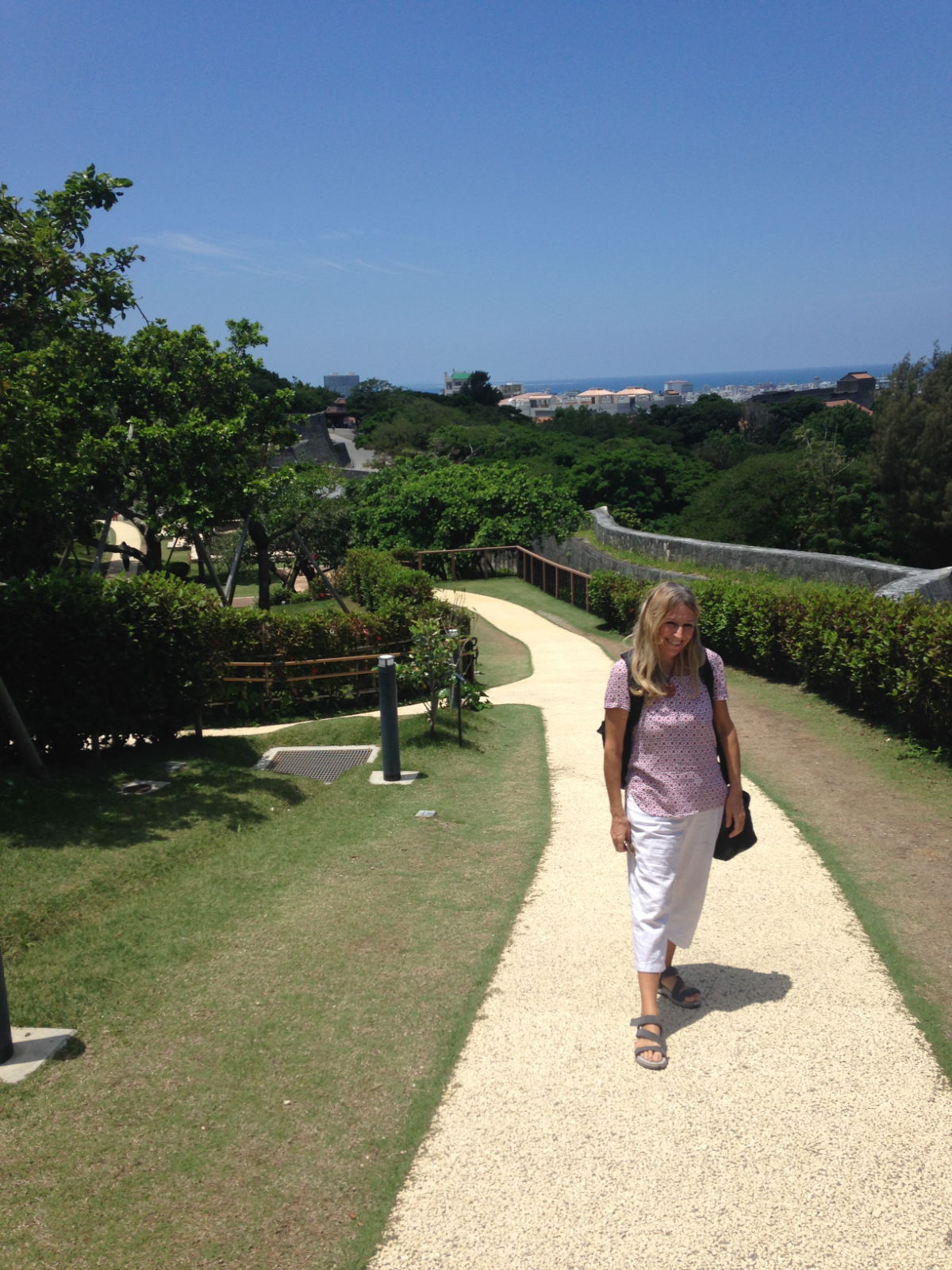


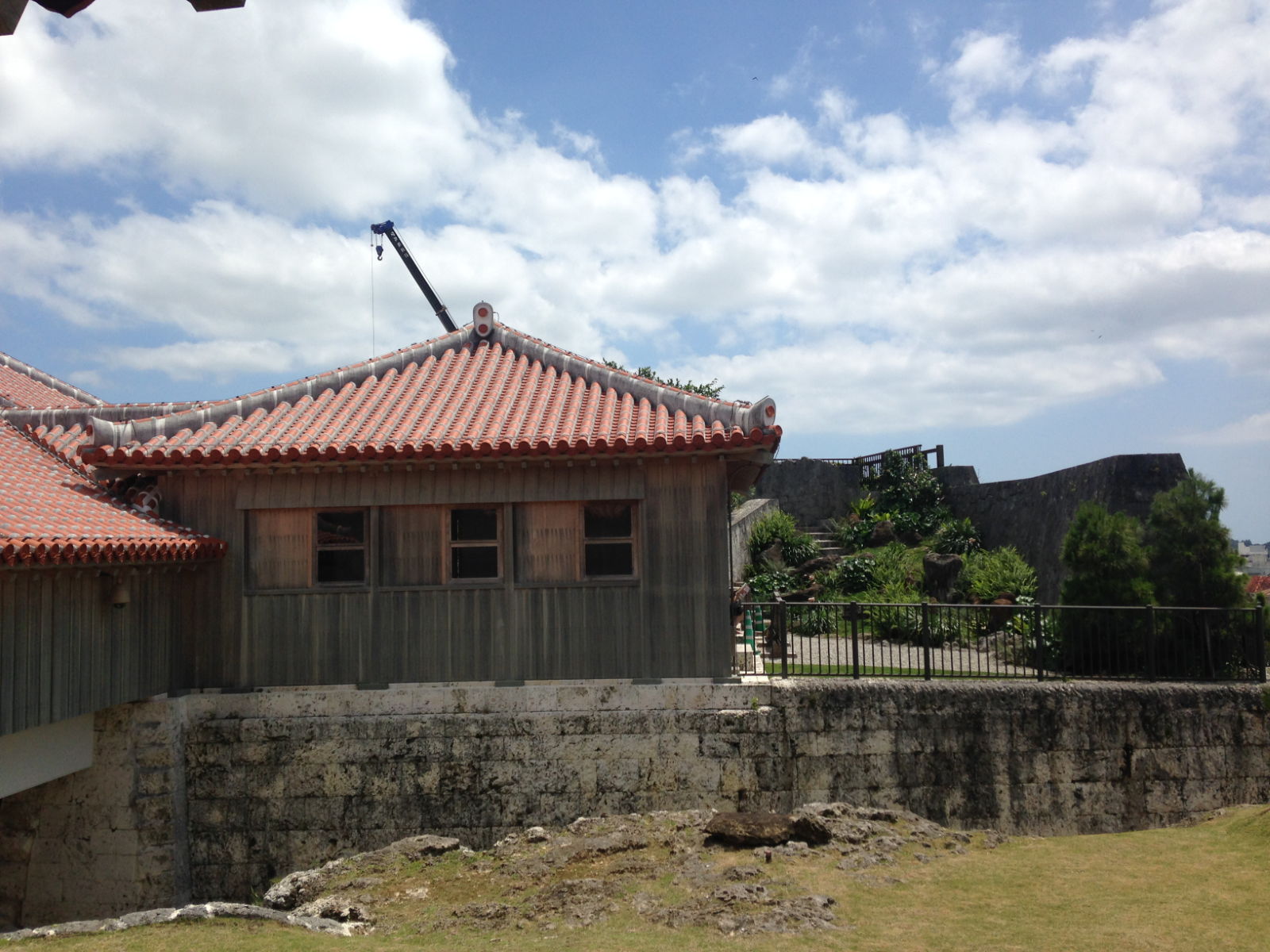

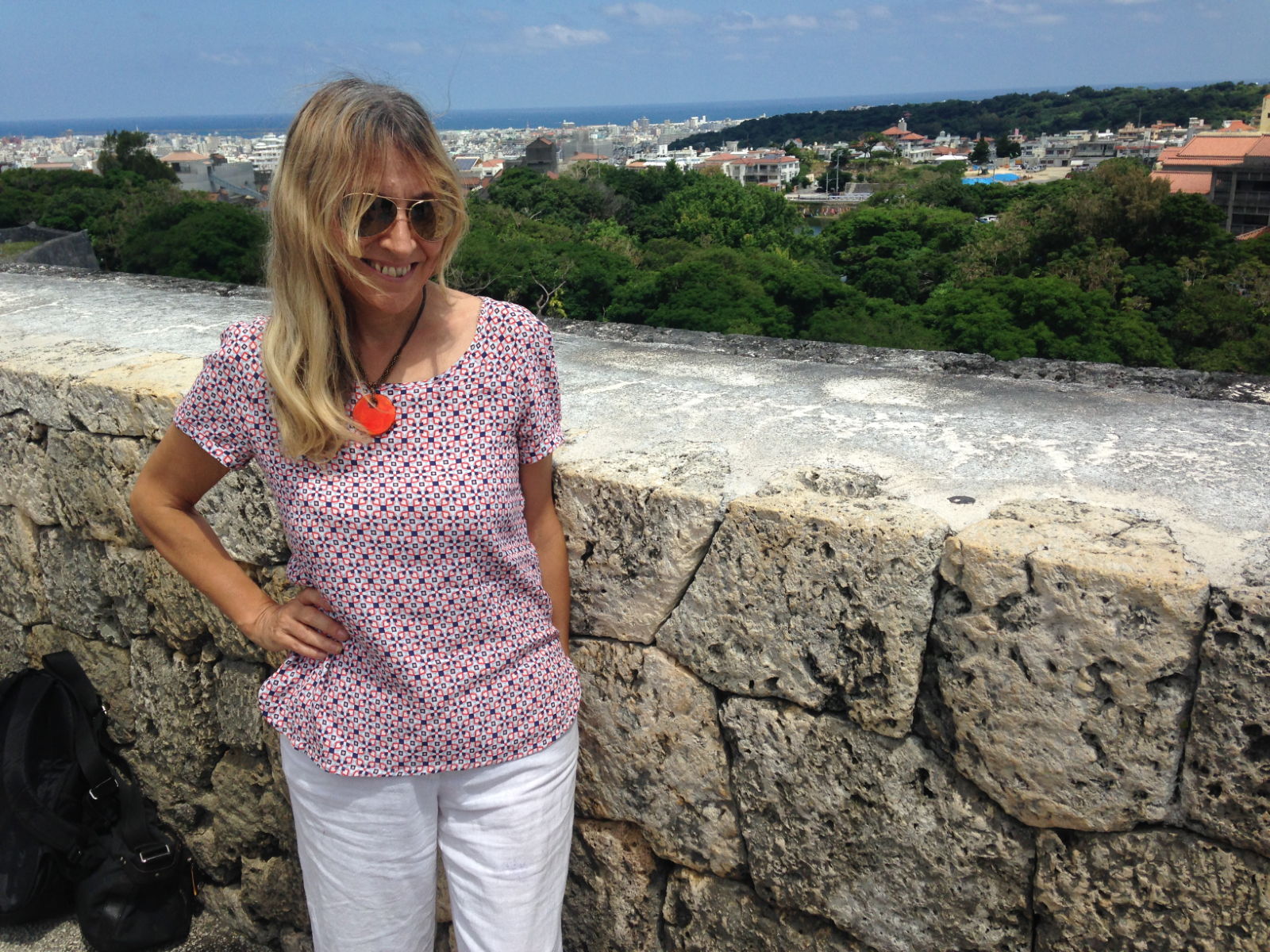

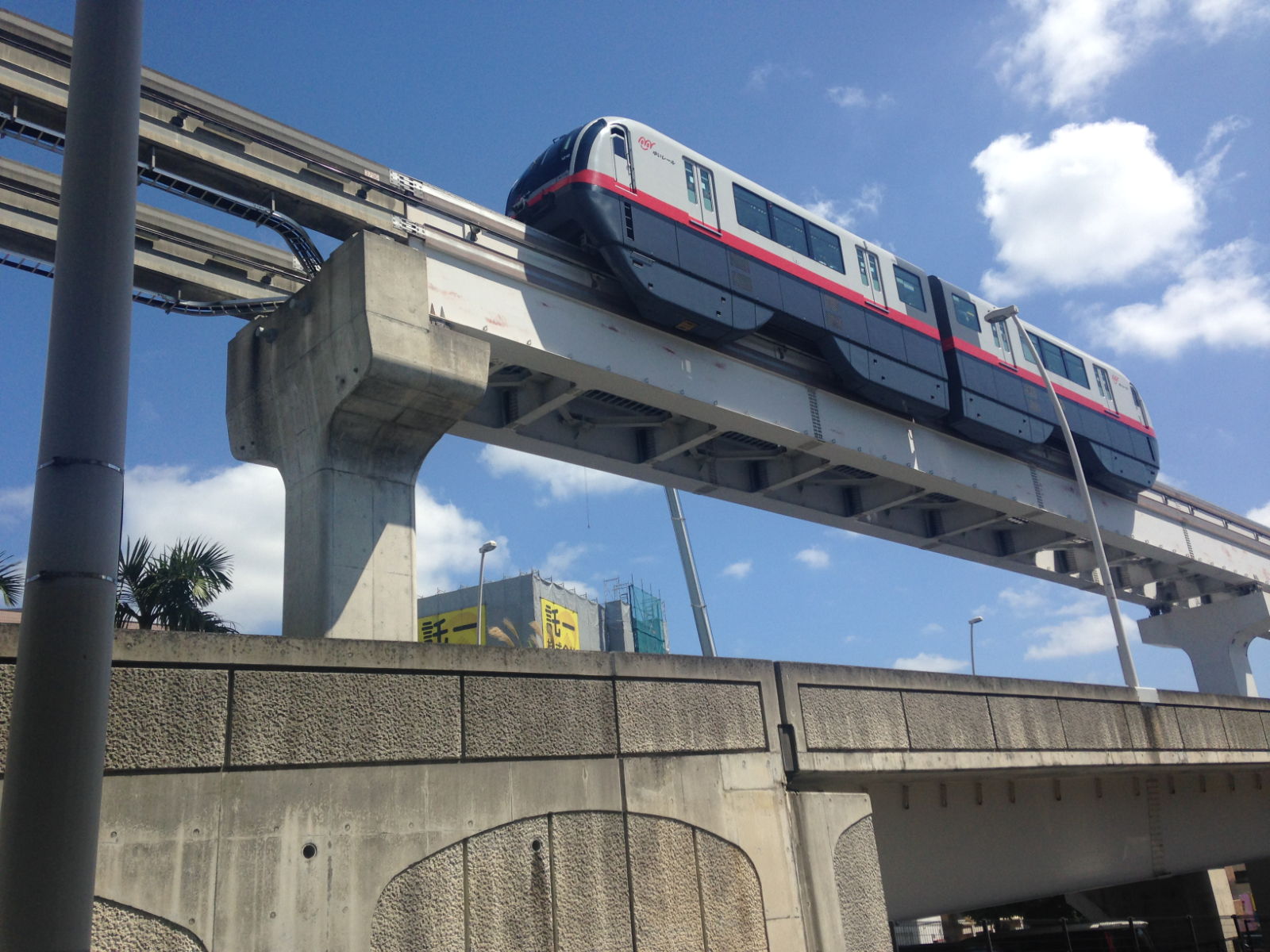
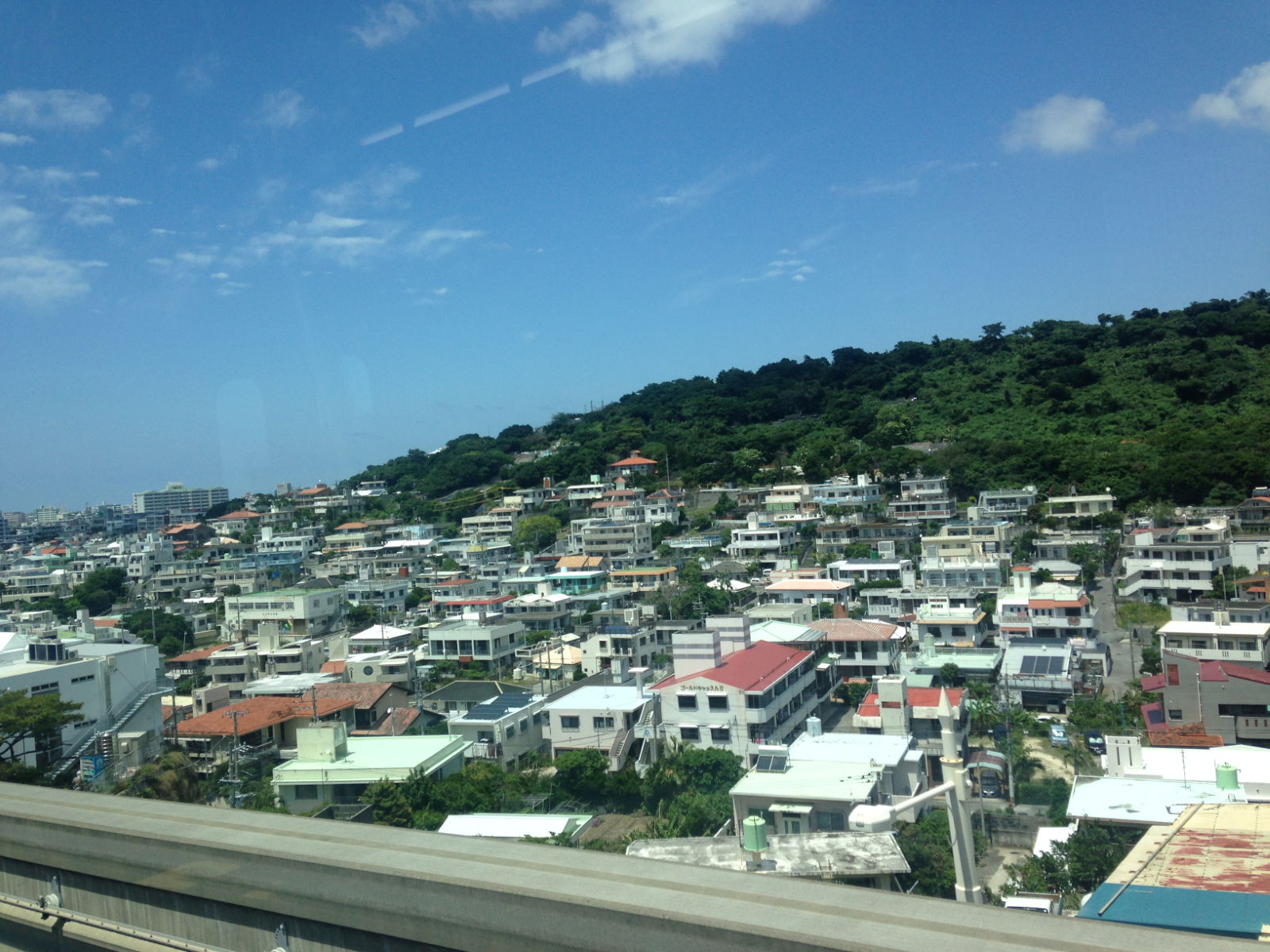
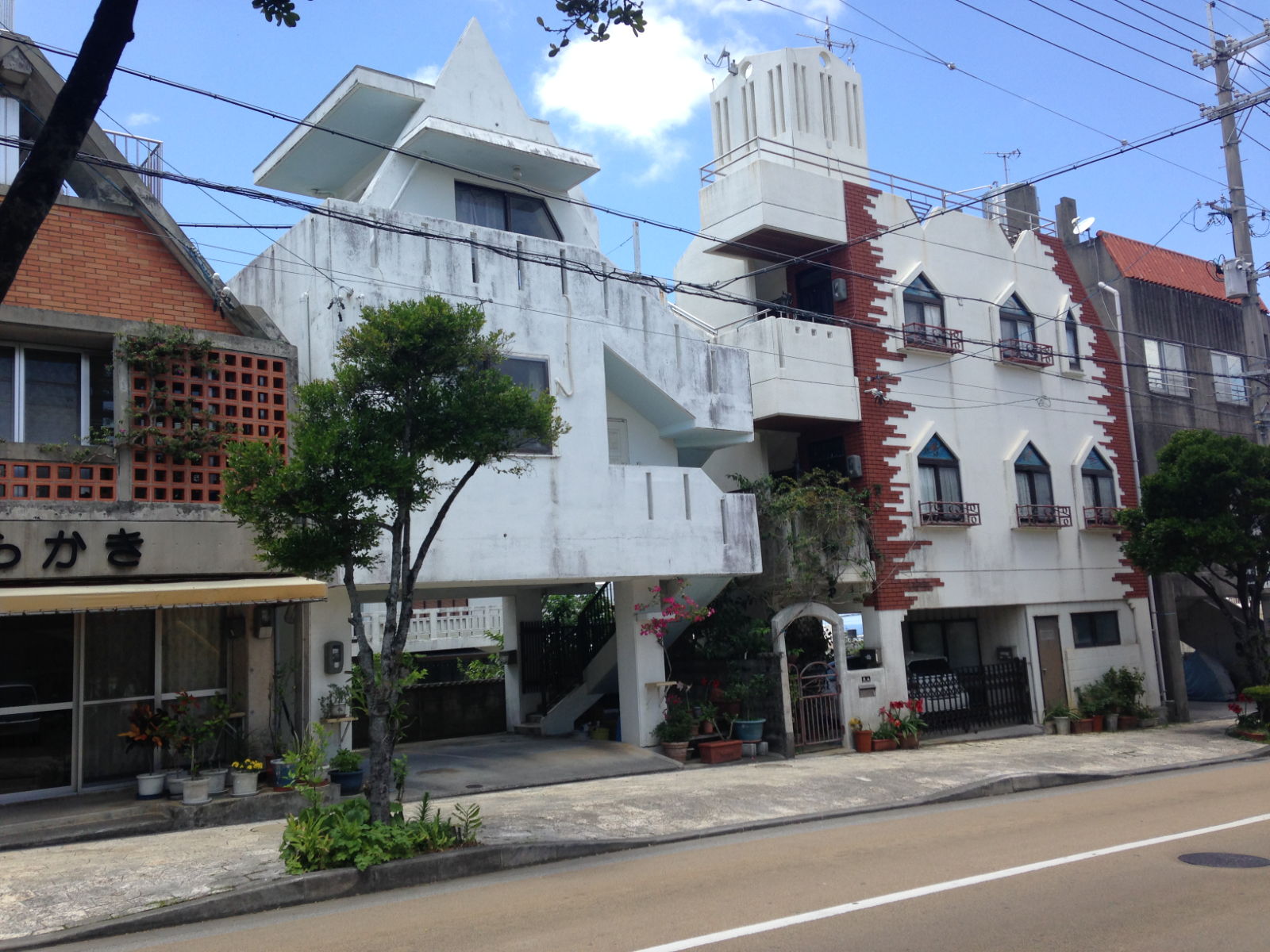


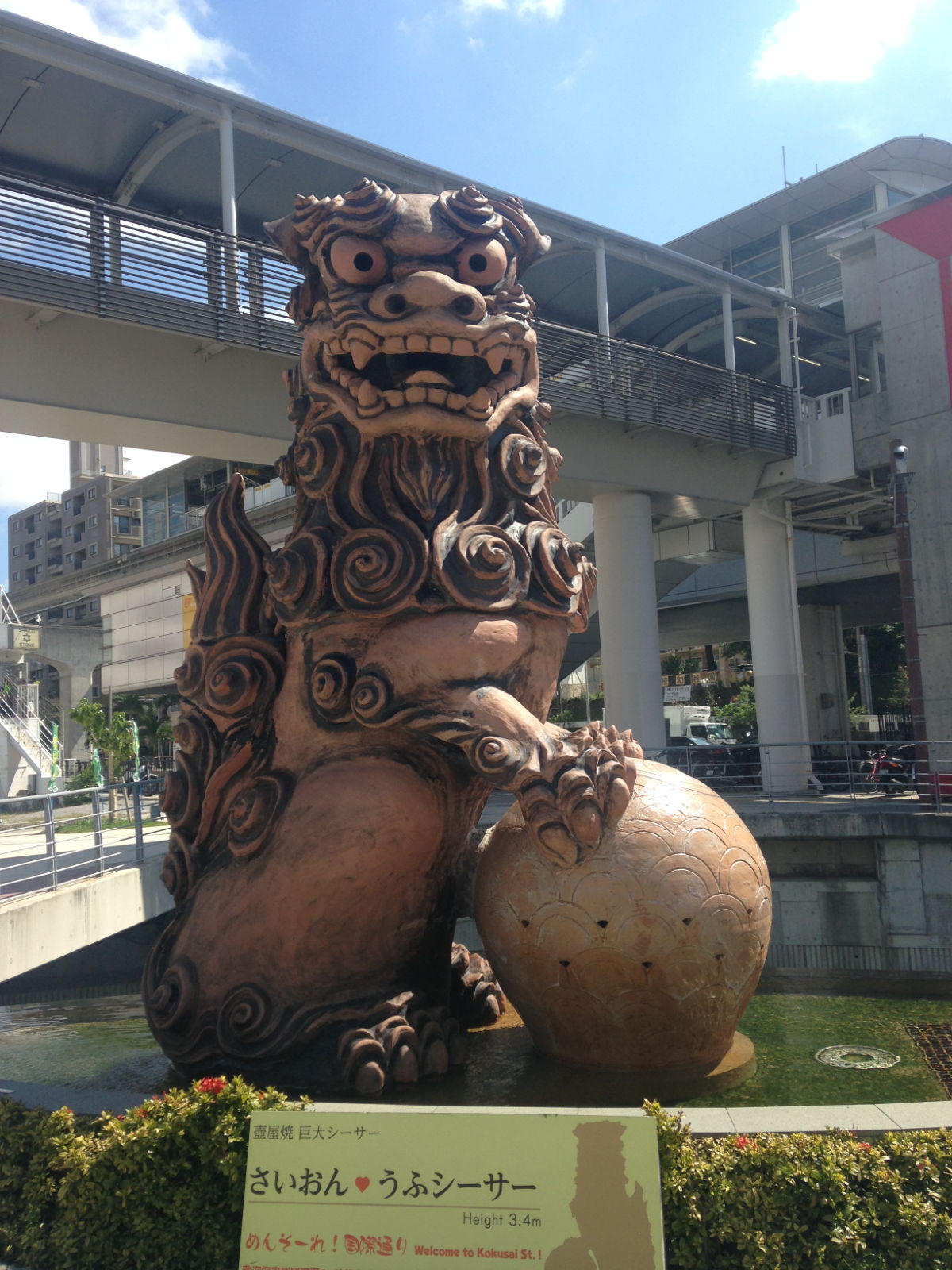

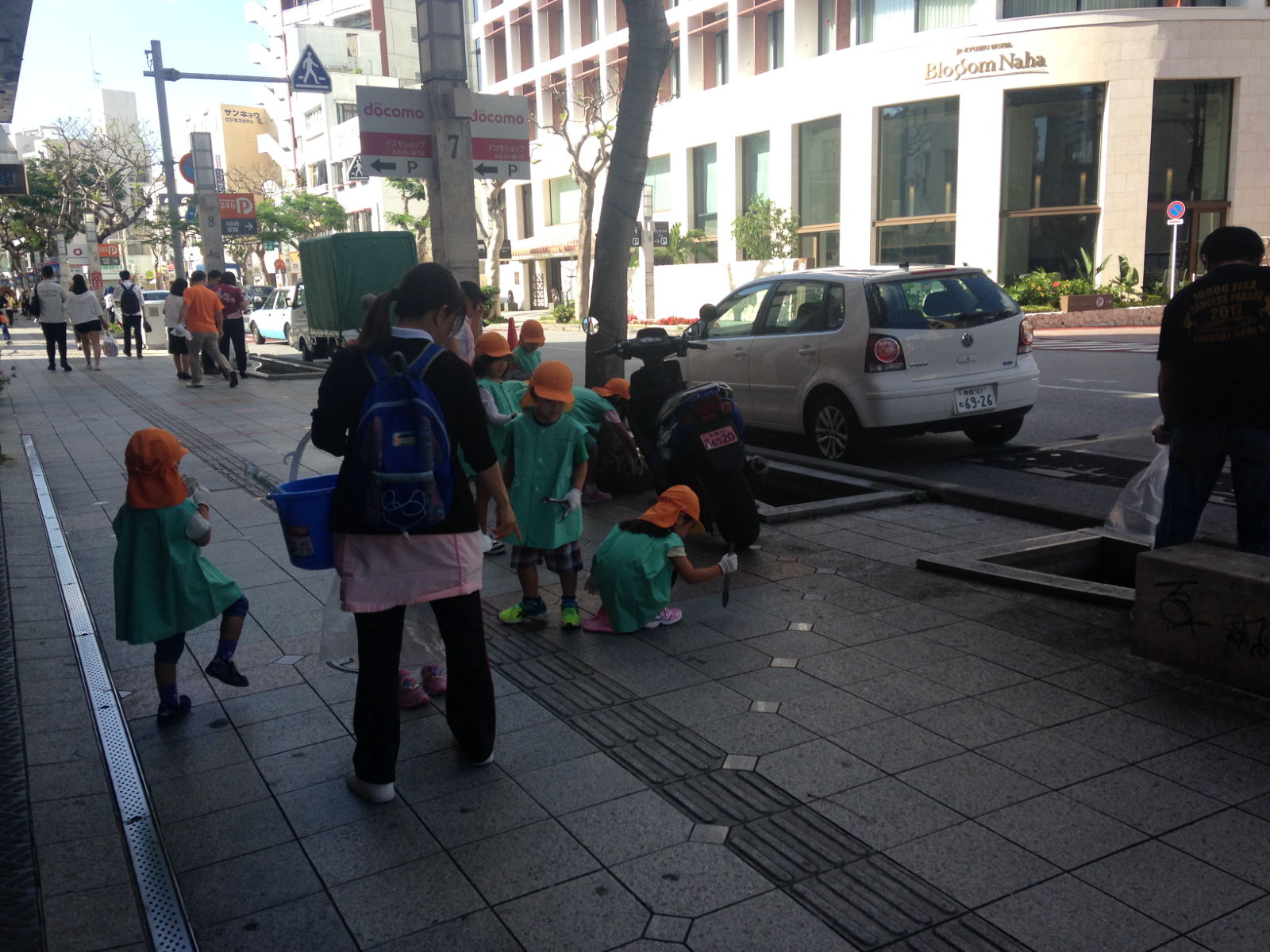
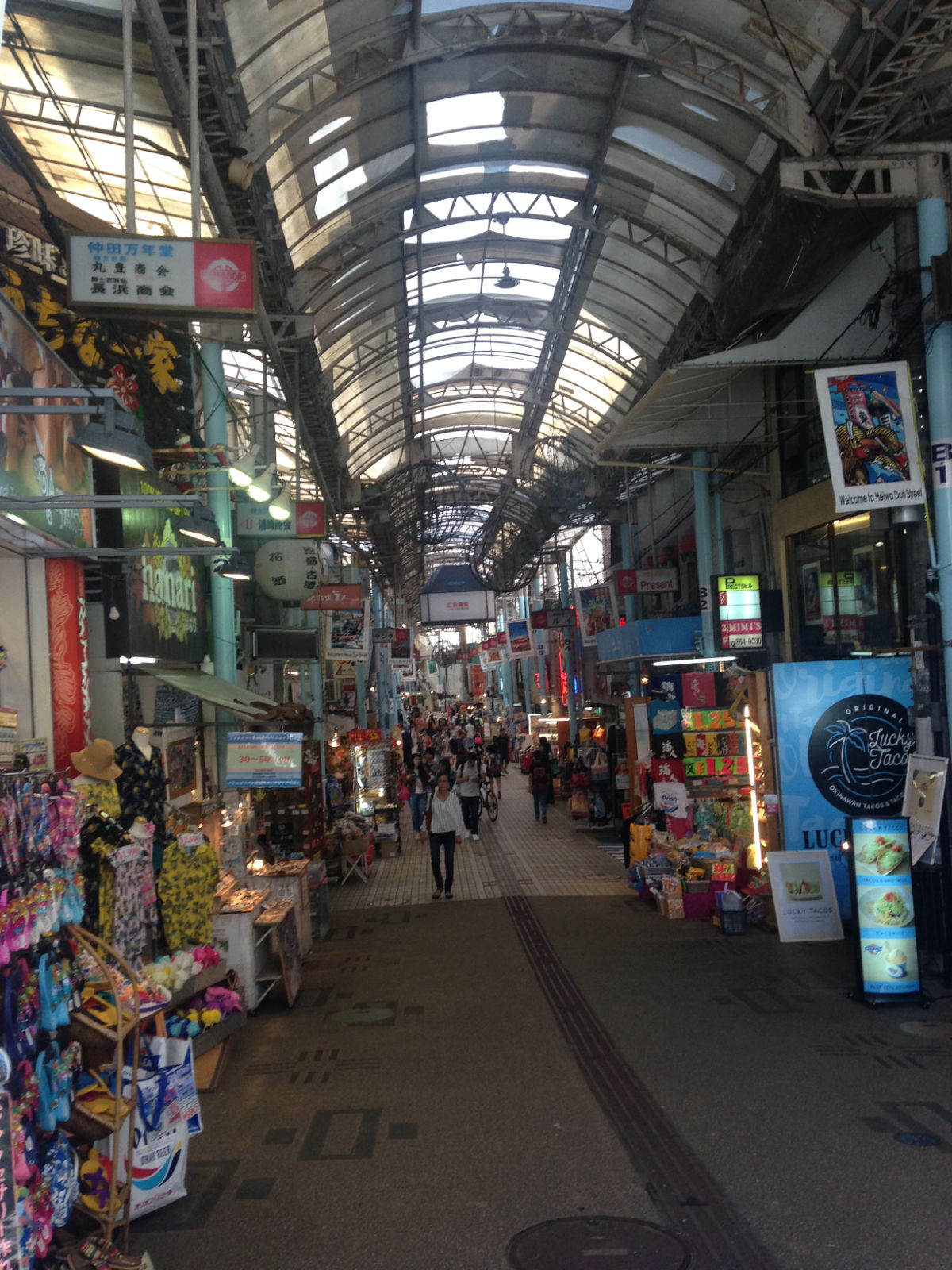

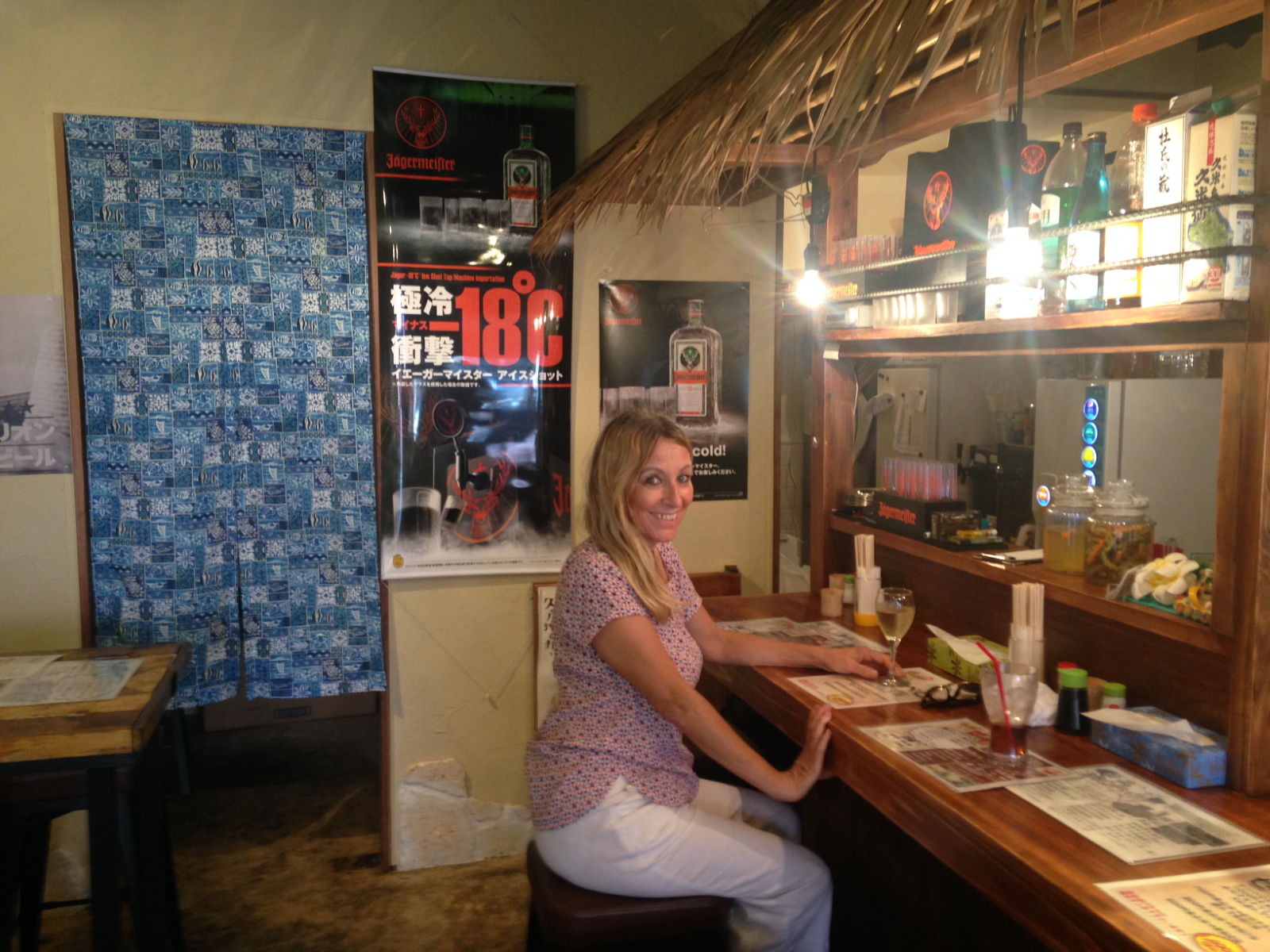
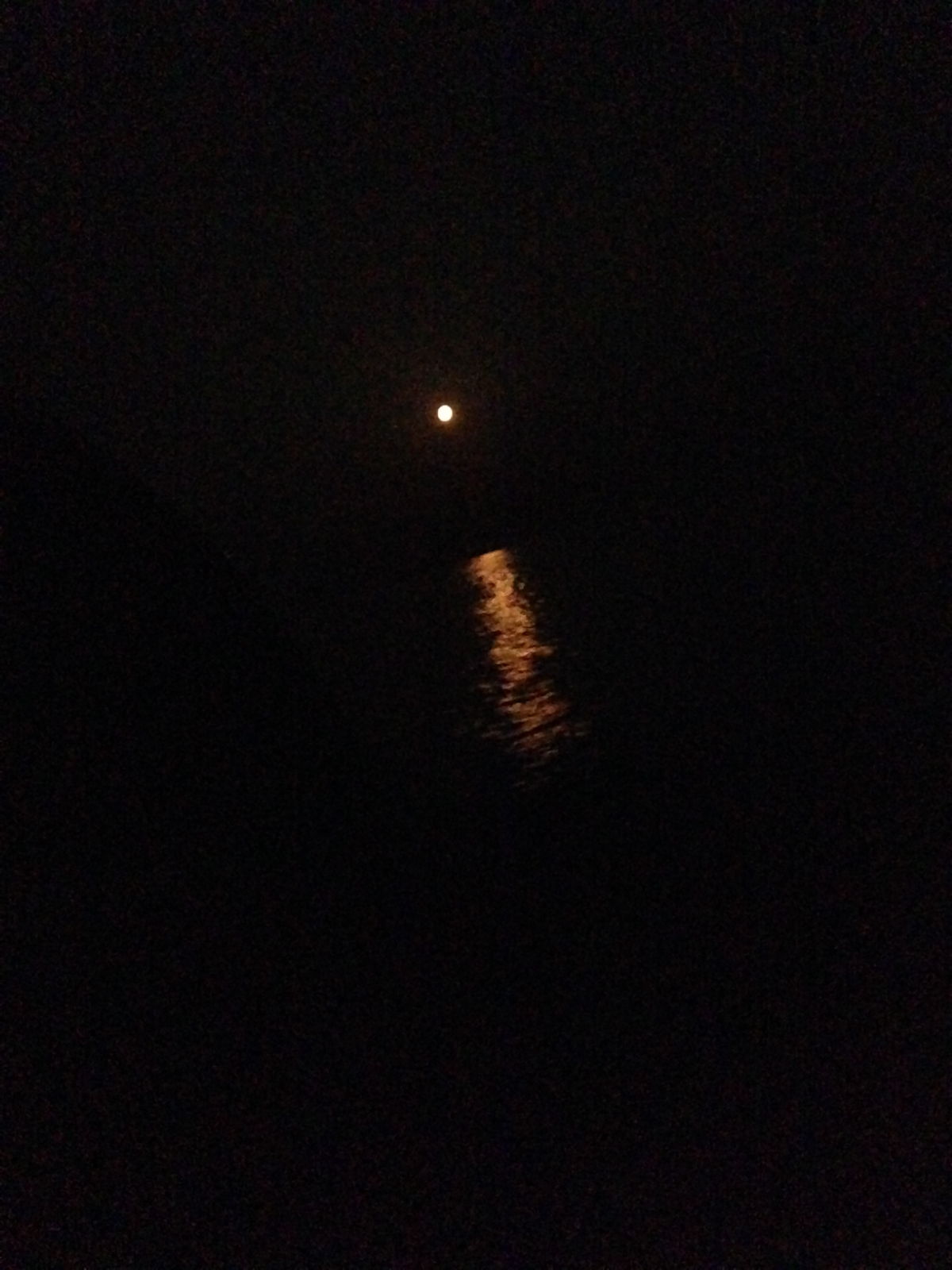
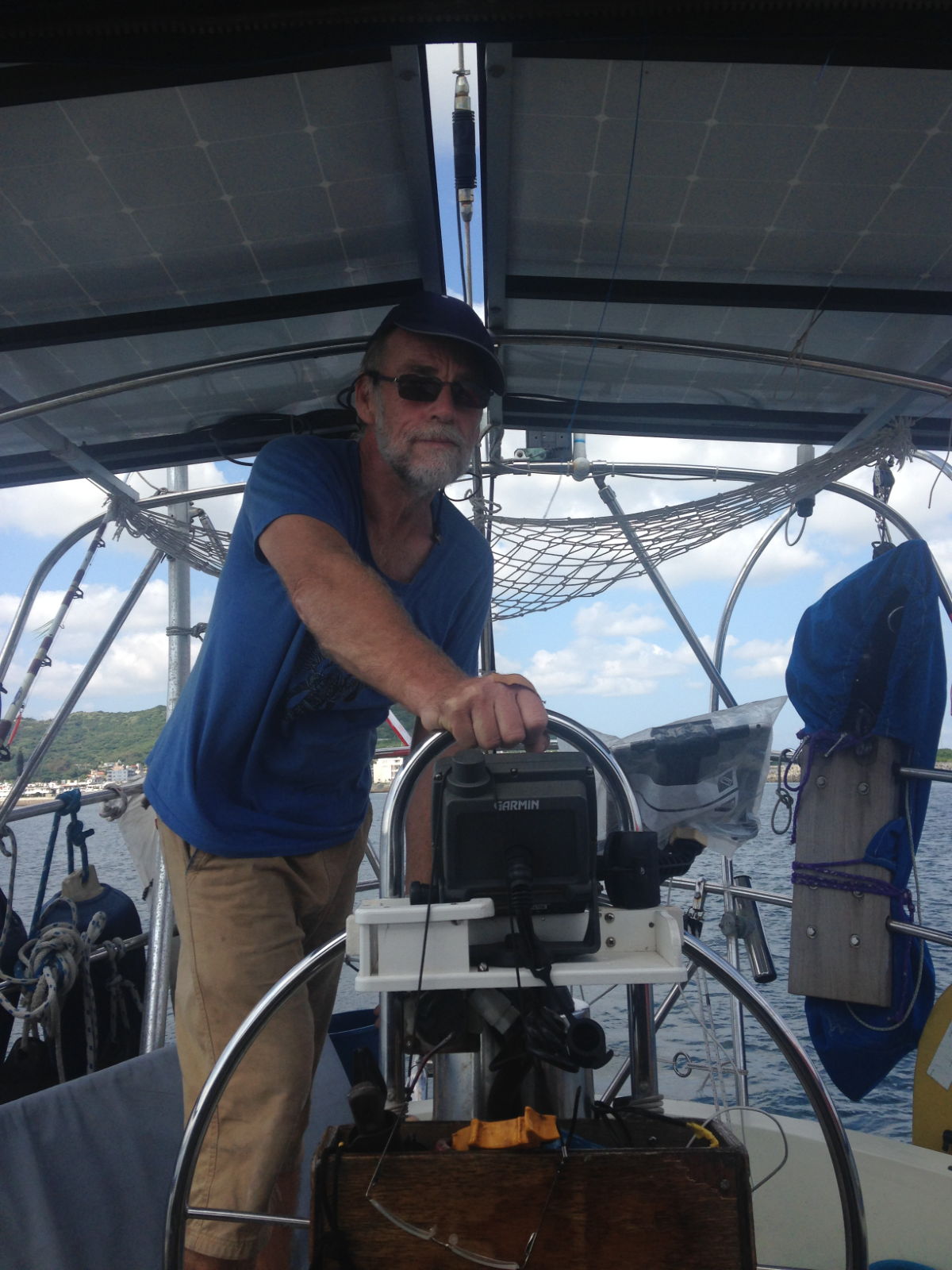

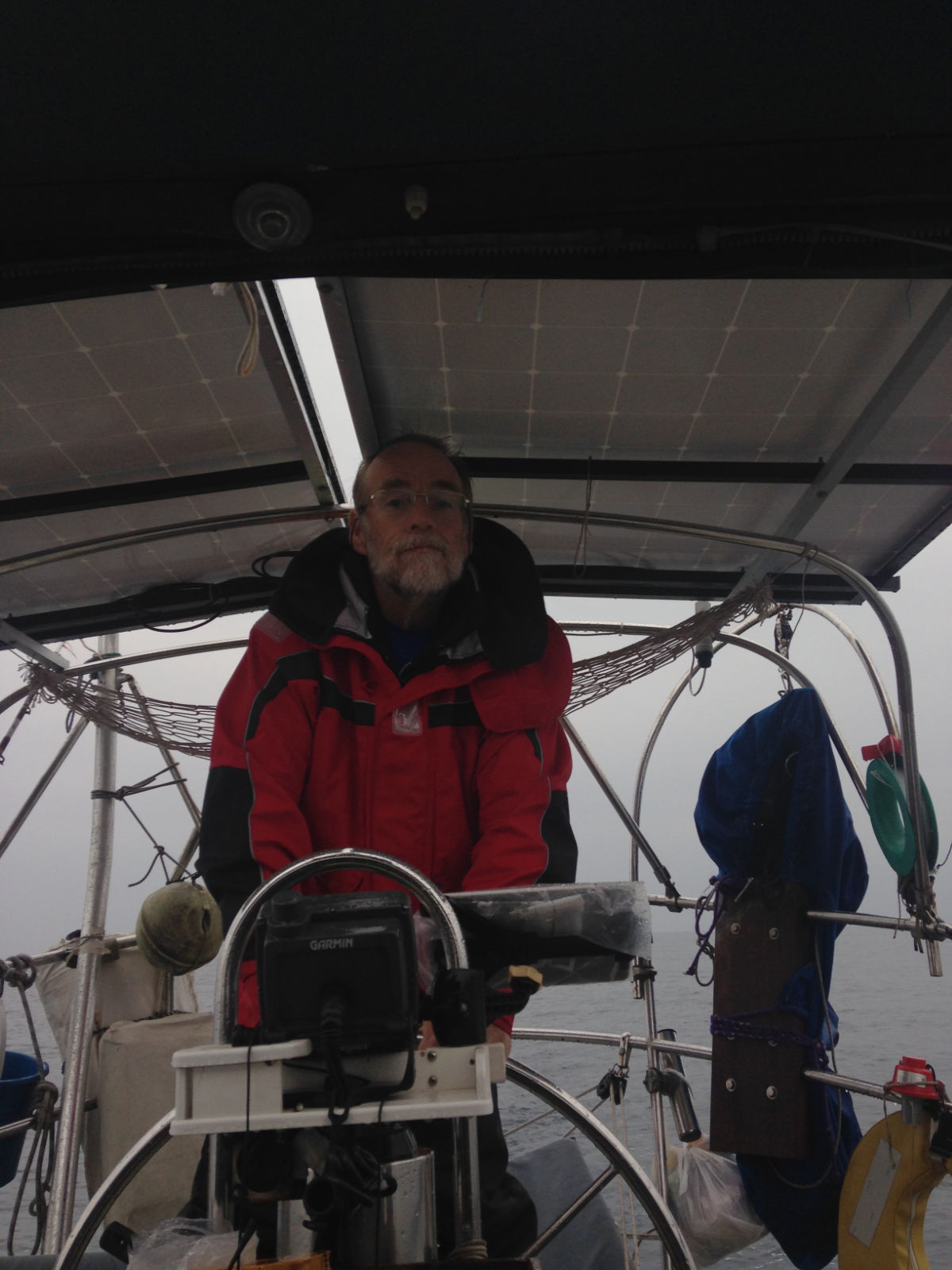
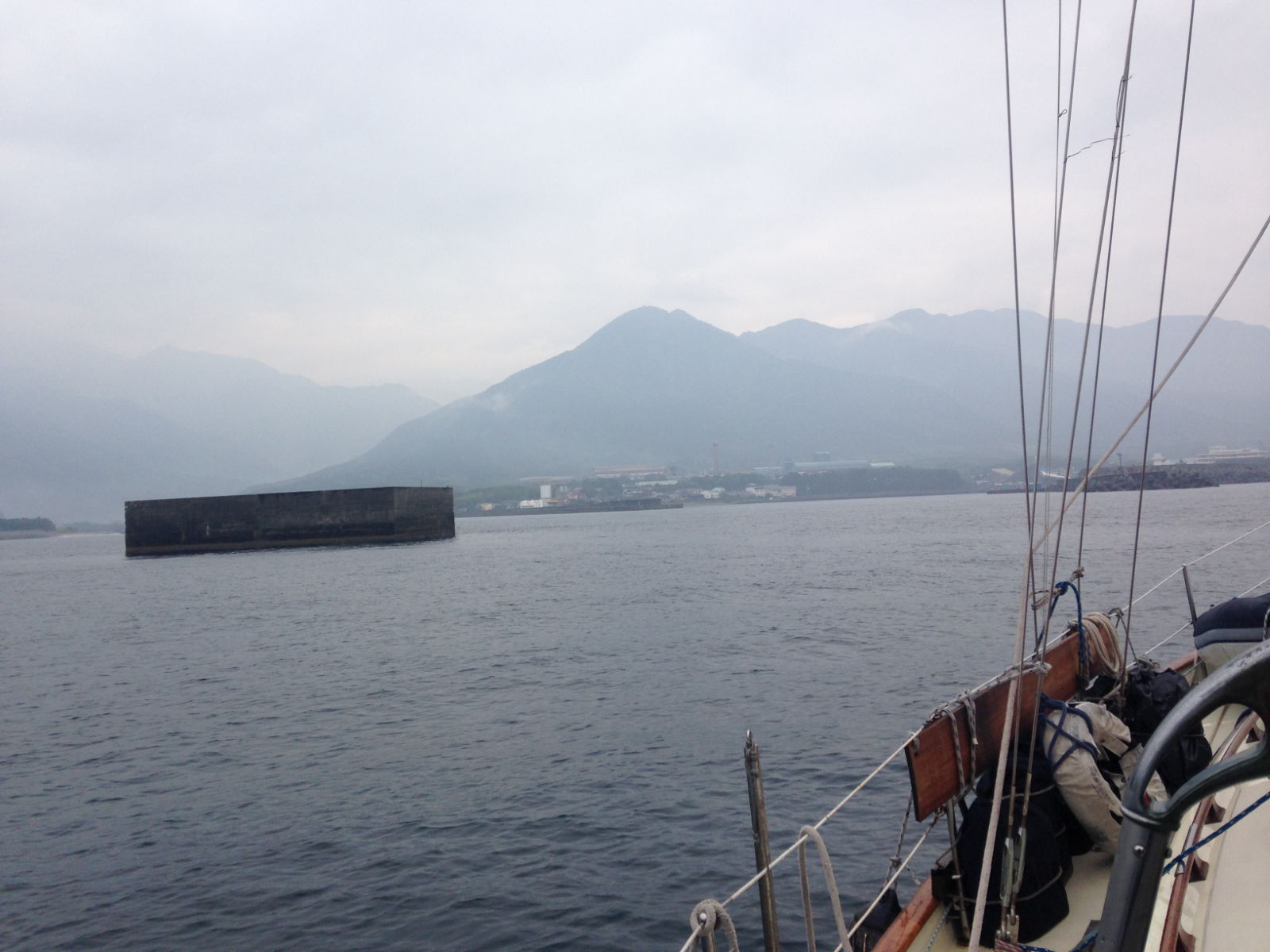
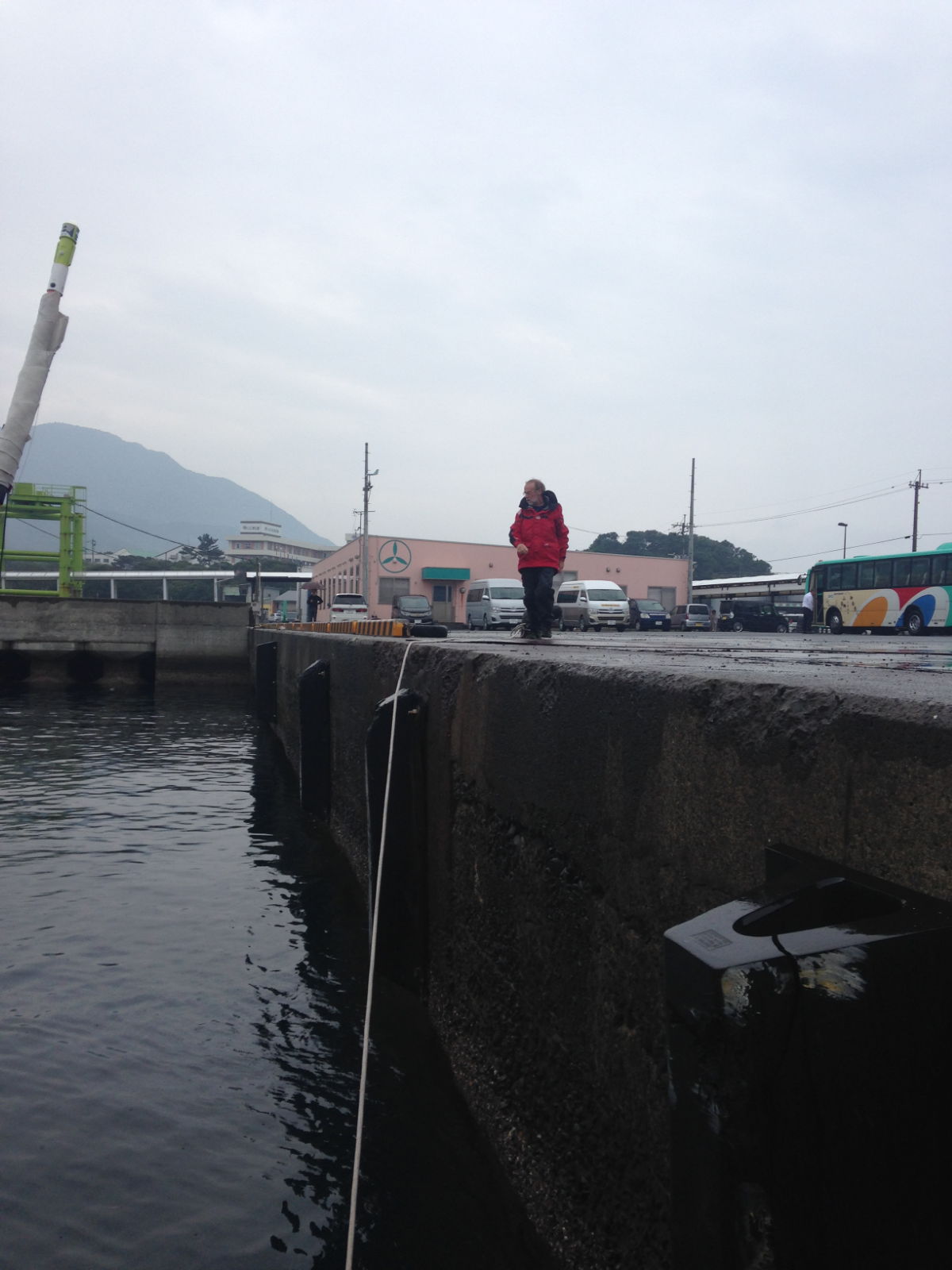
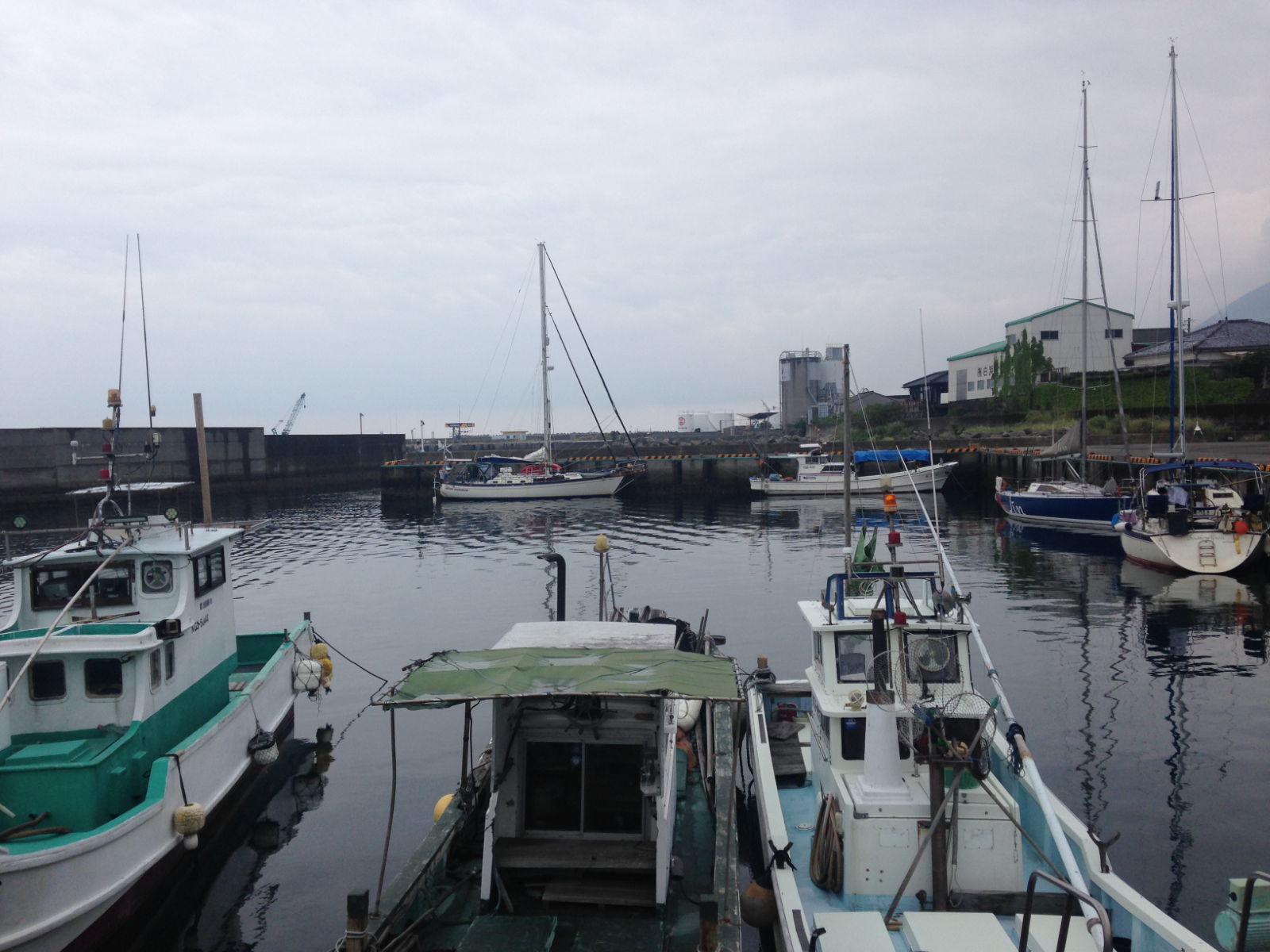
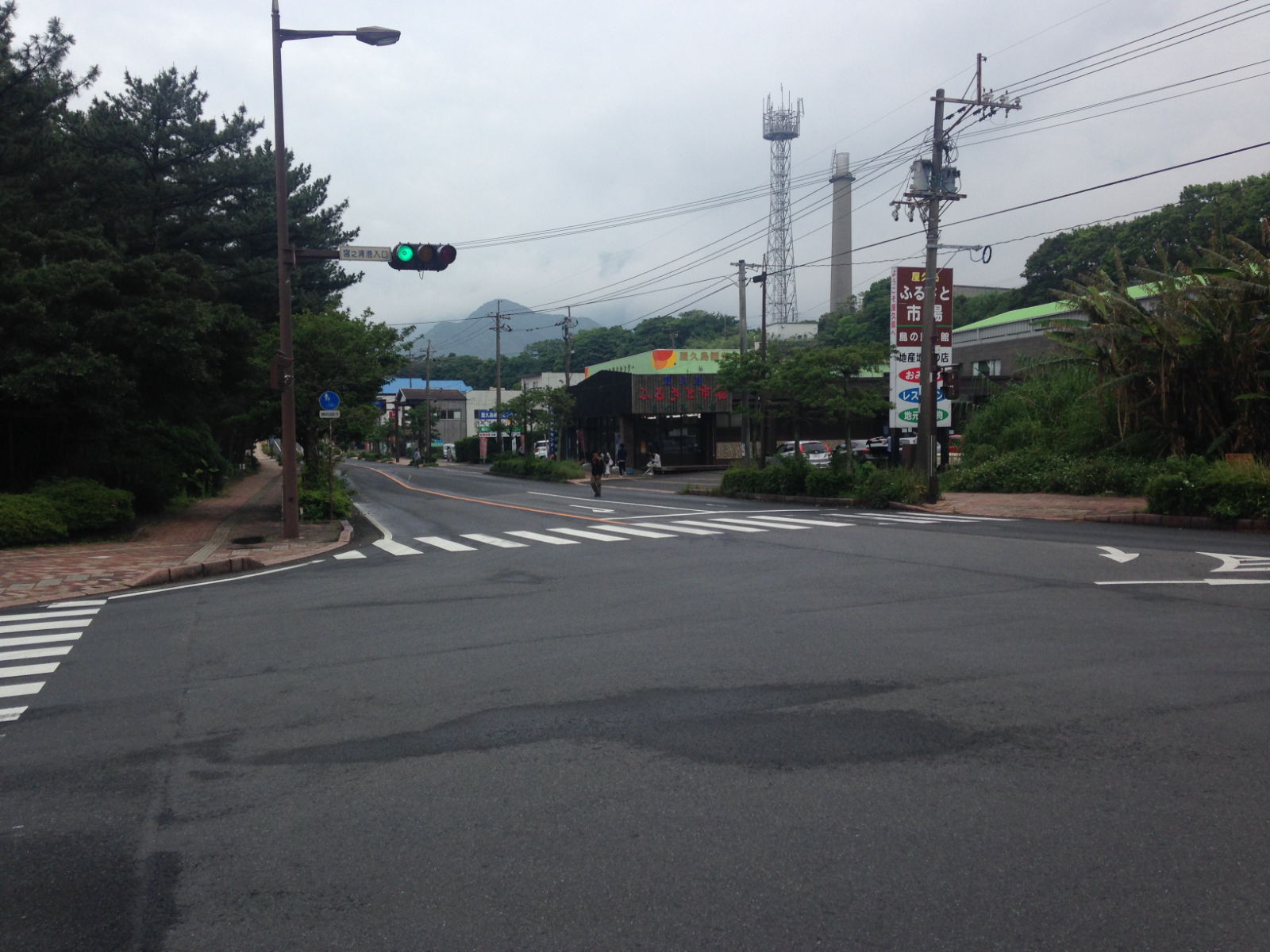
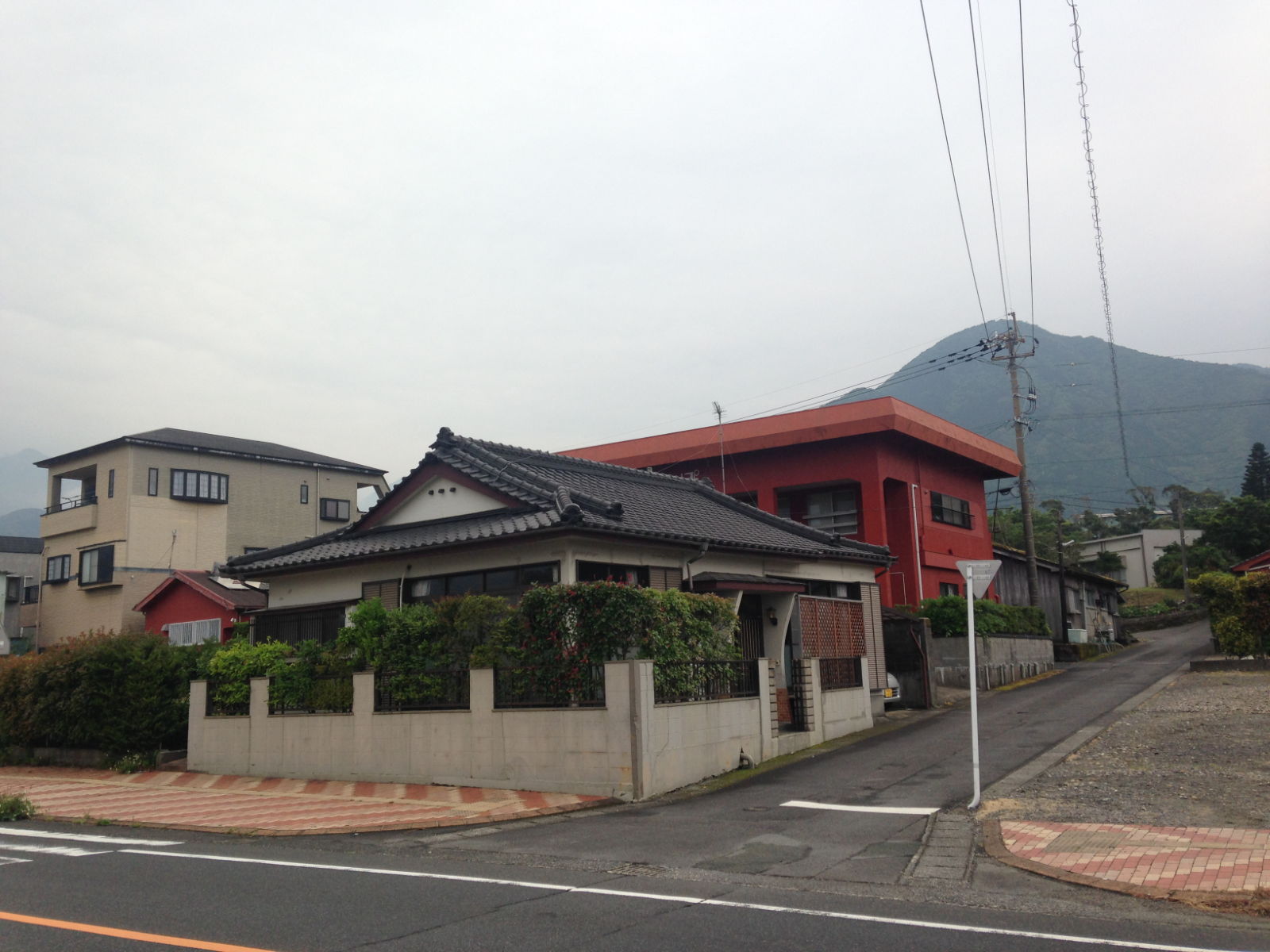
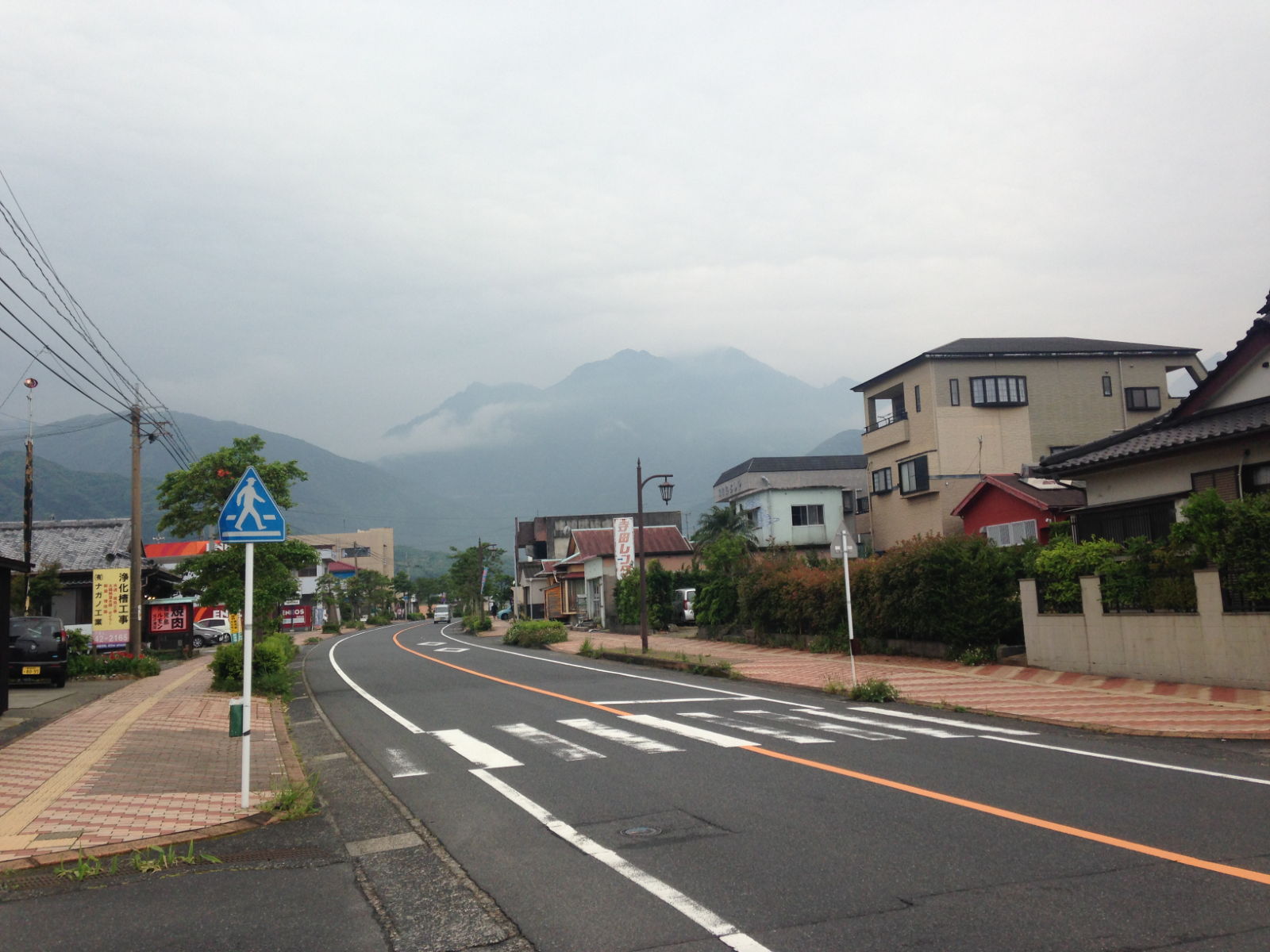
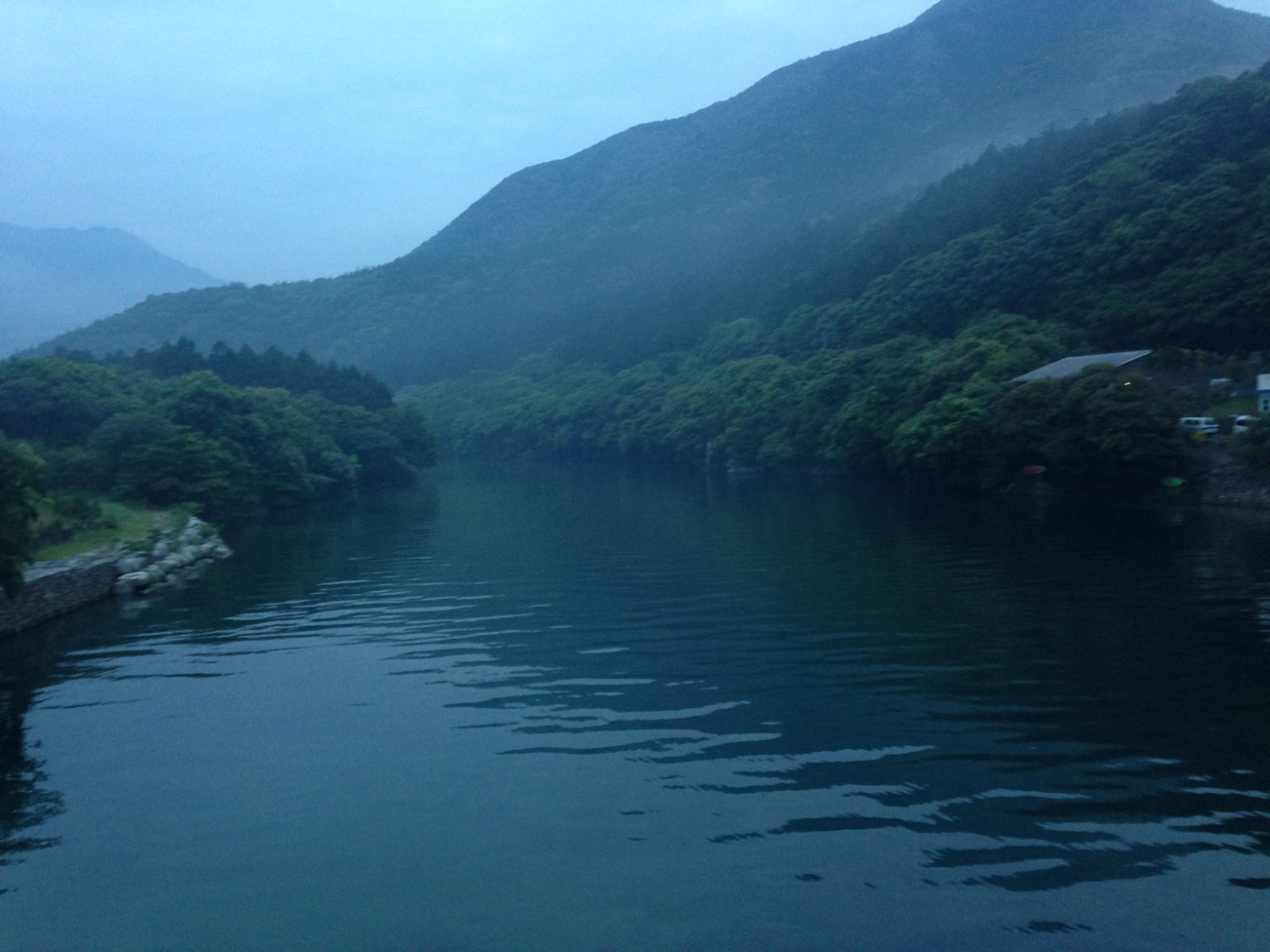
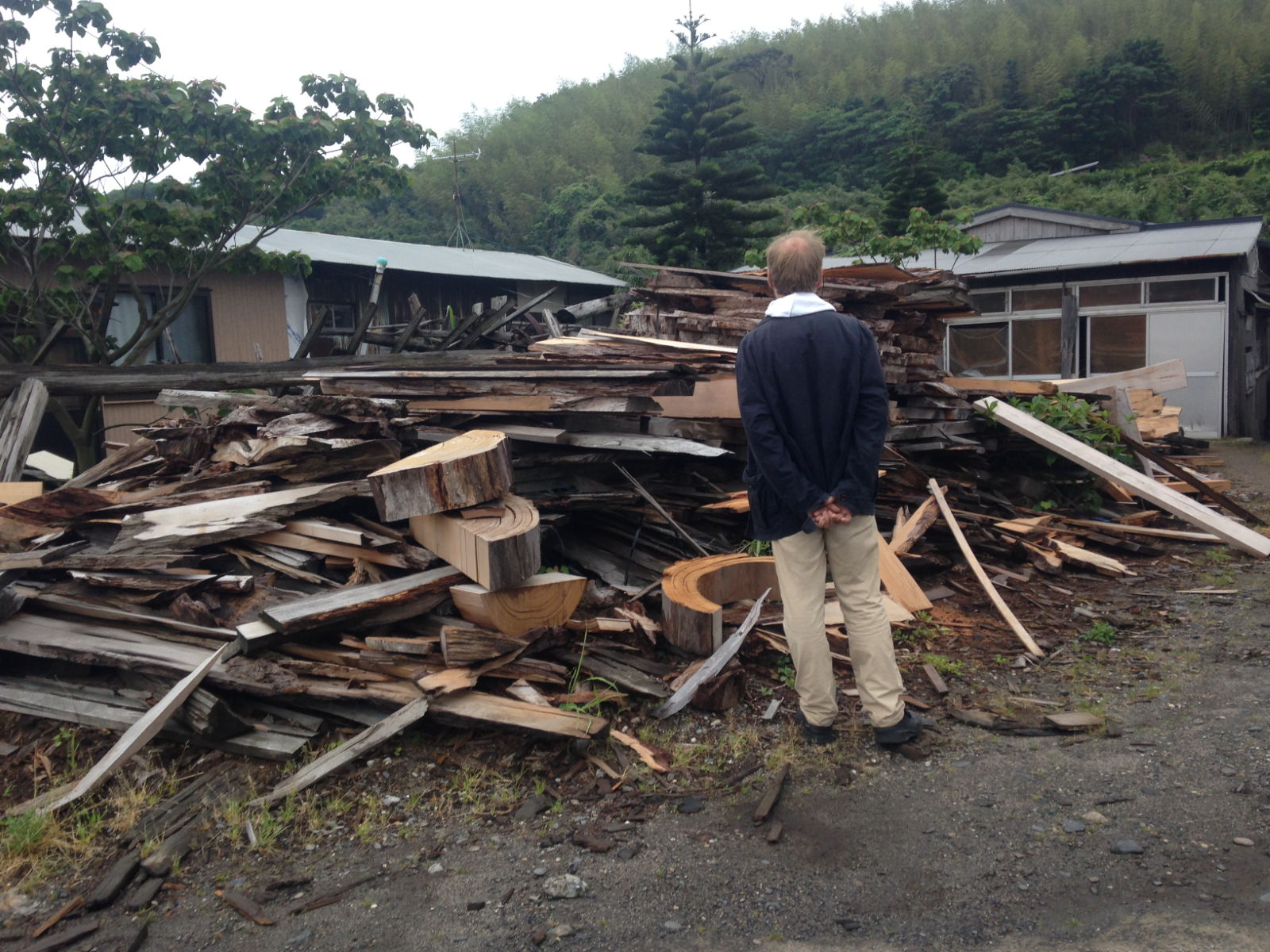
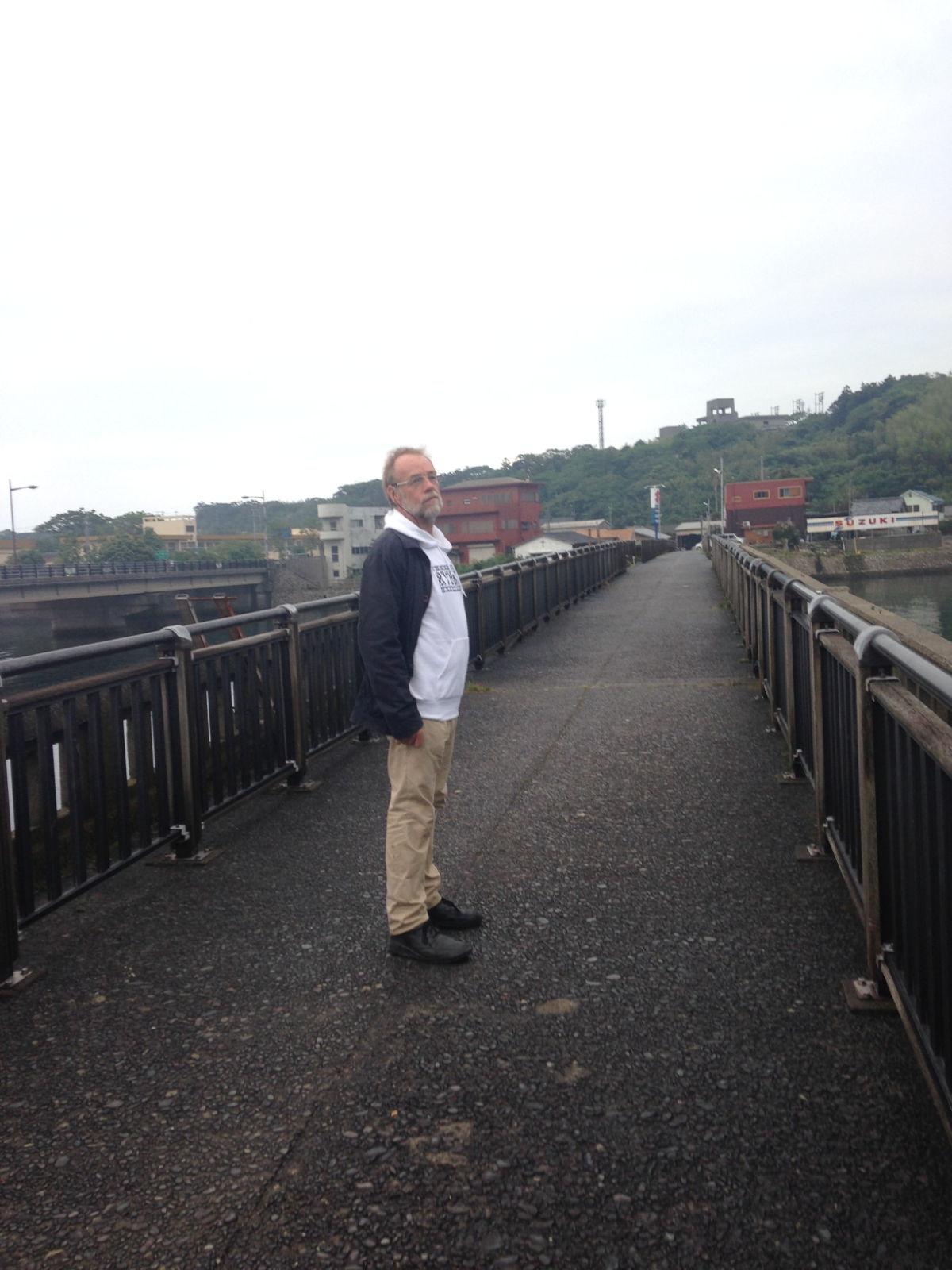
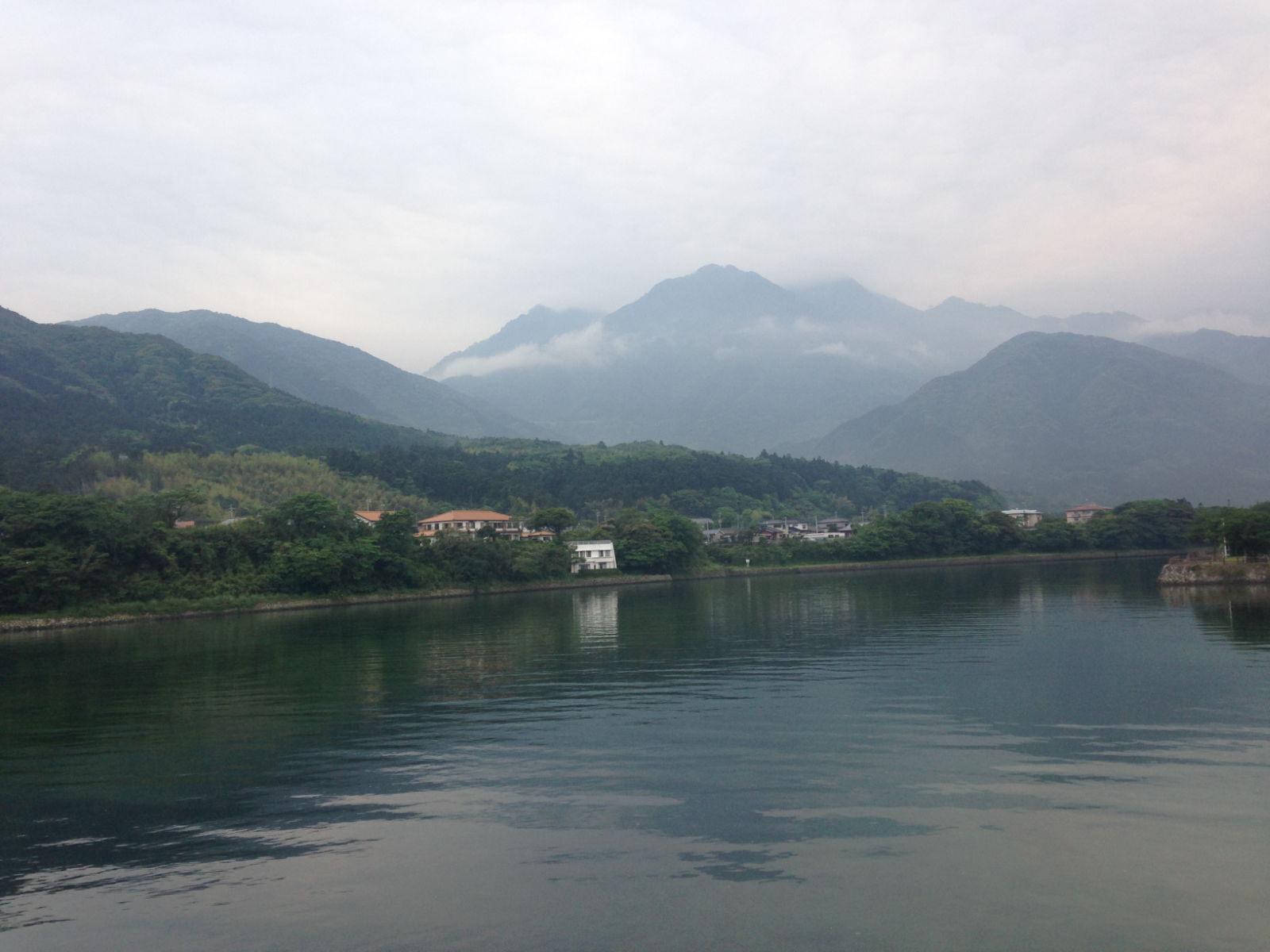
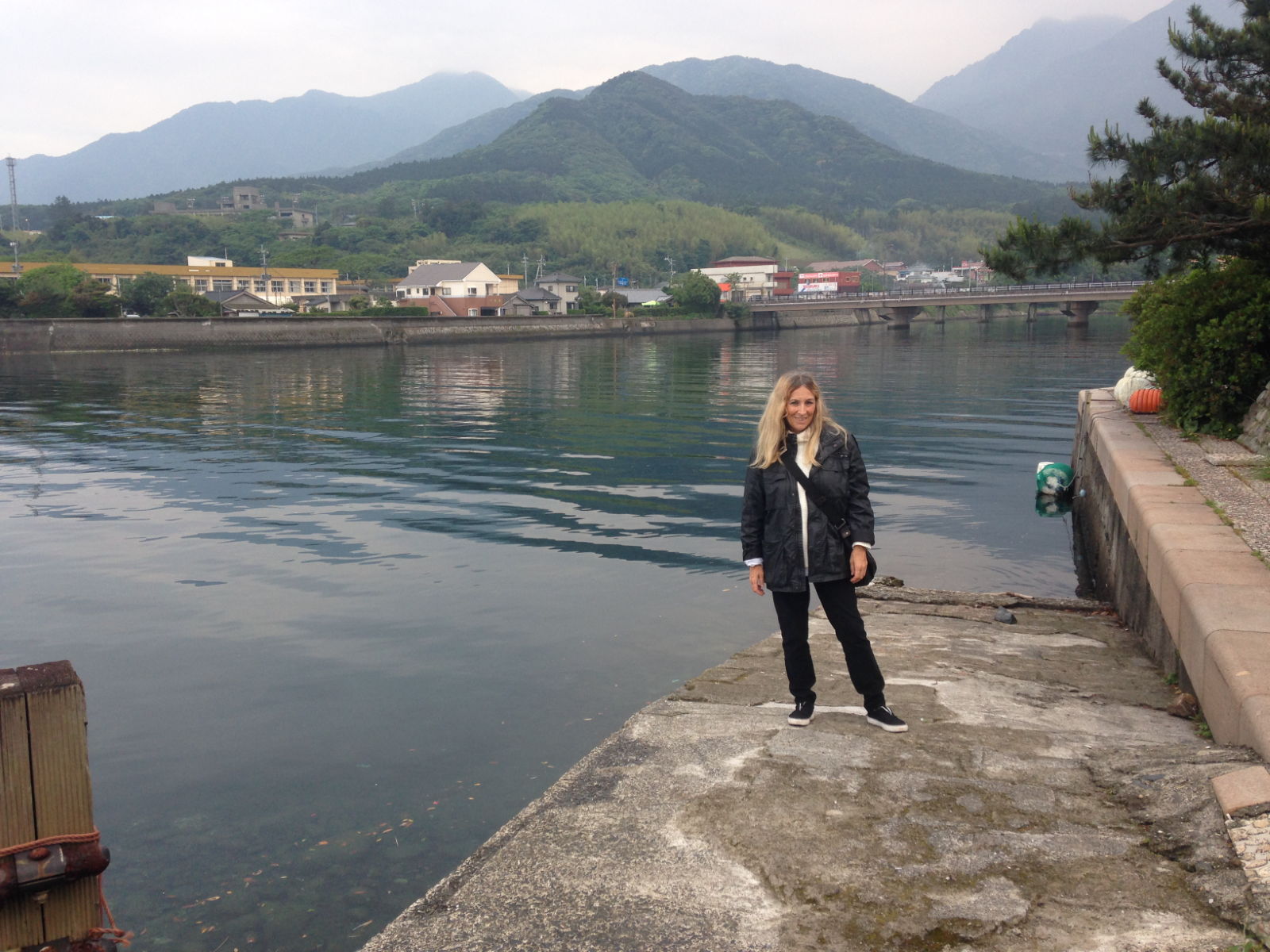
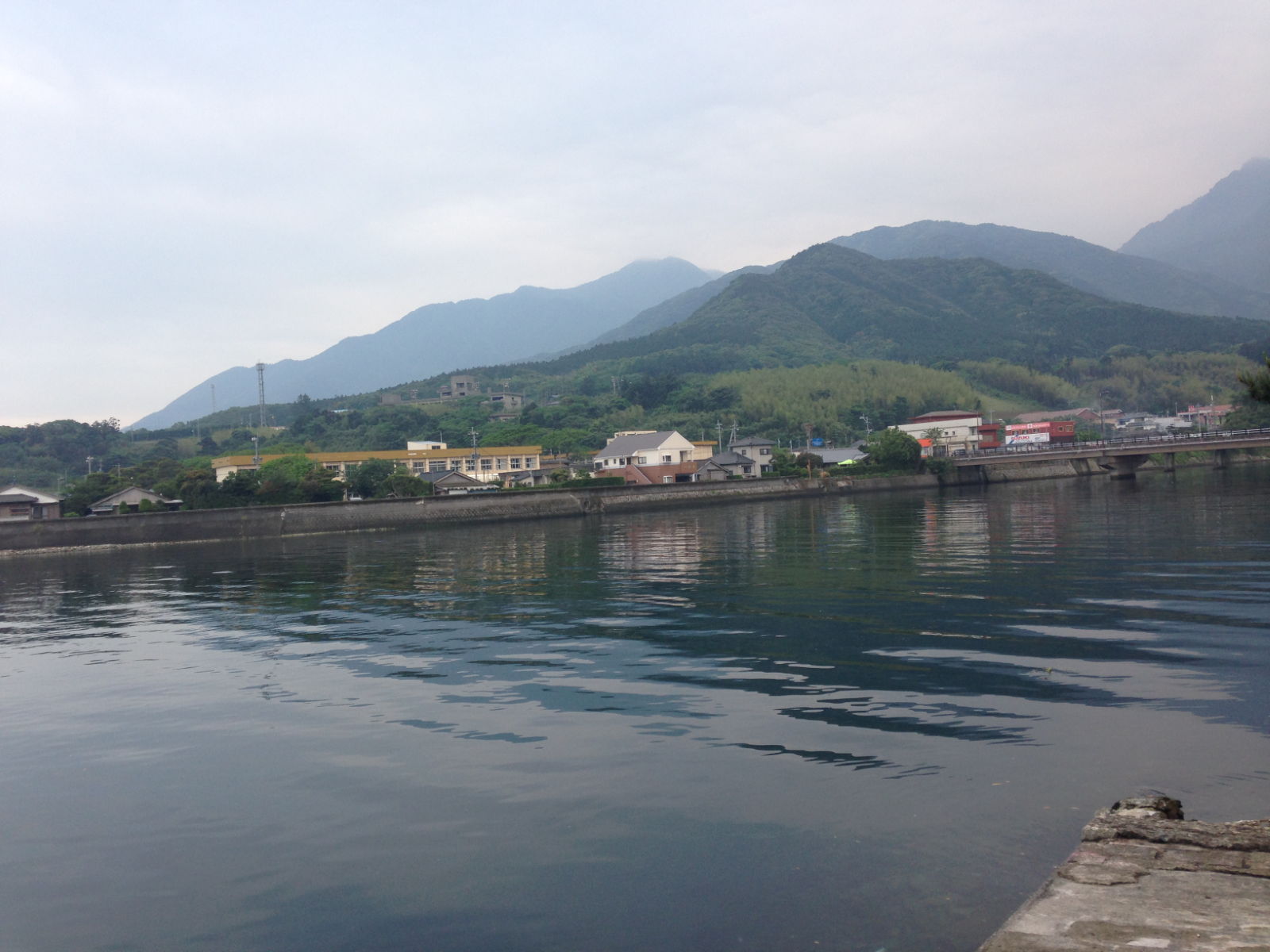
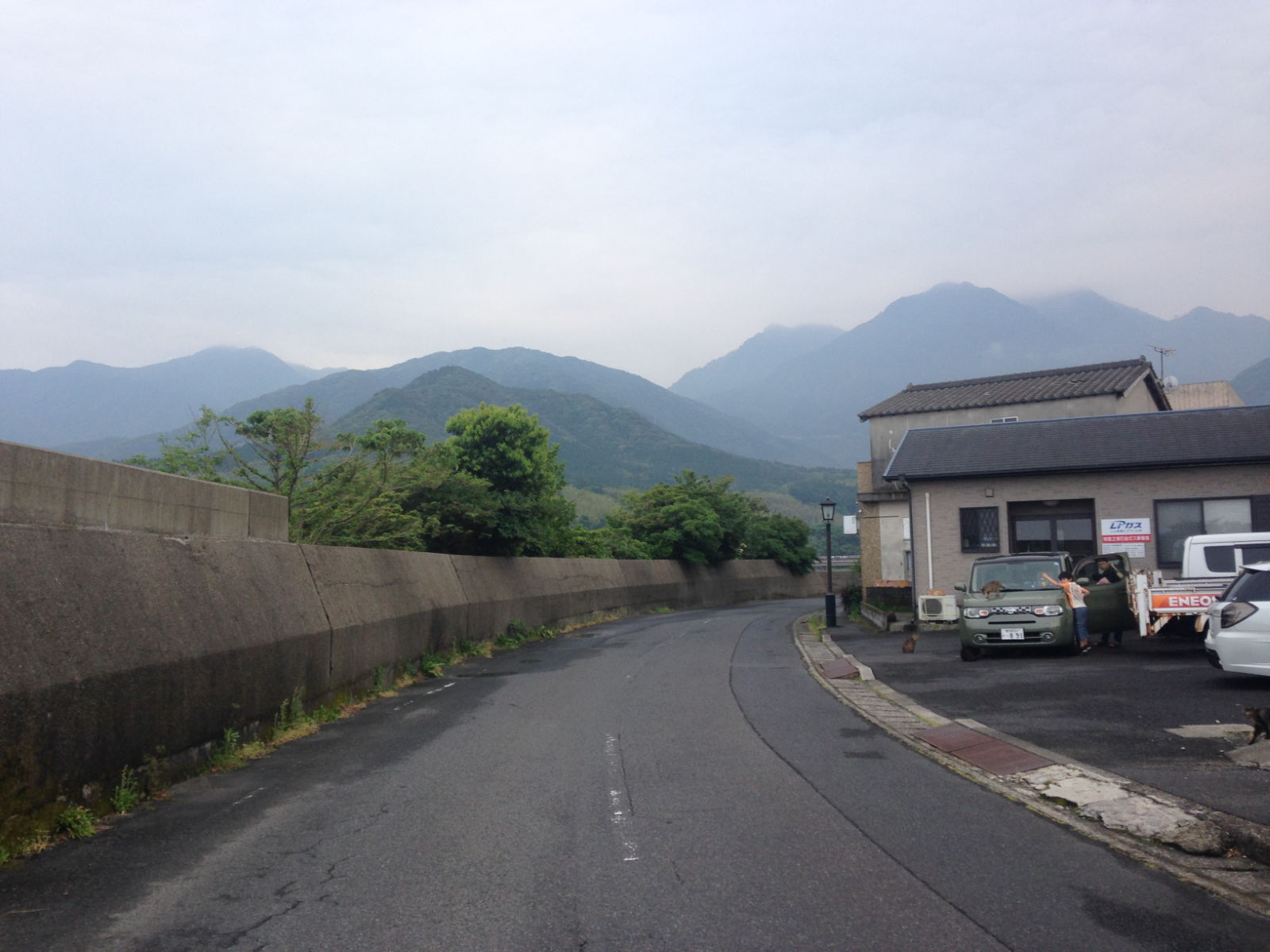
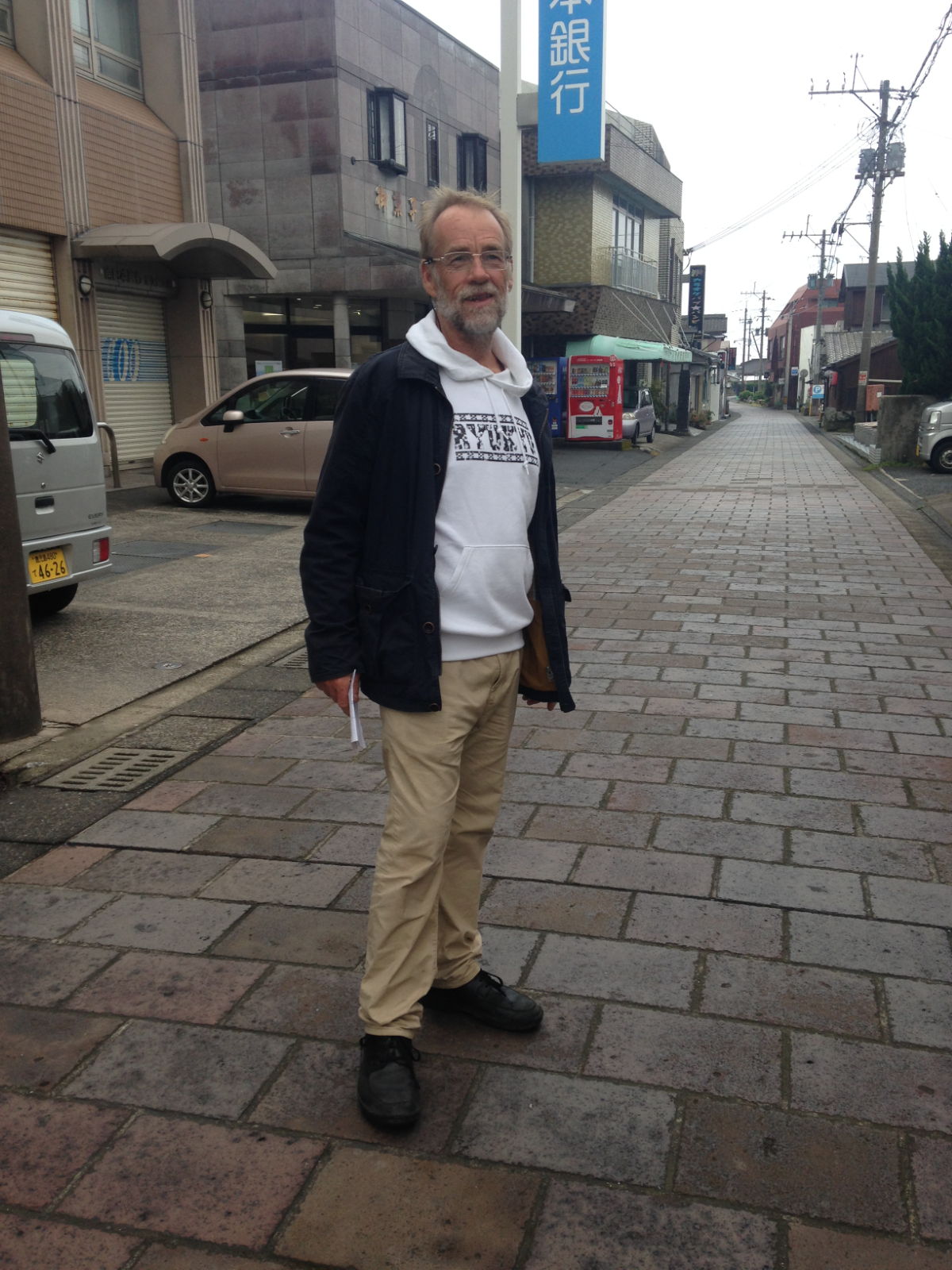
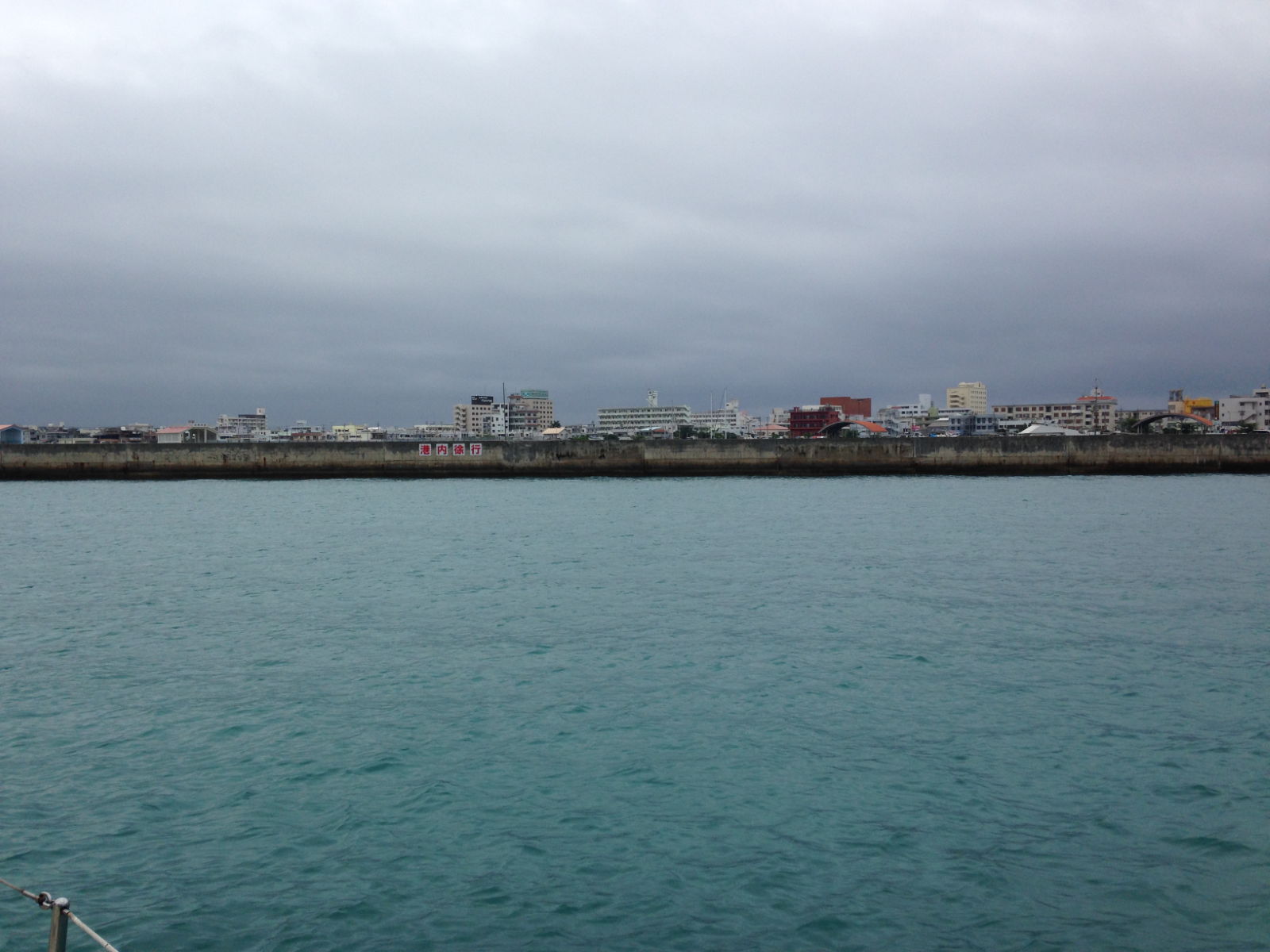




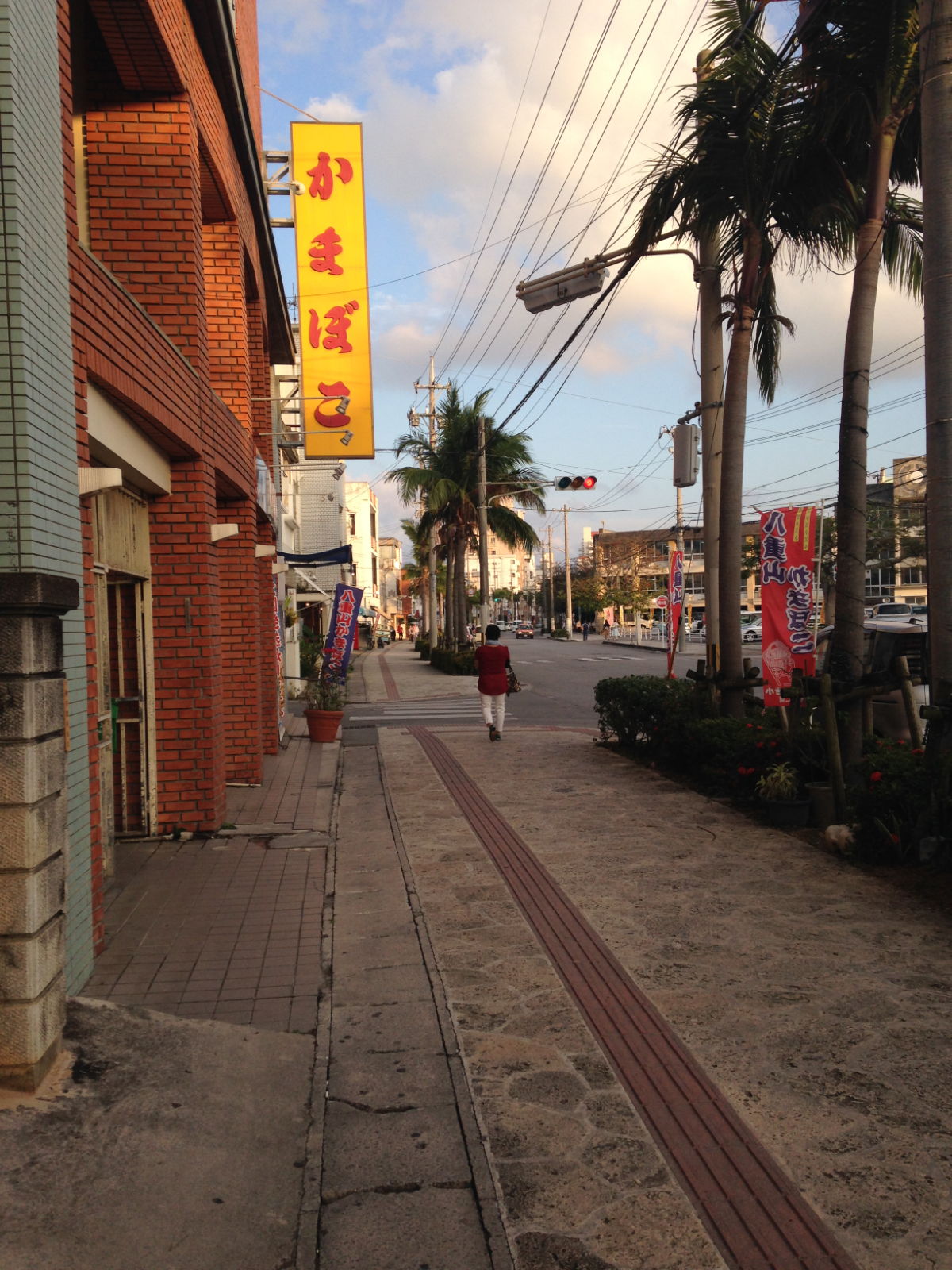
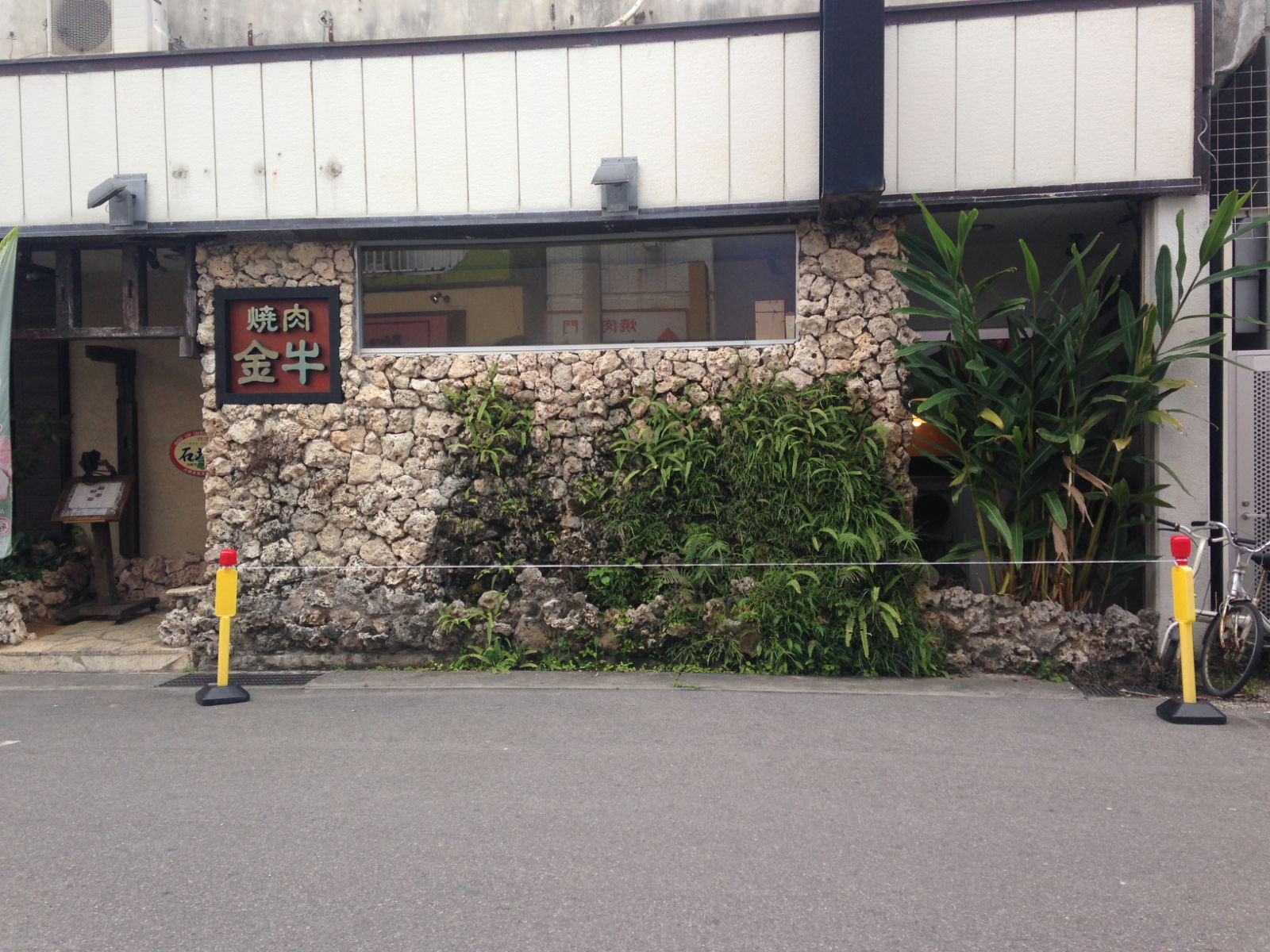

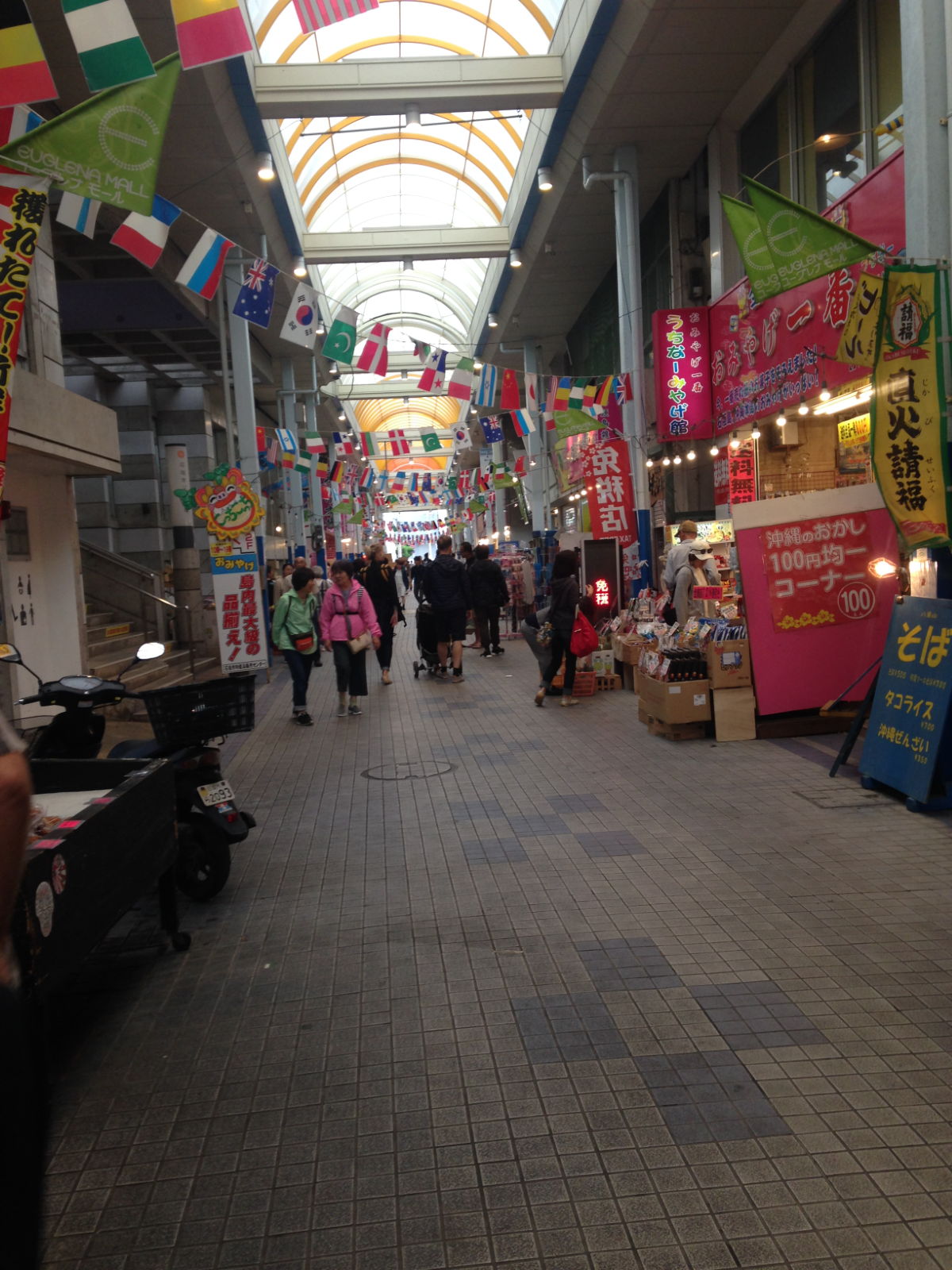
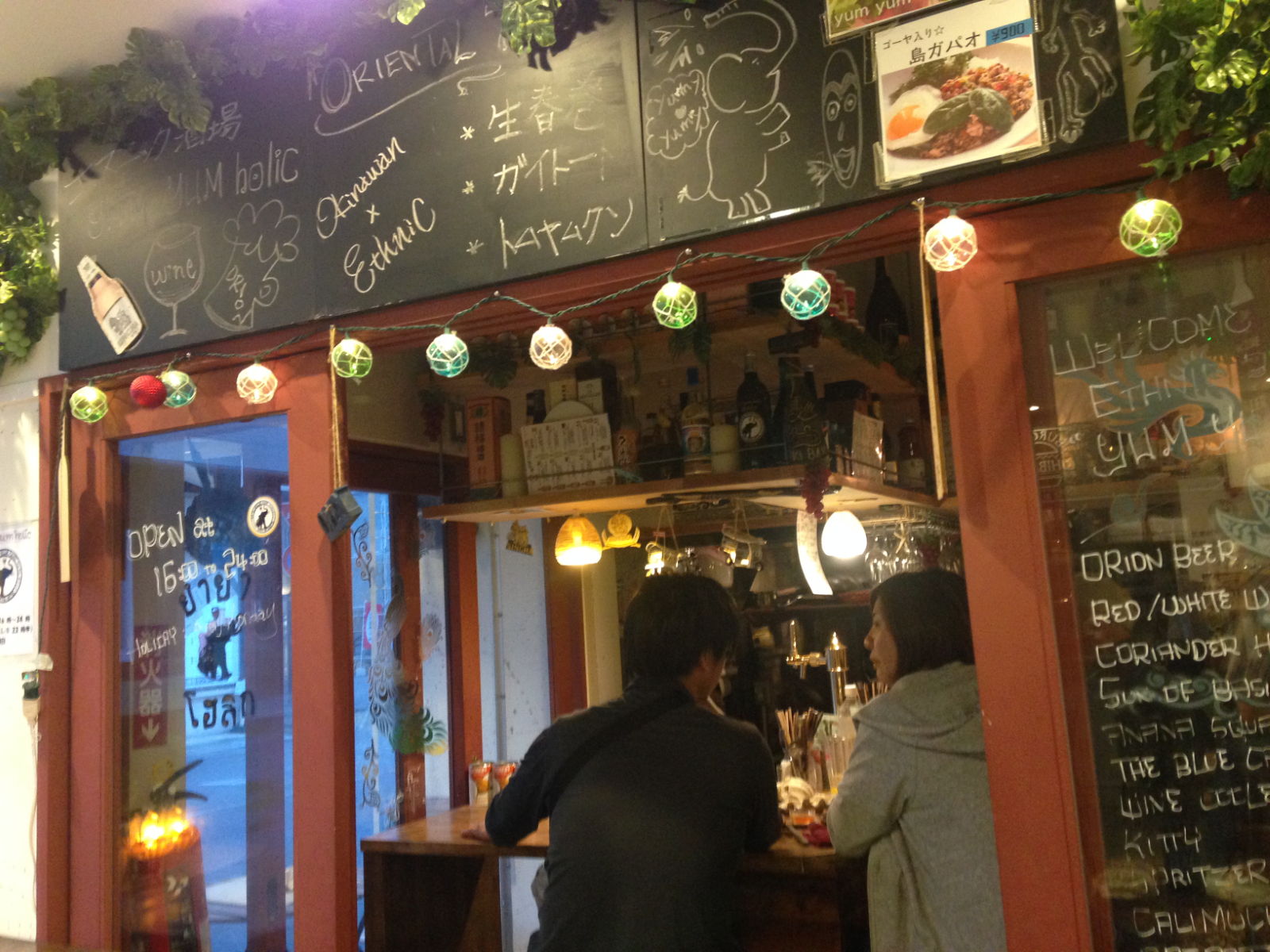

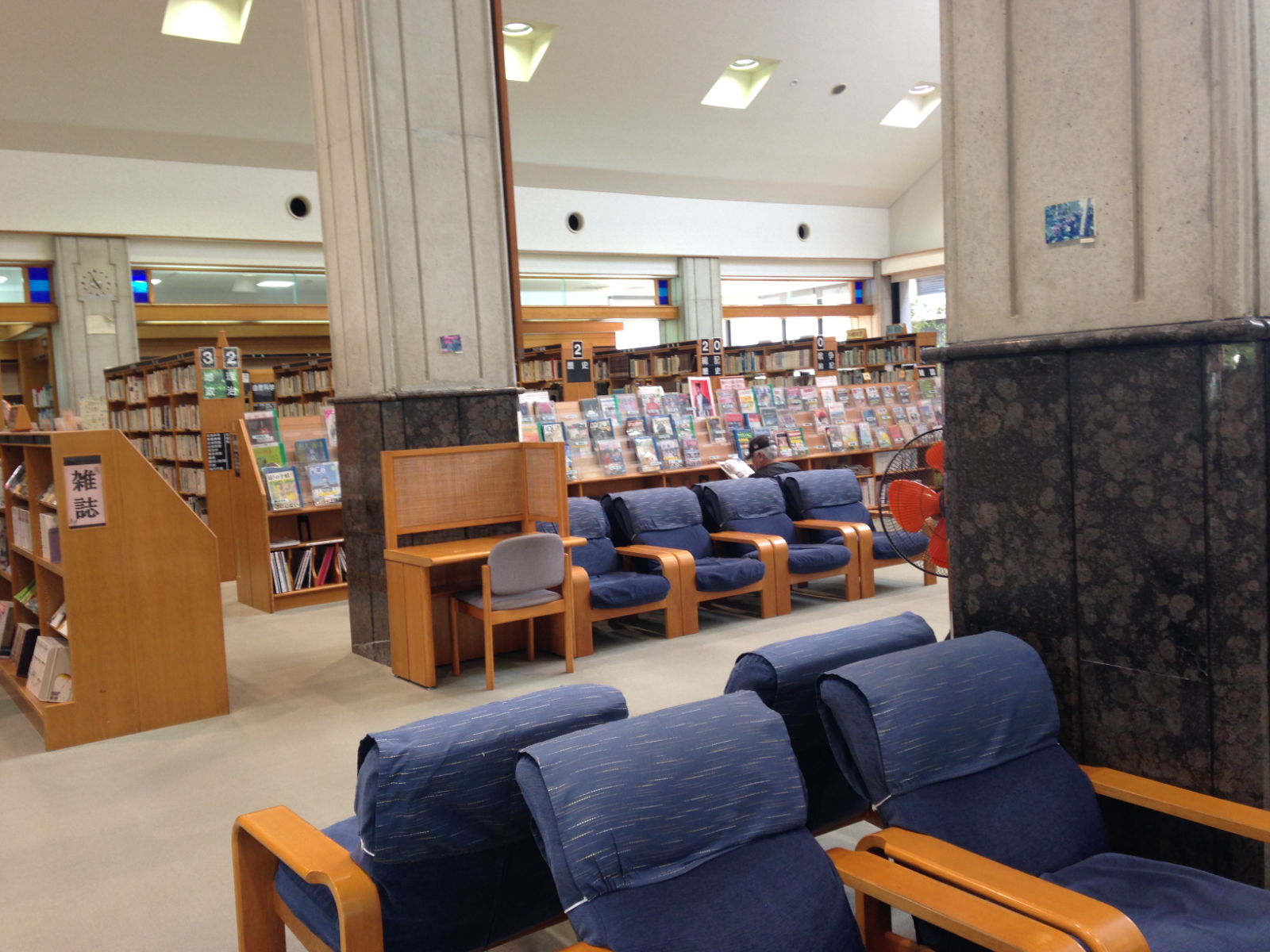

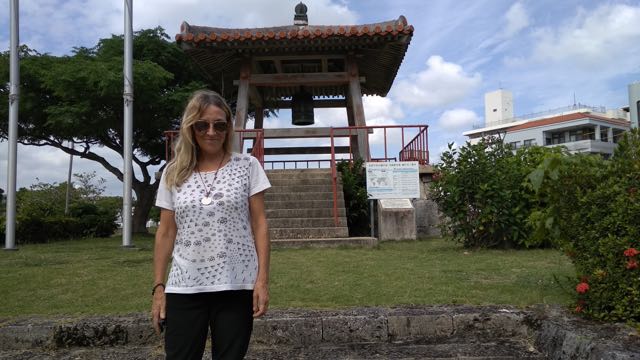

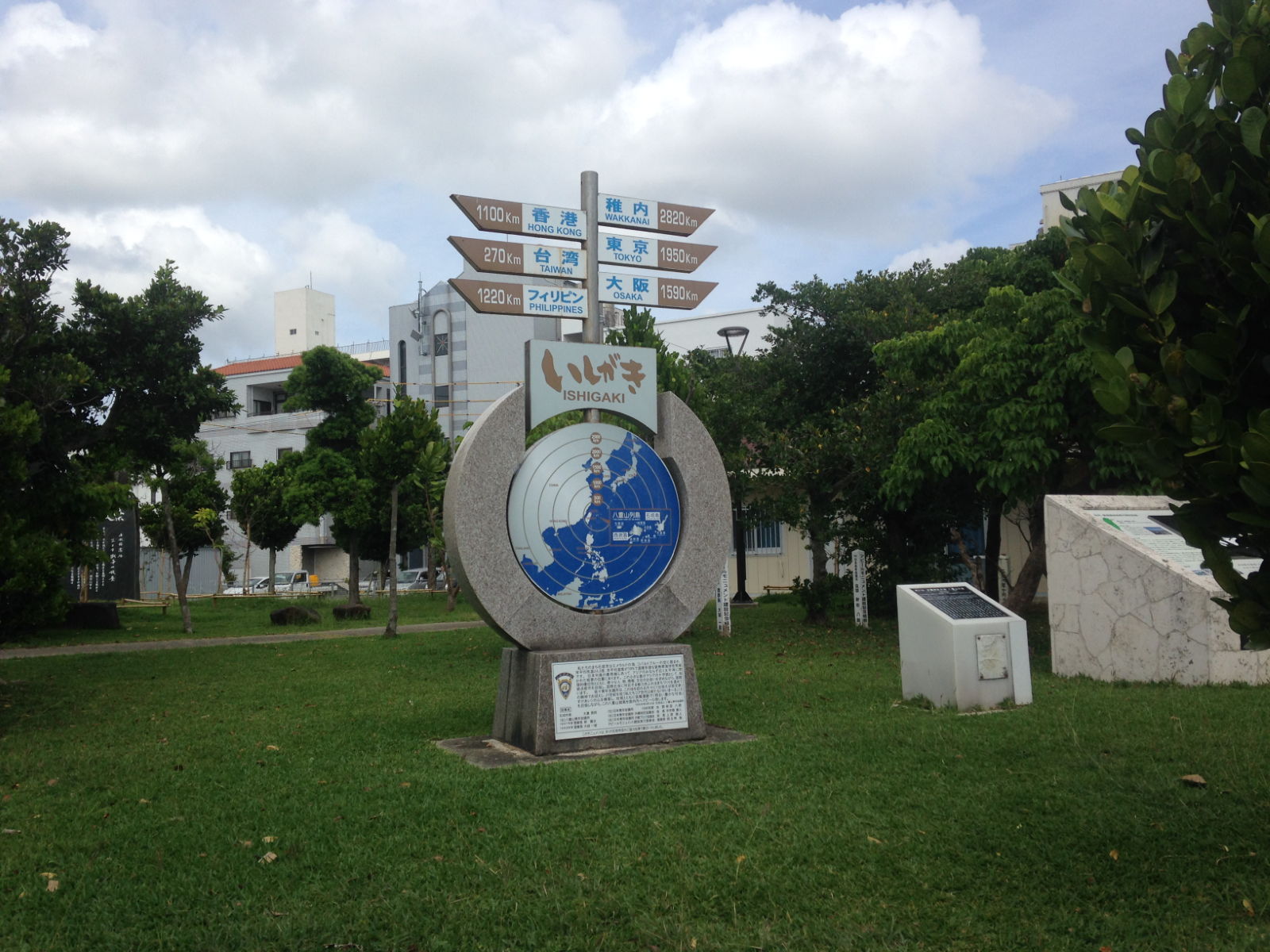
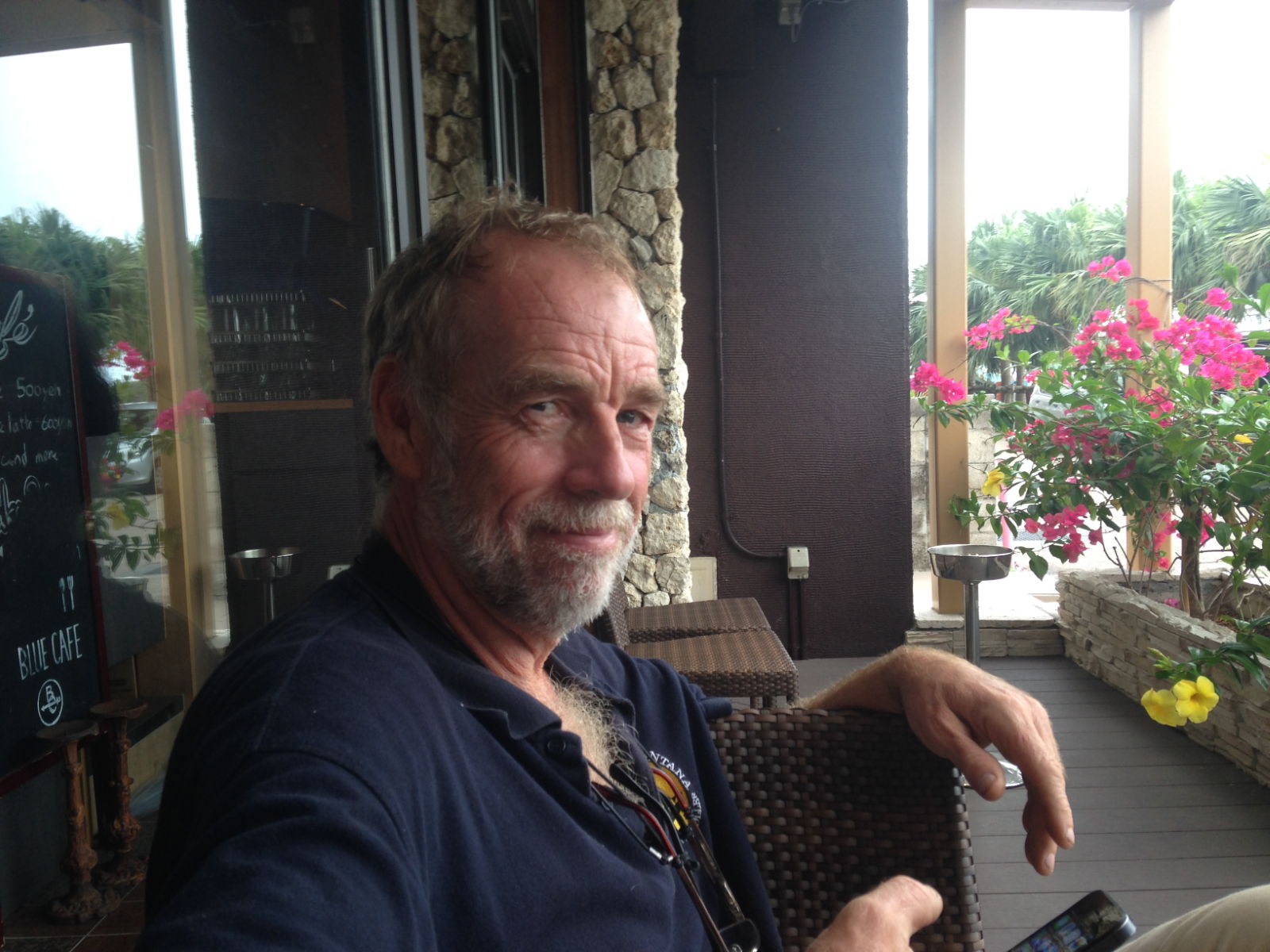

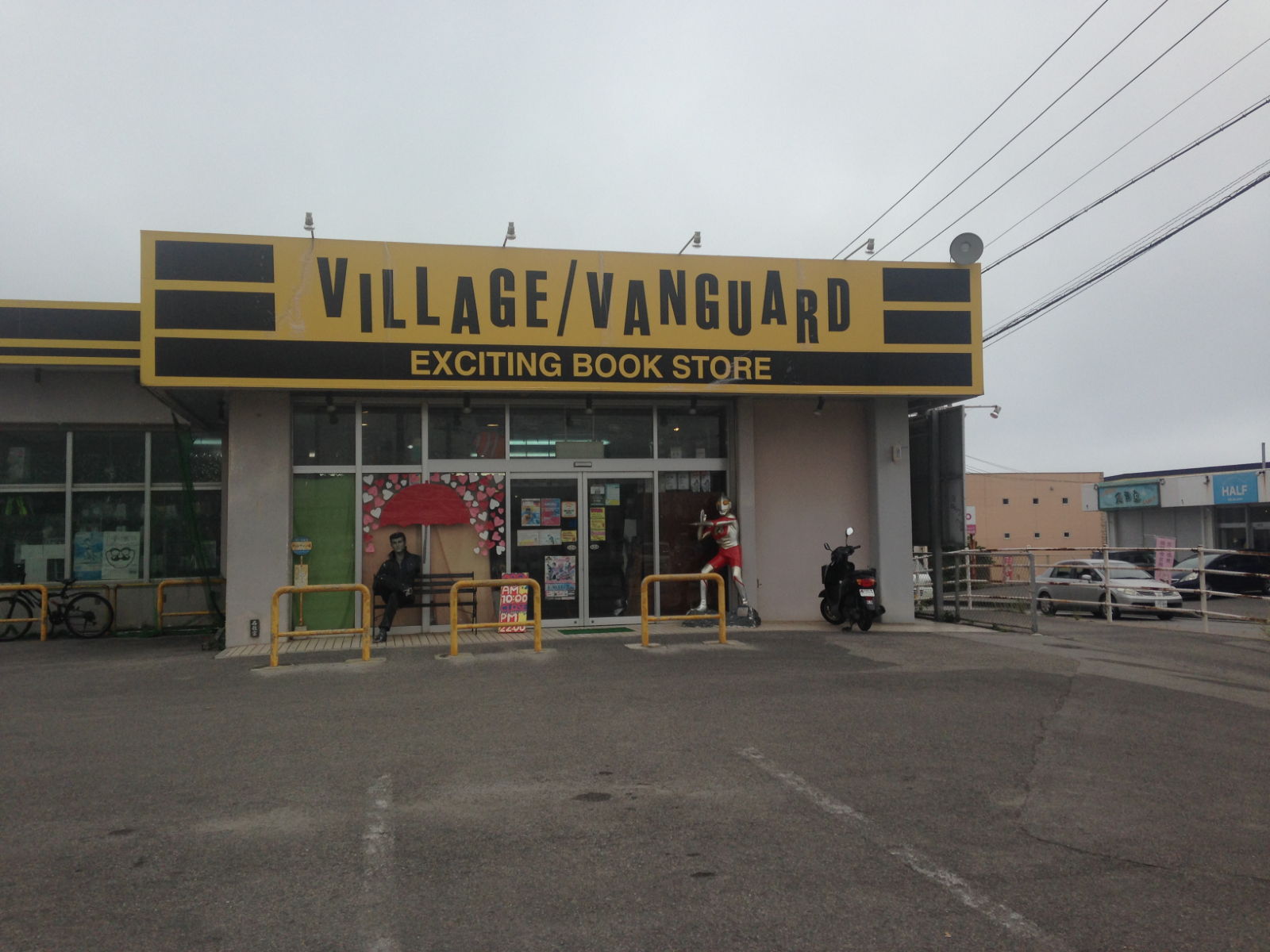
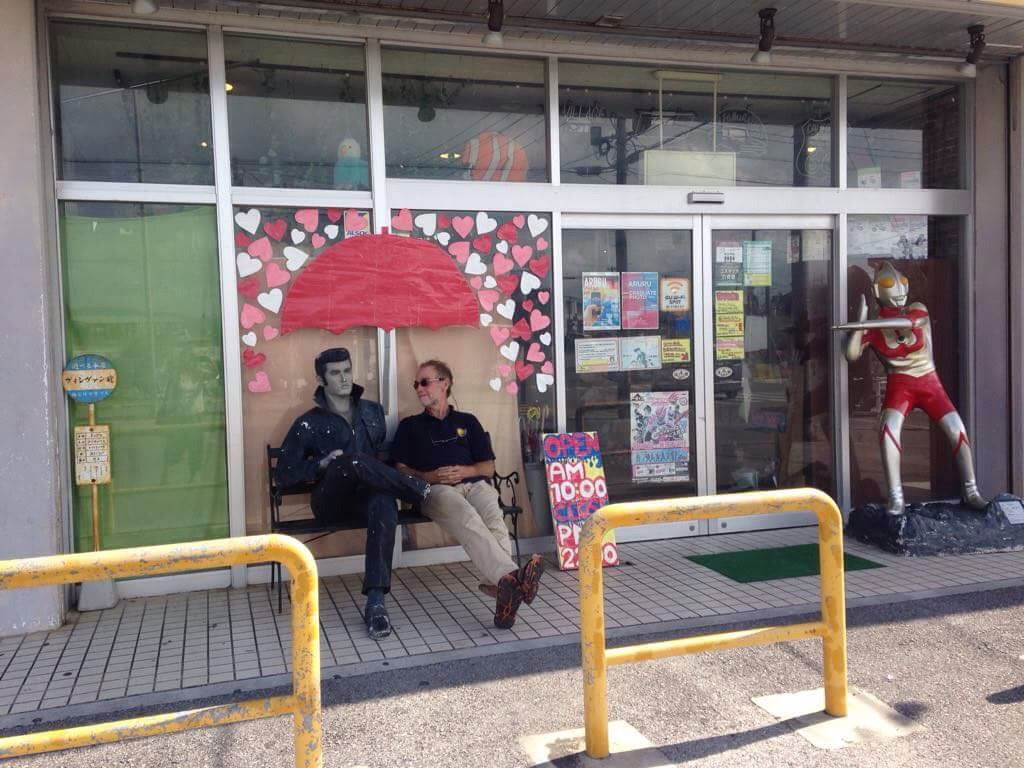



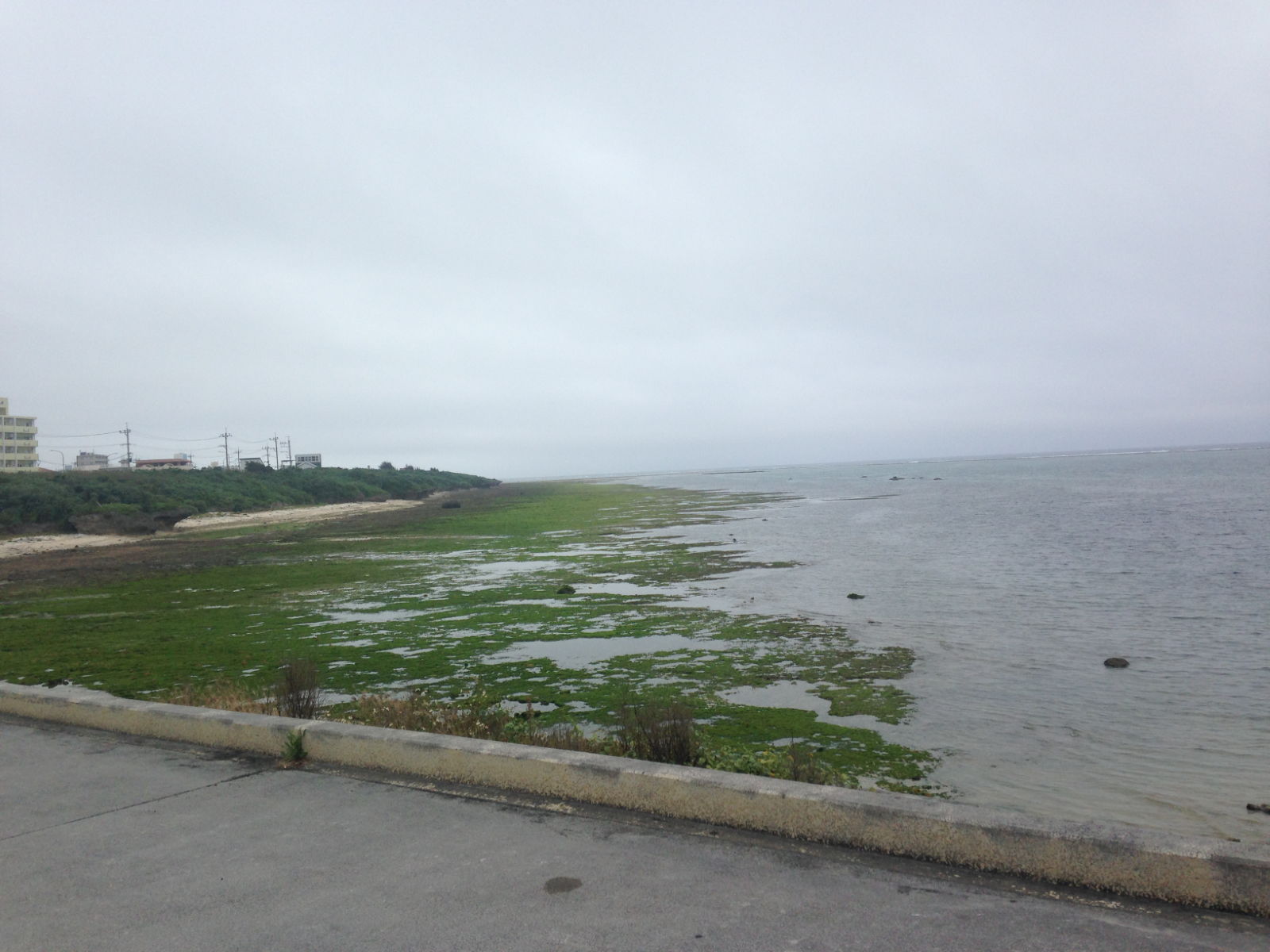
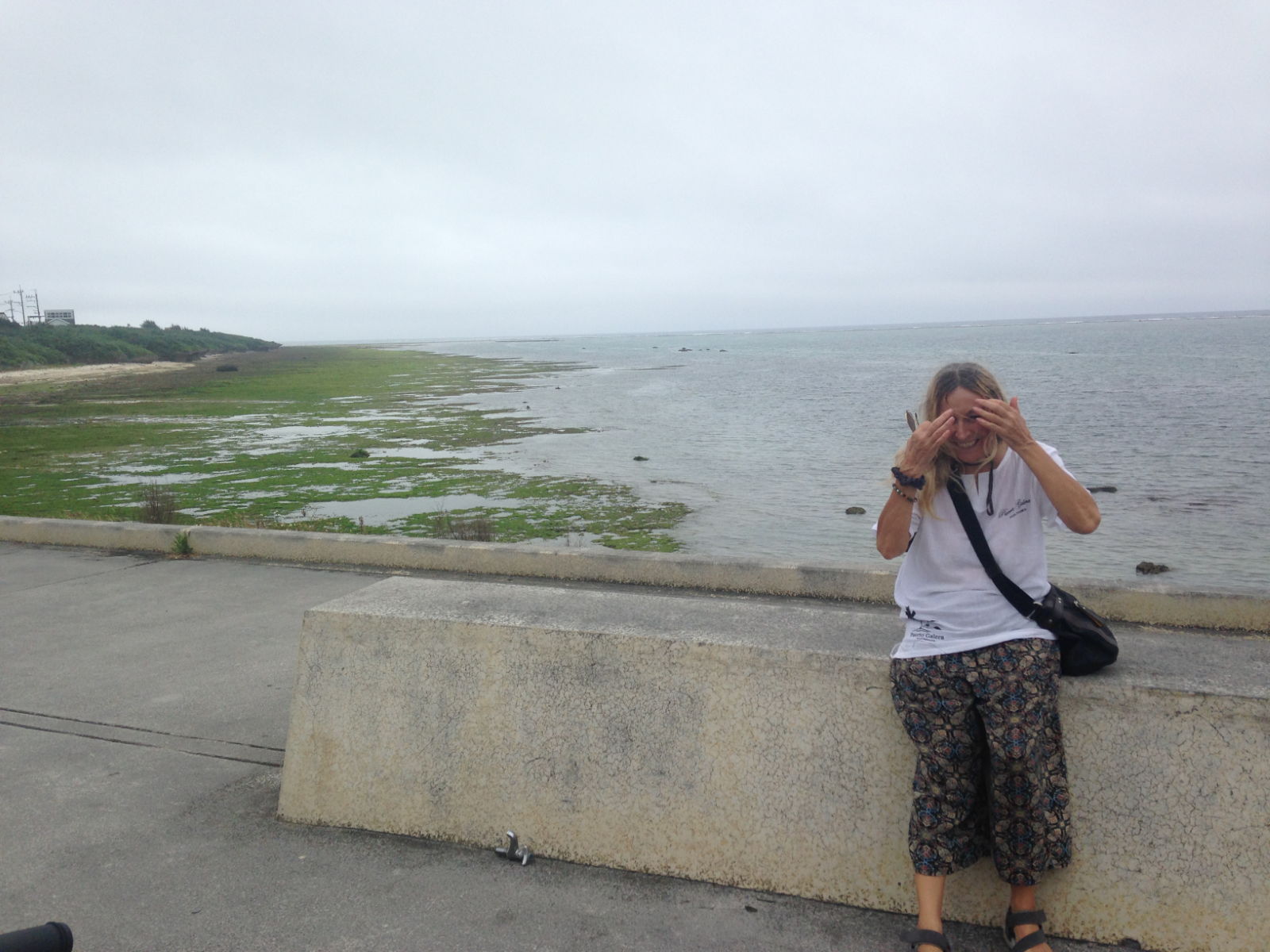
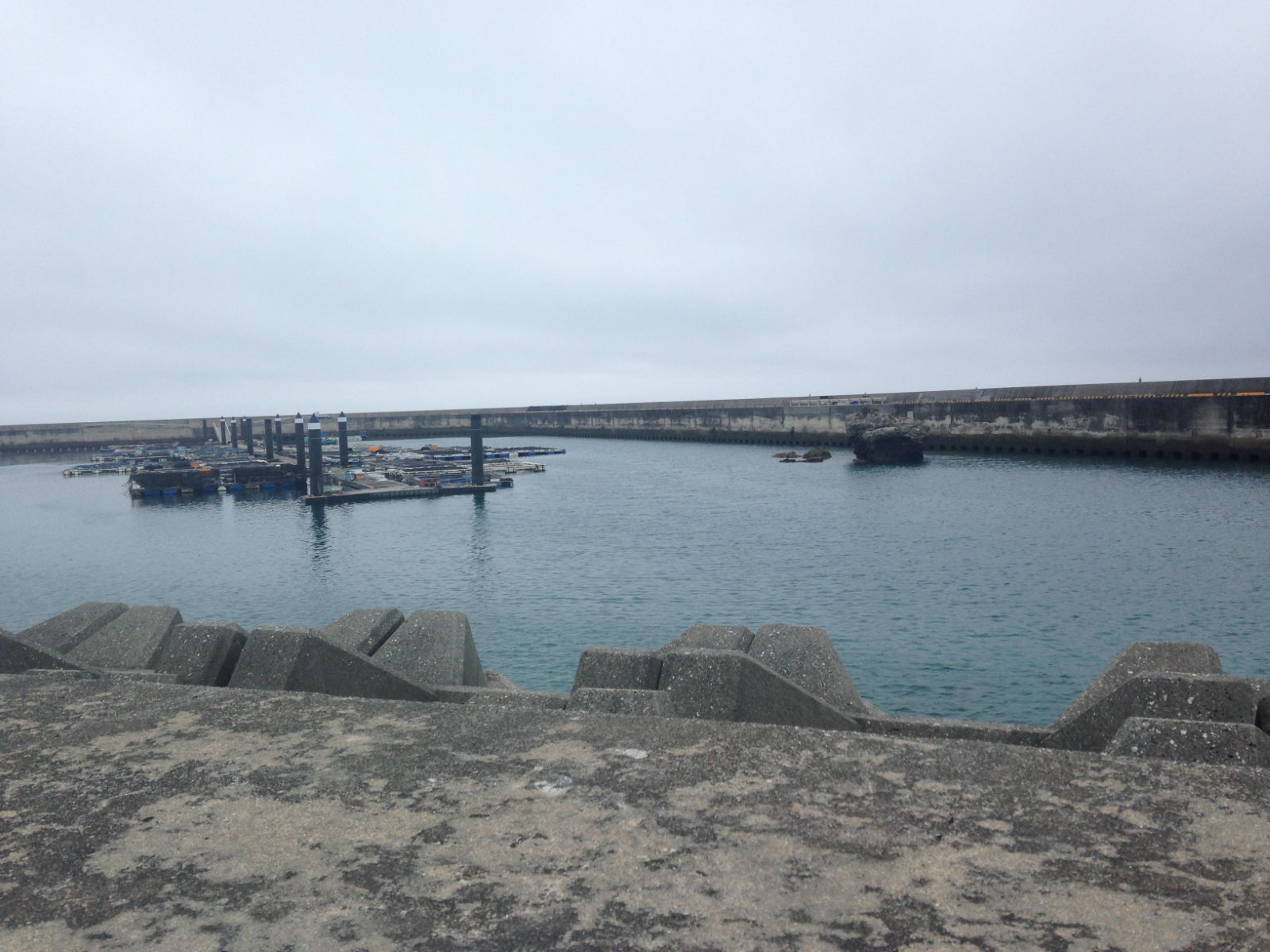
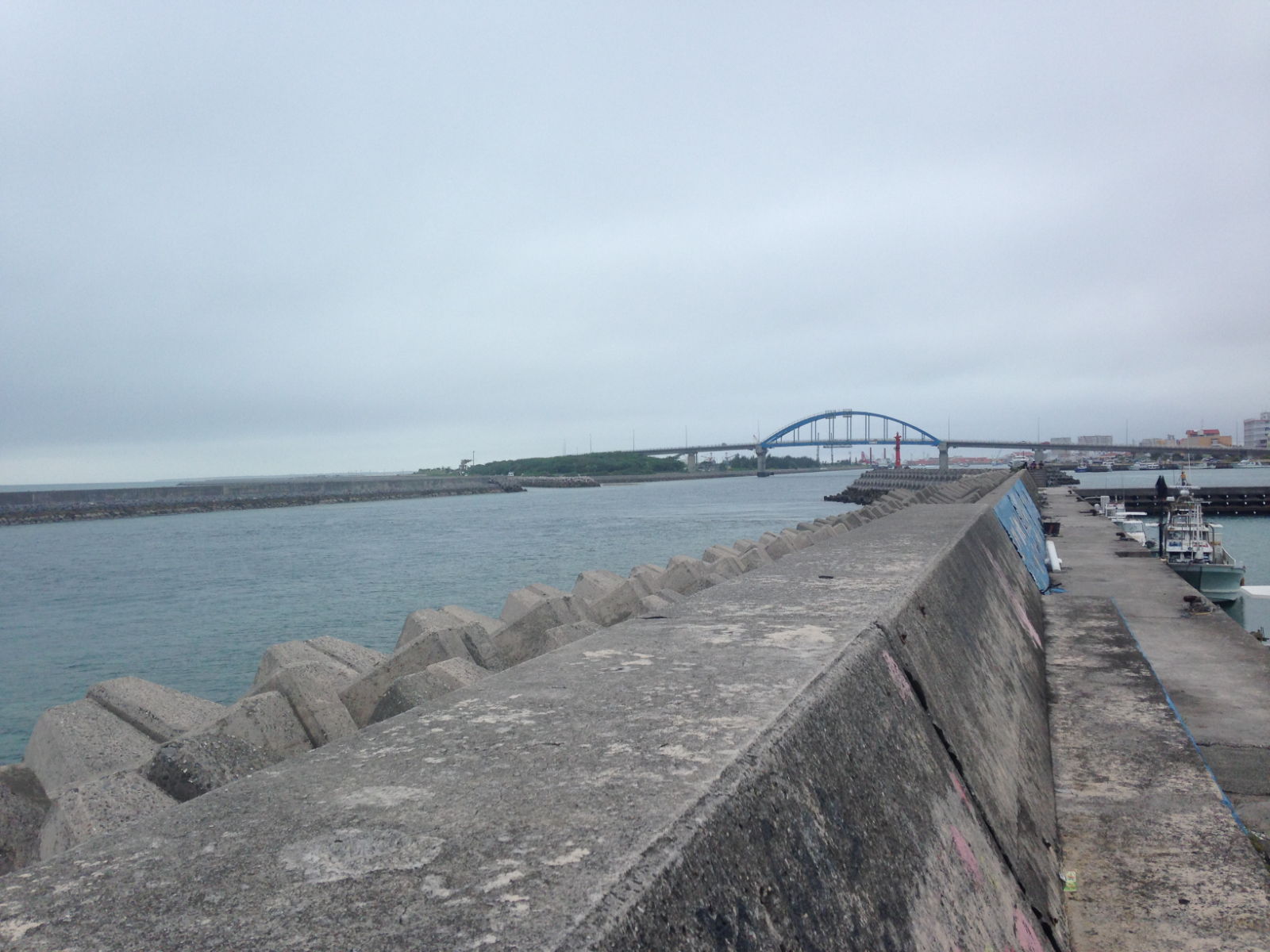
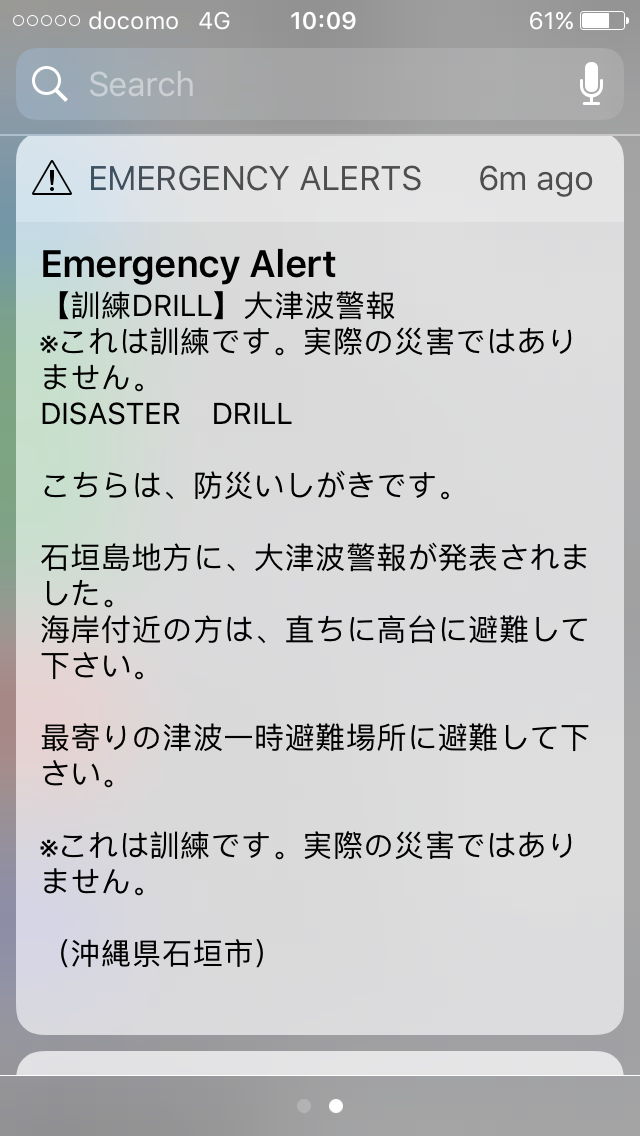

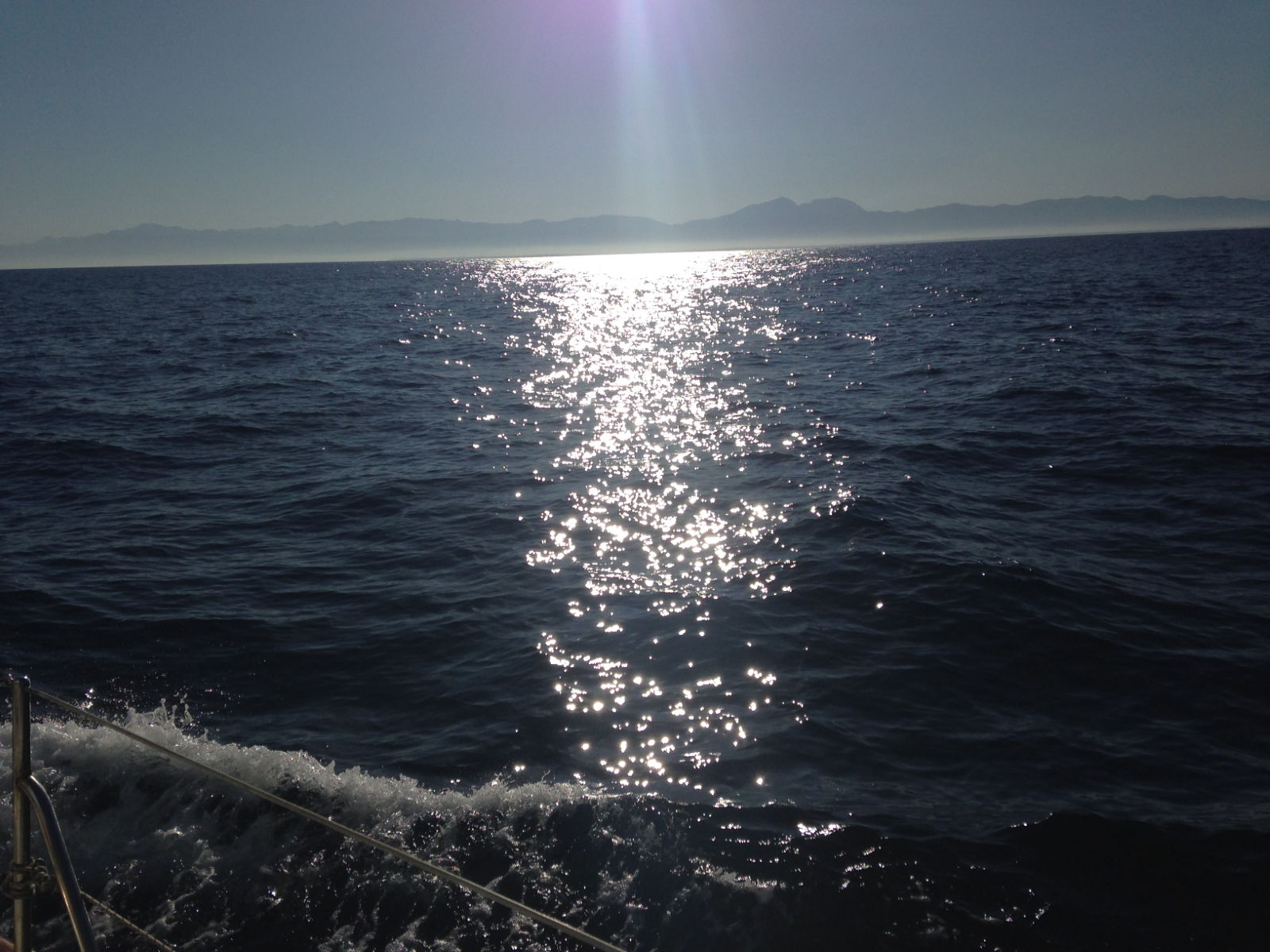
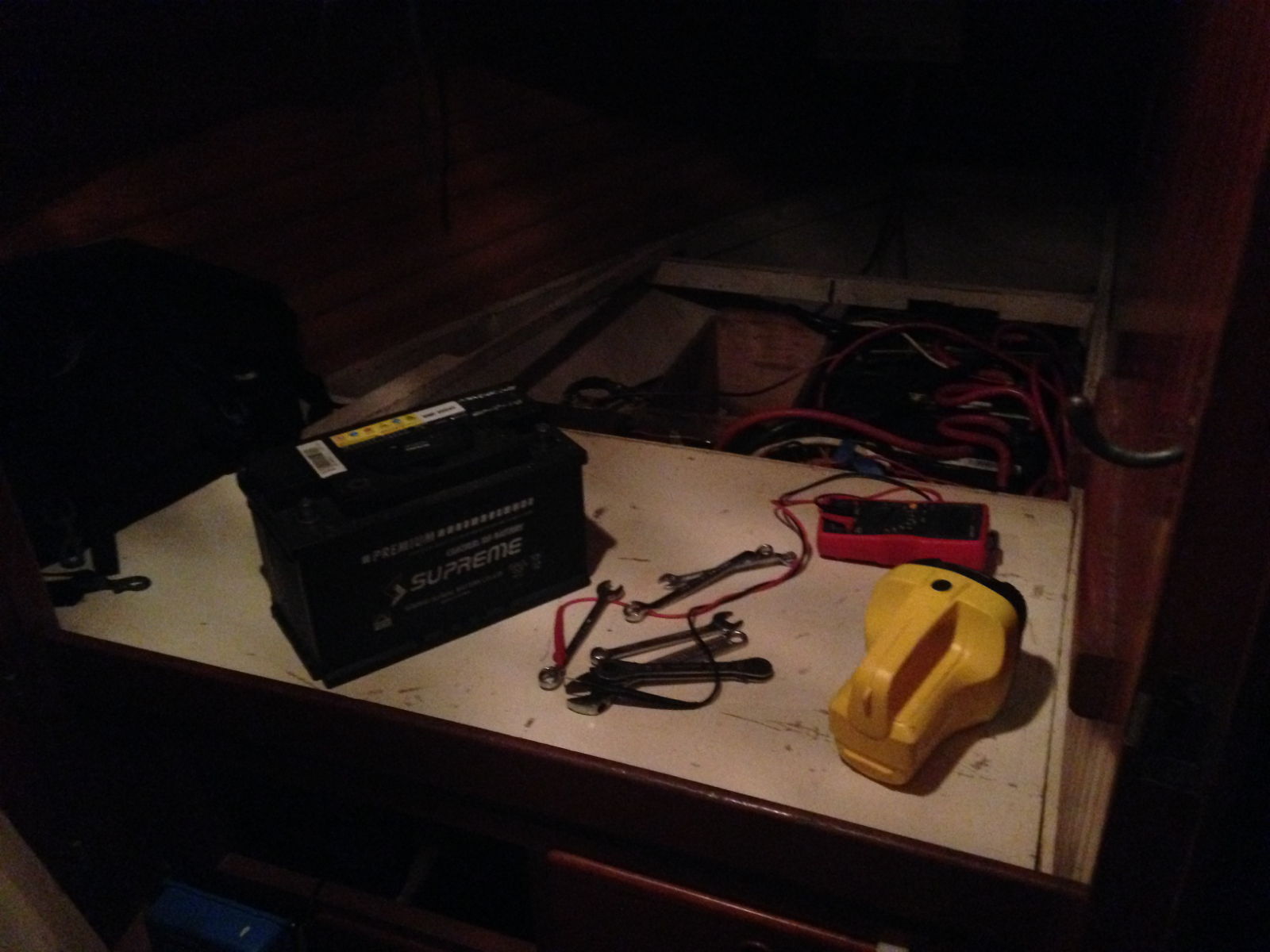

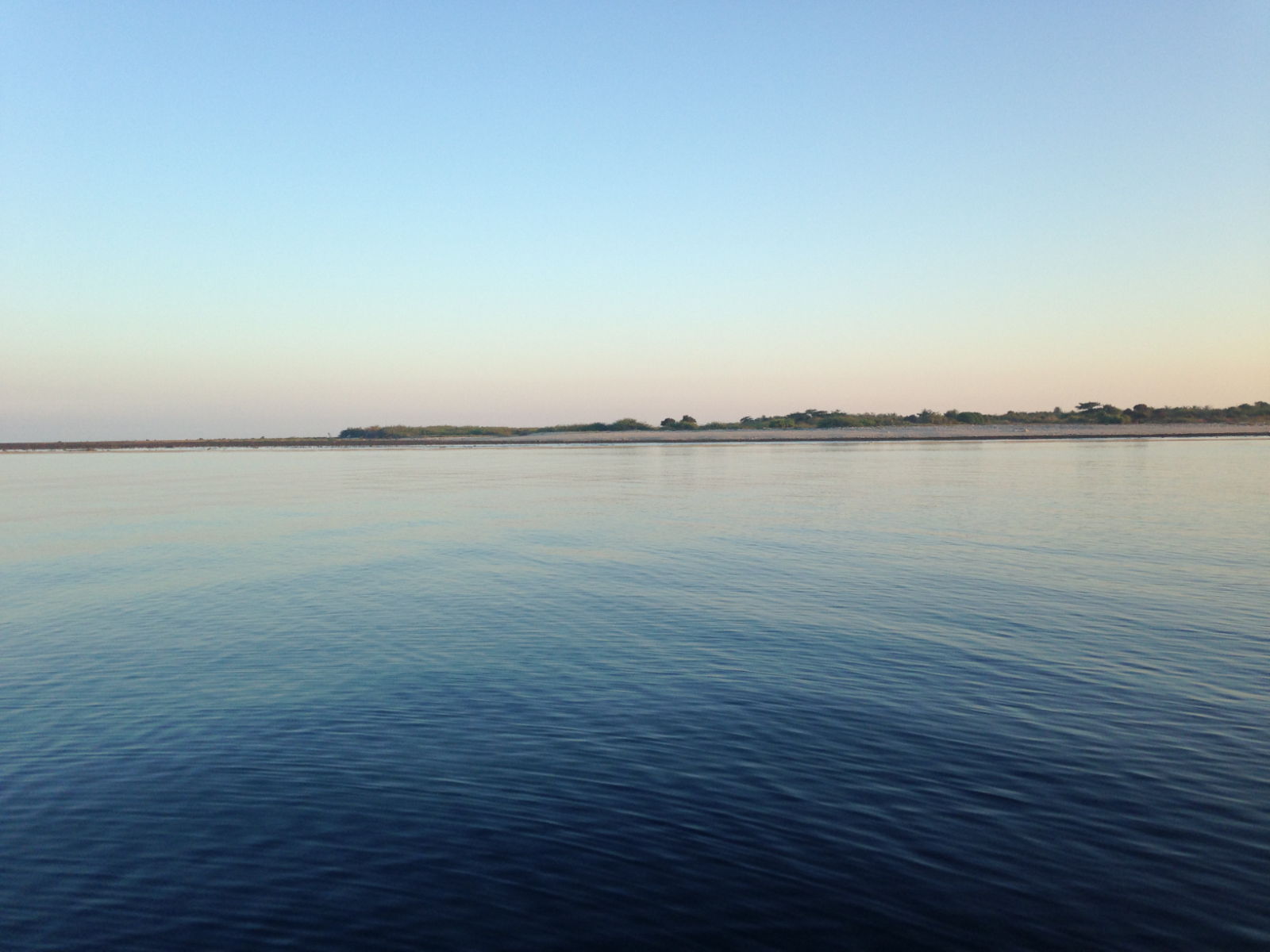
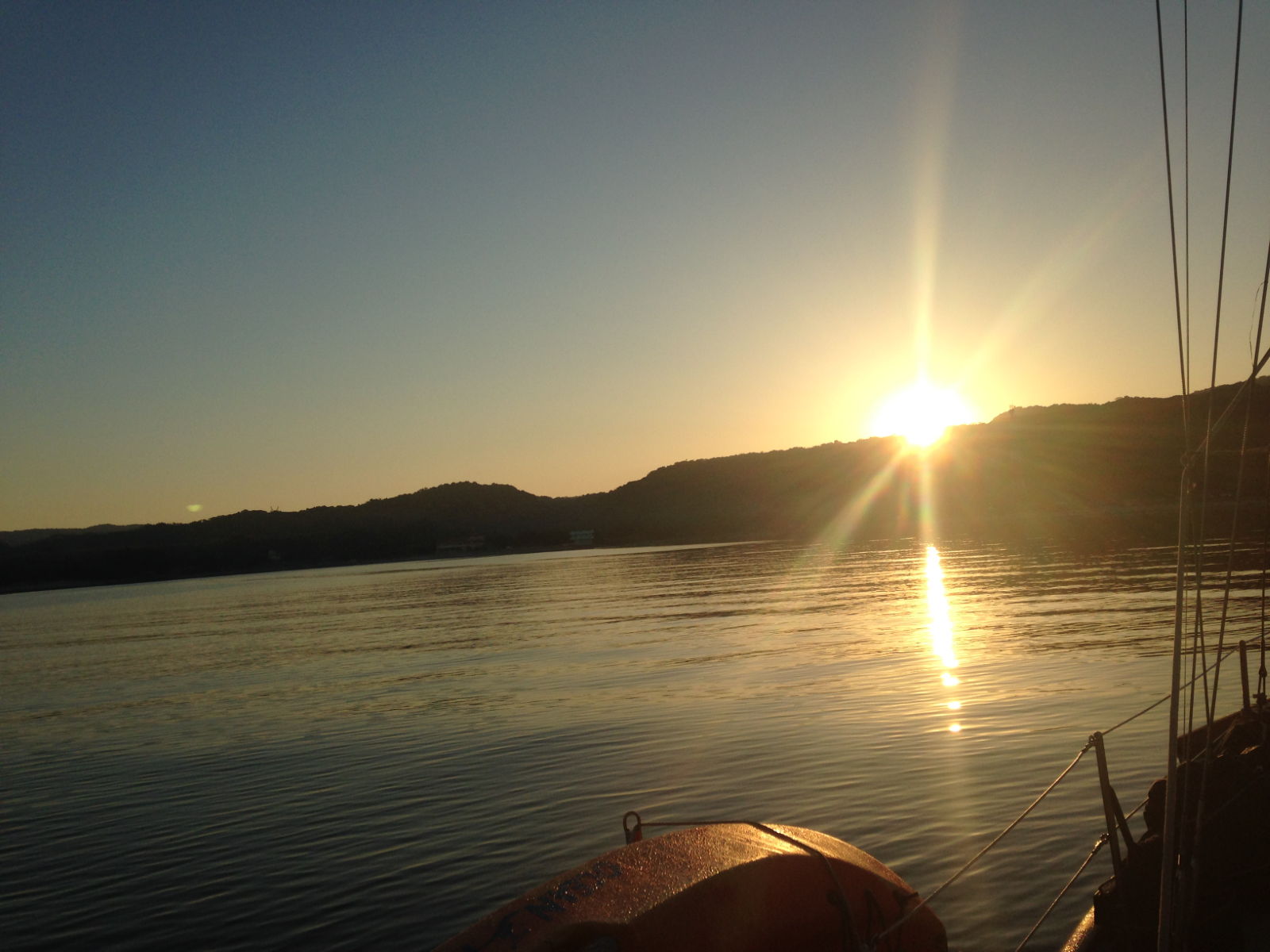
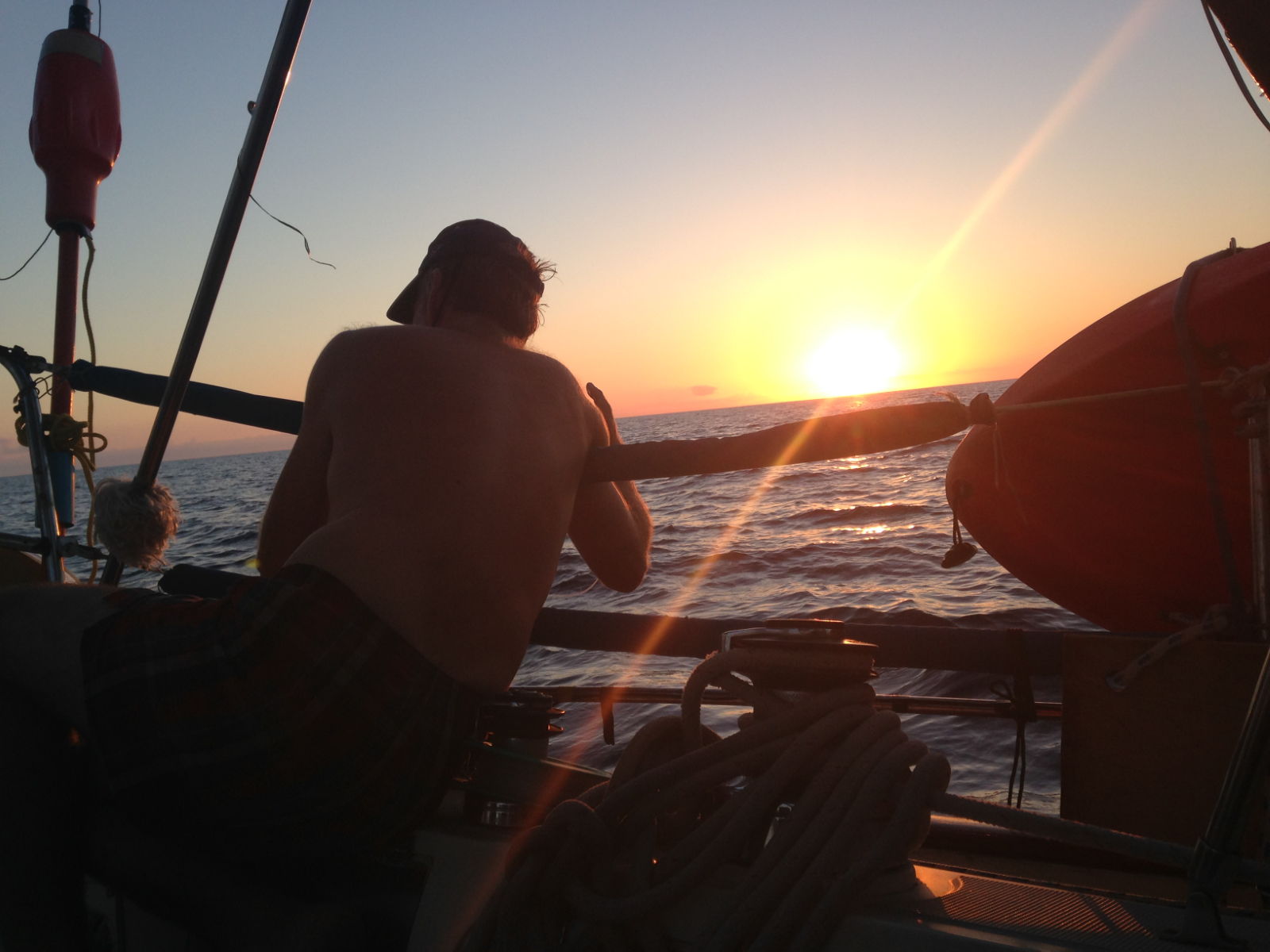

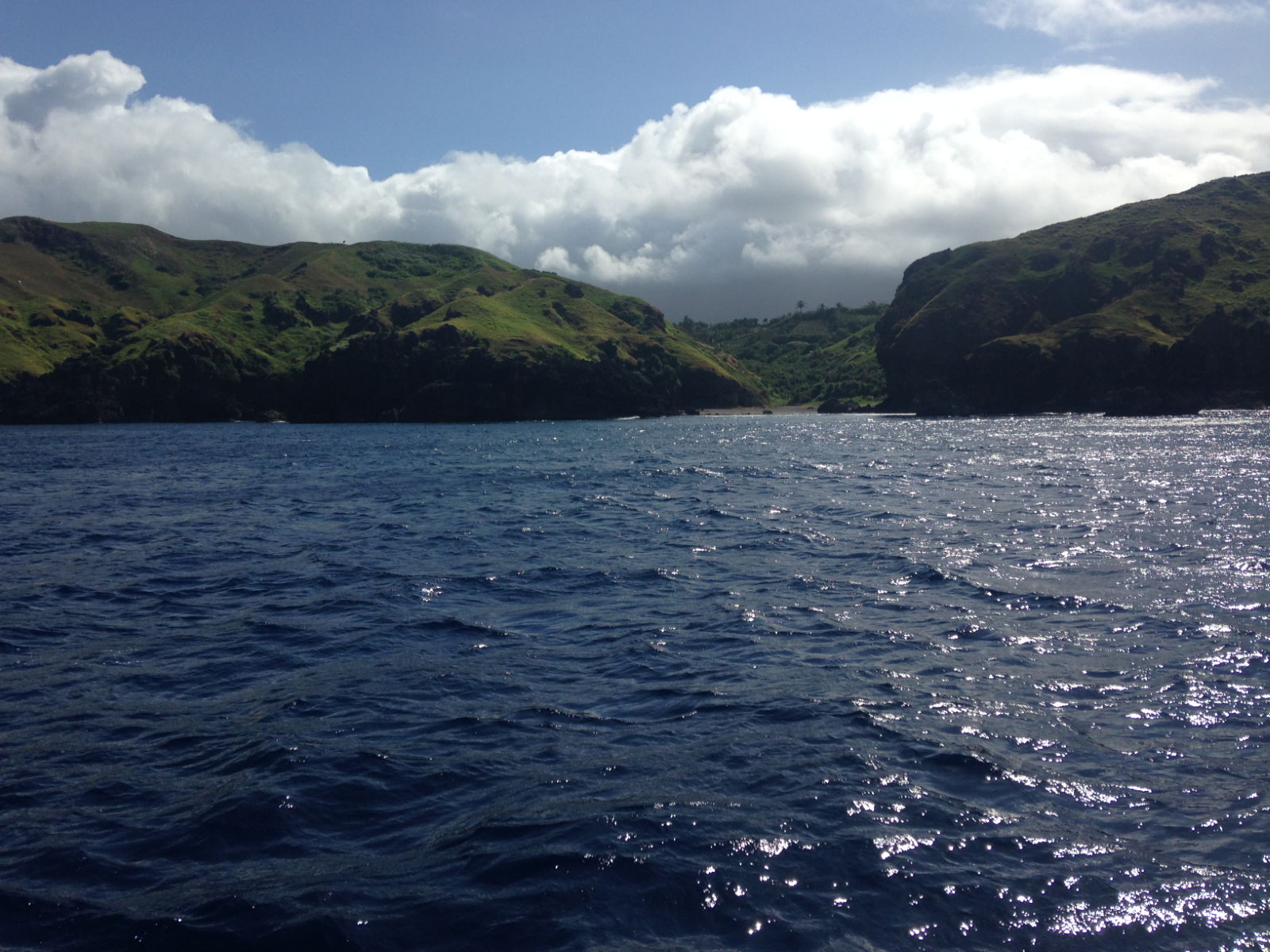
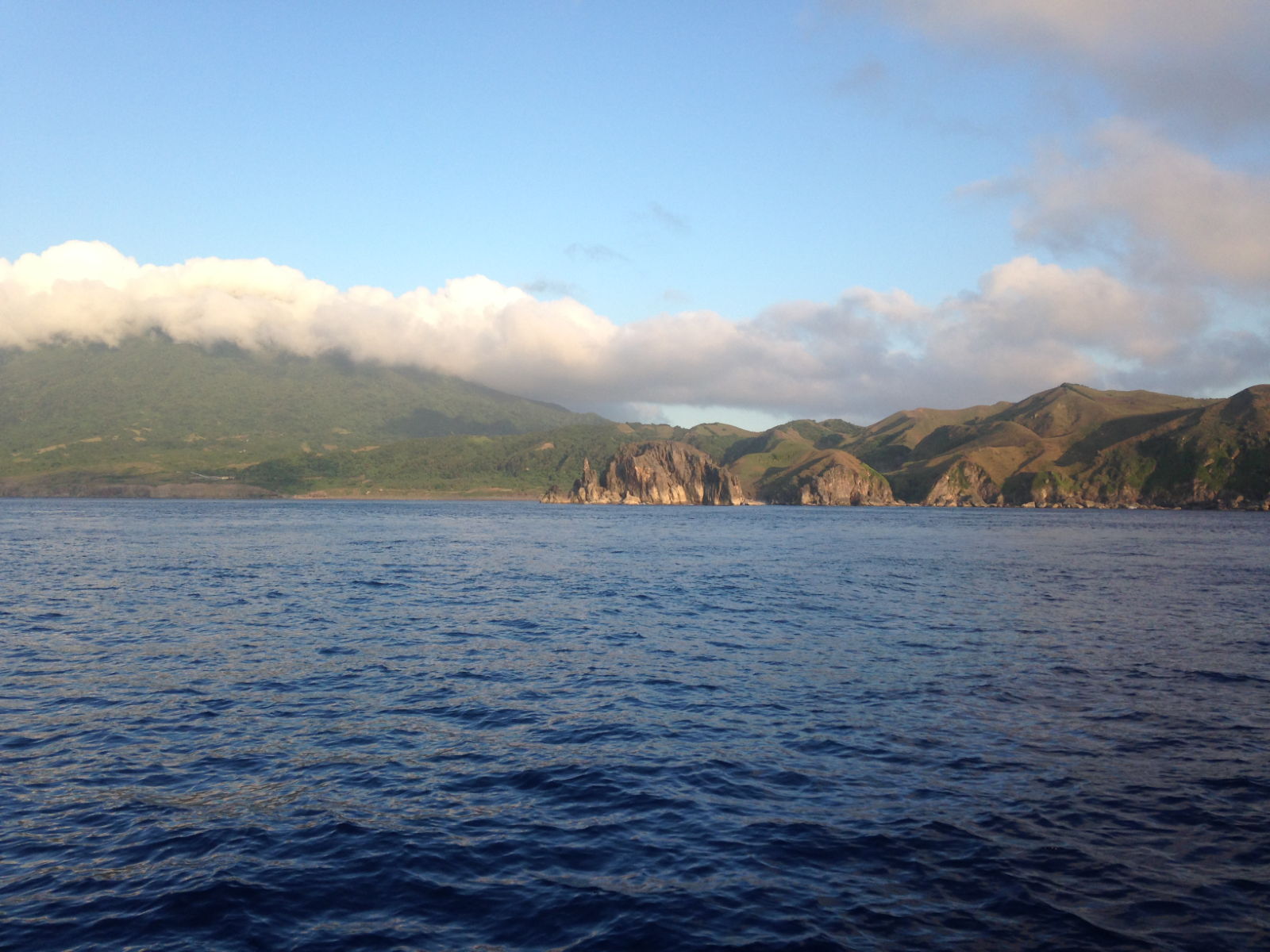

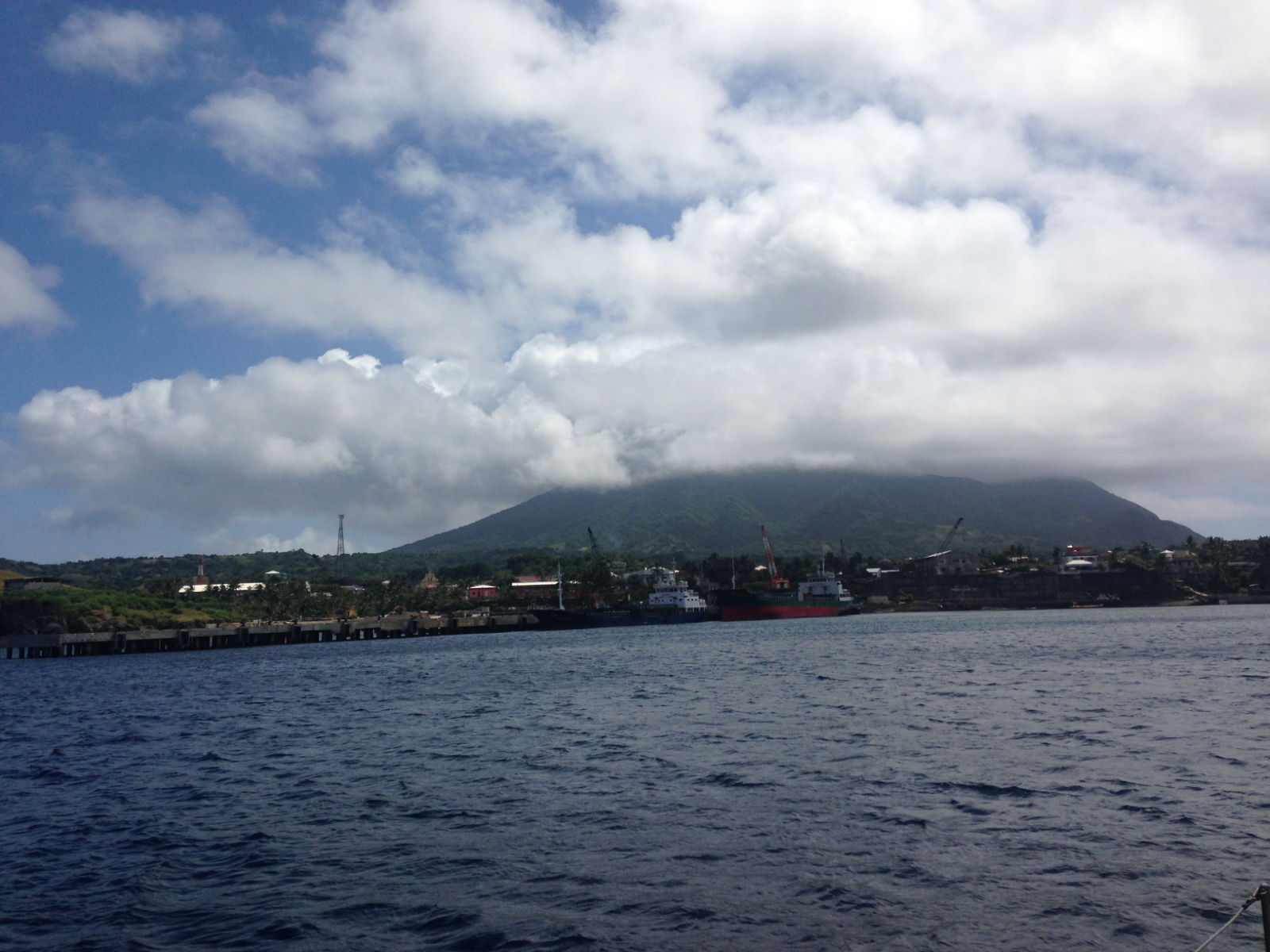

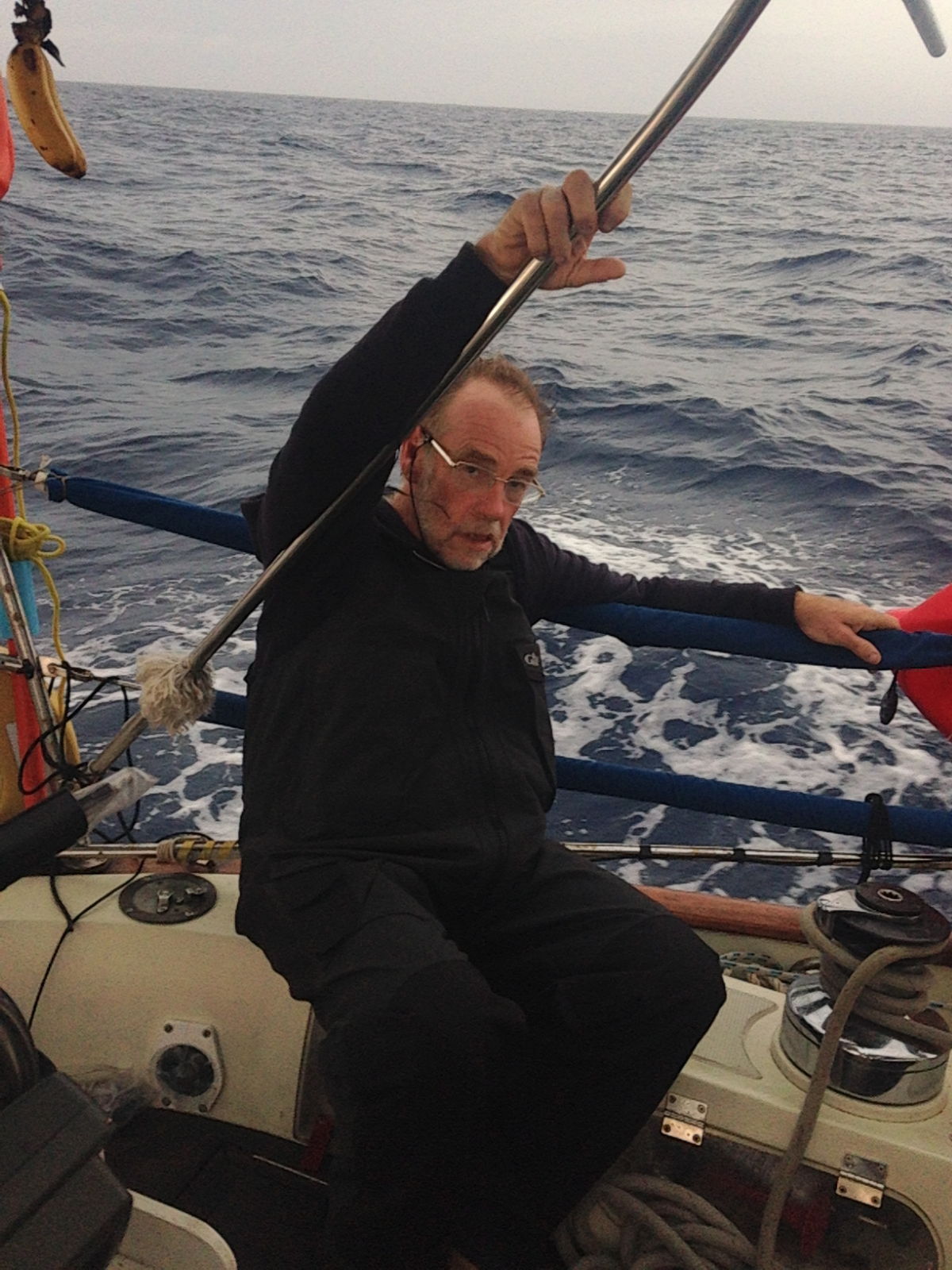








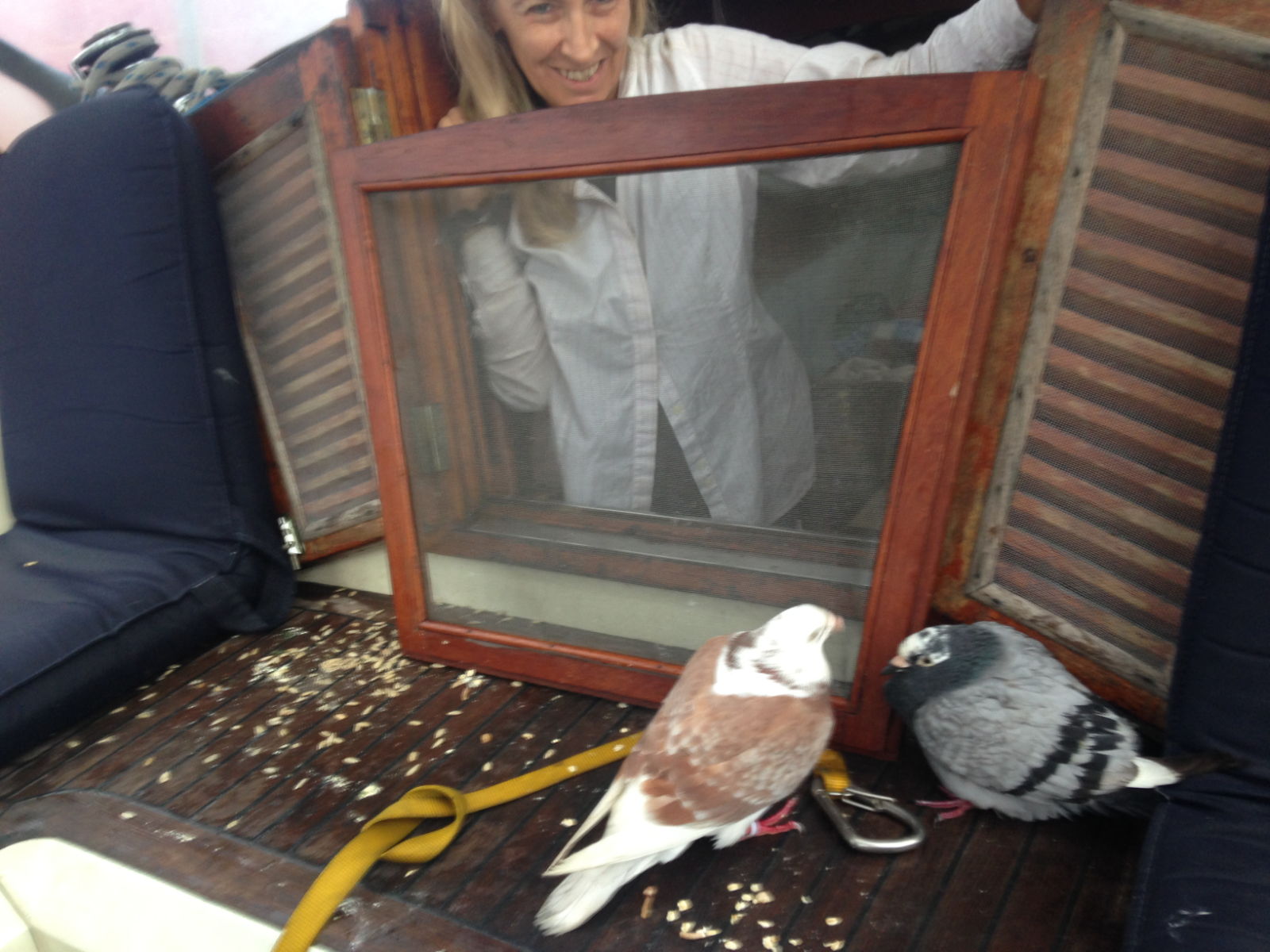
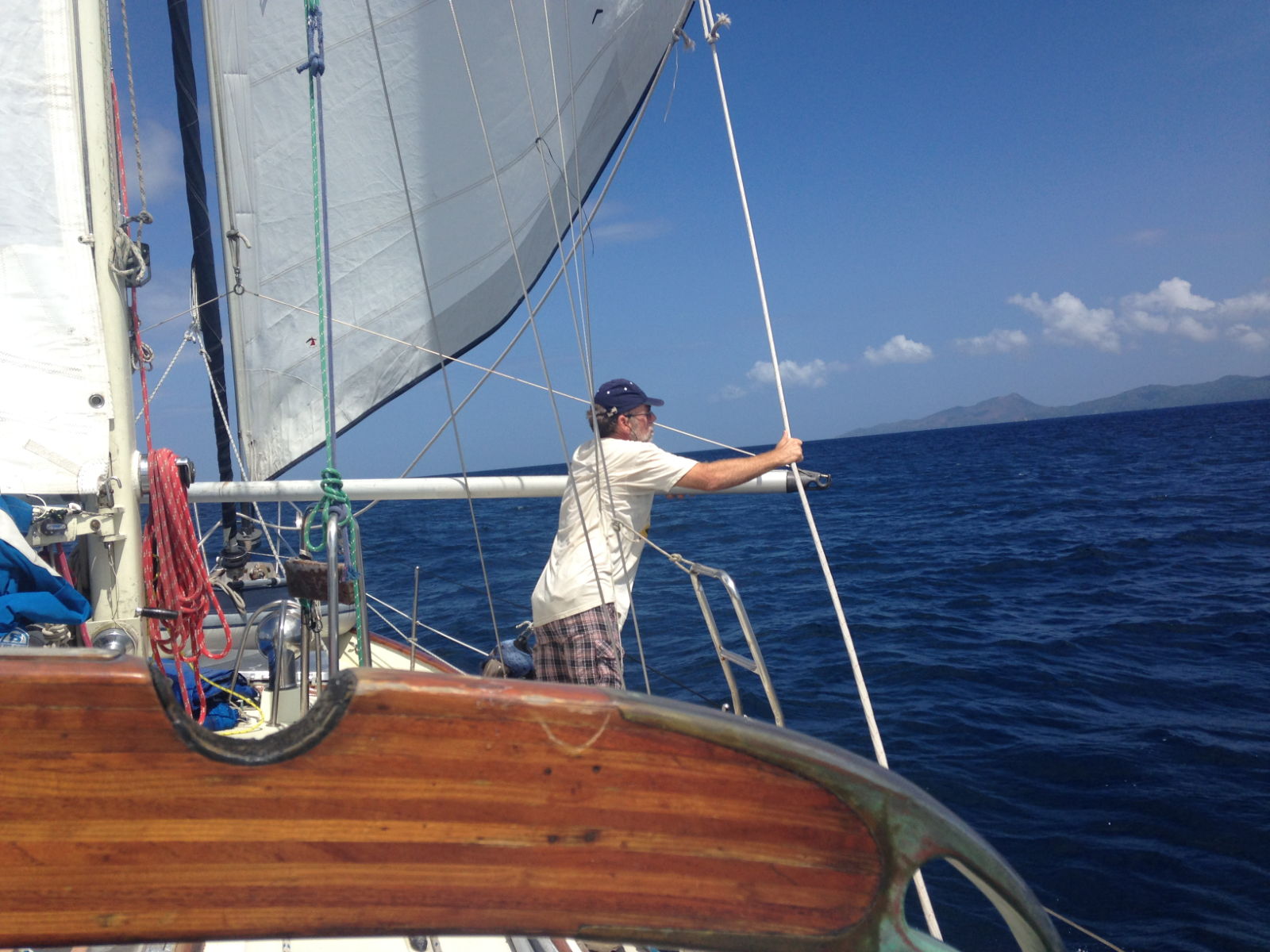

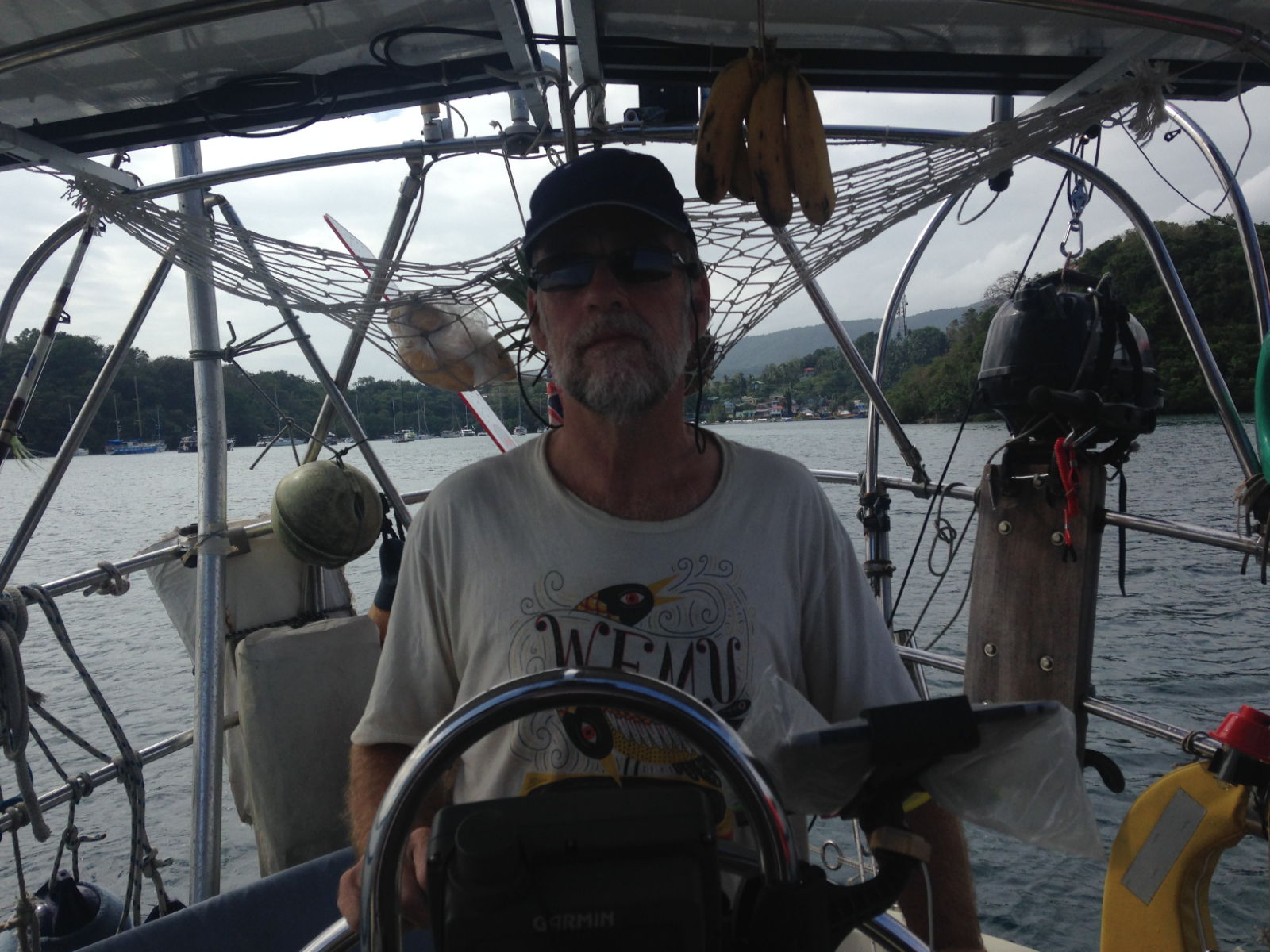 The shipping lane near Manila had us negotiating our way around huge cargo and container vessels, but the AIS provided reassurance about collision likelihood. The other benefit of going slowly under sail was the huge saving on the amount of fuel we used, but best of all, no engine means no danger of fishing nets getting caught in the propeller. As darkness fell, more fishing boats appeared and we had to manoeuvre around them. One of the crew on a boat on our starboard side got quite agitated. He shone his torch at our boat in a sweeping motion, then pointed it on the surface of the water. He probably couldn’t tell we had no engine on, but we could only guess he was worried about his nets. It was unnerving not to be sure he wasn’t alerting us about some unseen peril we were heading for, but that’s probably more to do with my overactive imagination 😉 After a dinner of veggie burgers and fried onions in buns (great al fresco fare), we began the night watch. I took the 8 until midnight one and for the first time, felt chilly enough to put a coat on. By the time Paul took over a few hours later, we were almost there. I had intended to stay awake to help with anchoring but I woke to the sound of the anchor being dropped at 3am. Paul had decided we could wait in Benanga Bay and catch up on some sleep so that we could find the marina in daylight.
The shipping lane near Manila had us negotiating our way around huge cargo and container vessels, but the AIS provided reassurance about collision likelihood. The other benefit of going slowly under sail was the huge saving on the amount of fuel we used, but best of all, no engine means no danger of fishing nets getting caught in the propeller. As darkness fell, more fishing boats appeared and we had to manoeuvre around them. One of the crew on a boat on our starboard side got quite agitated. He shone his torch at our boat in a sweeping motion, then pointed it on the surface of the water. He probably couldn’t tell we had no engine on, but we could only guess he was worried about his nets. It was unnerving not to be sure he wasn’t alerting us about some unseen peril we were heading for, but that’s probably more to do with my overactive imagination 😉 After a dinner of veggie burgers and fried onions in buns (great al fresco fare), we began the night watch. I took the 8 until midnight one and for the first time, felt chilly enough to put a coat on. By the time Paul took over a few hours later, we were almost there. I had intended to stay awake to help with anchoring but I woke to the sound of the anchor being dropped at 3am. Paul had decided we could wait in Benanga Bay and catch up on some sleep so that we could find the marina in daylight.
